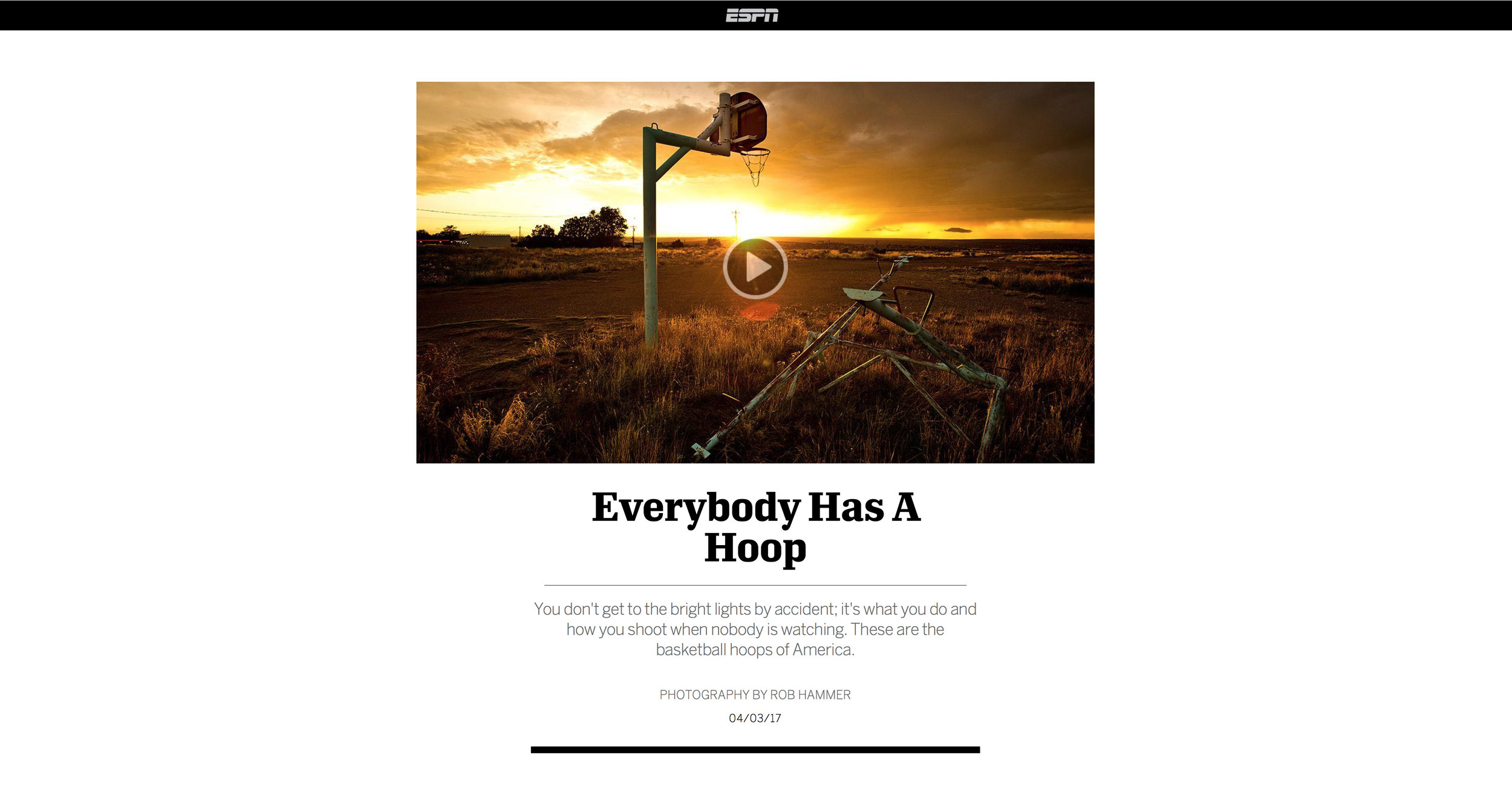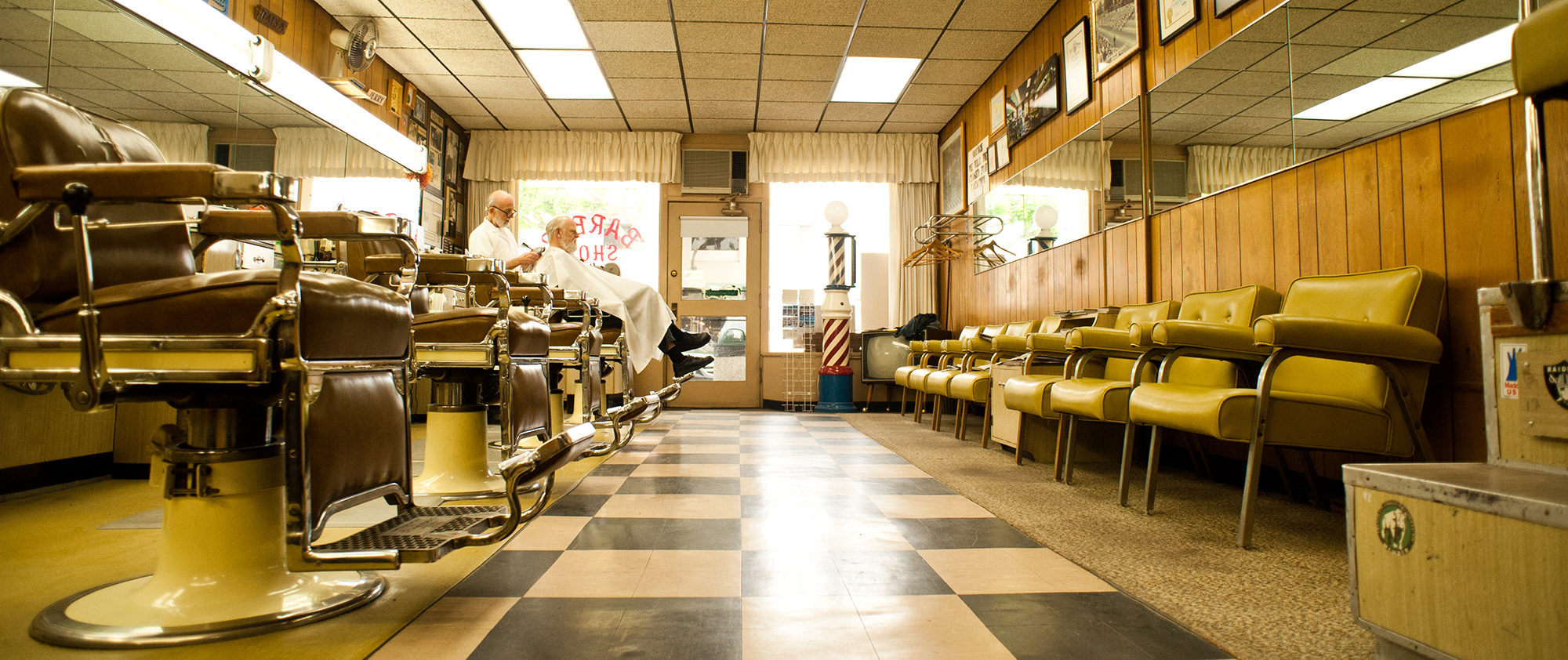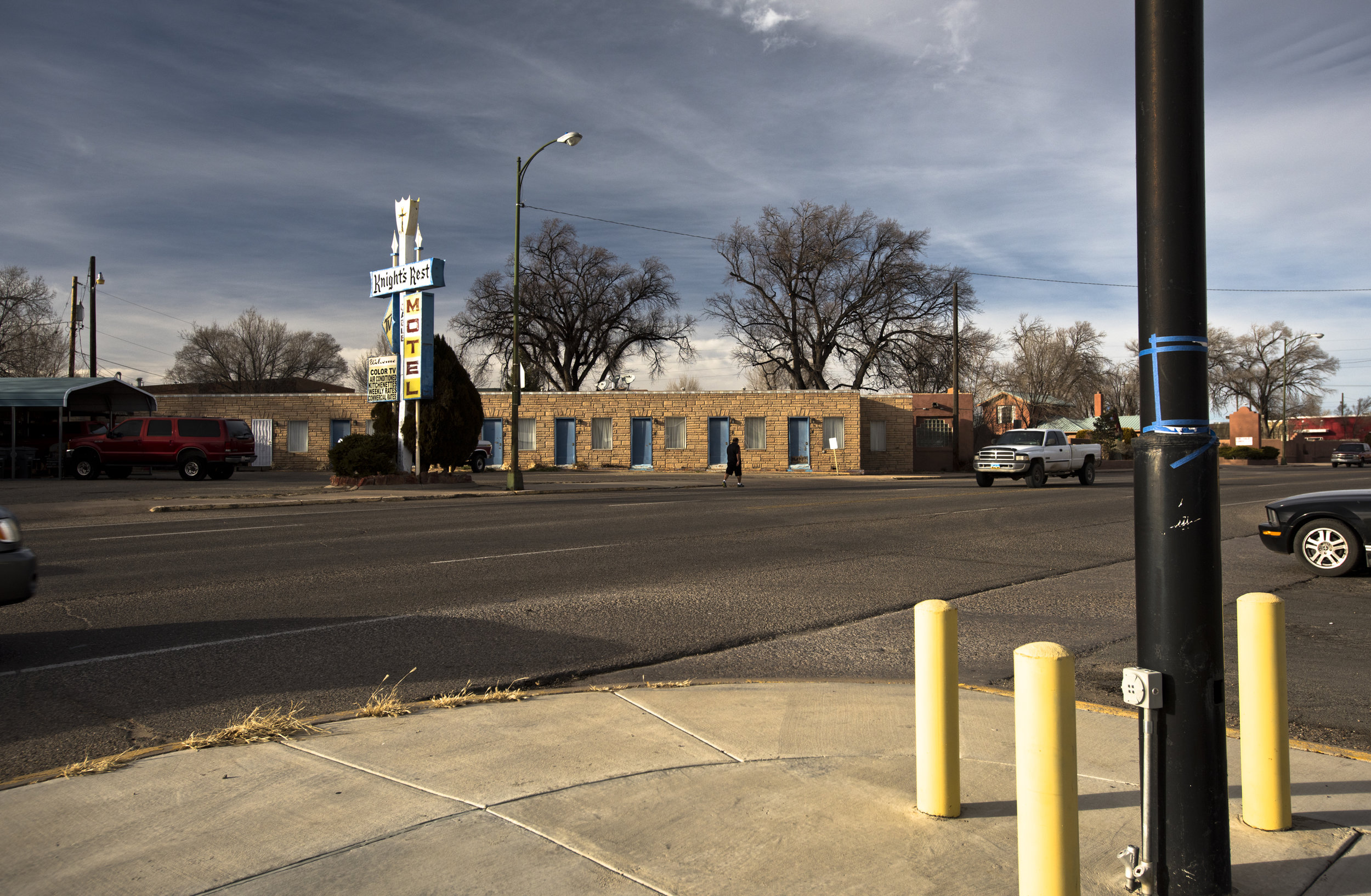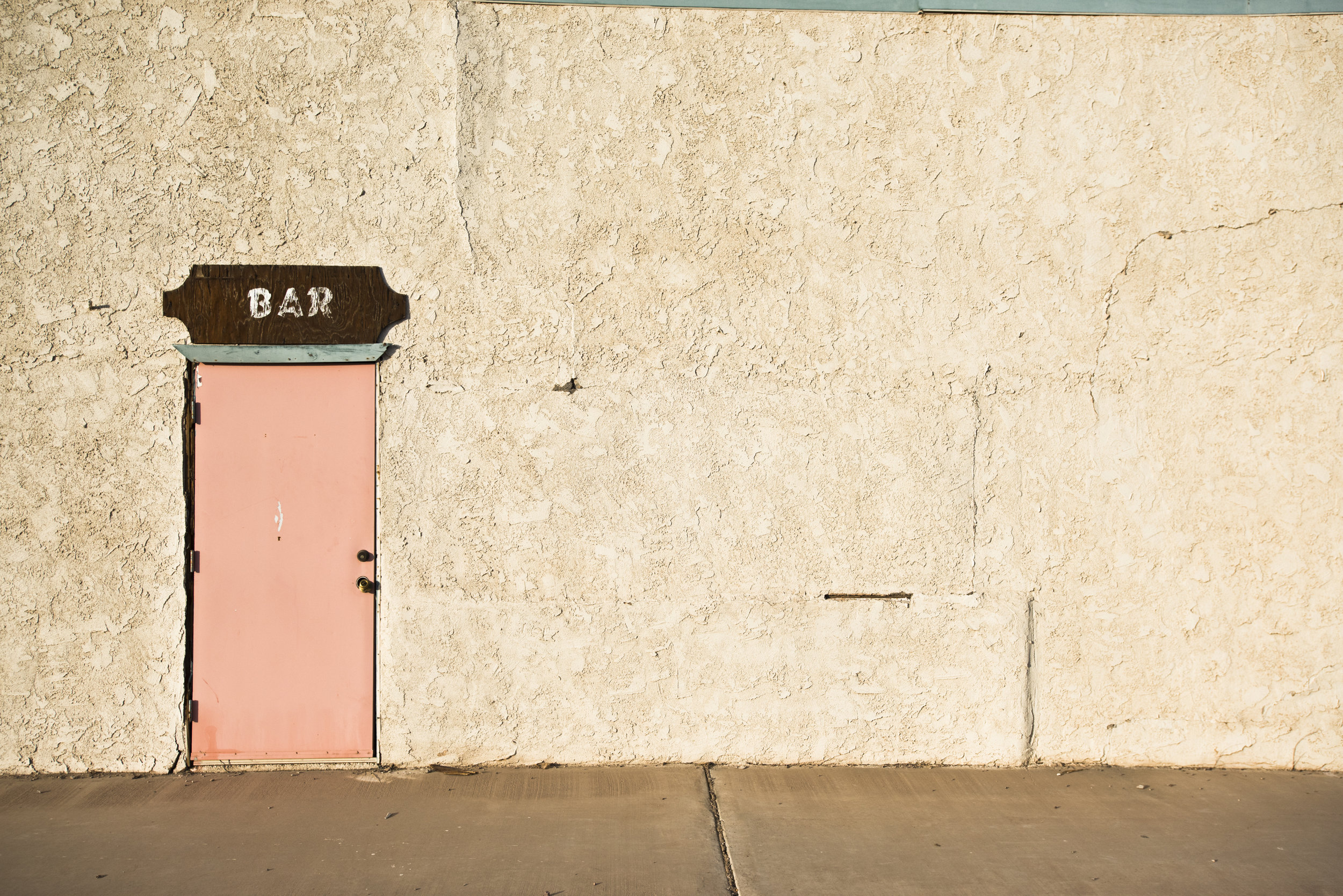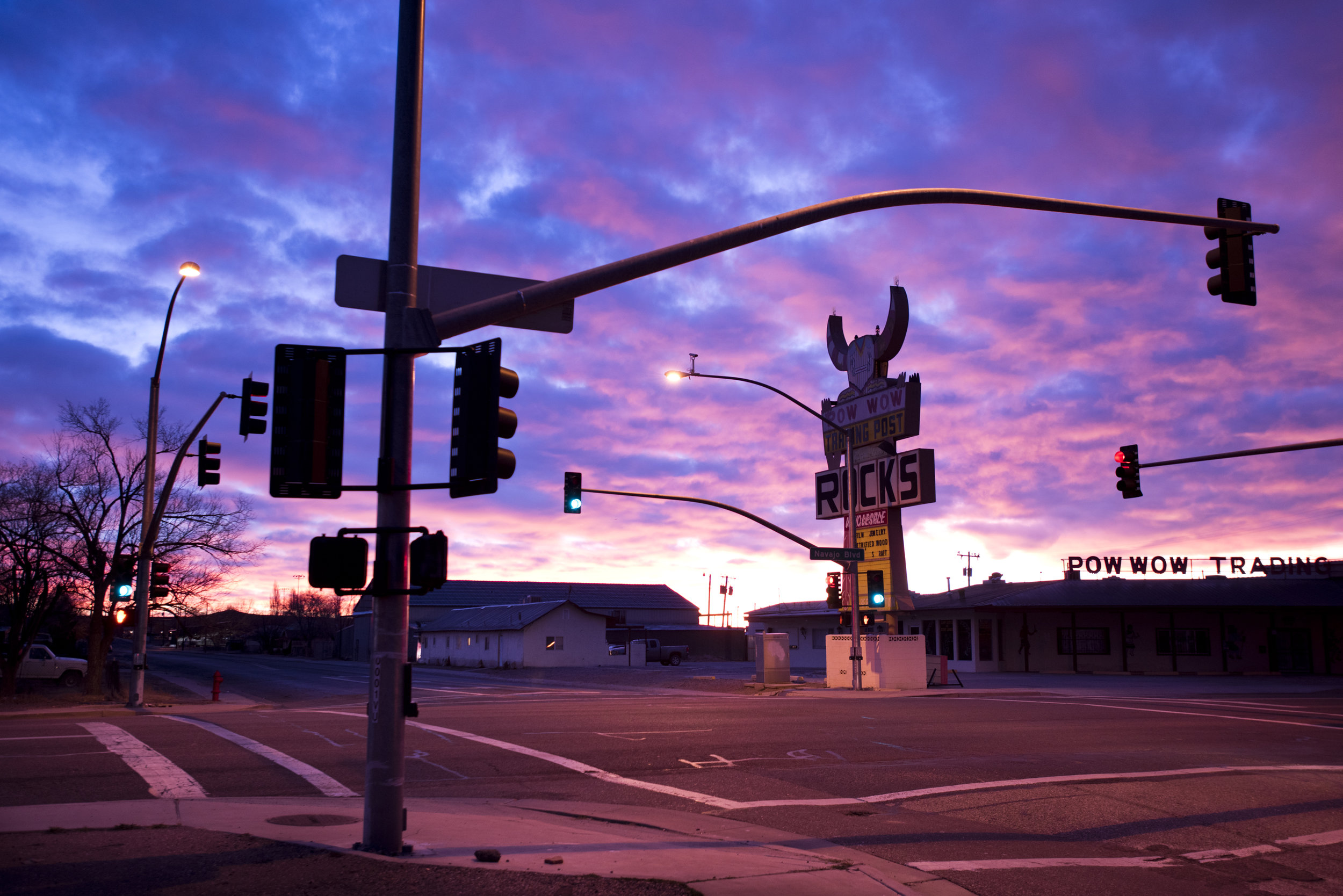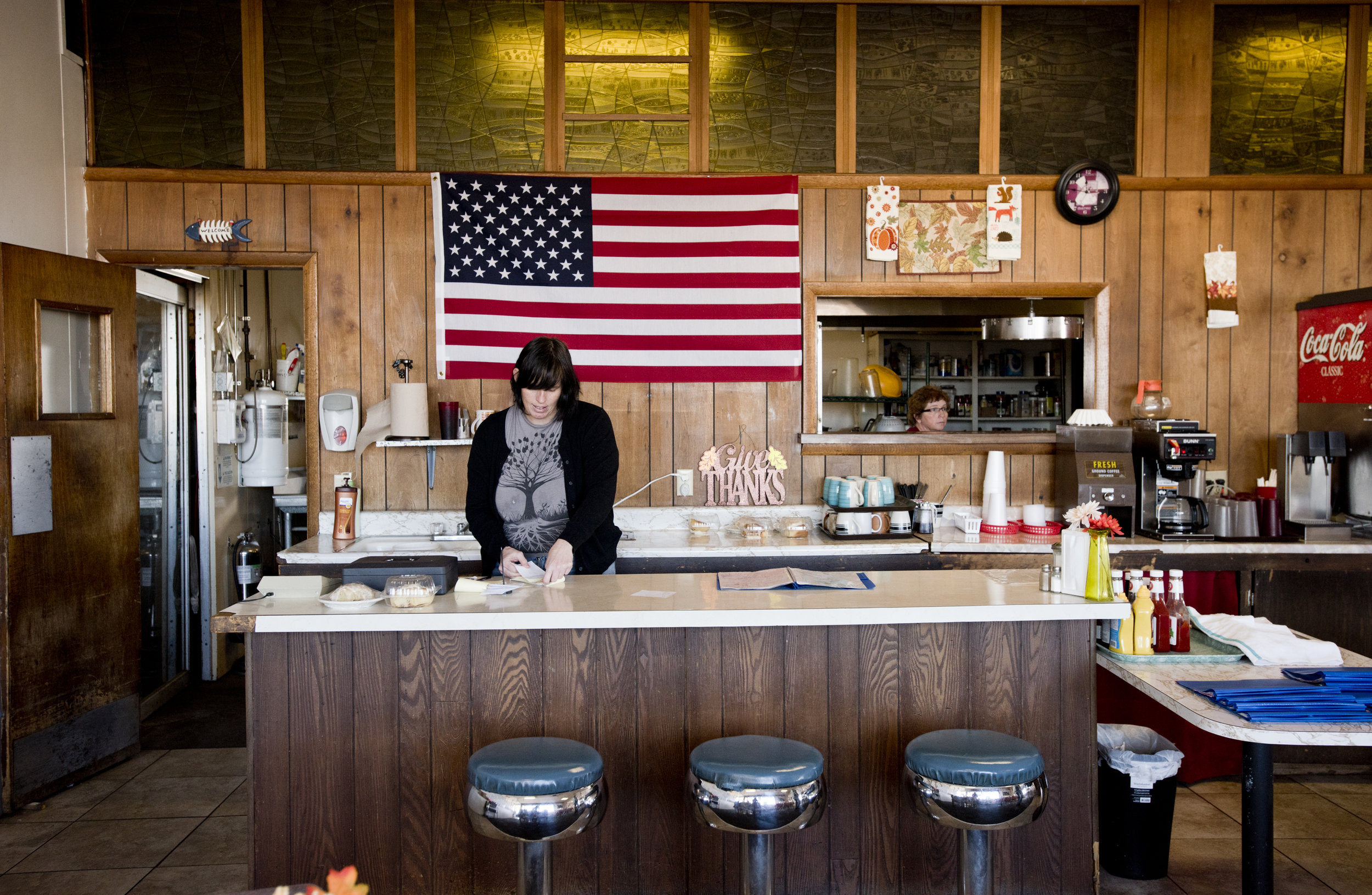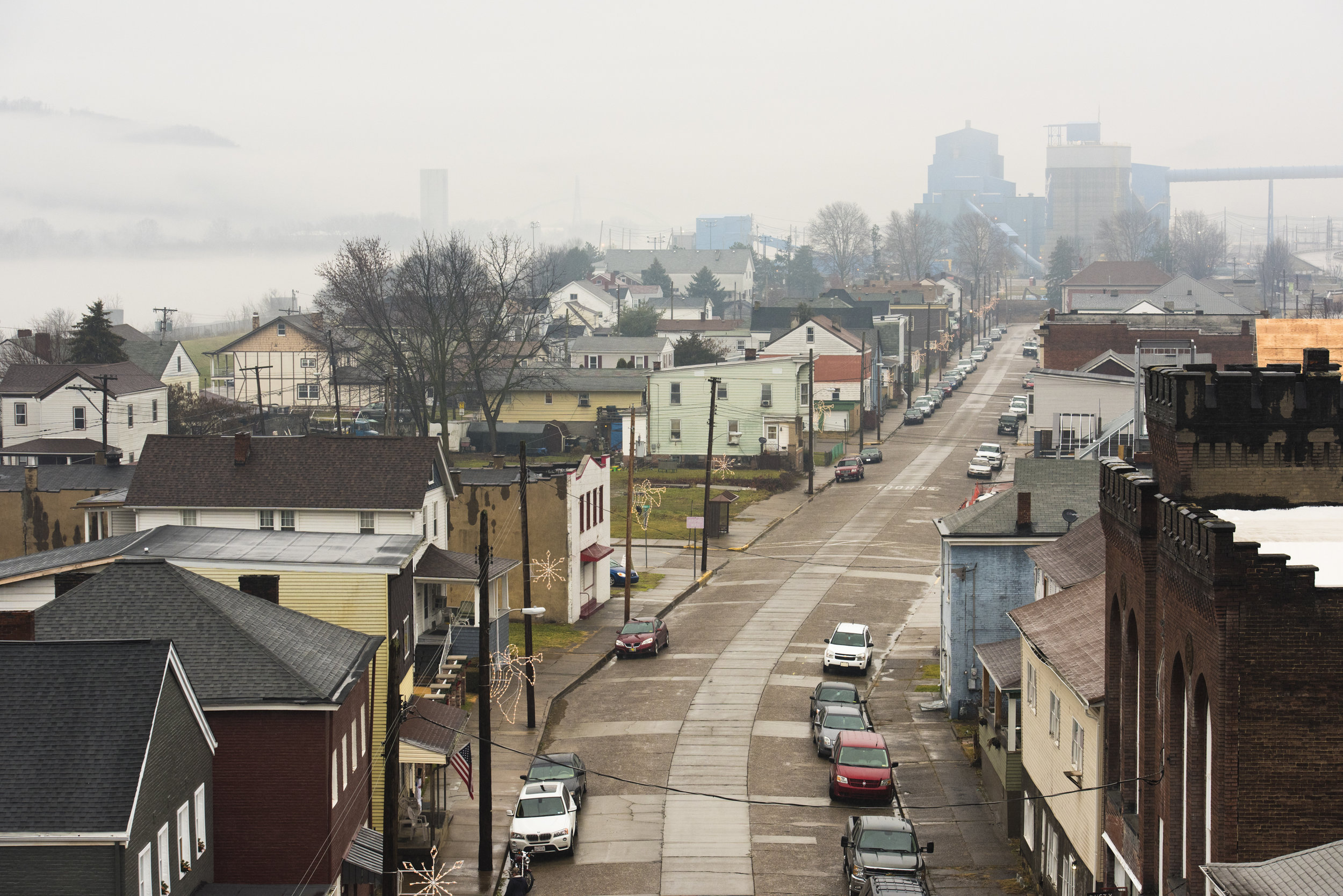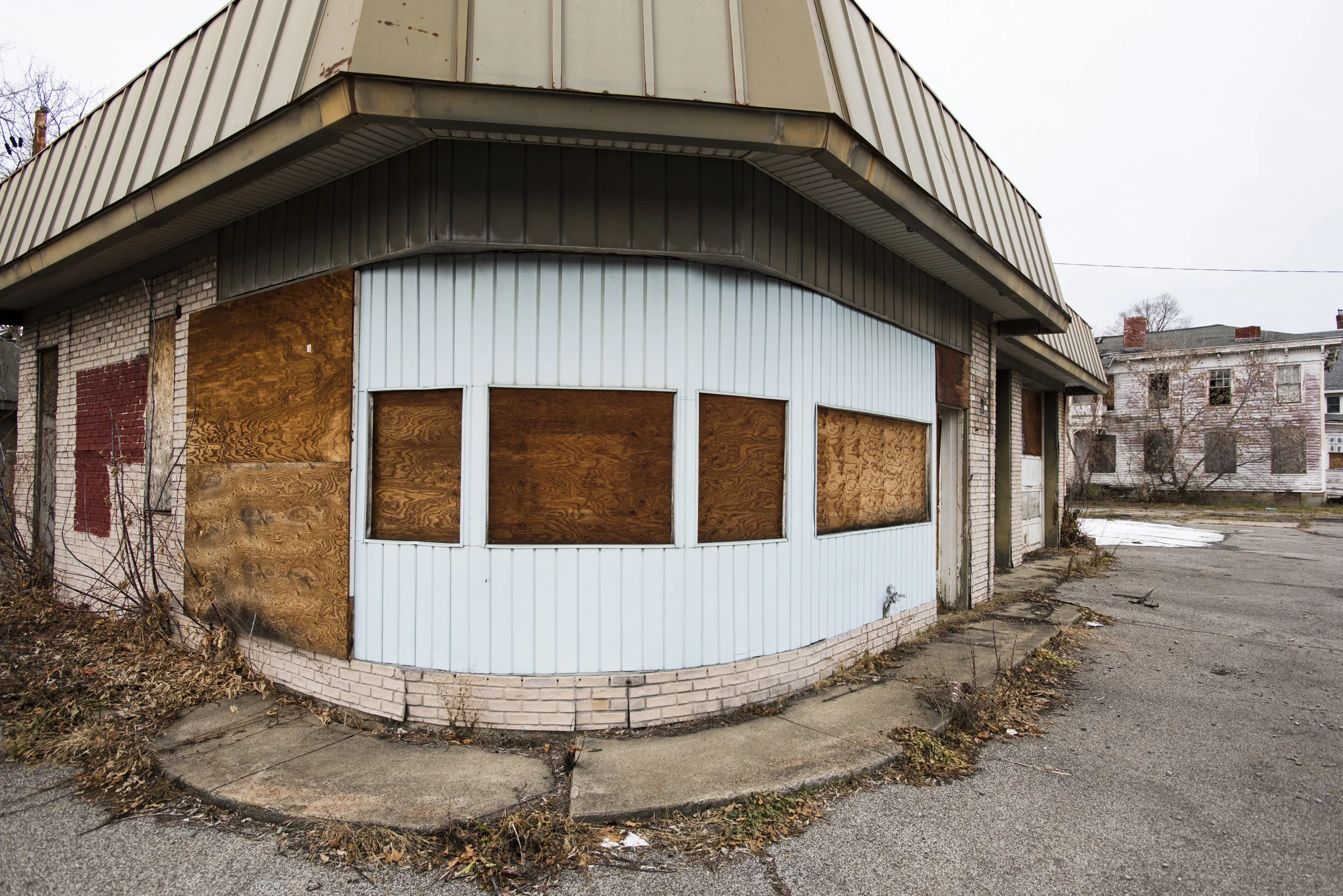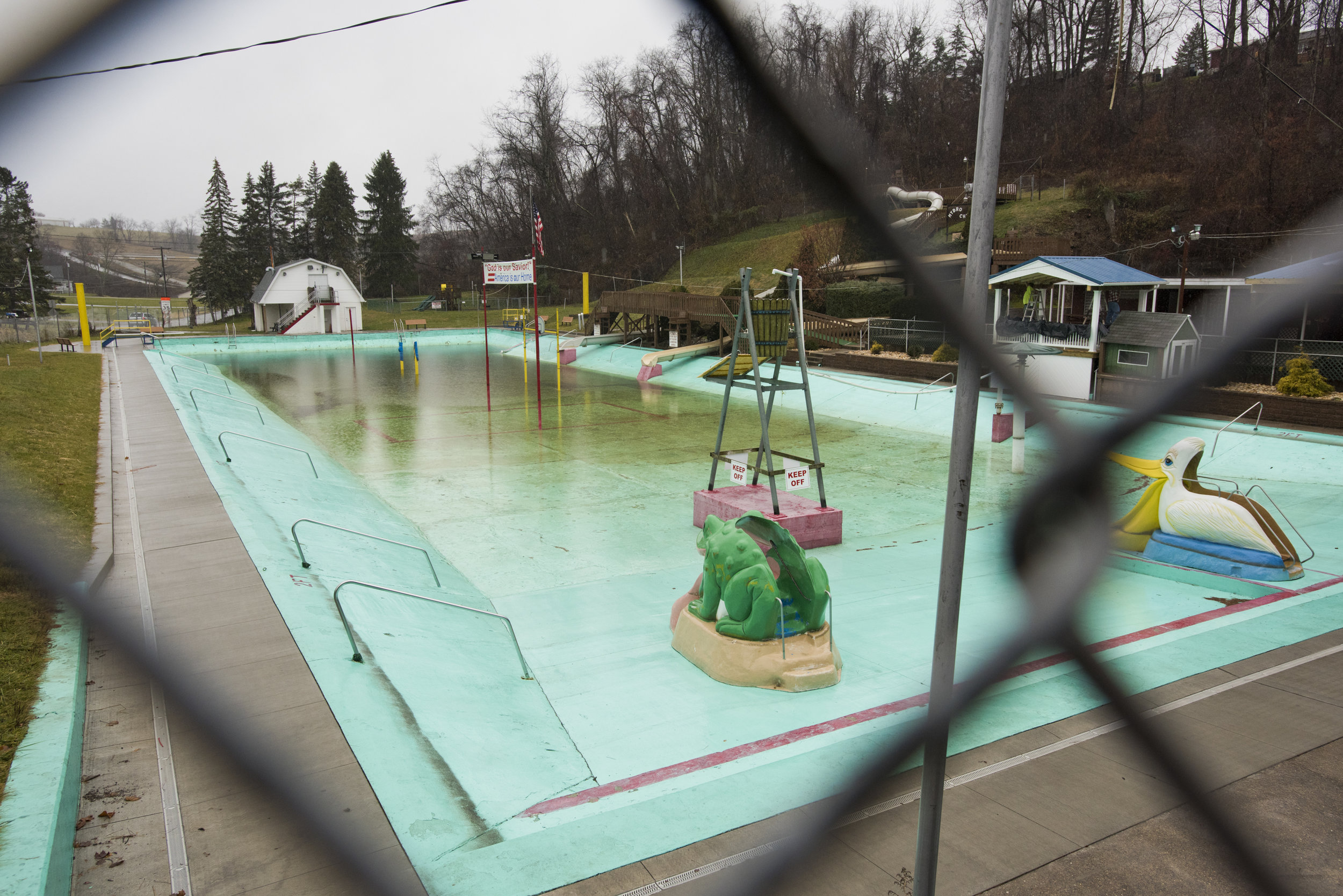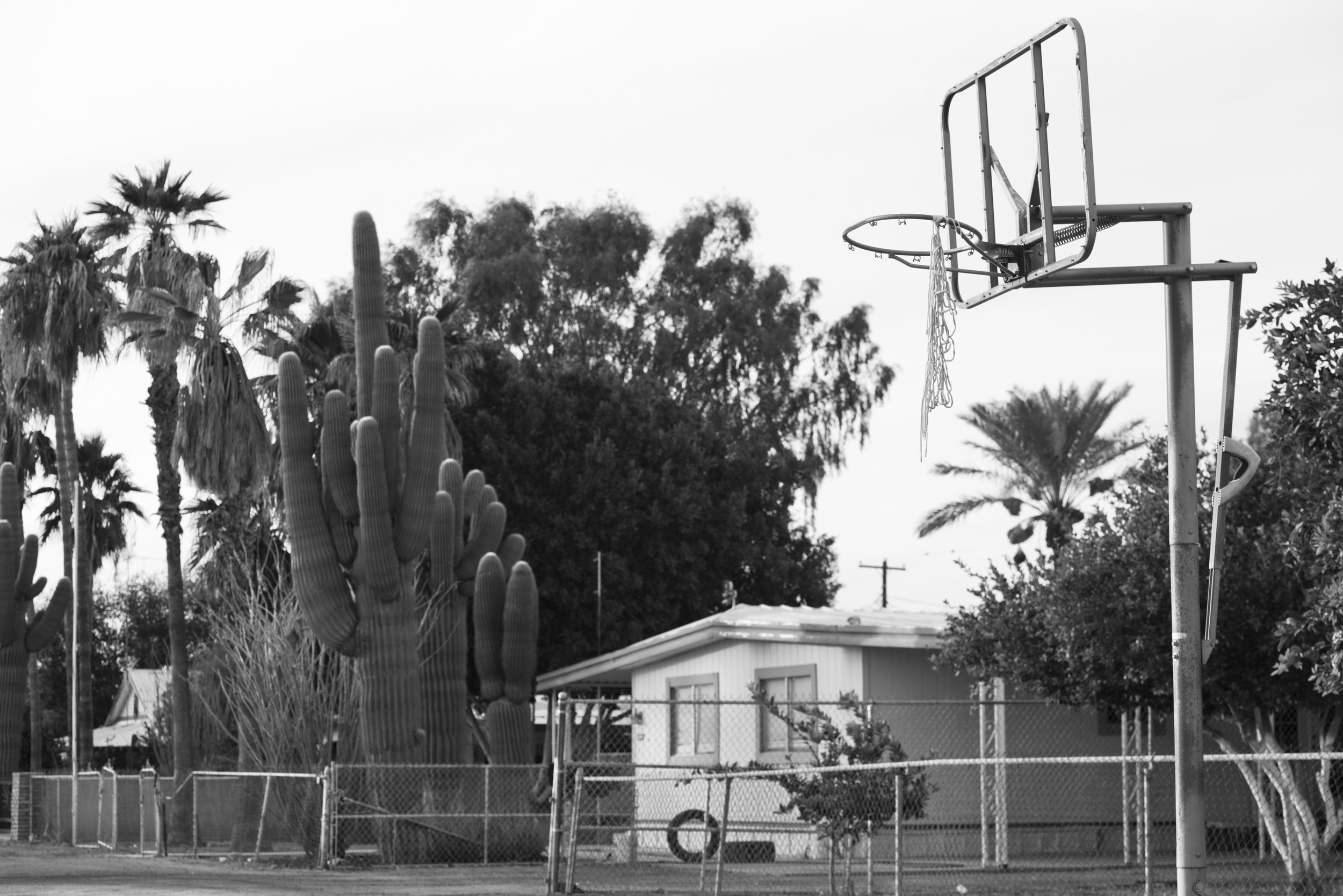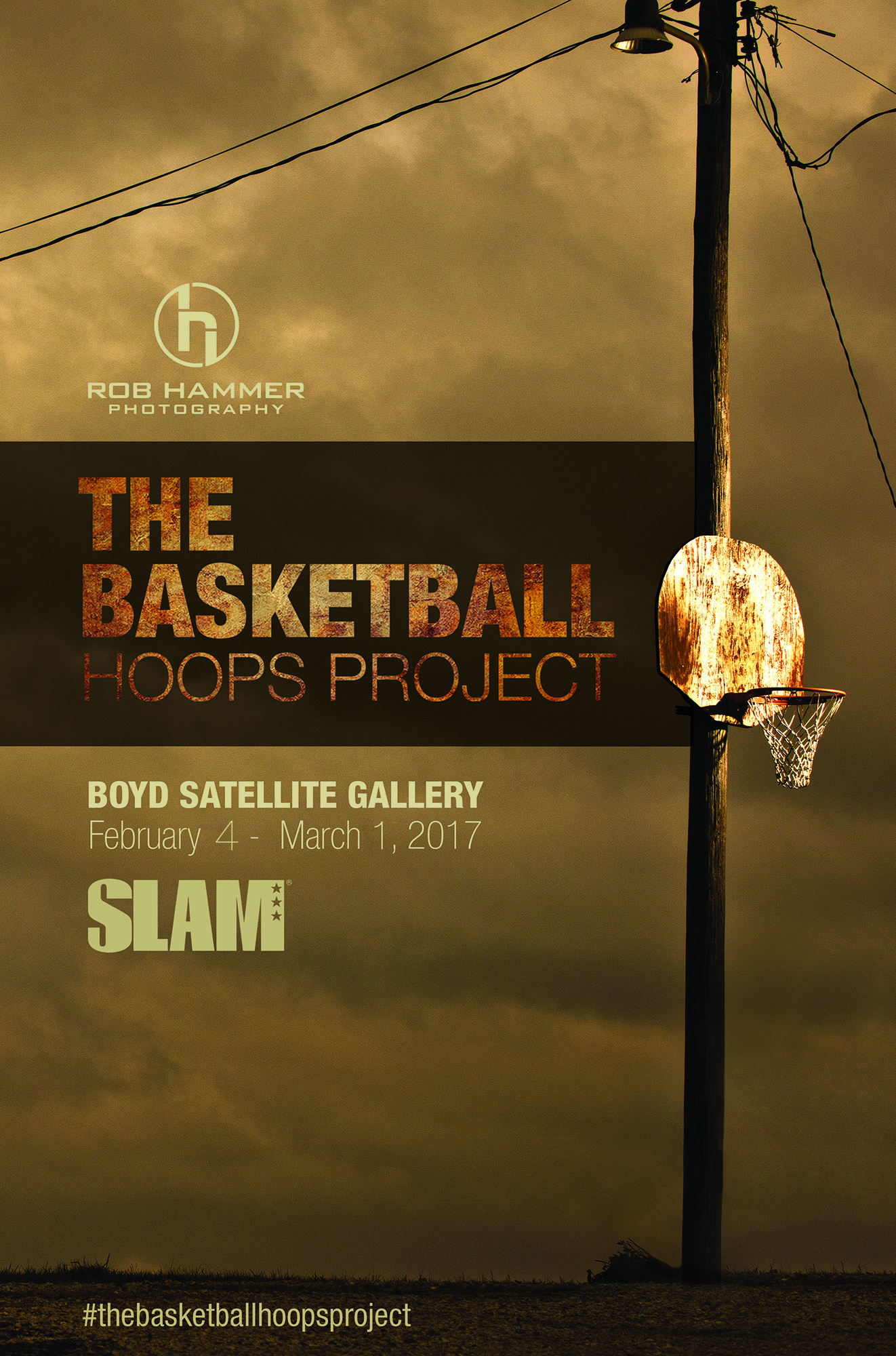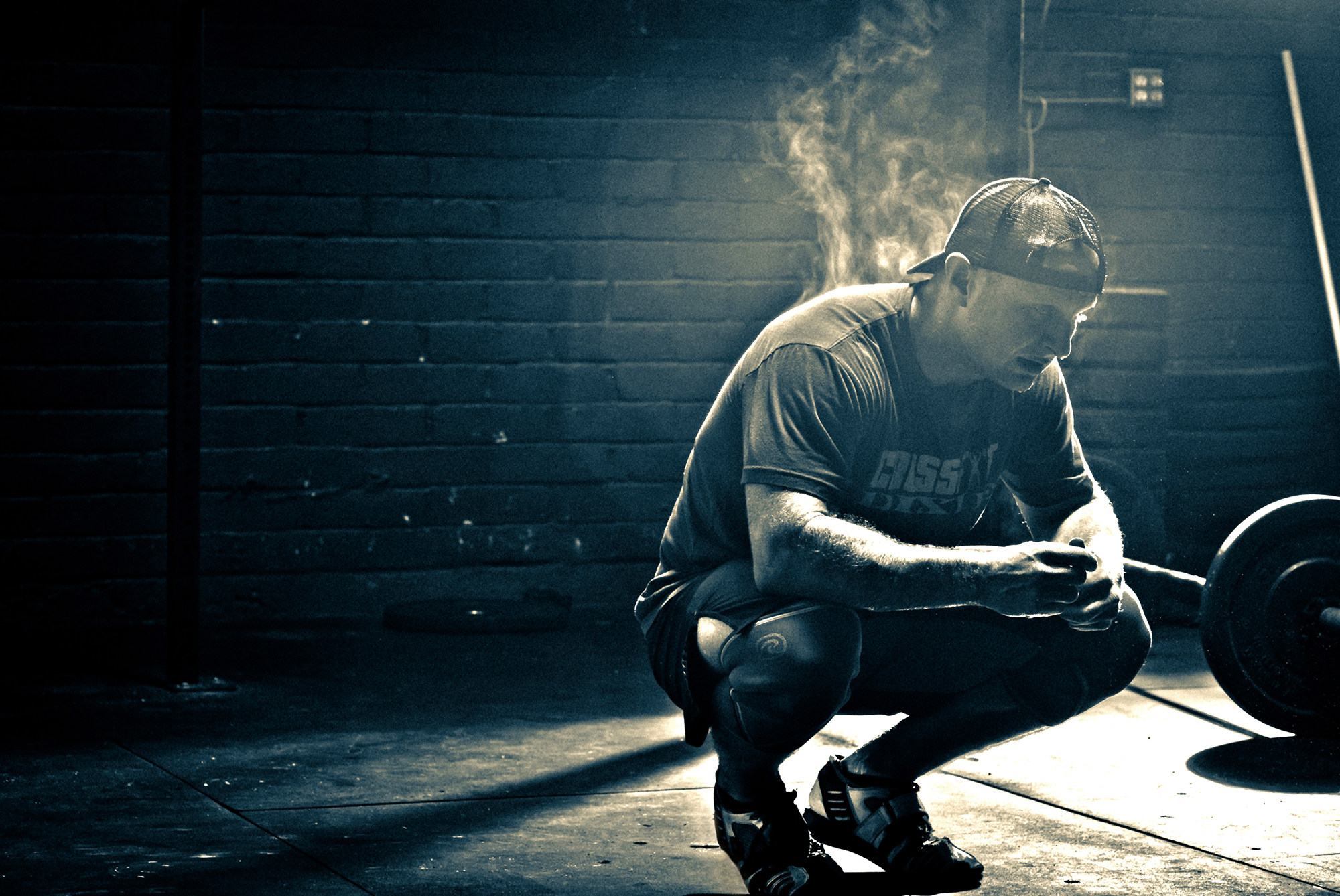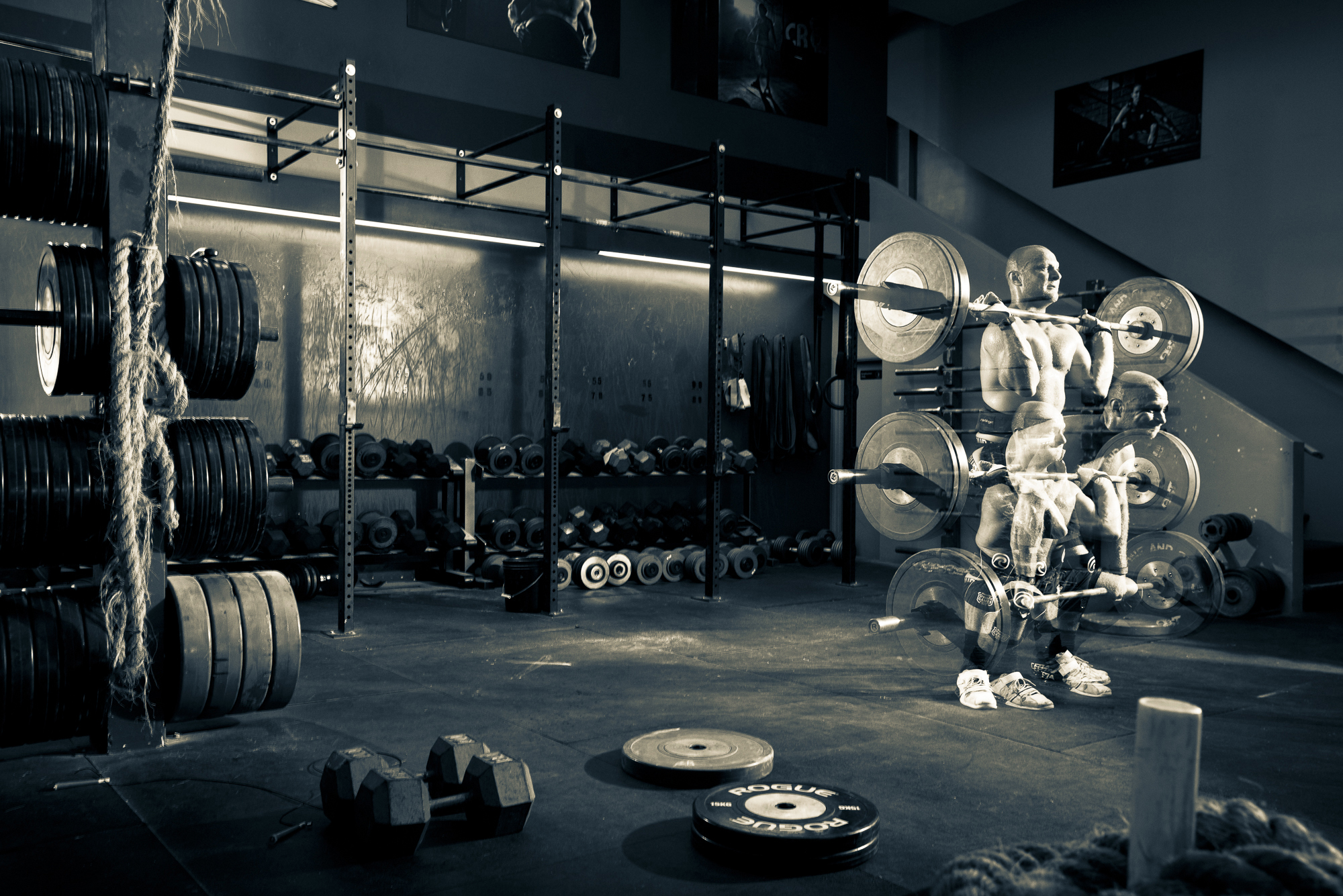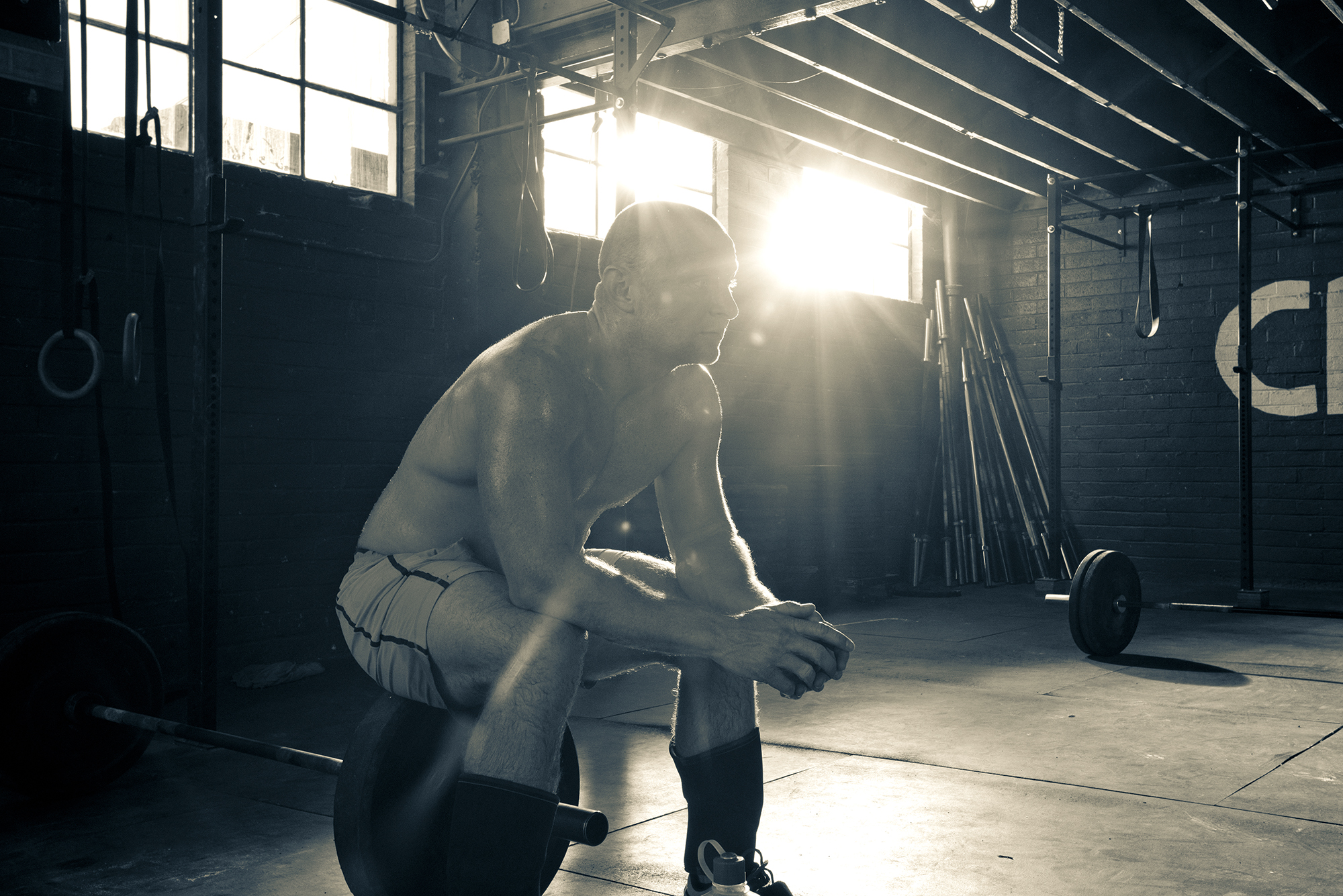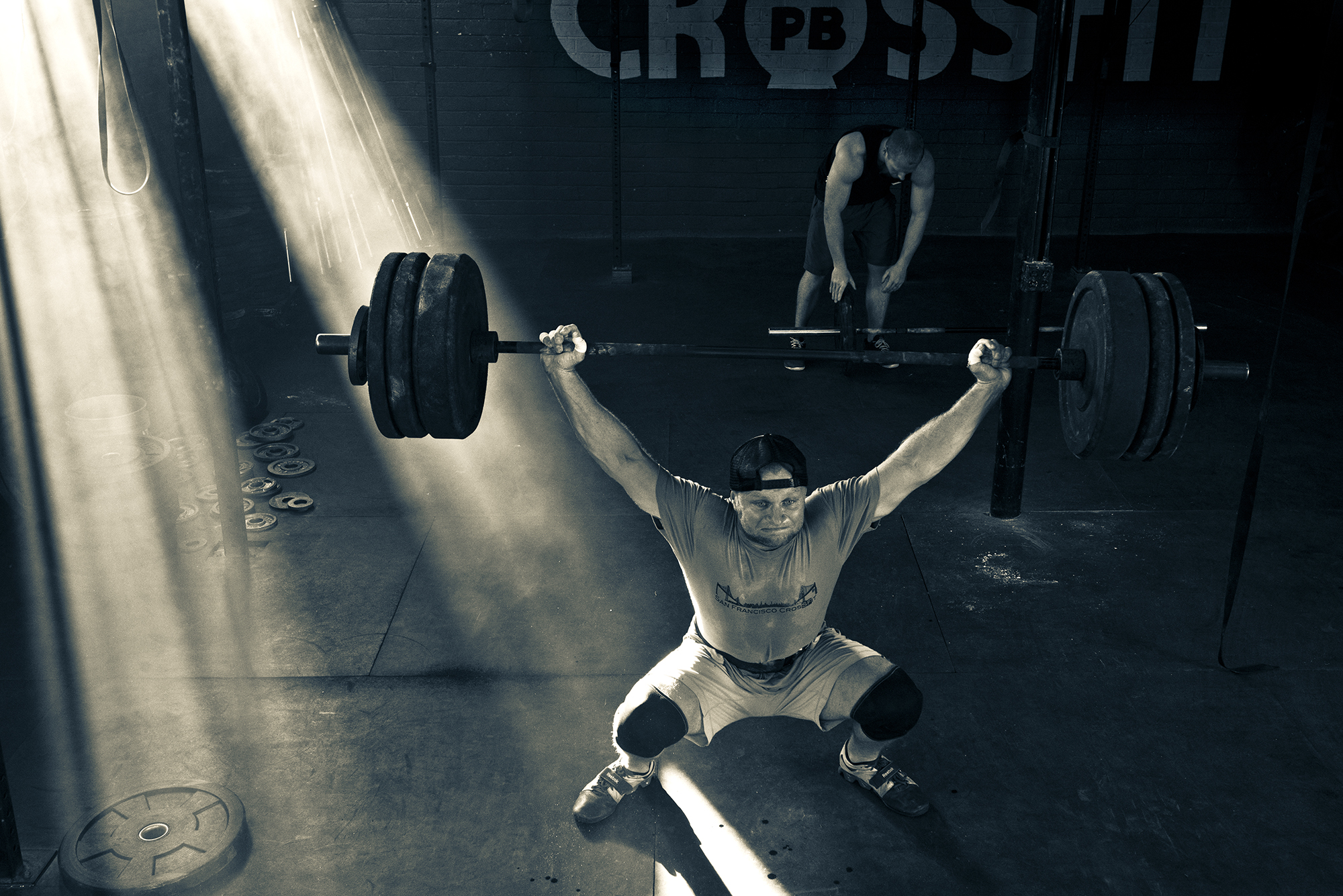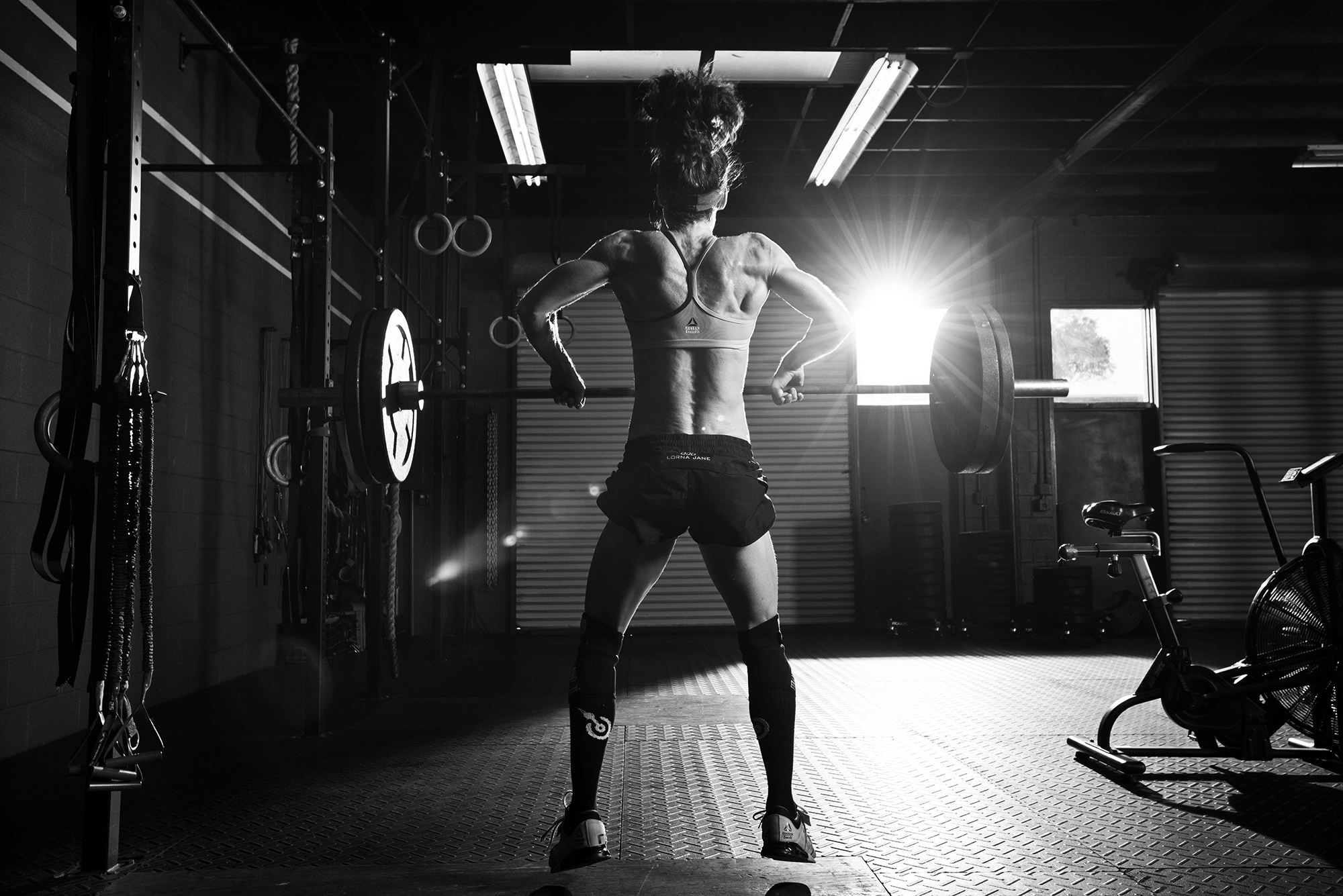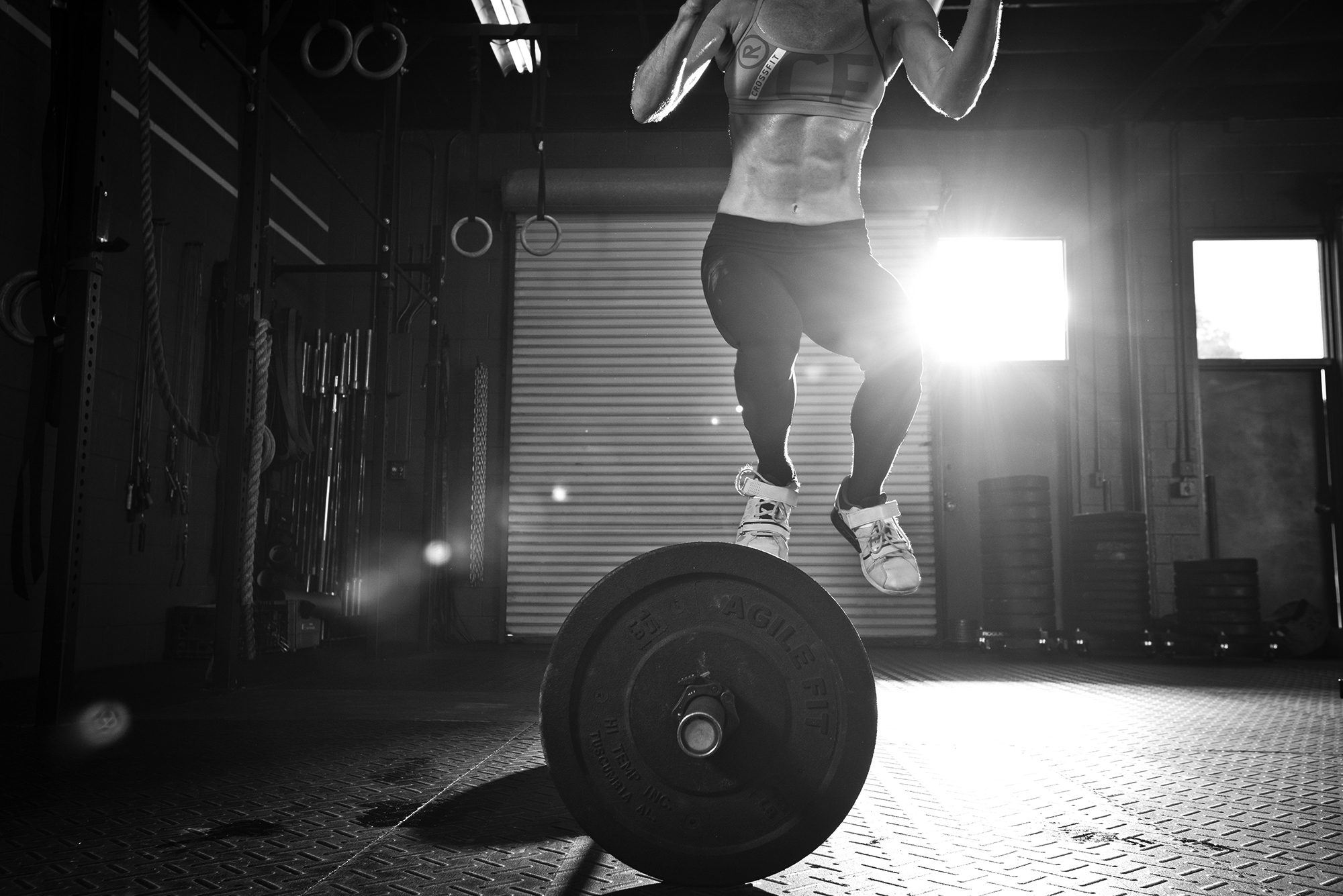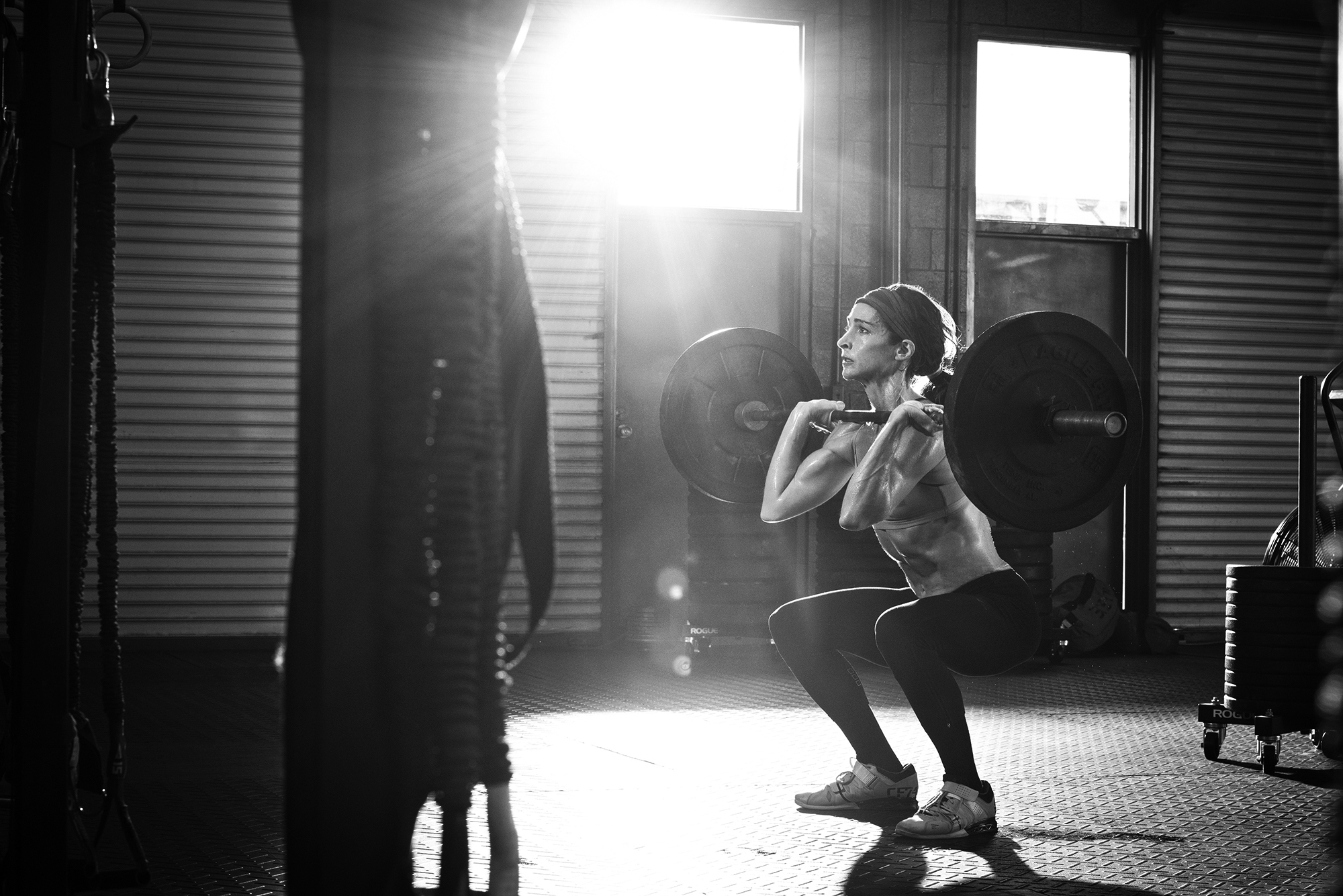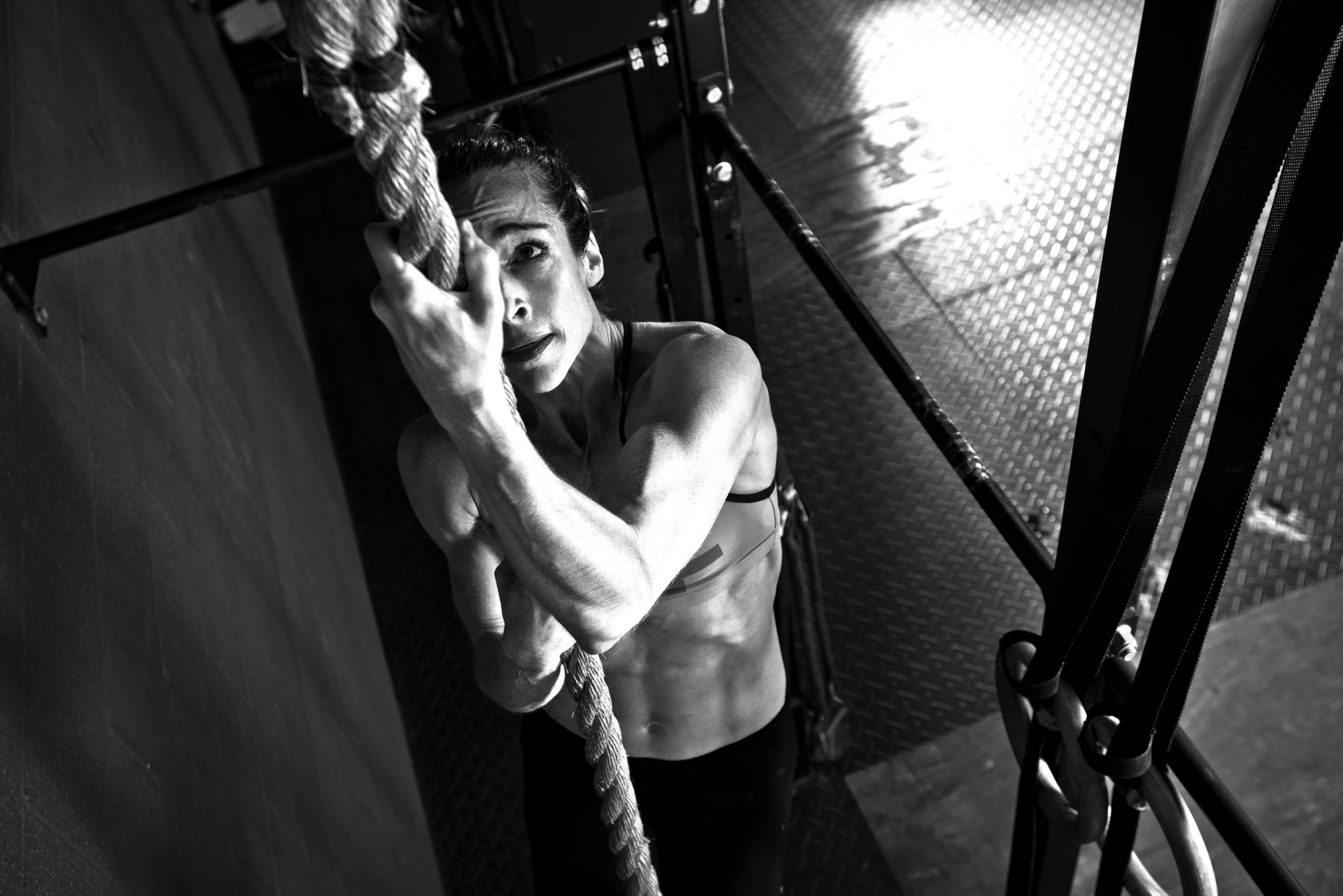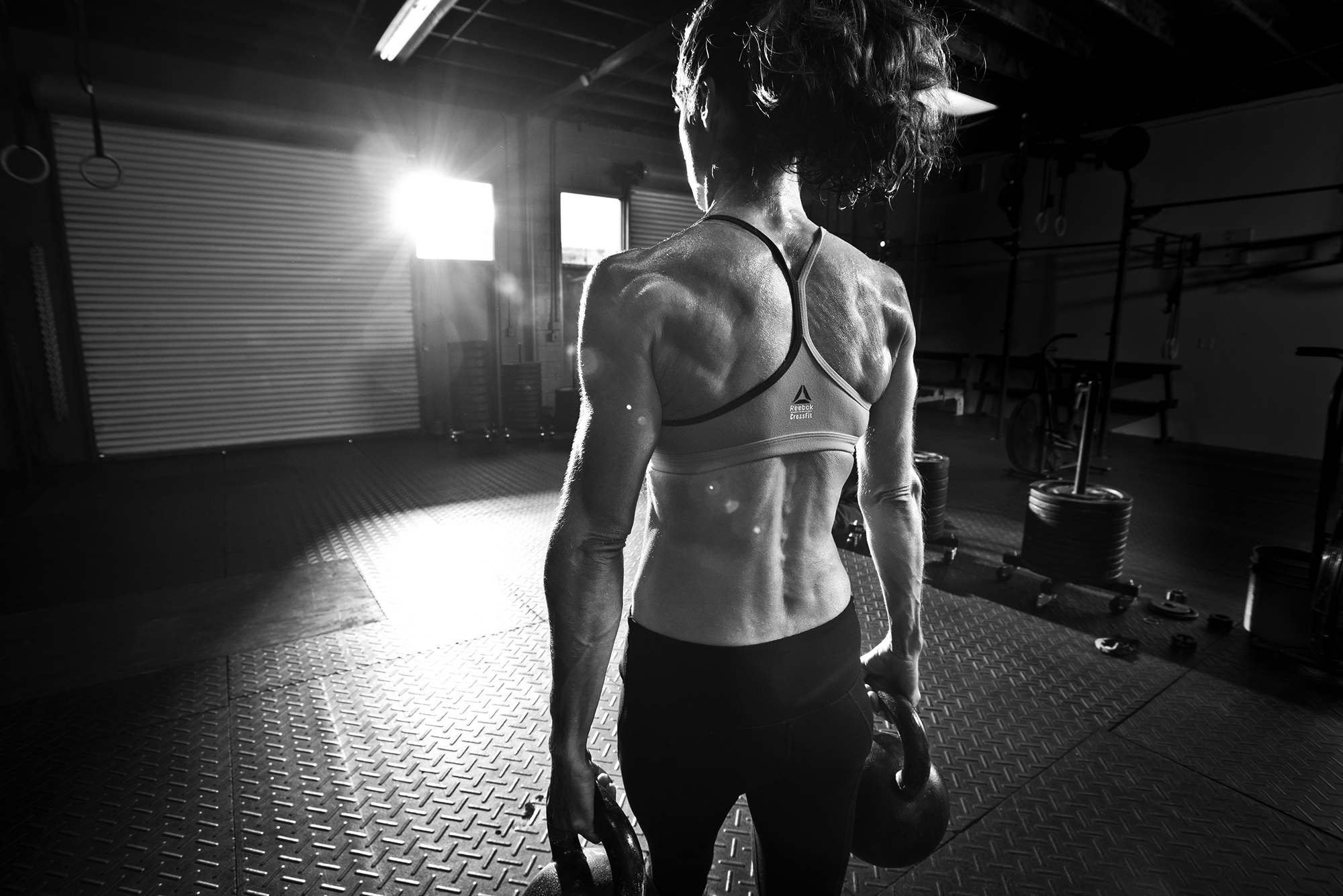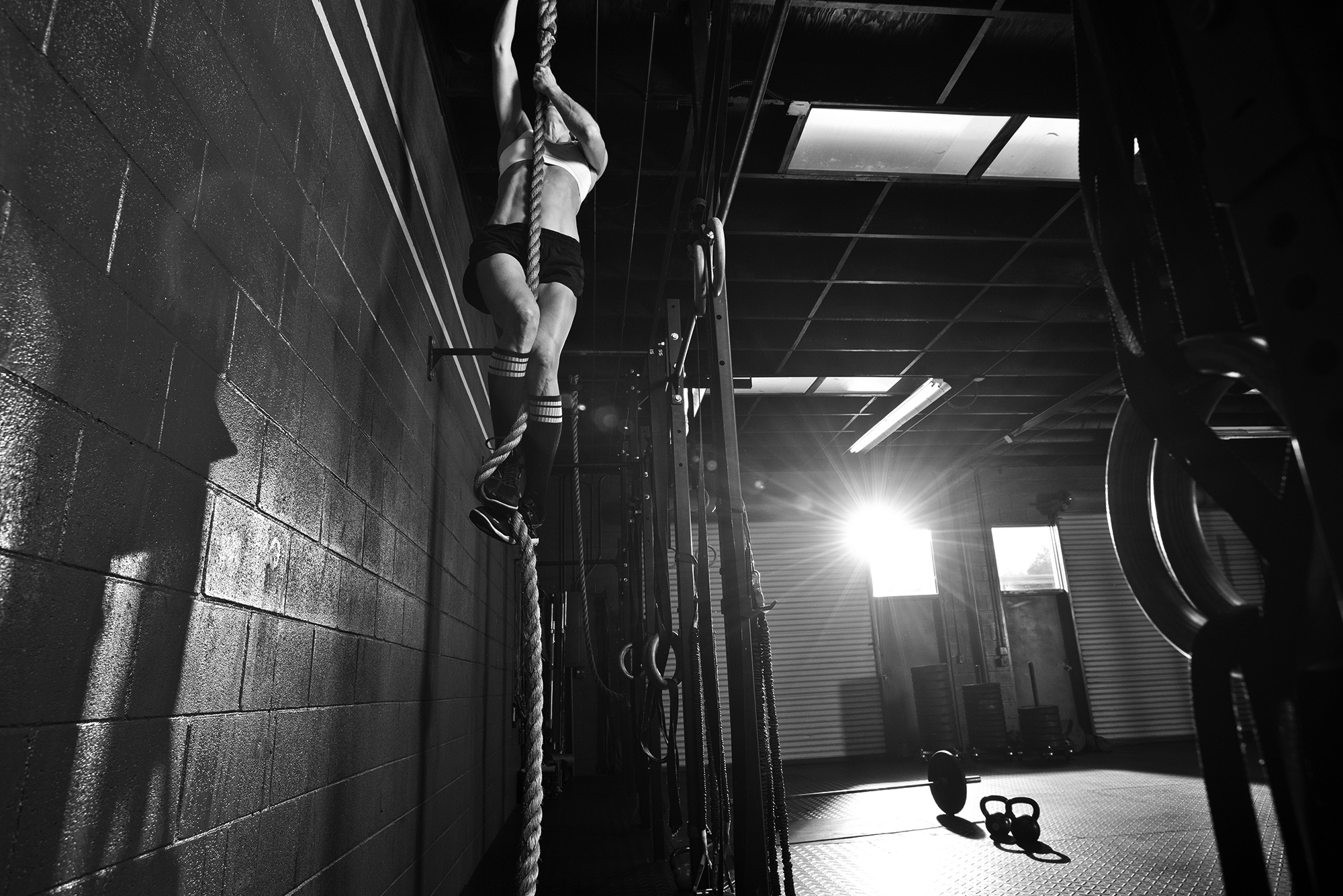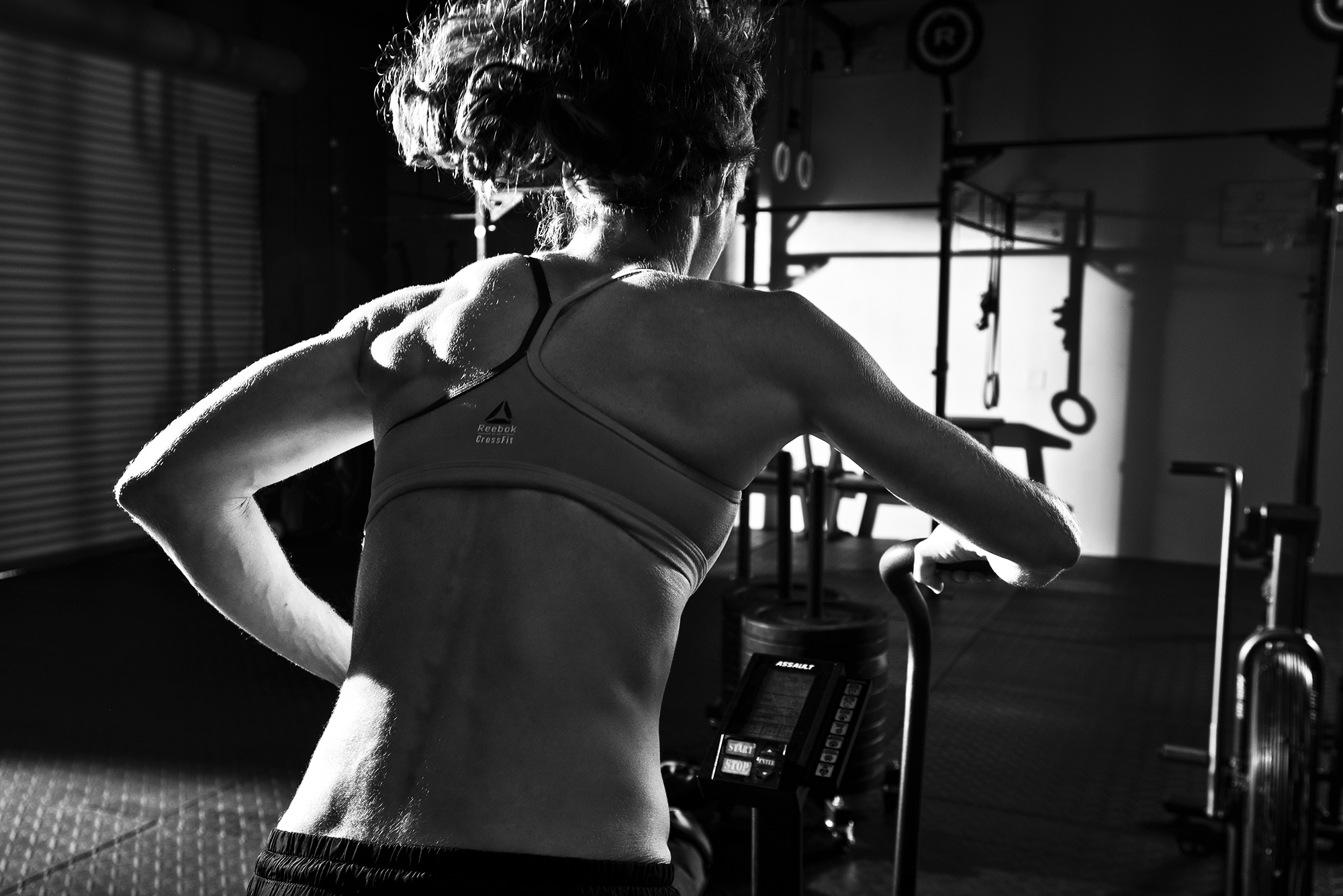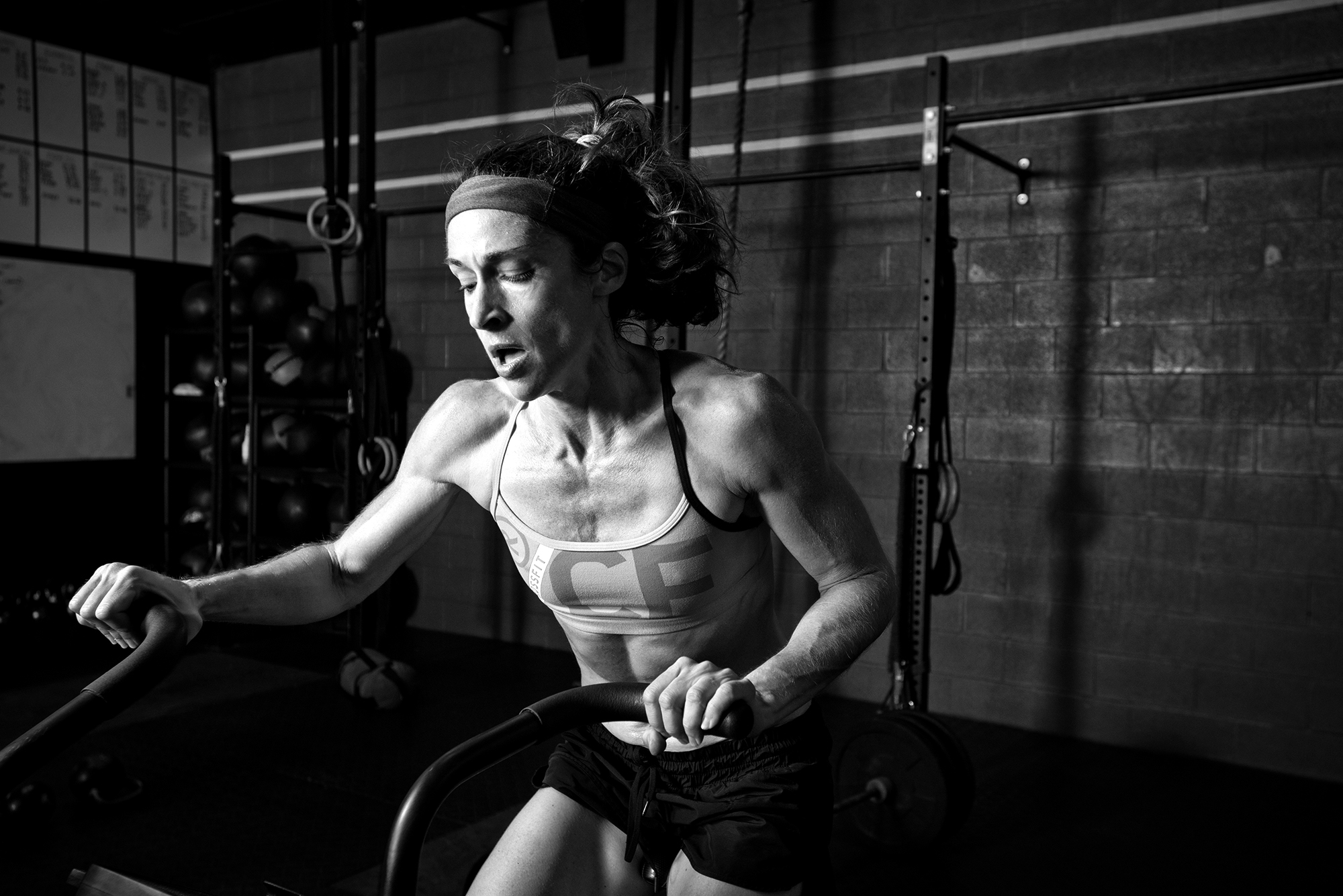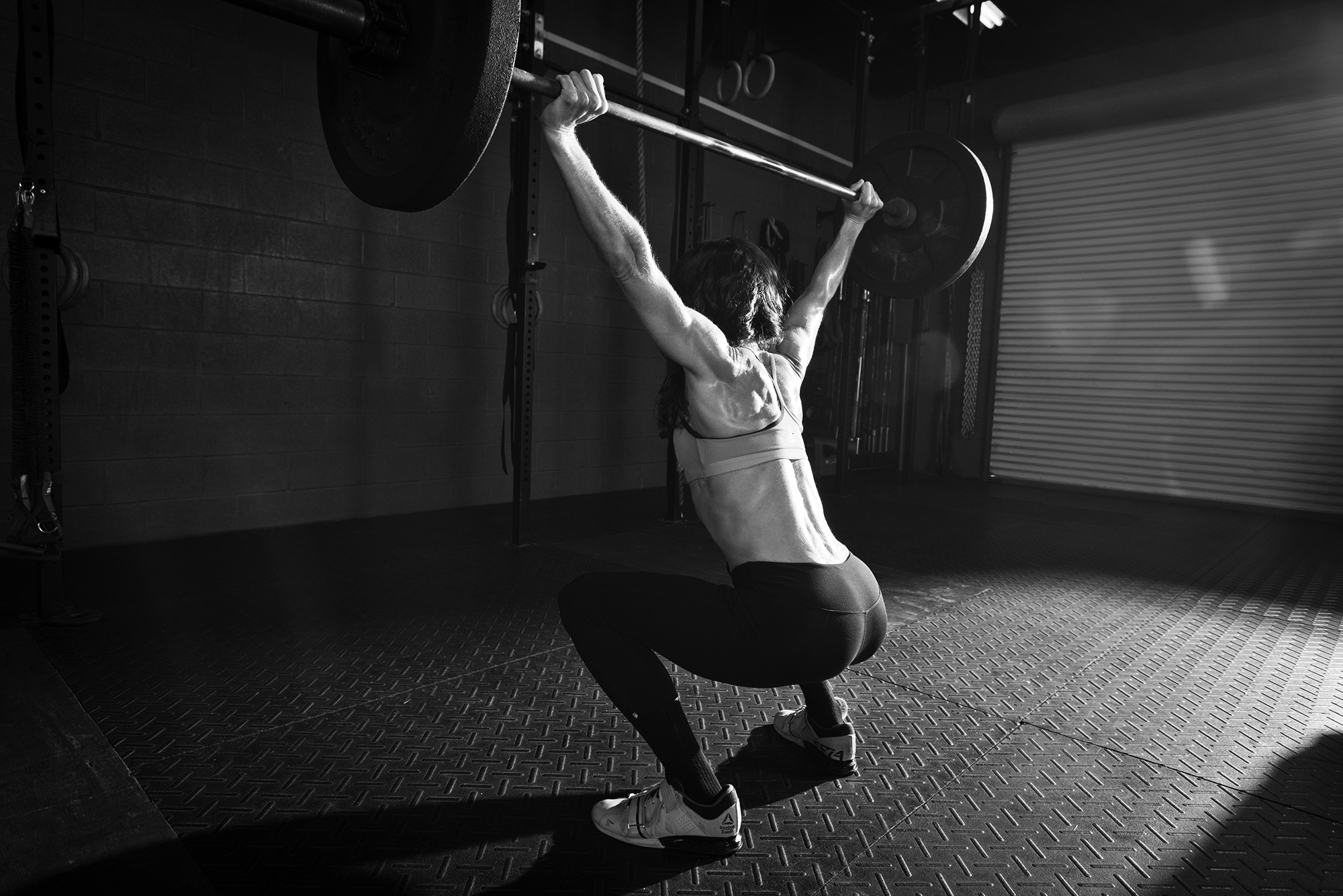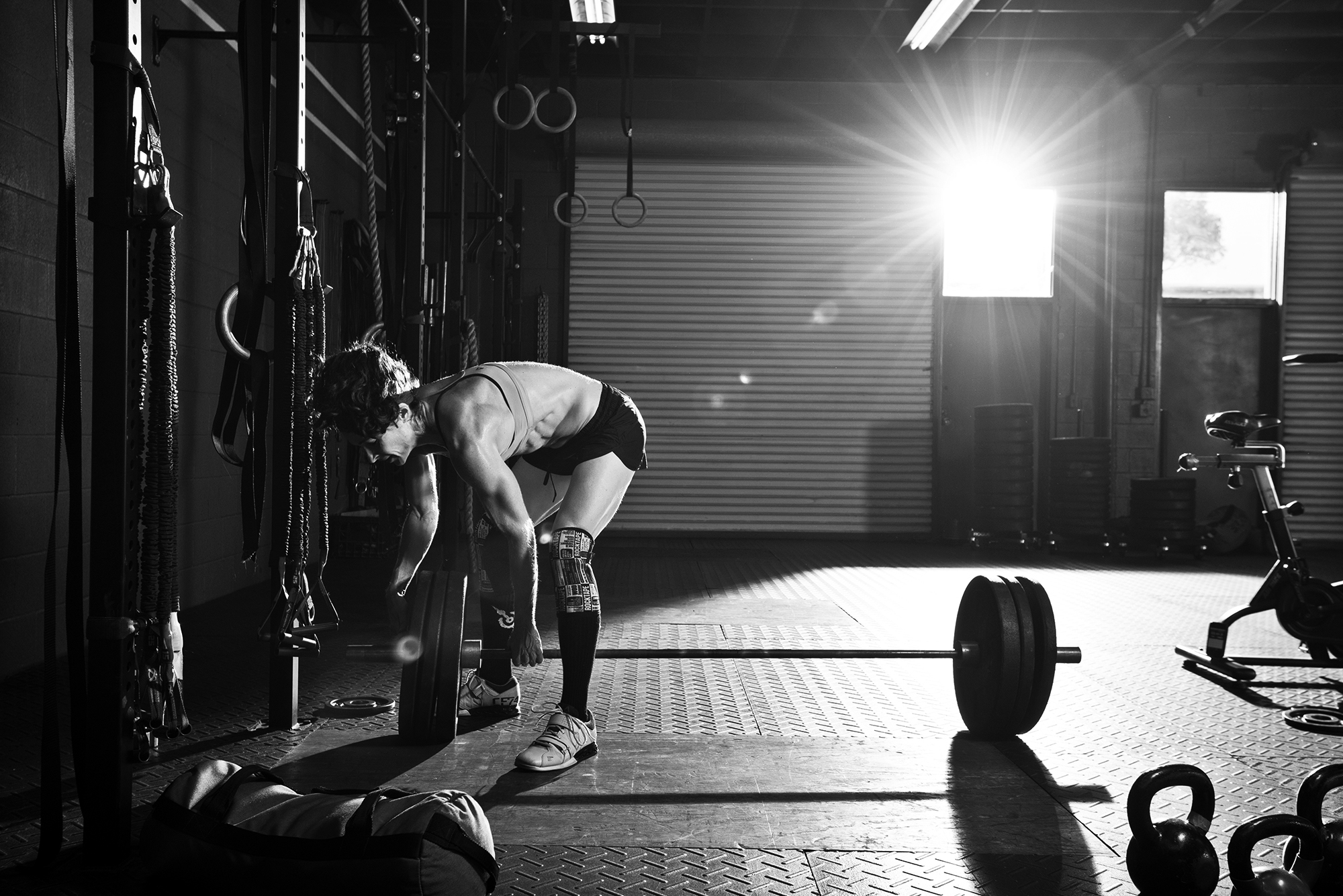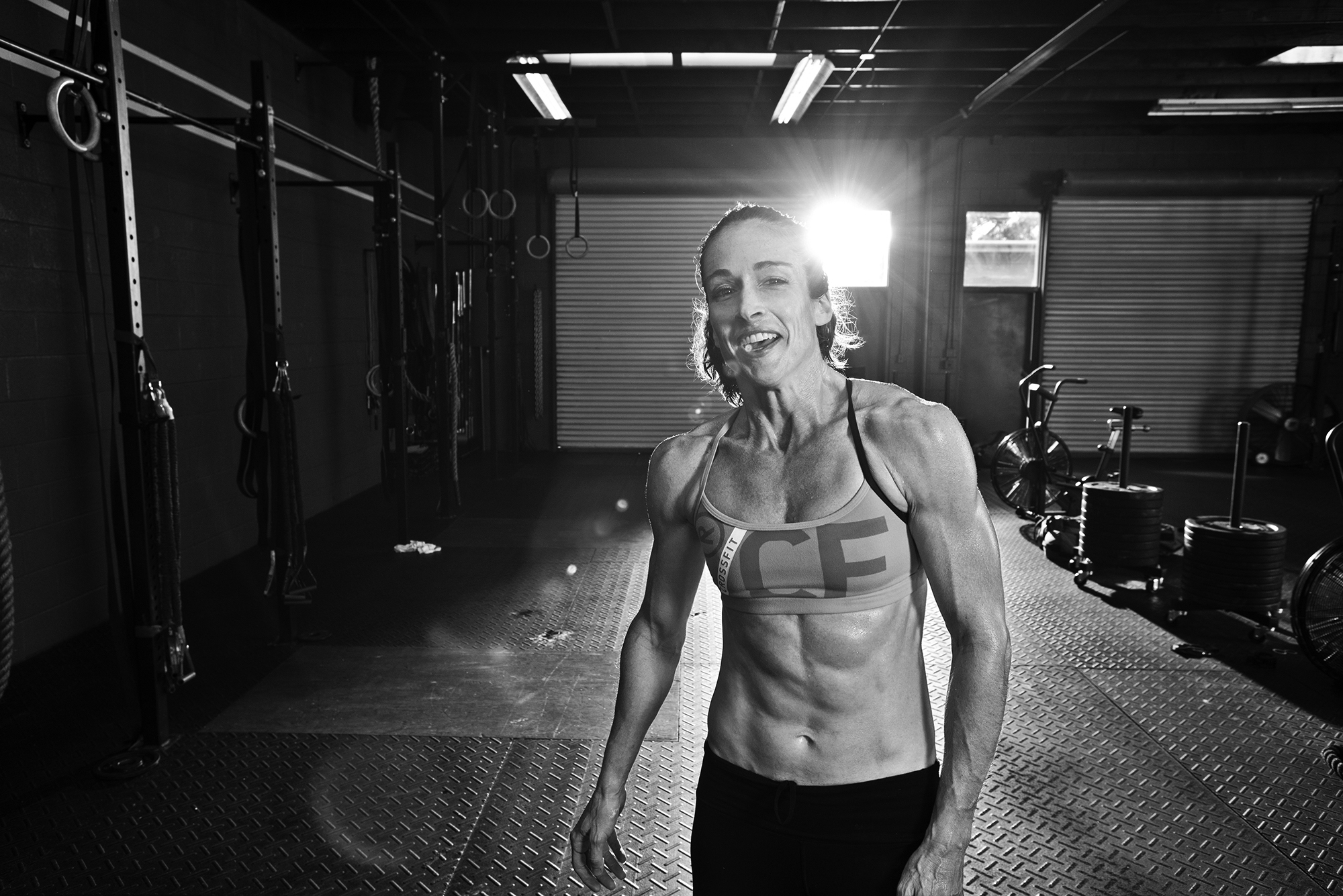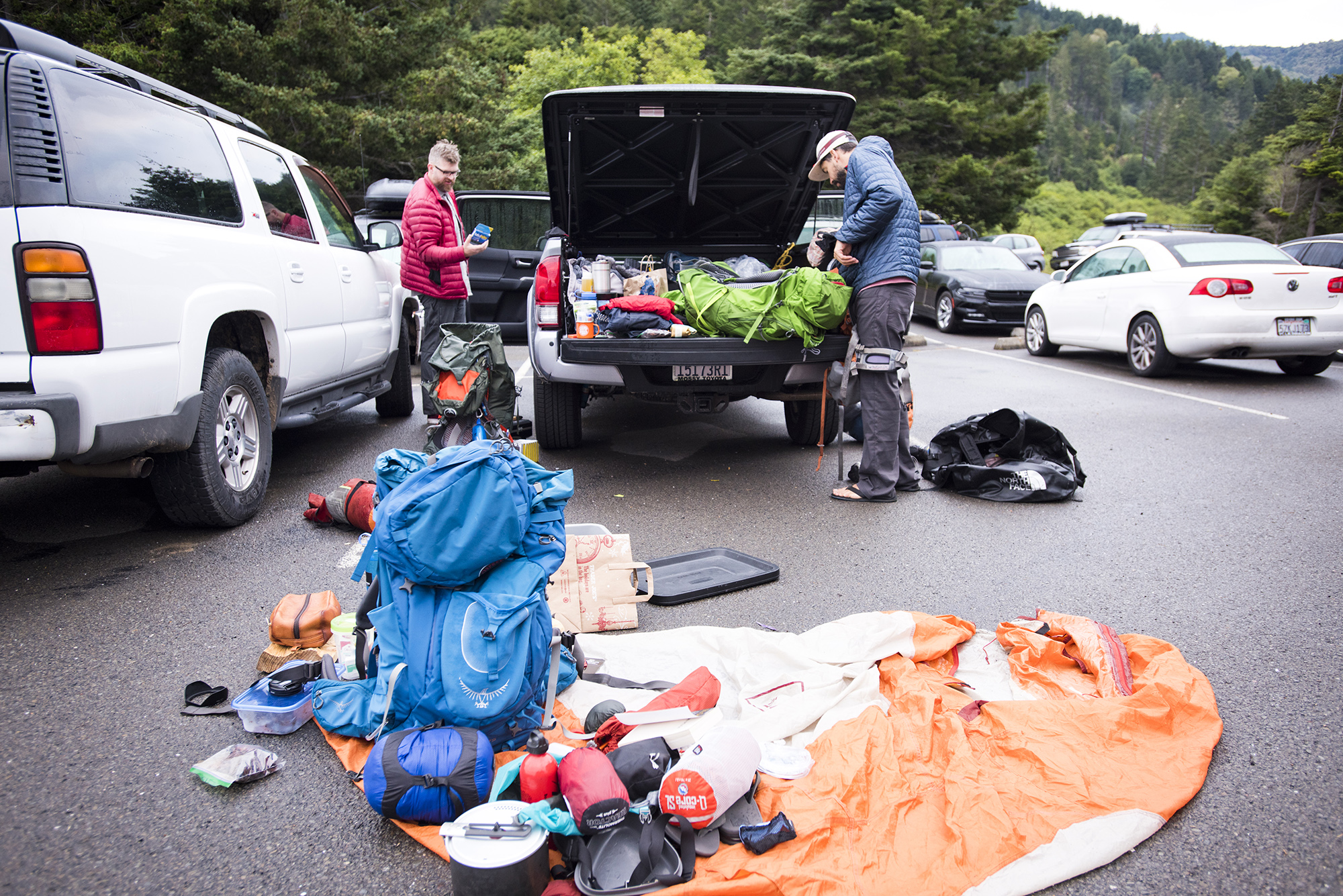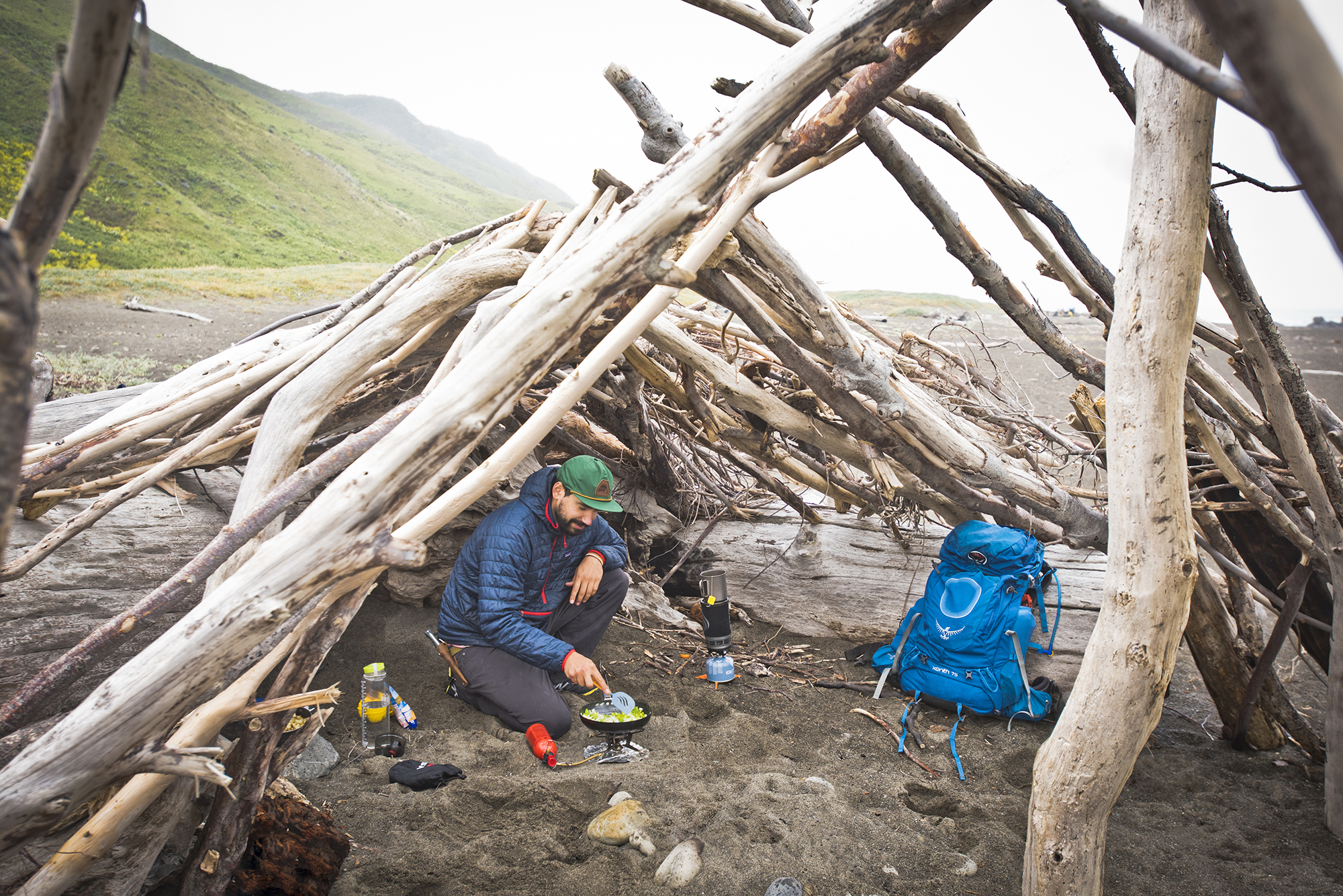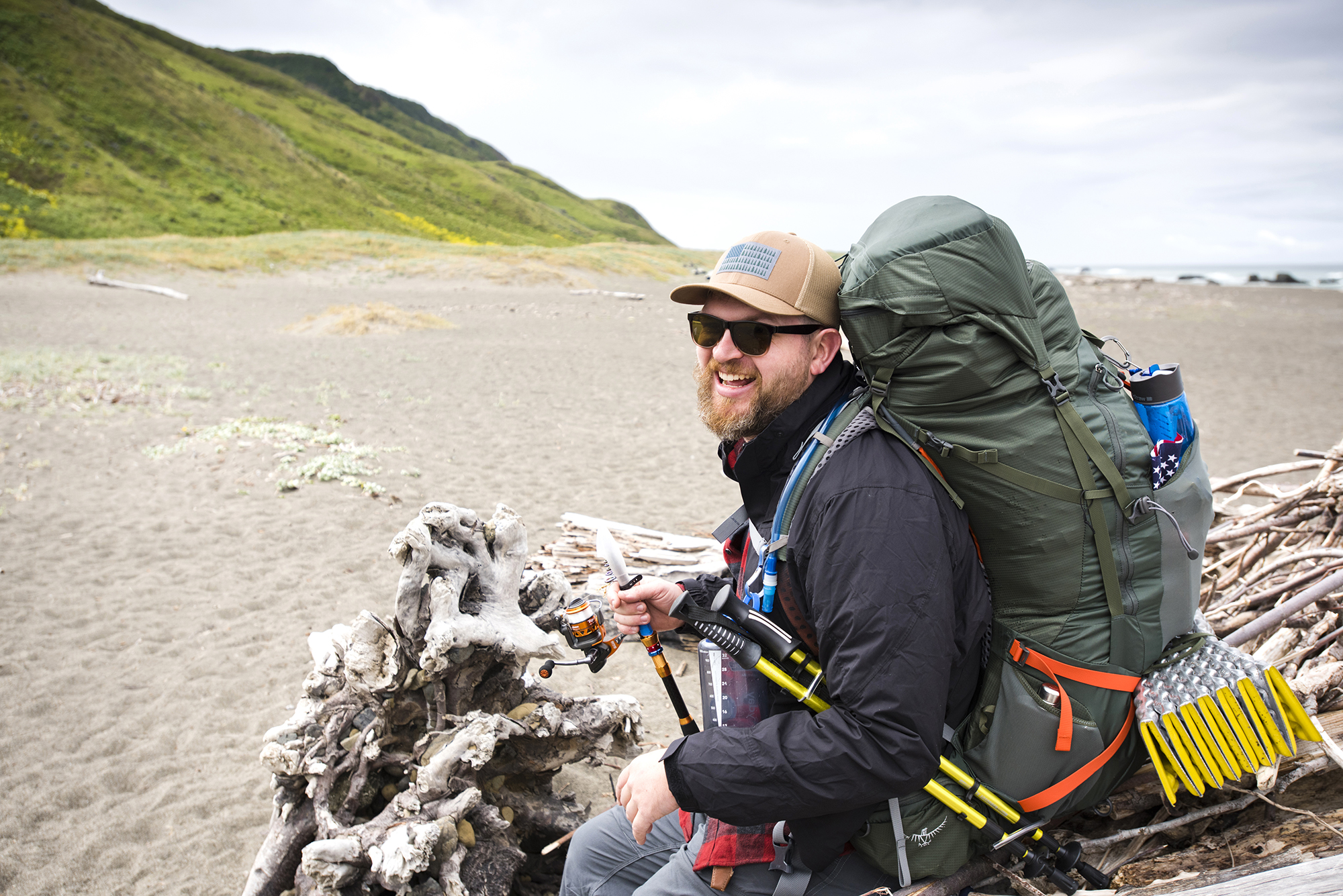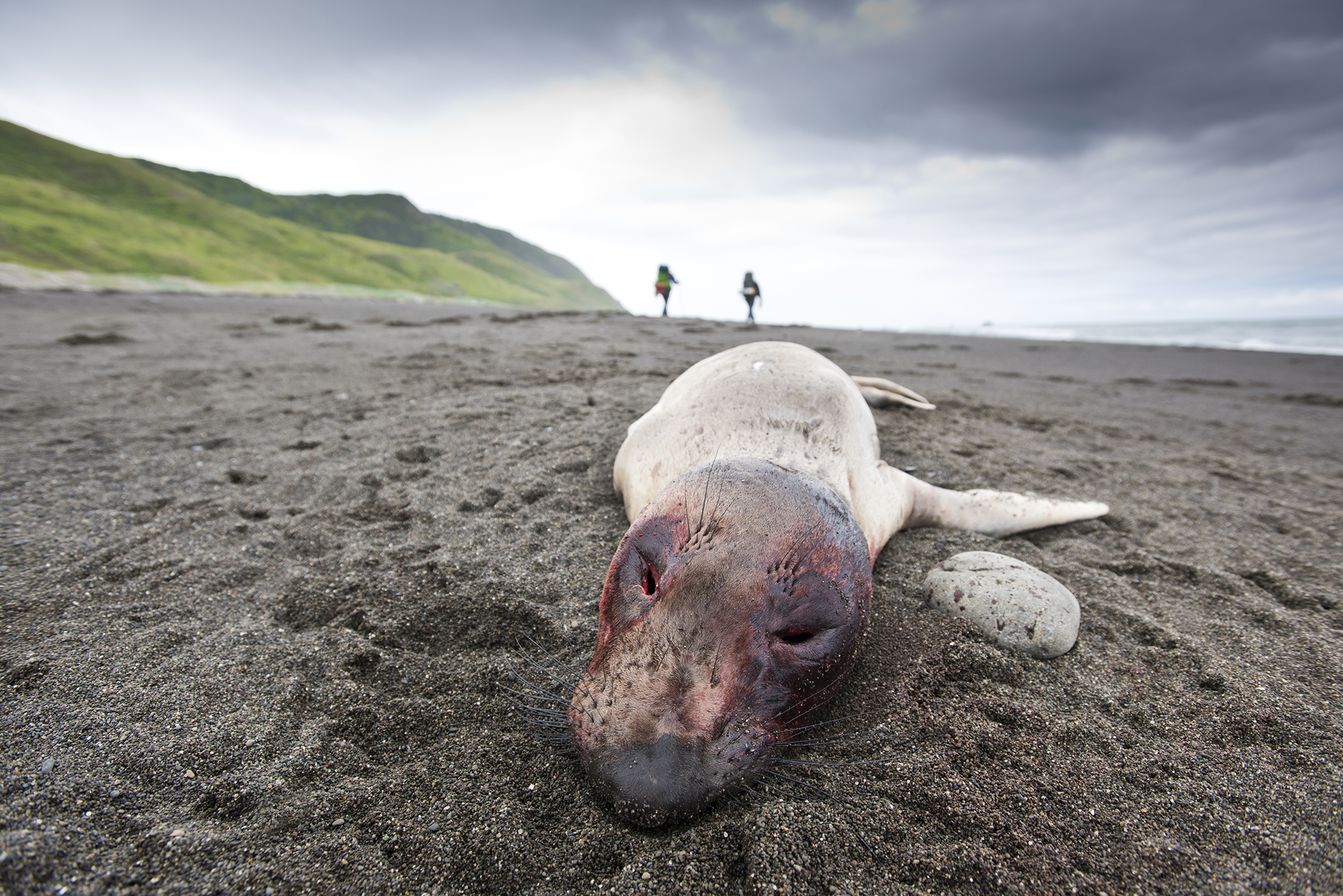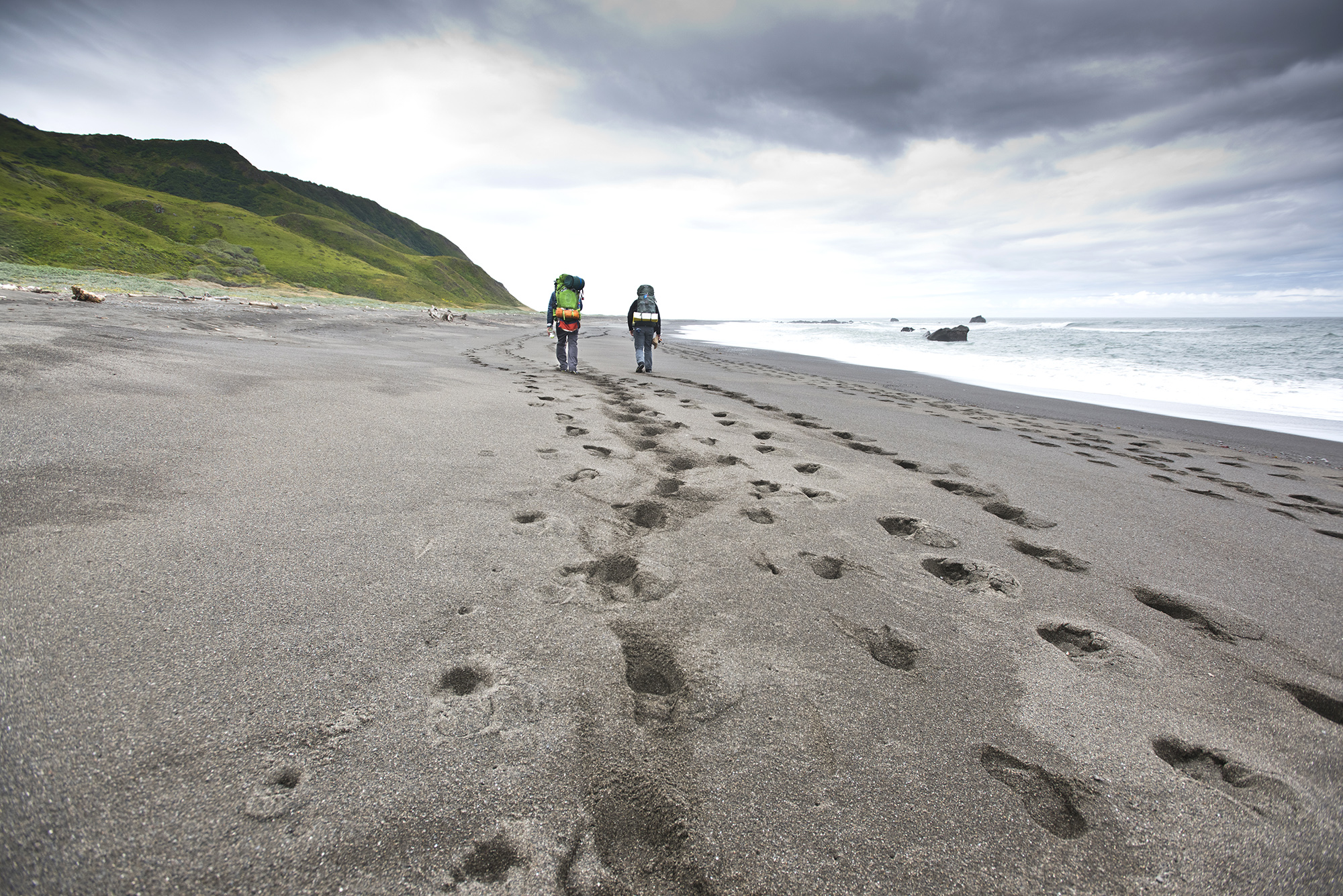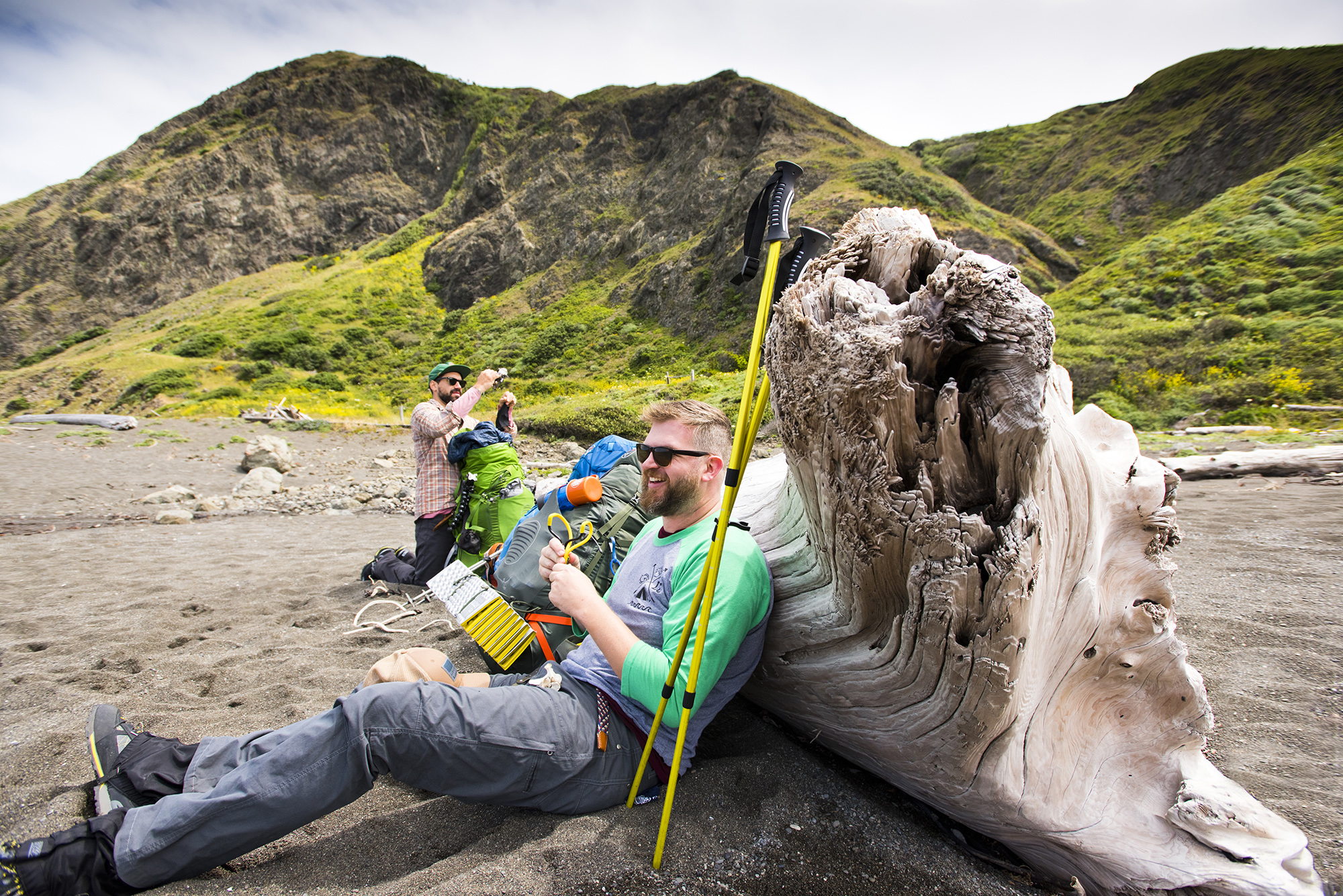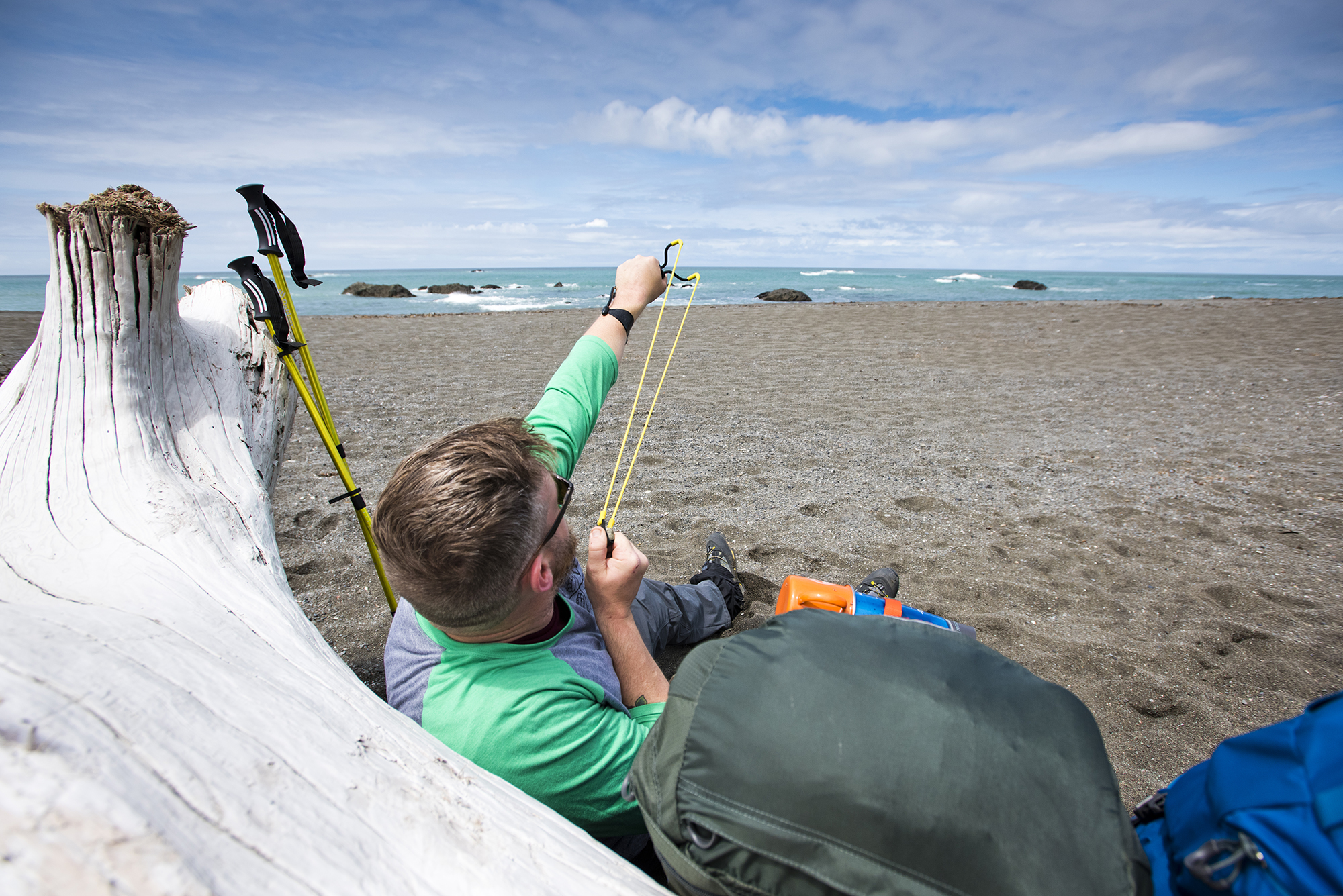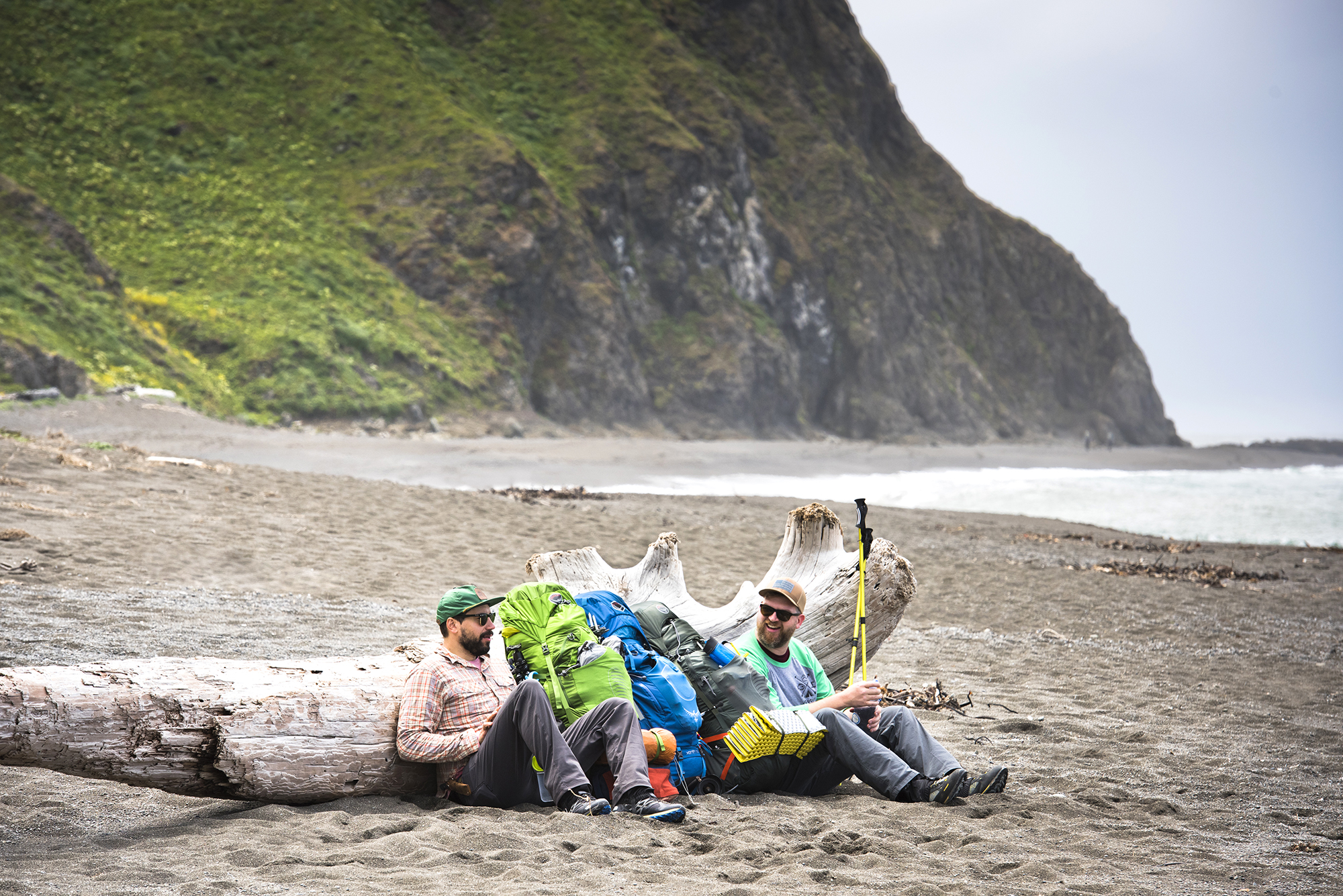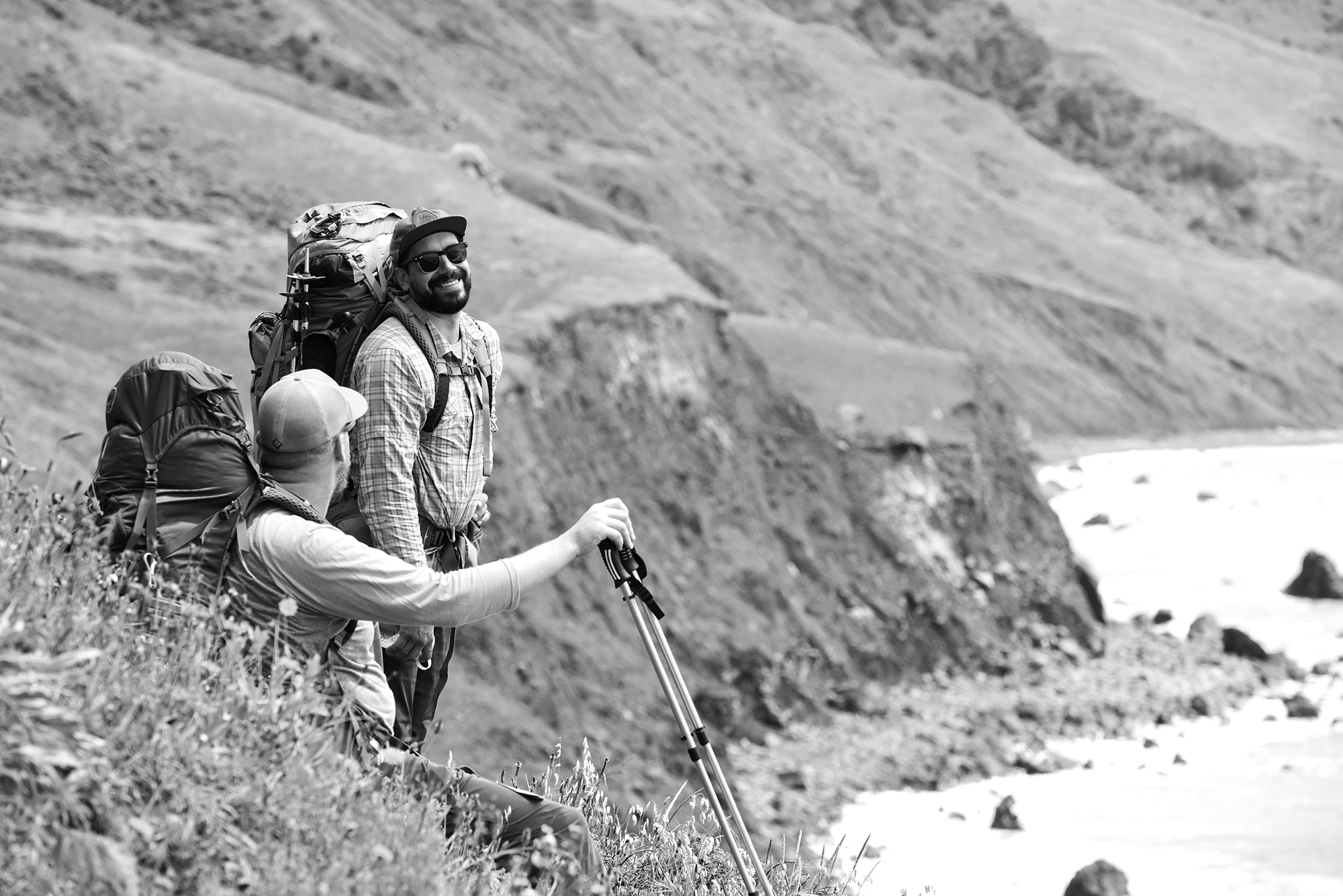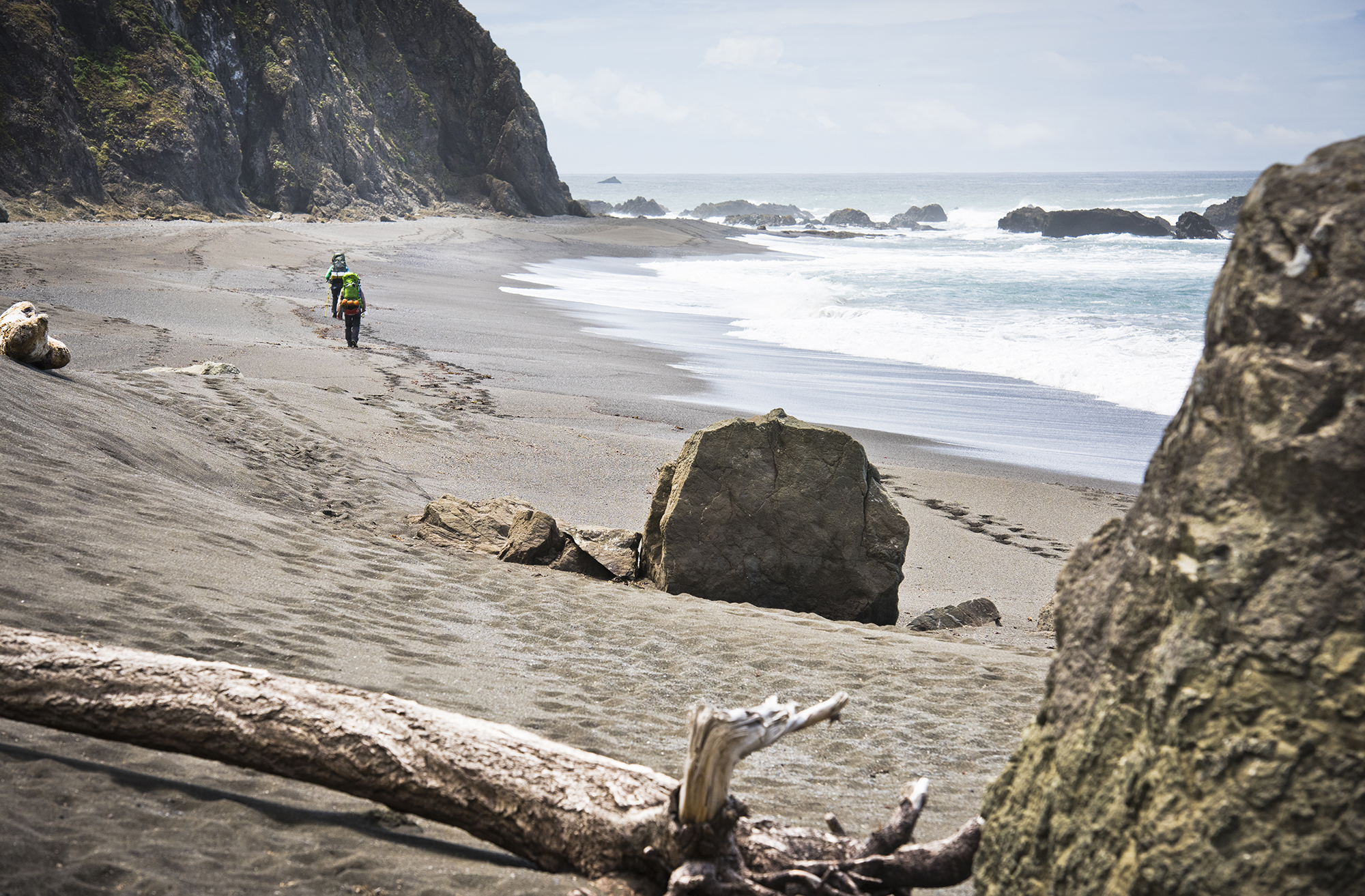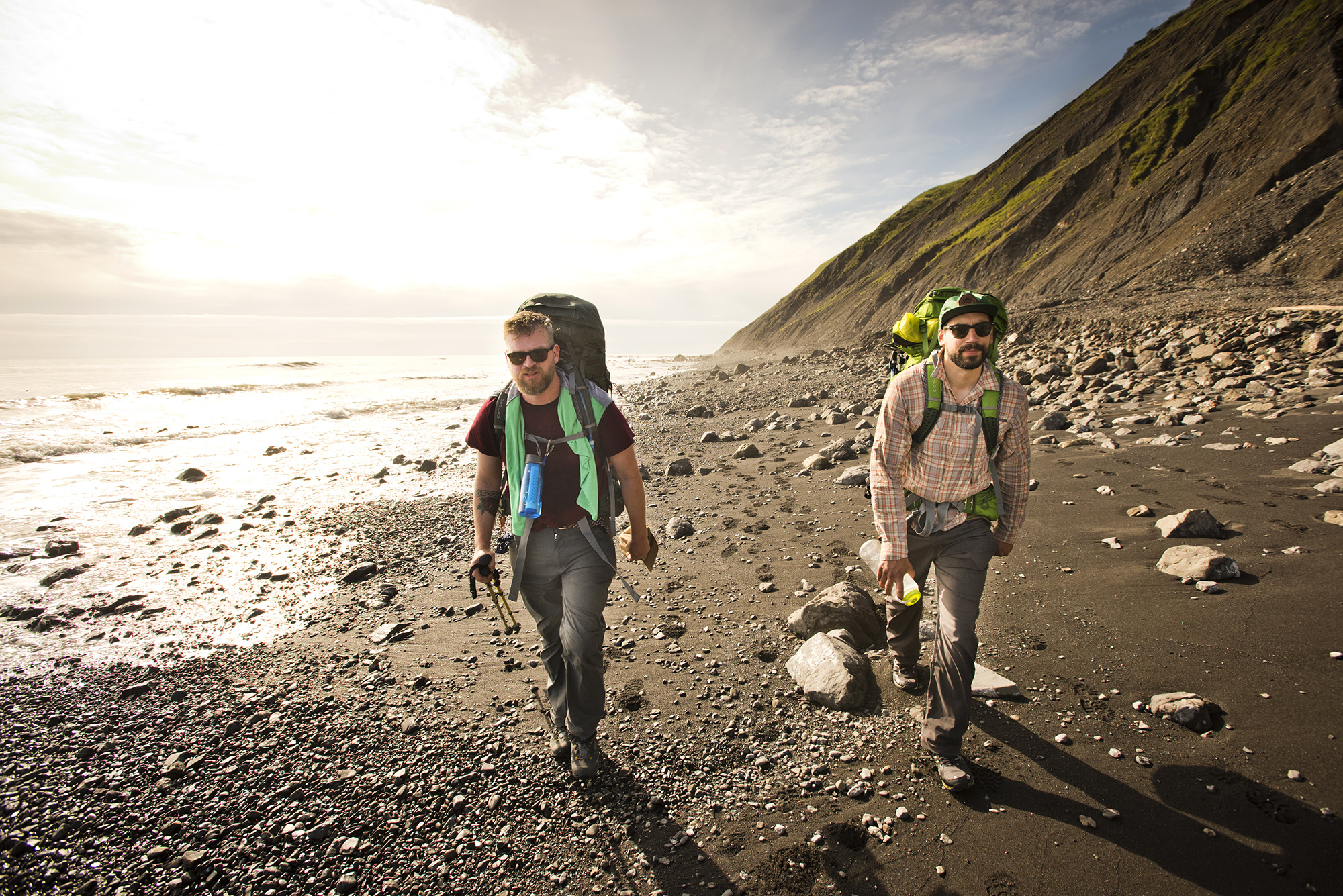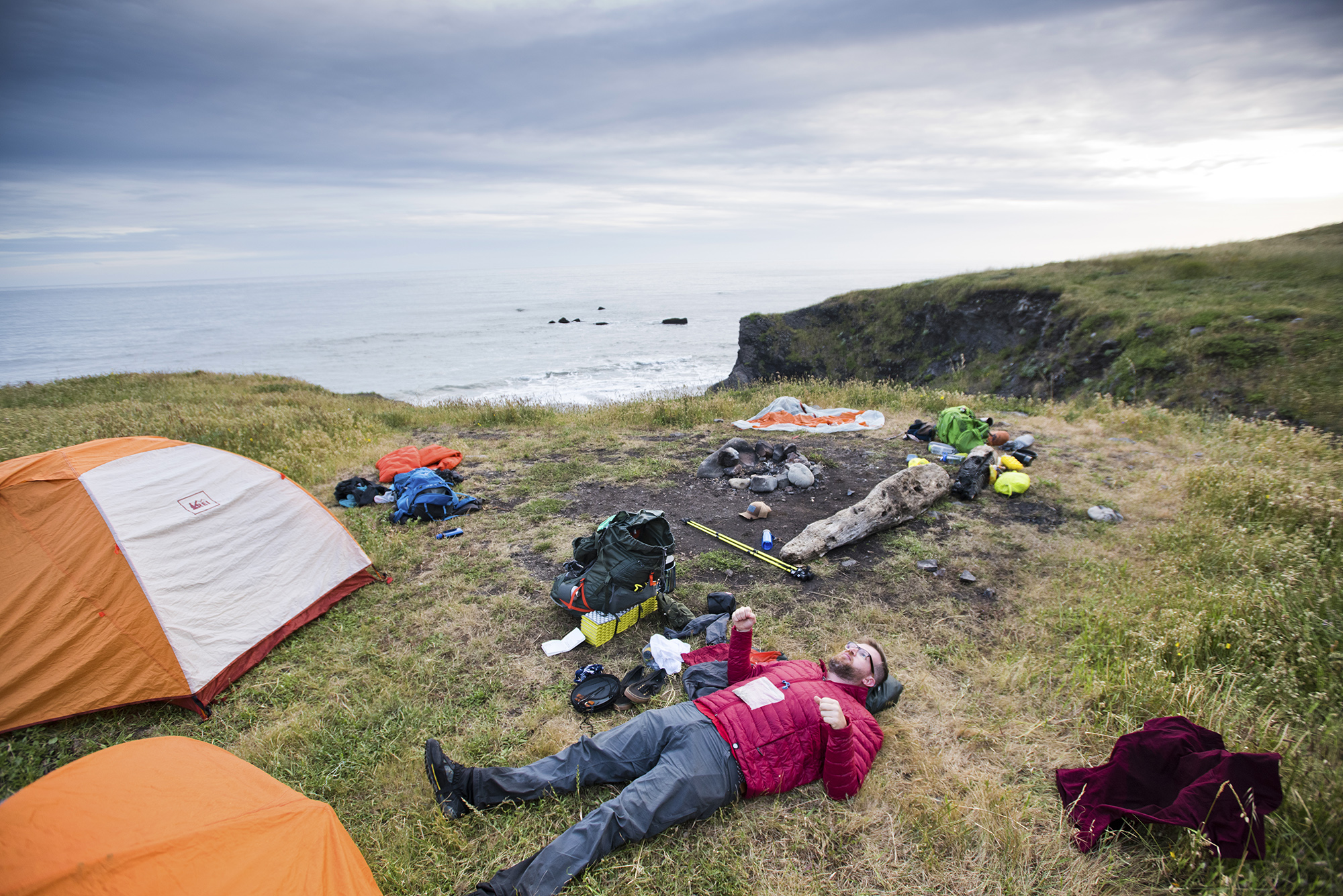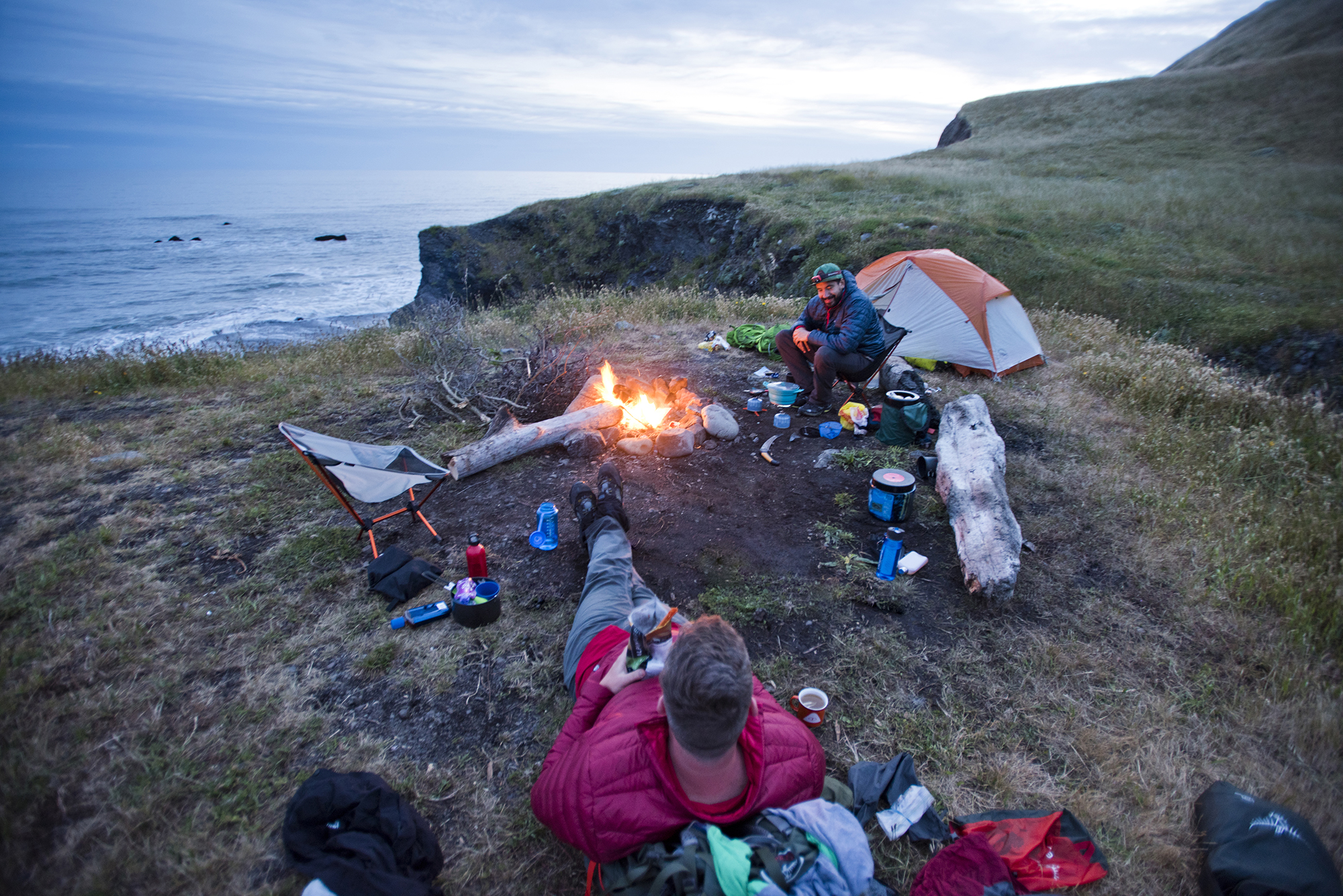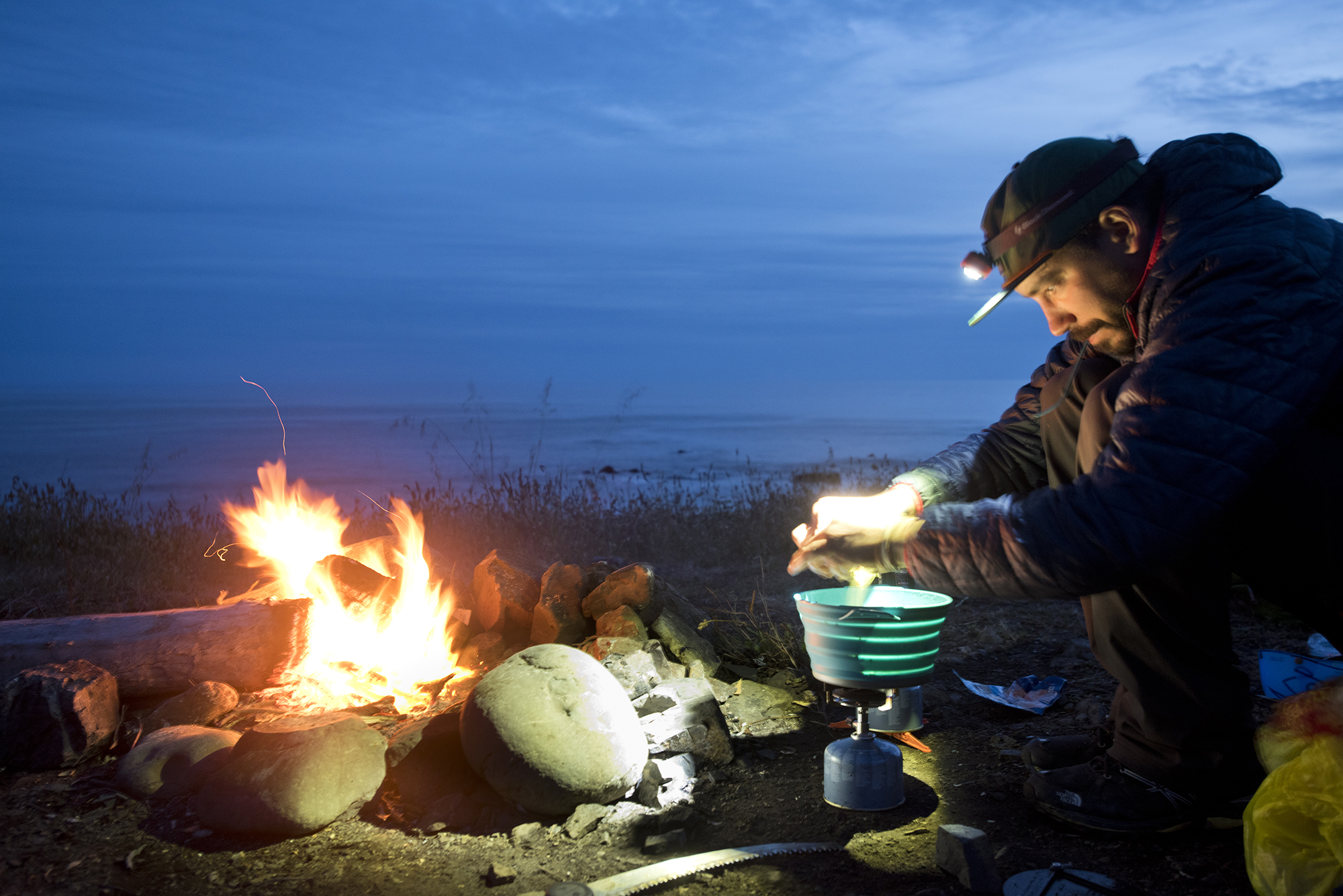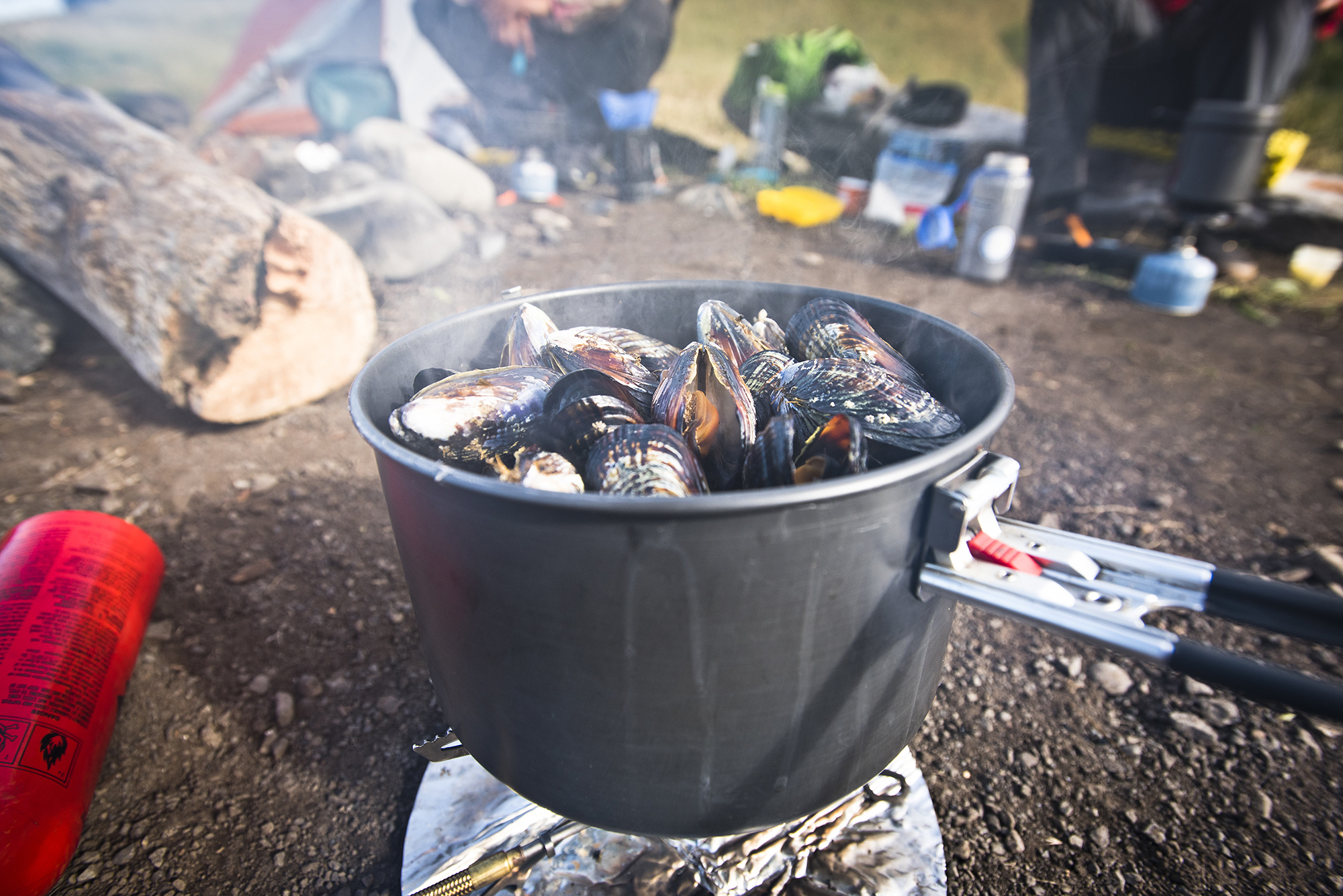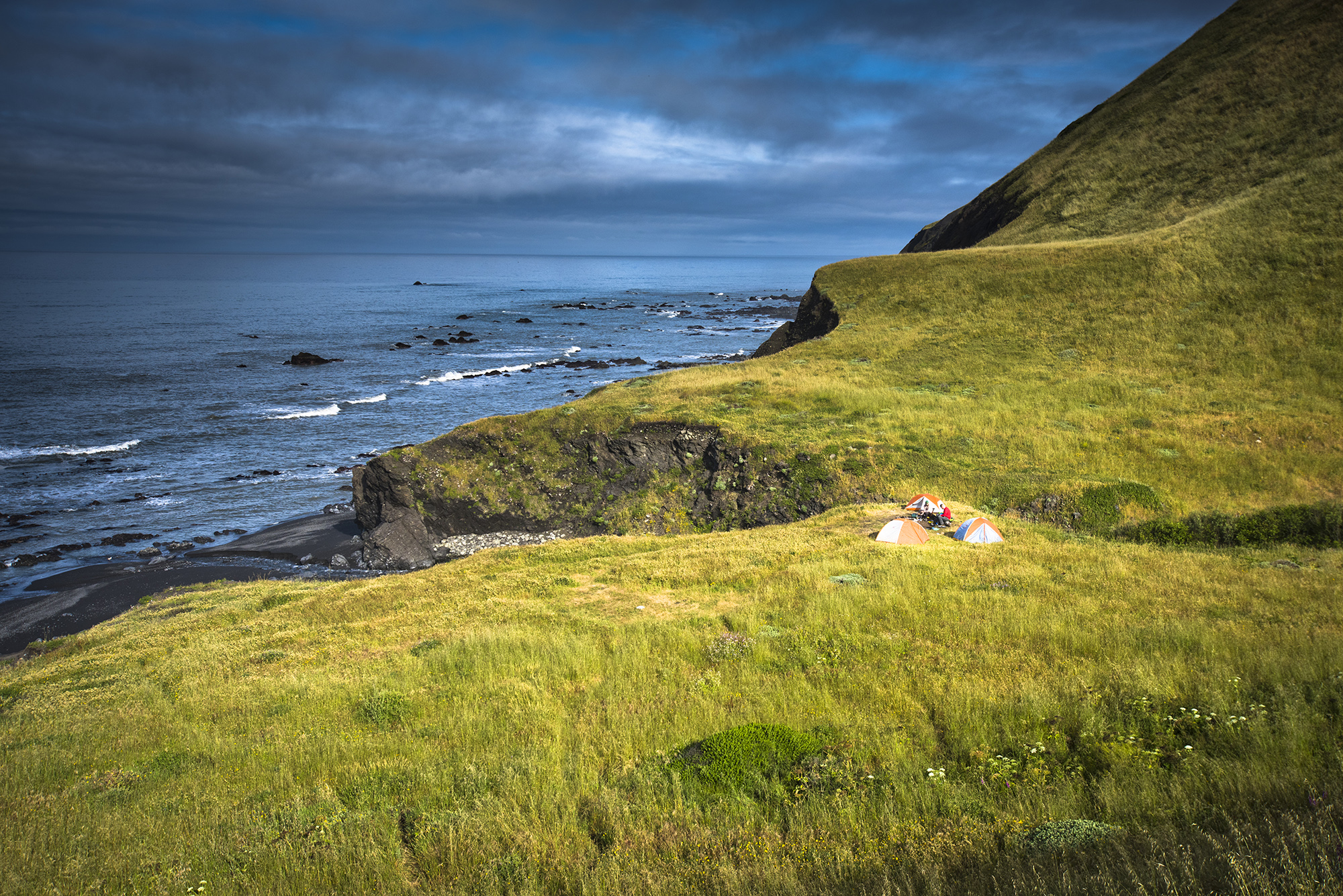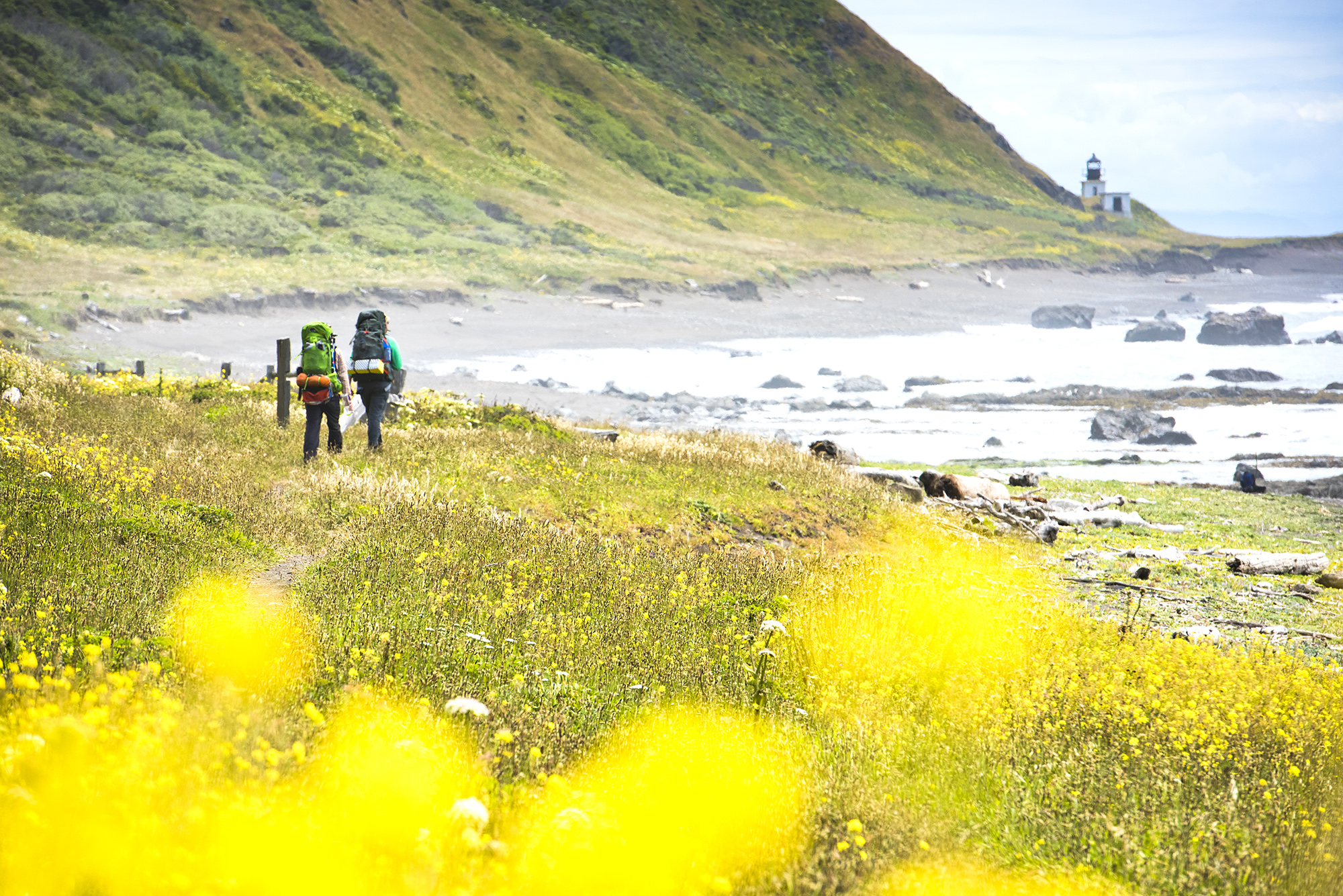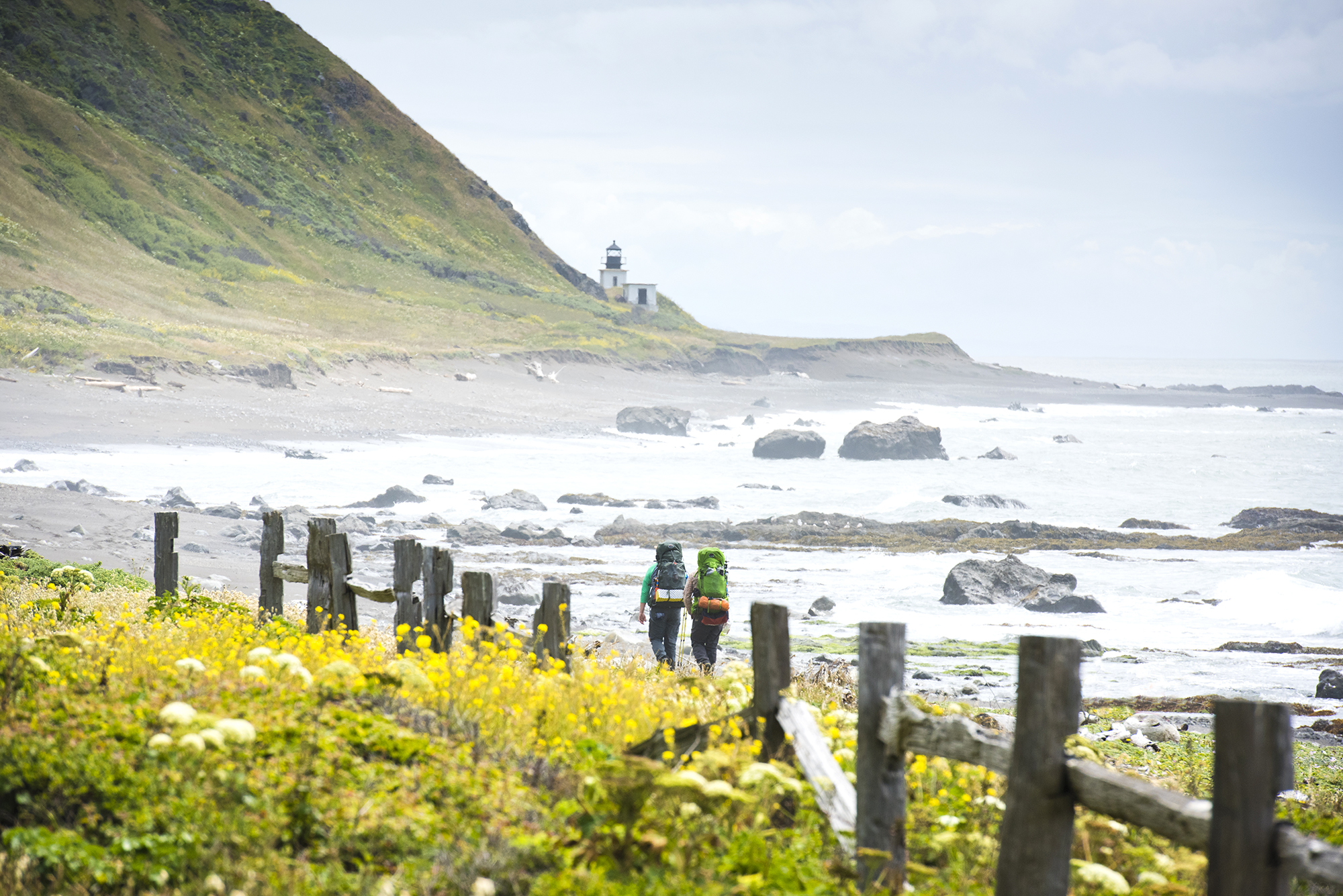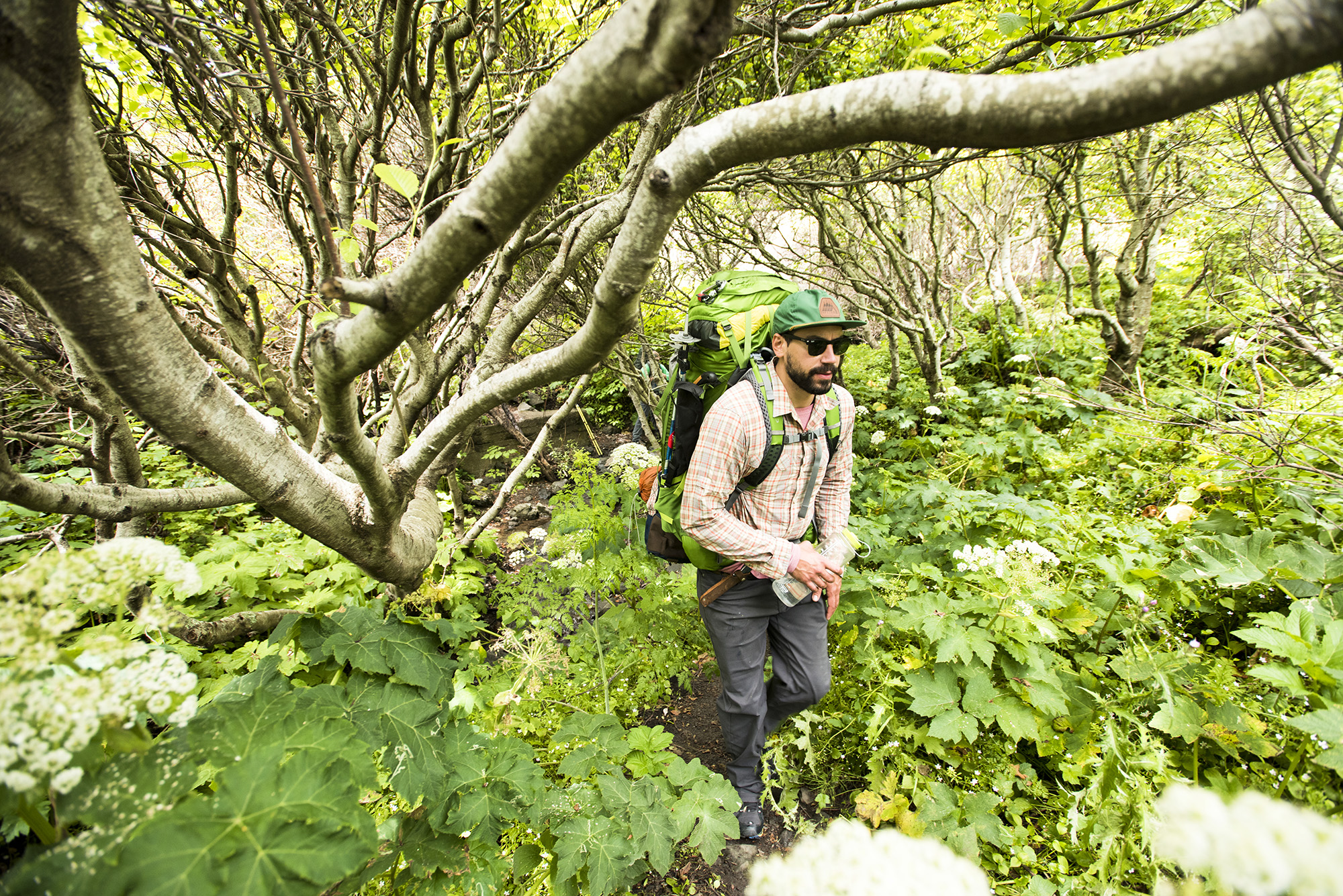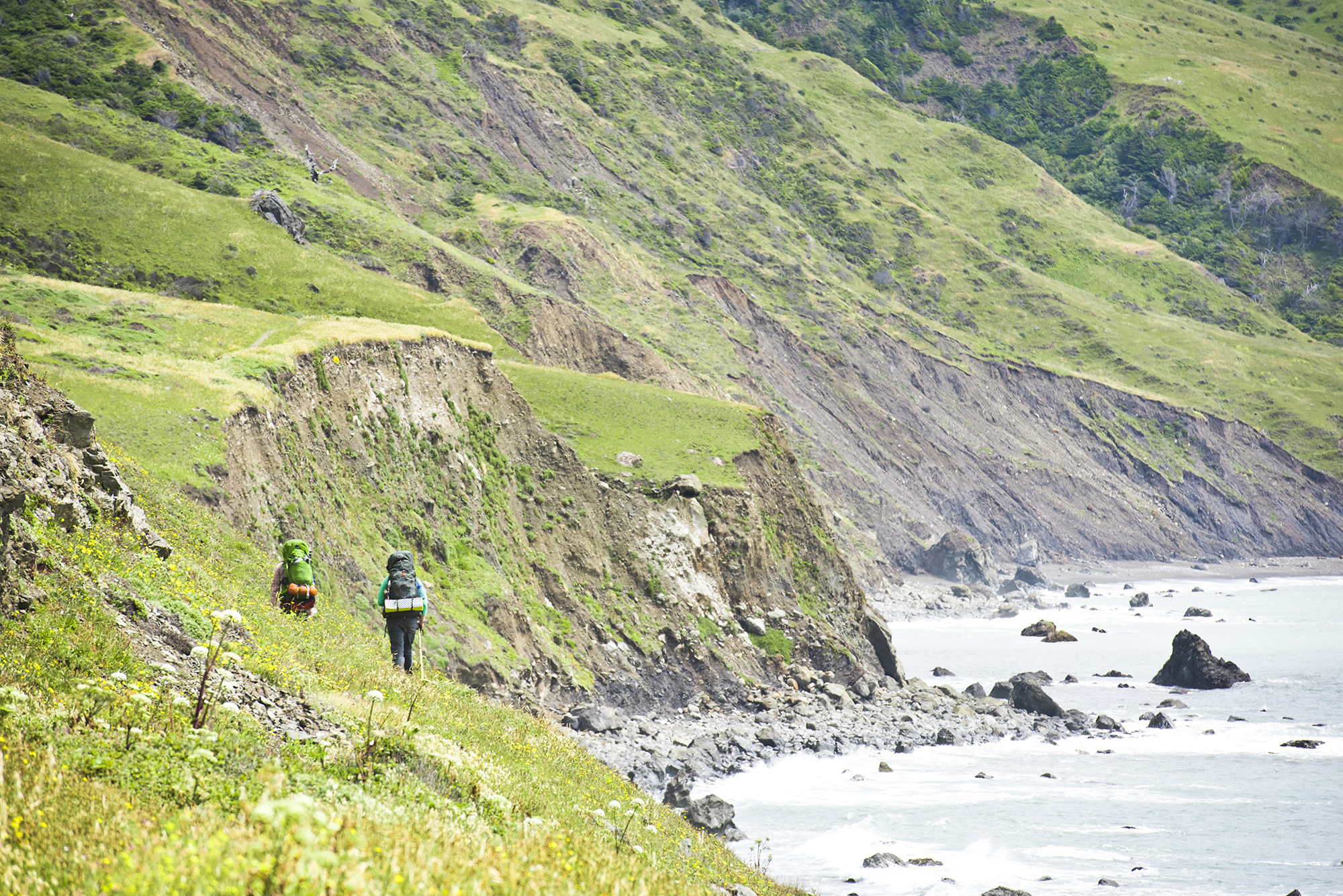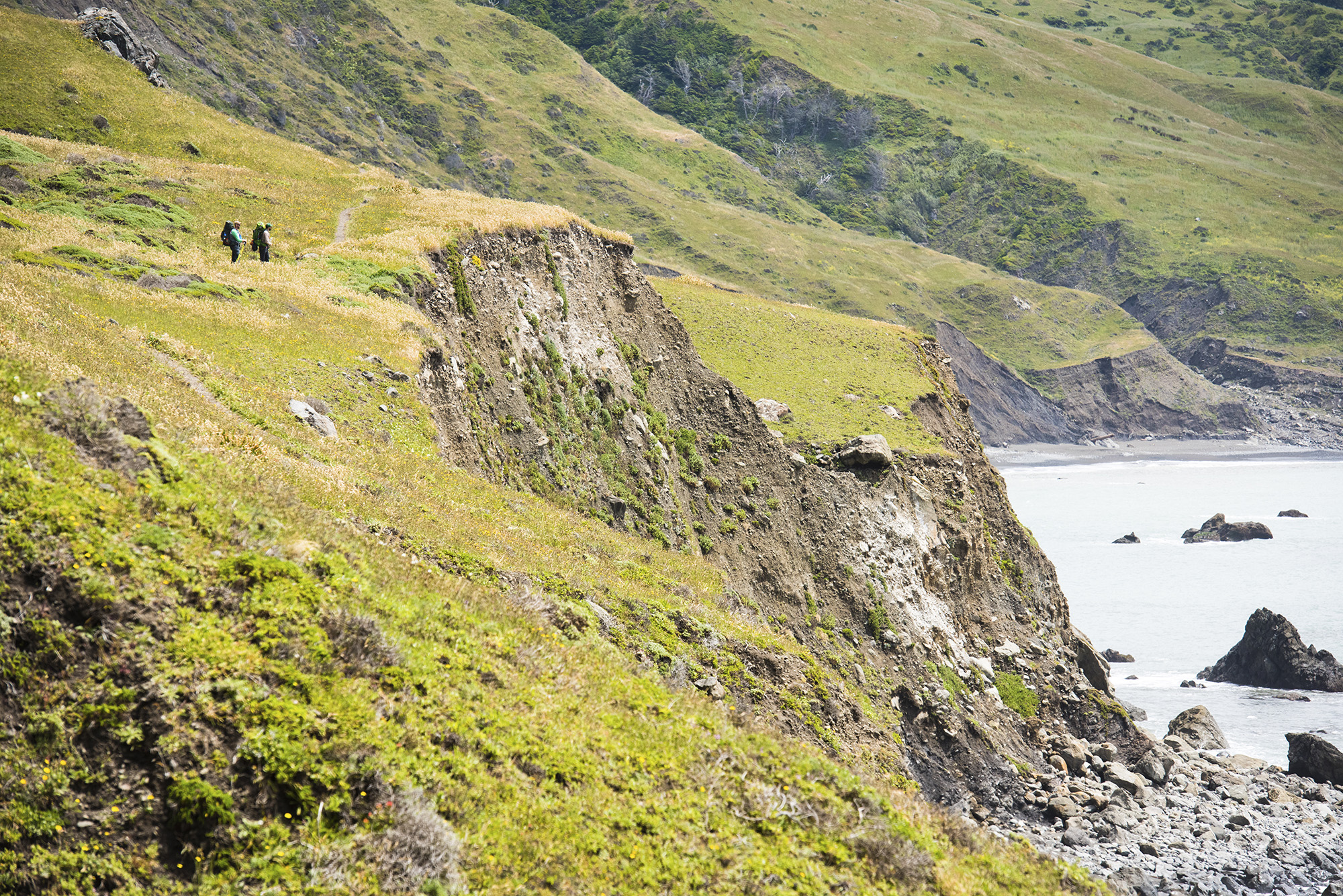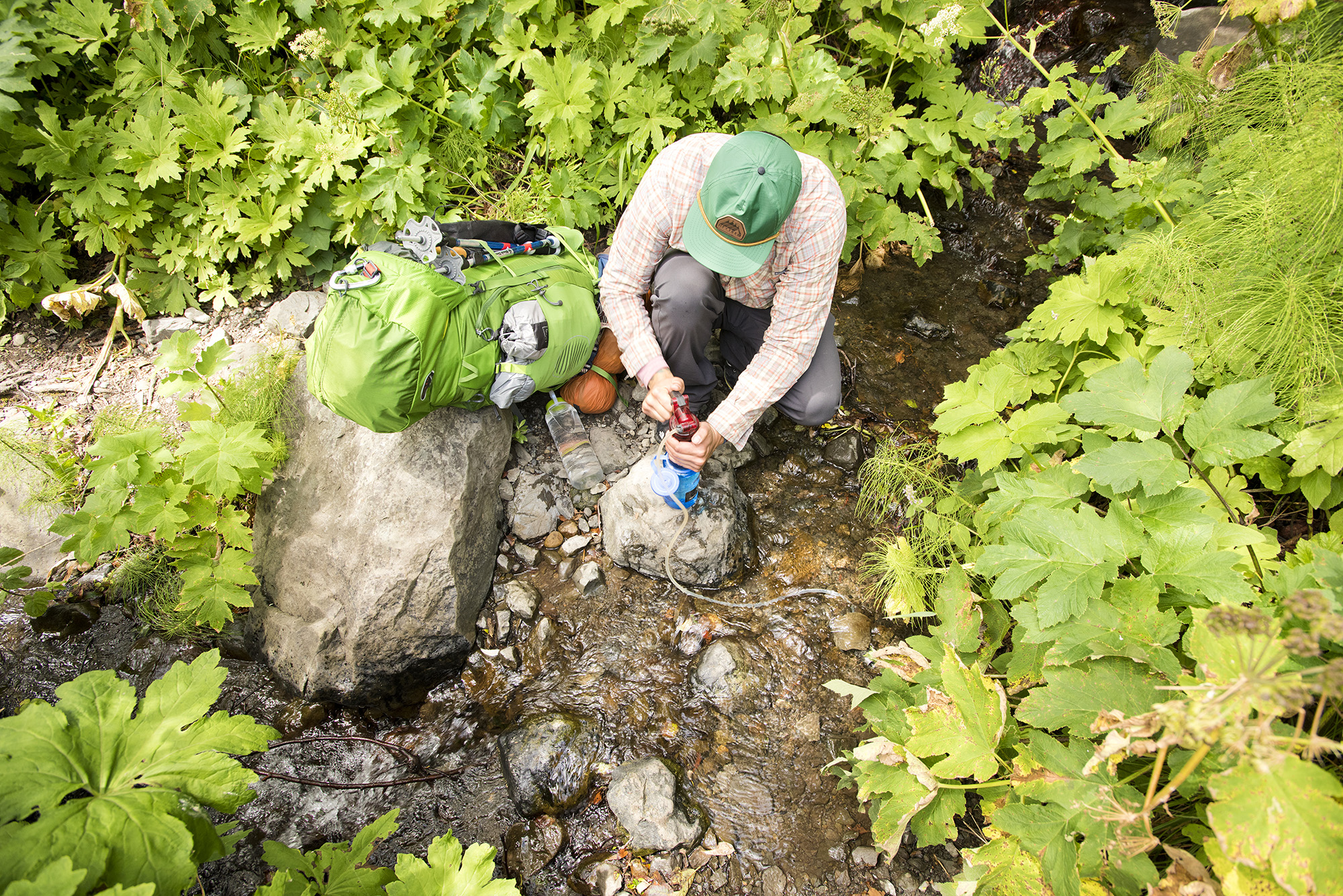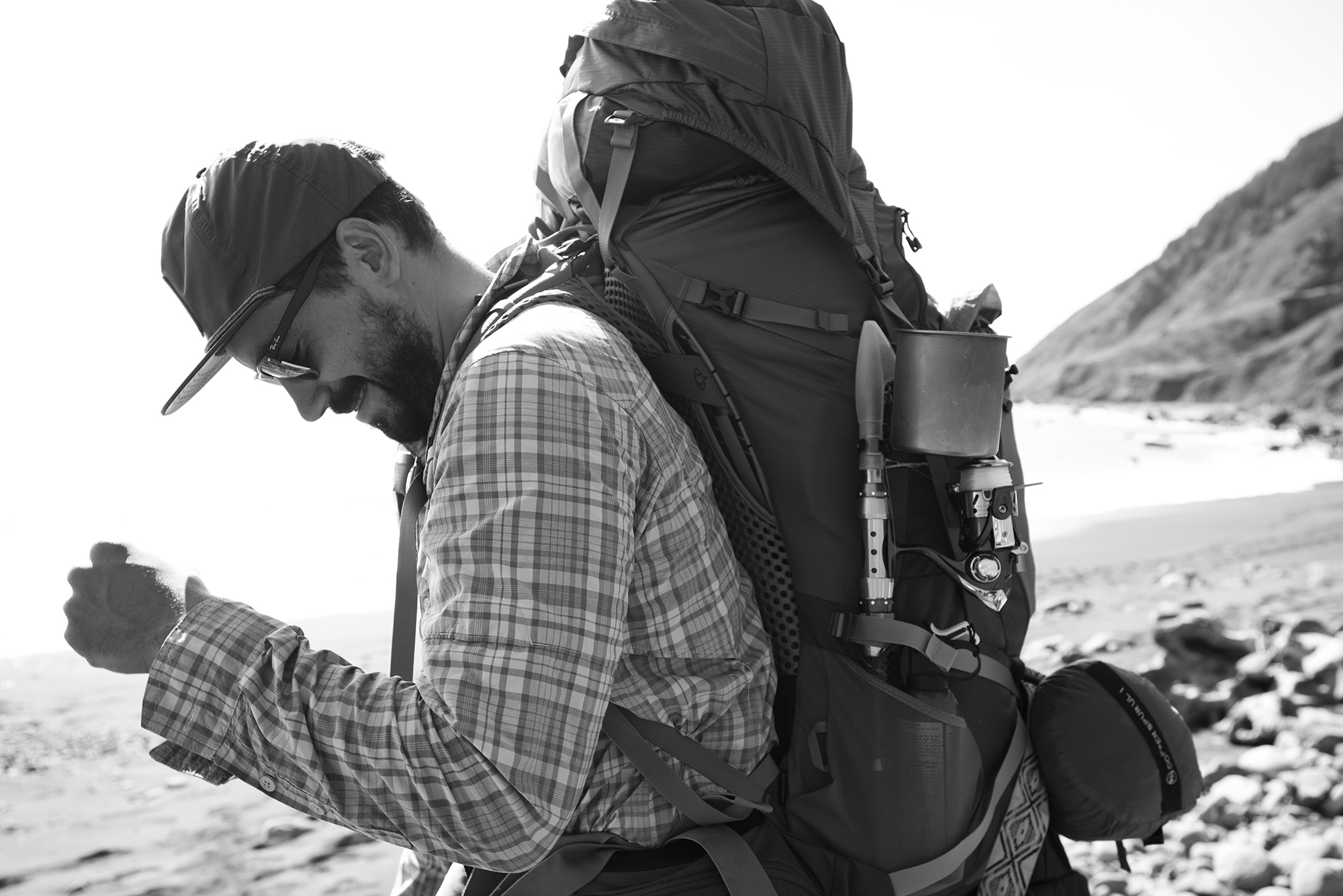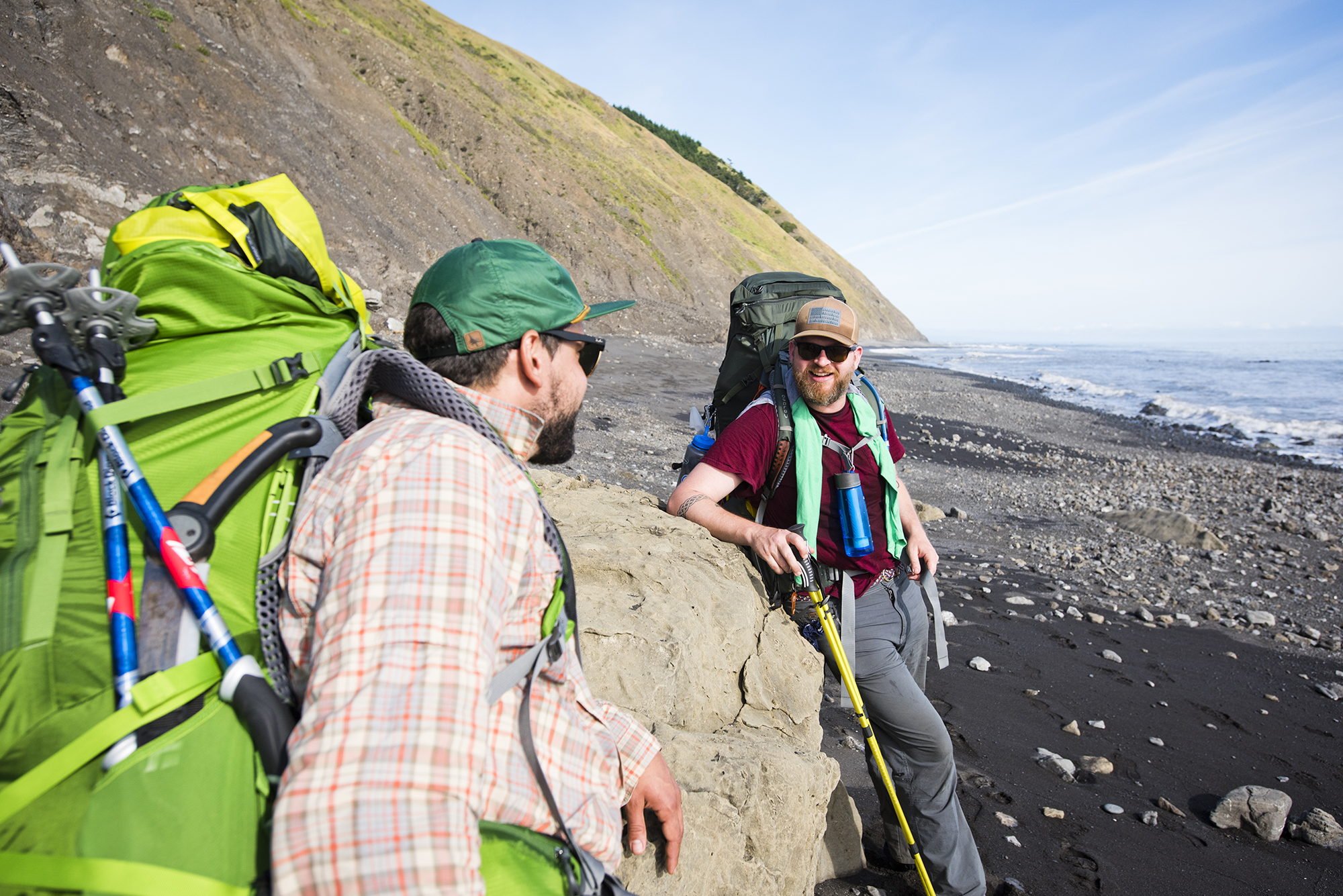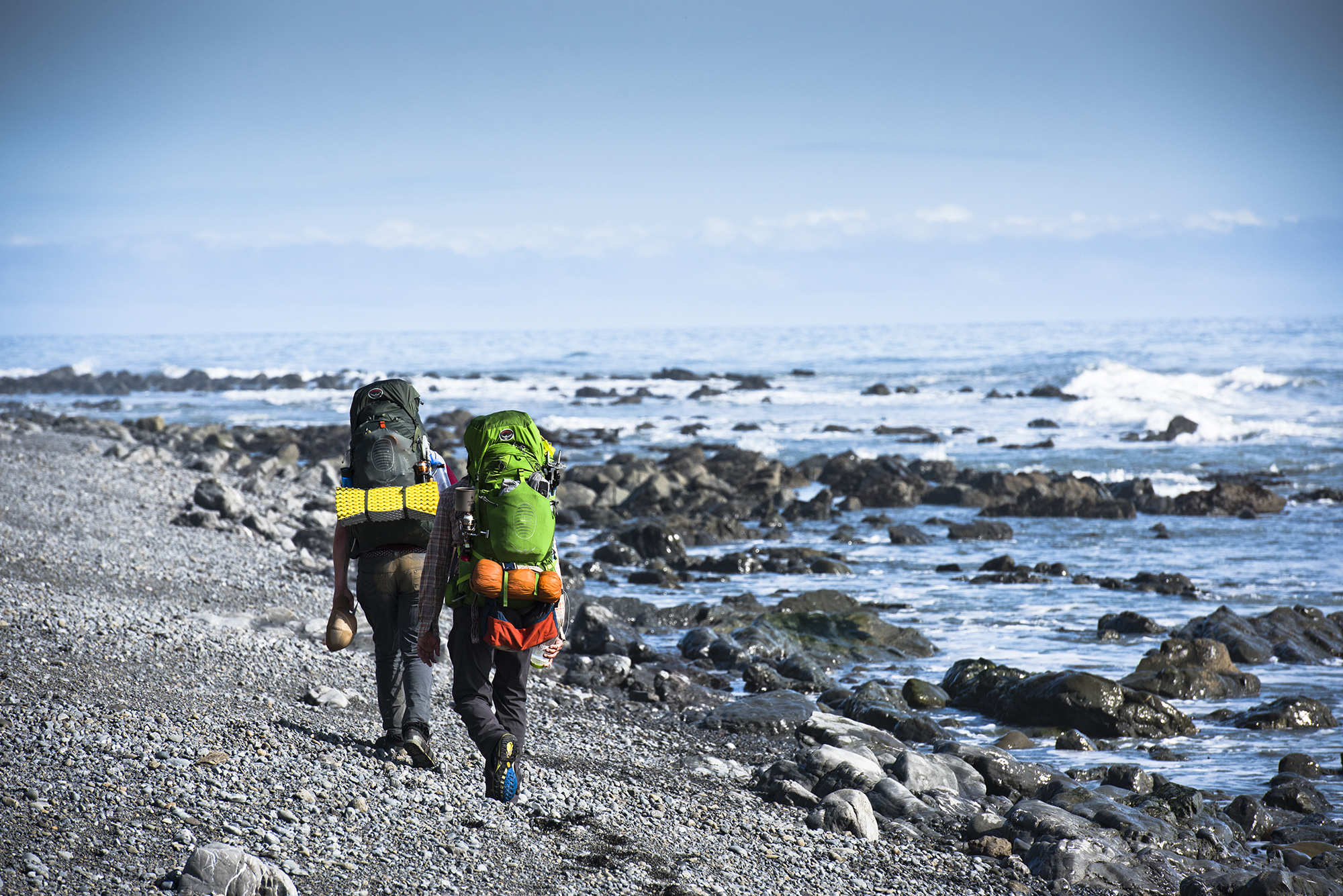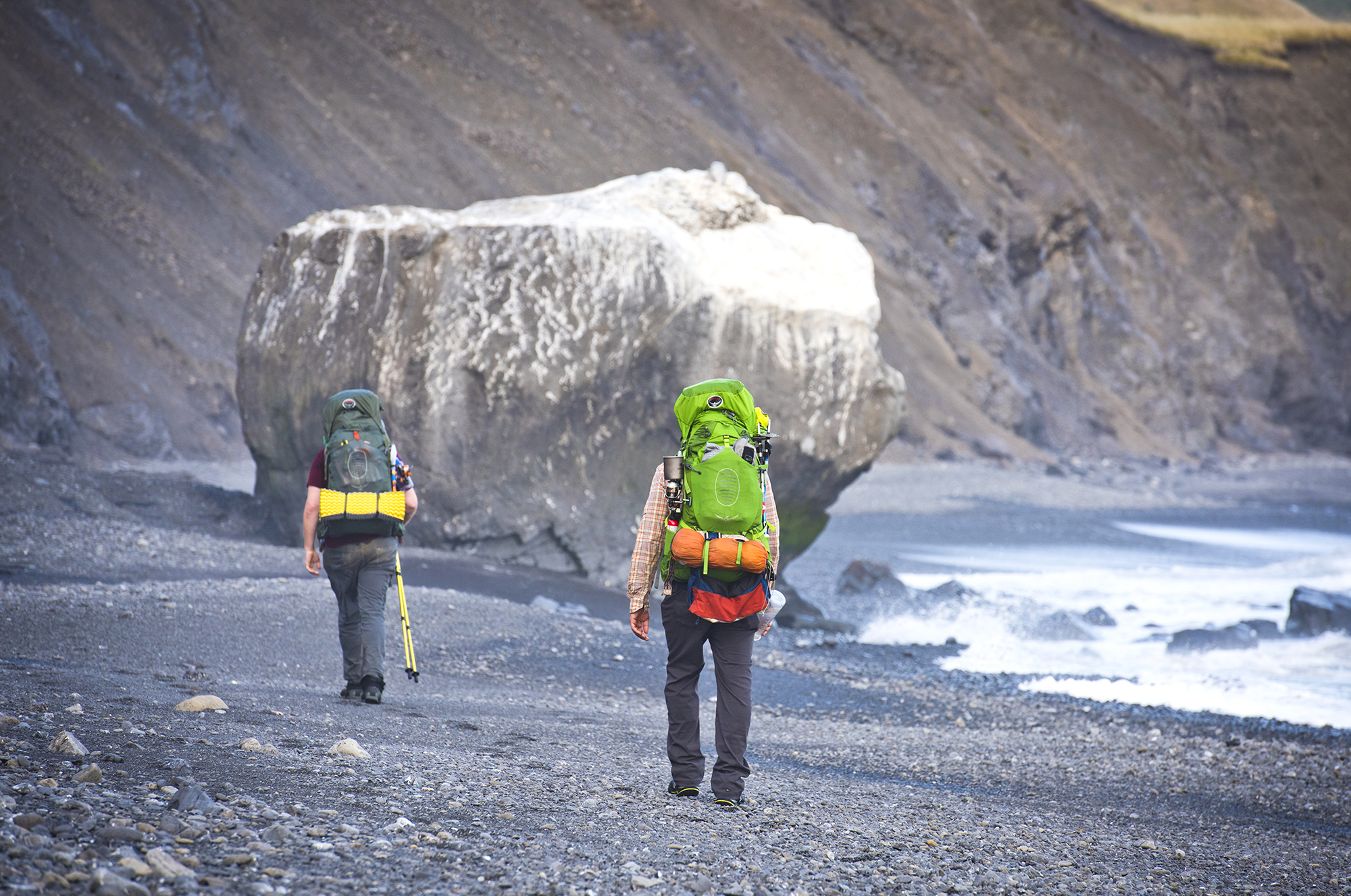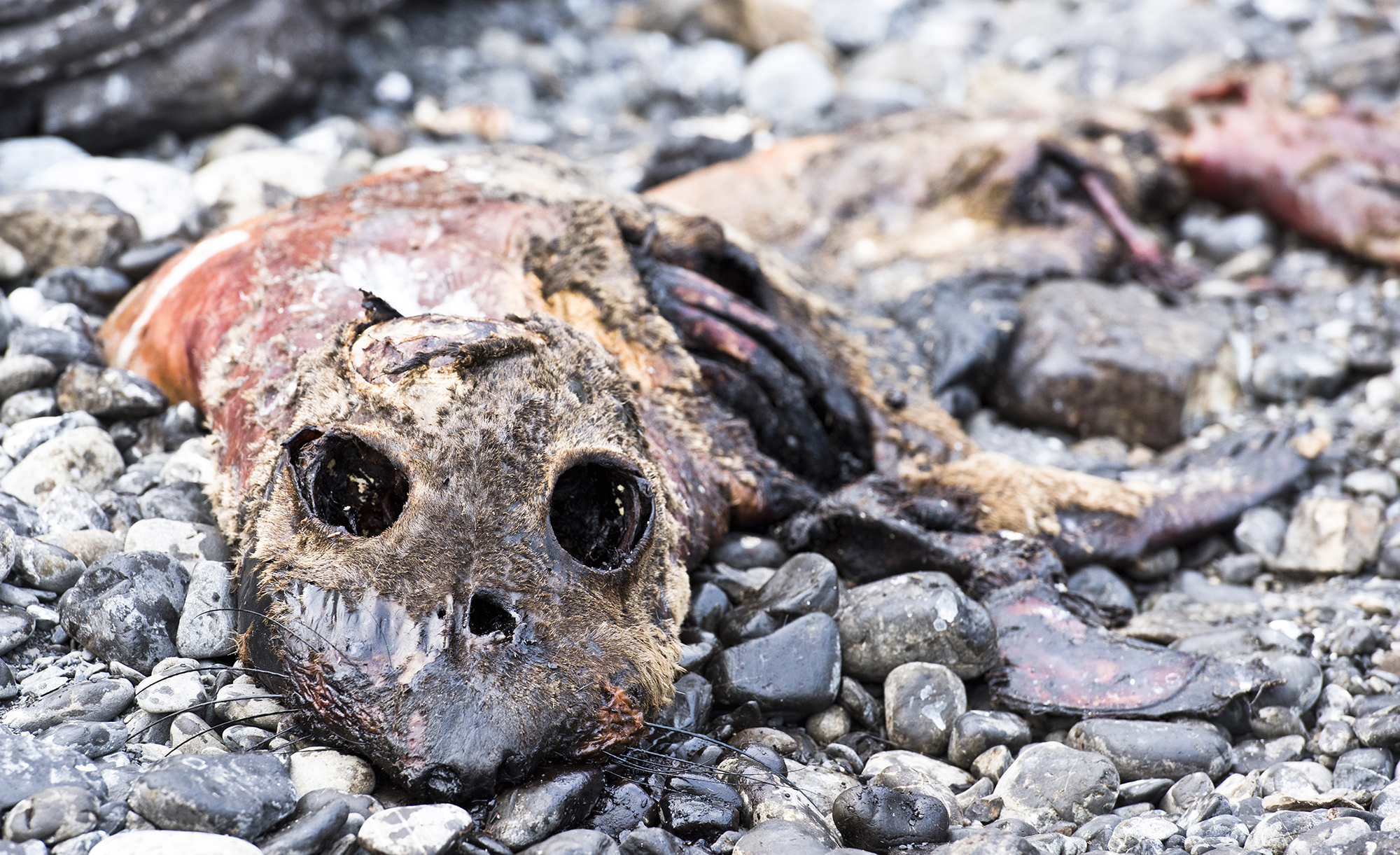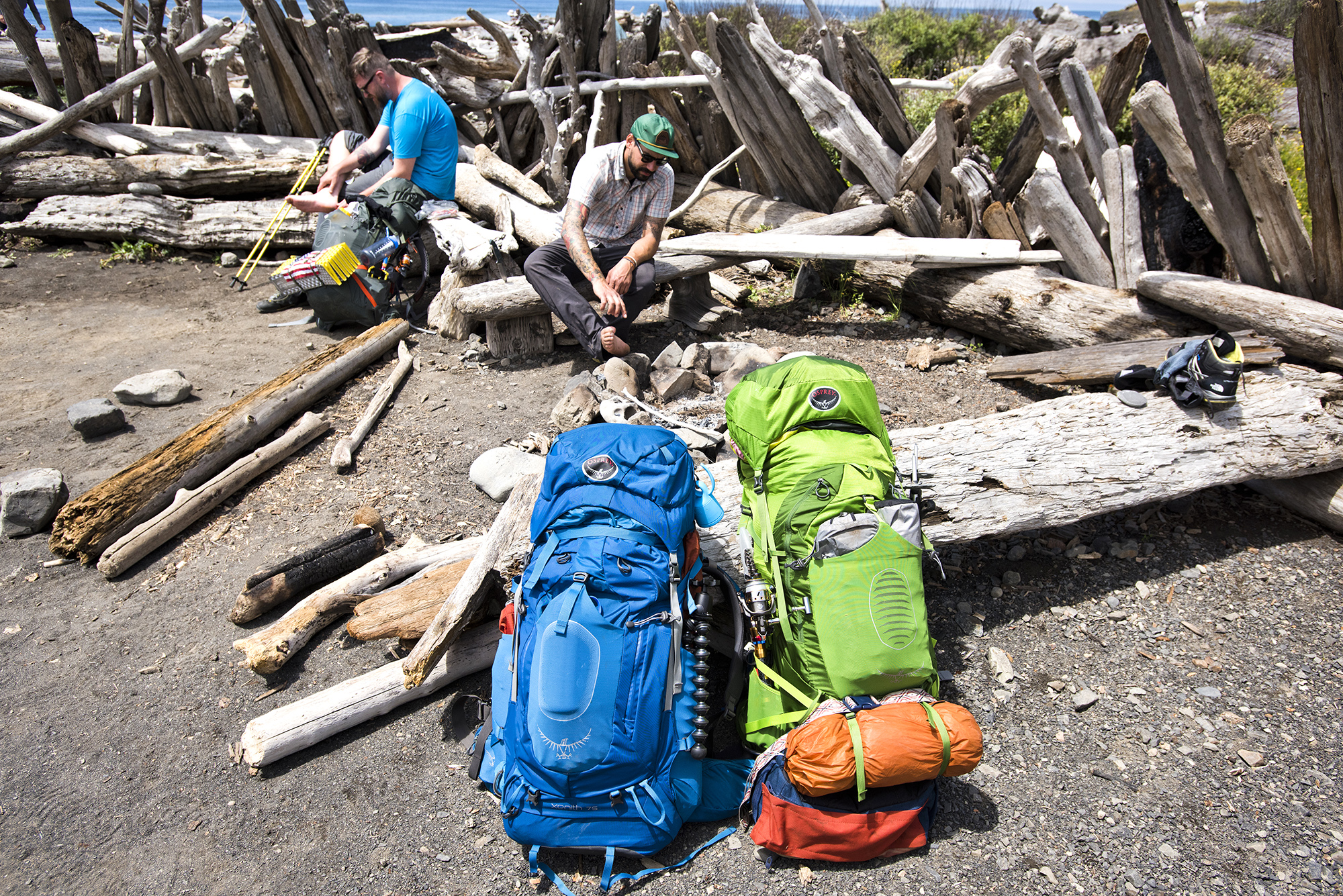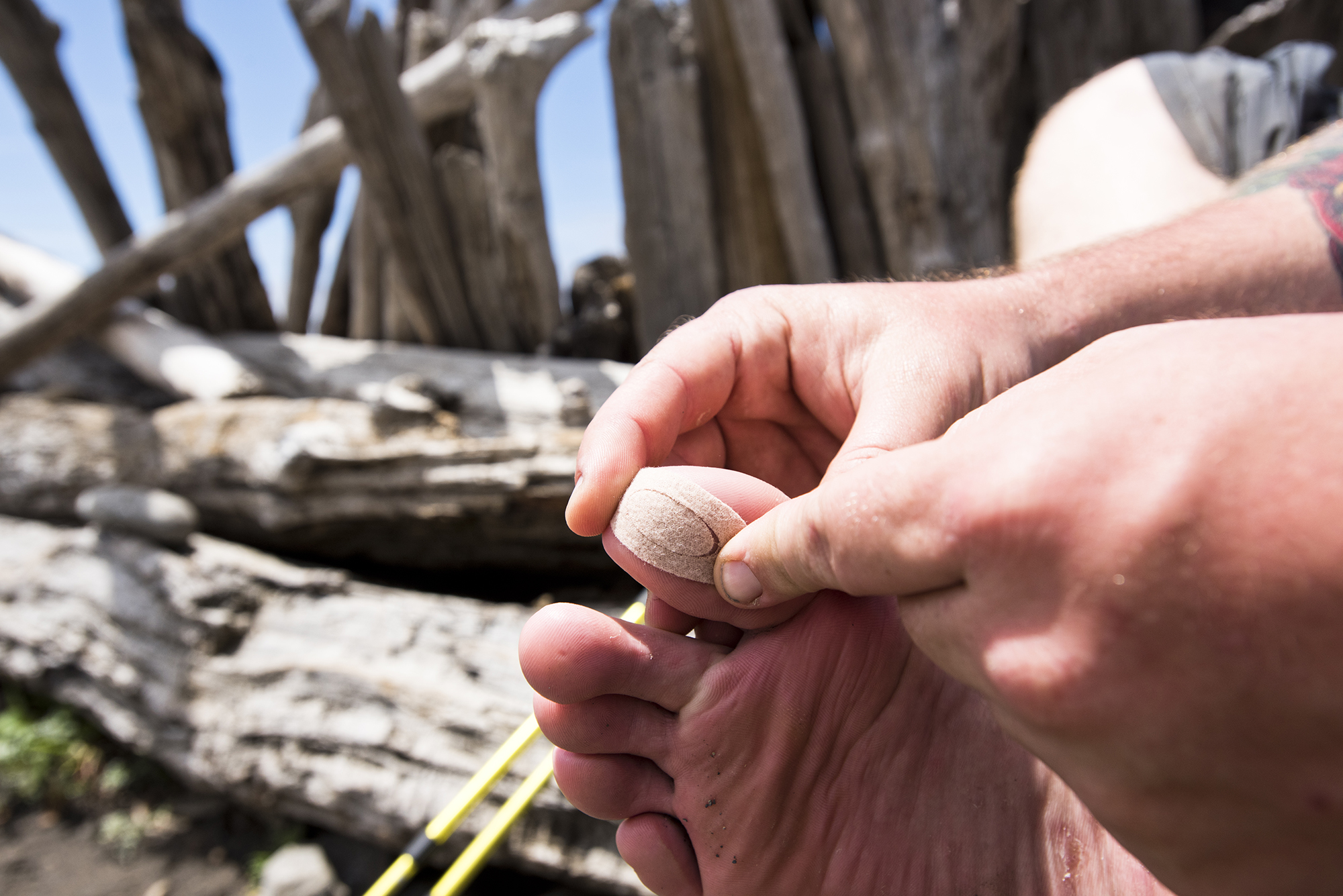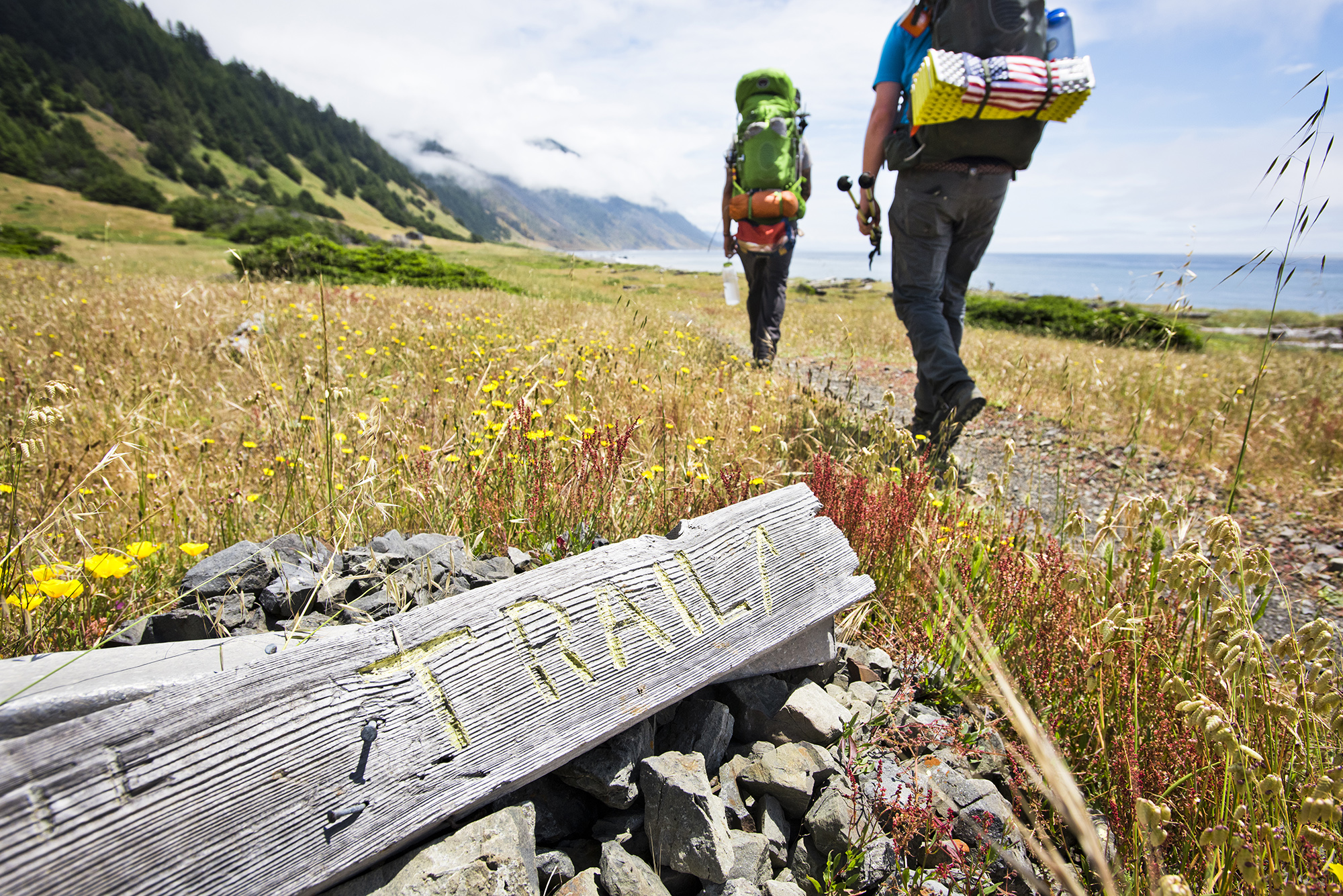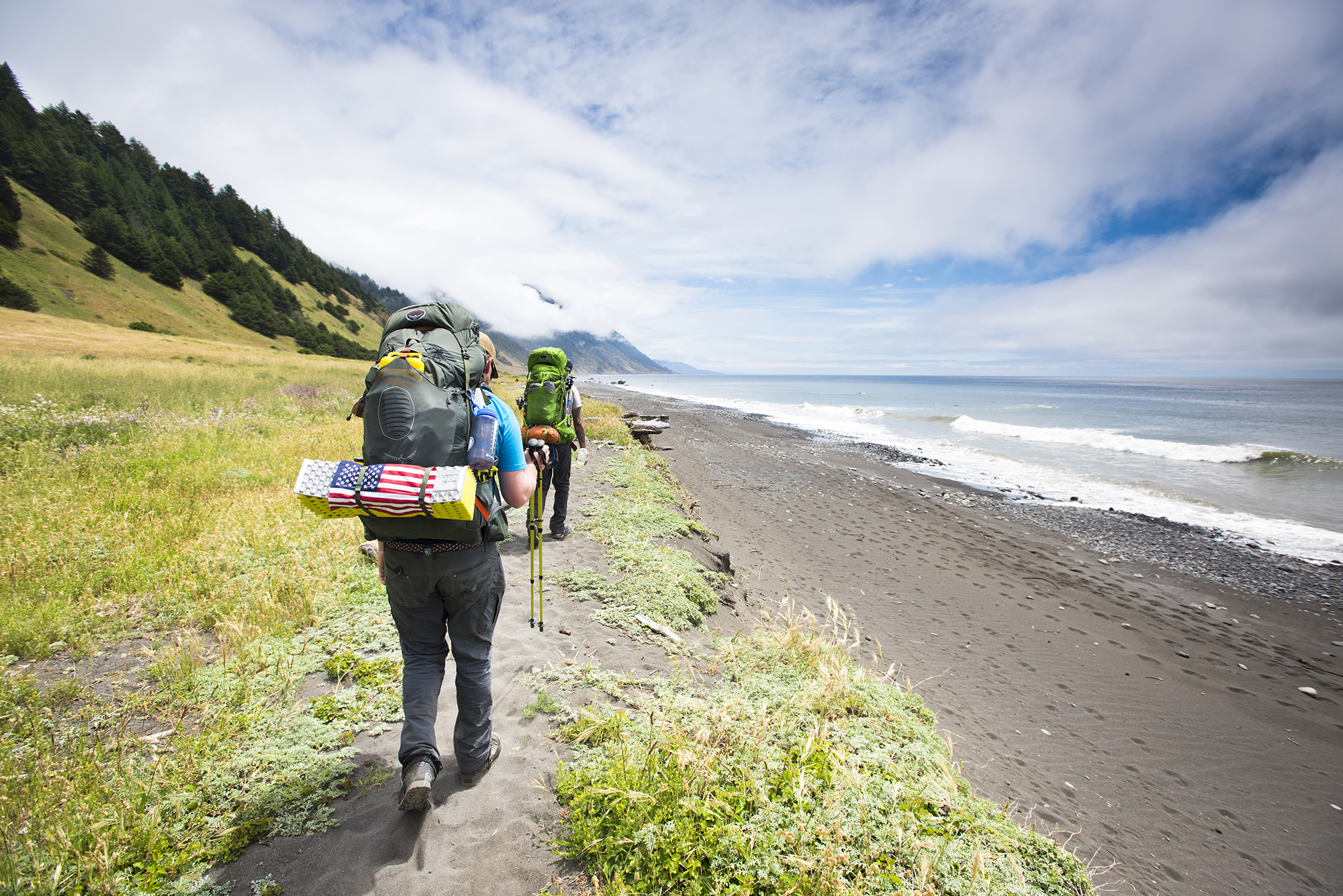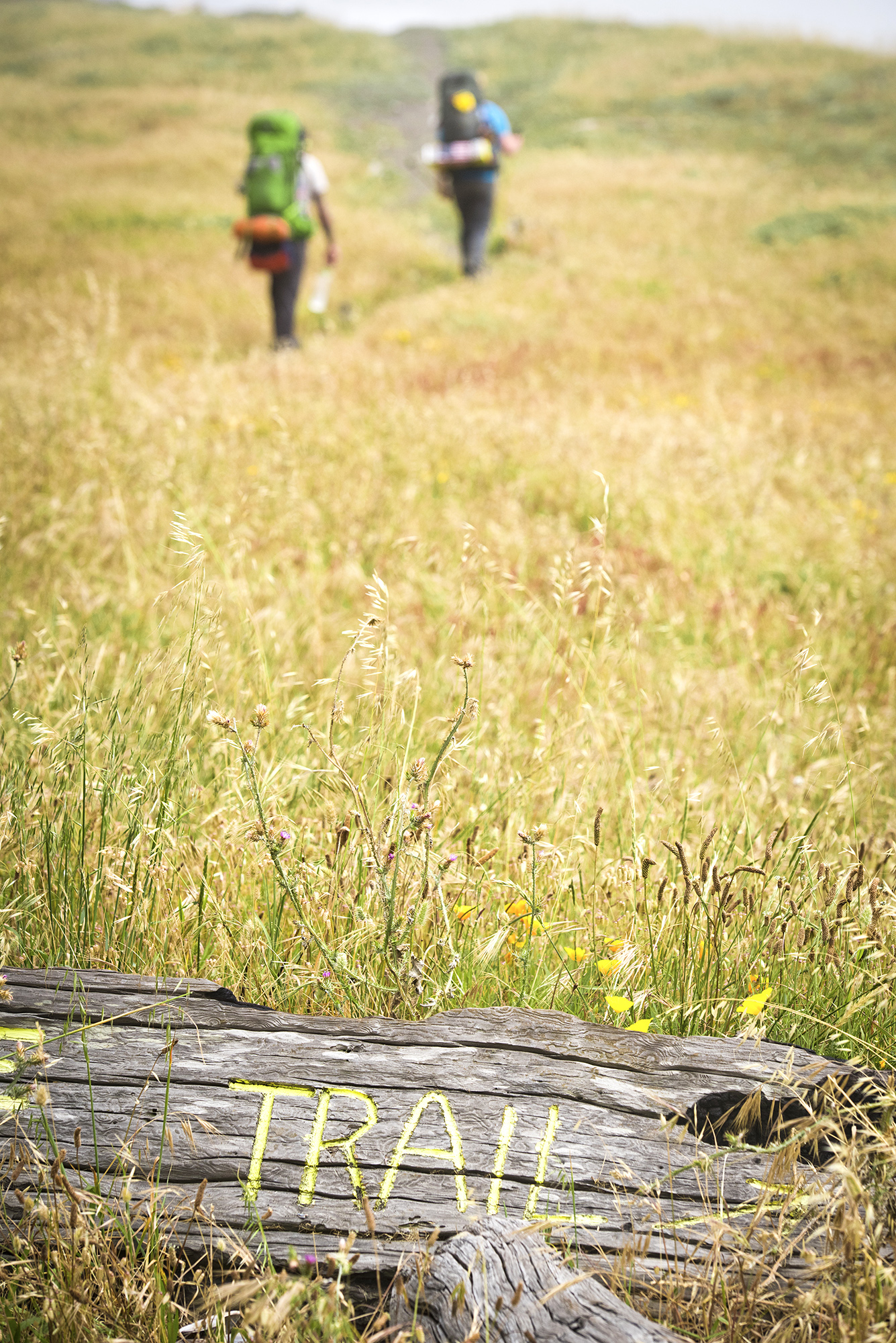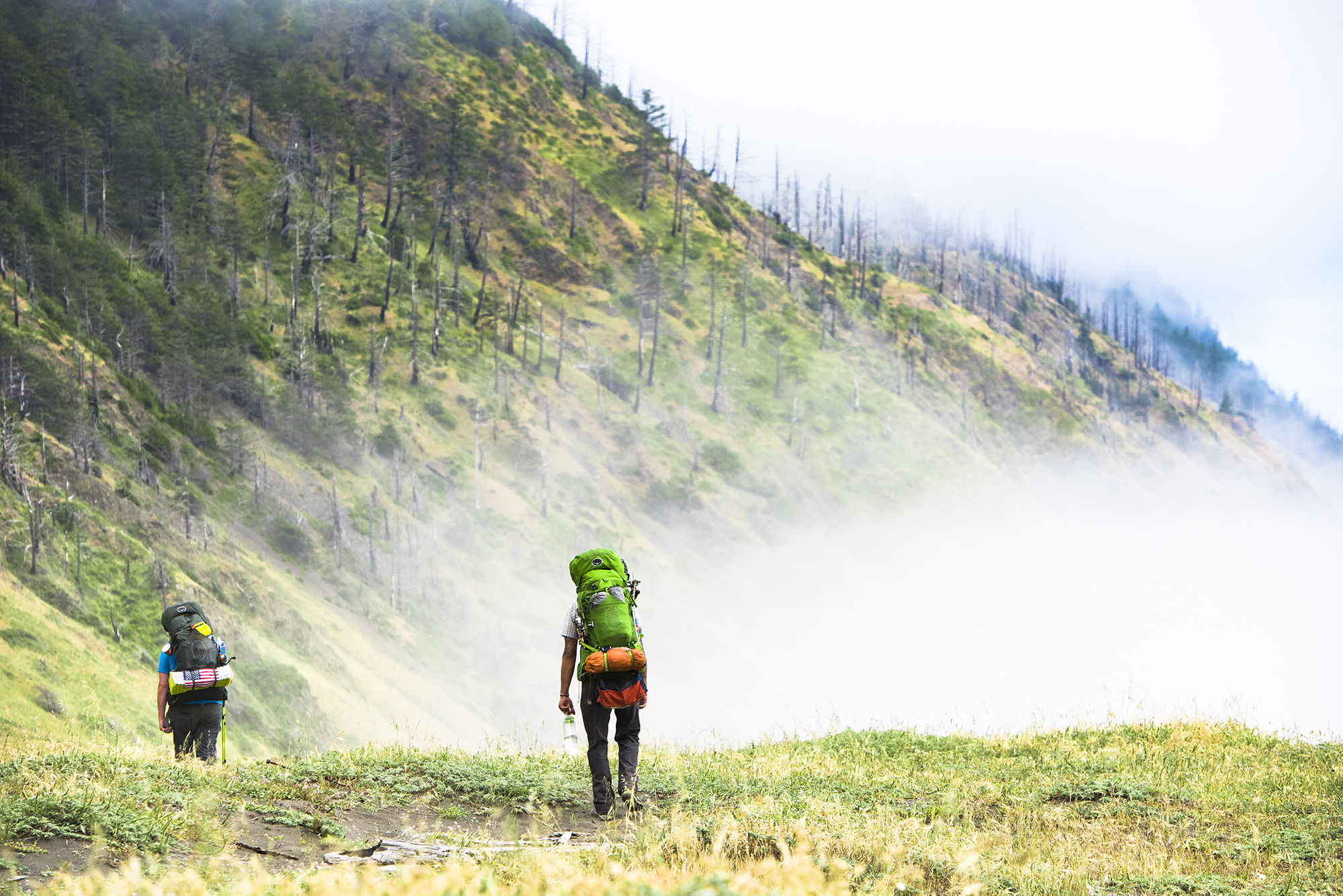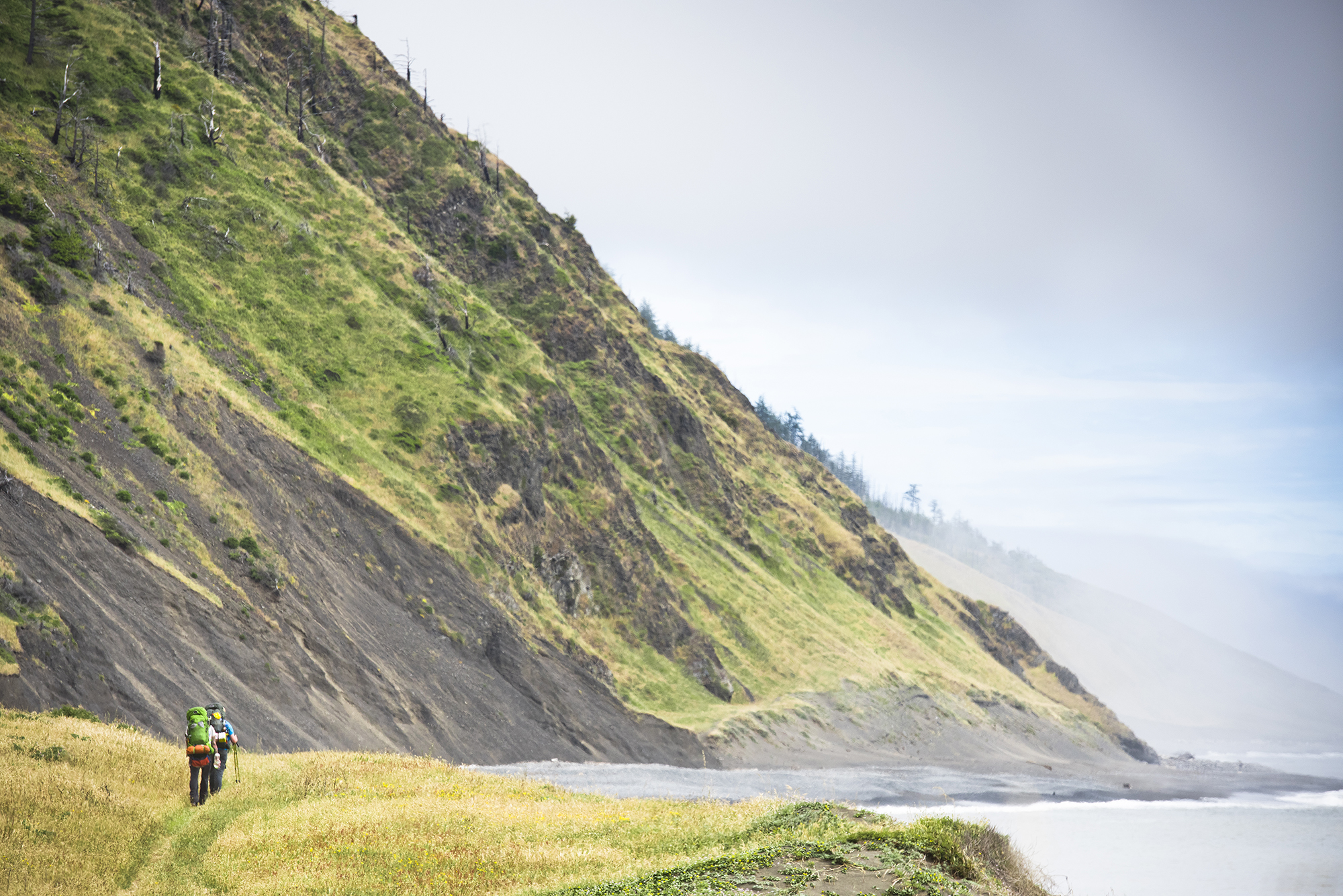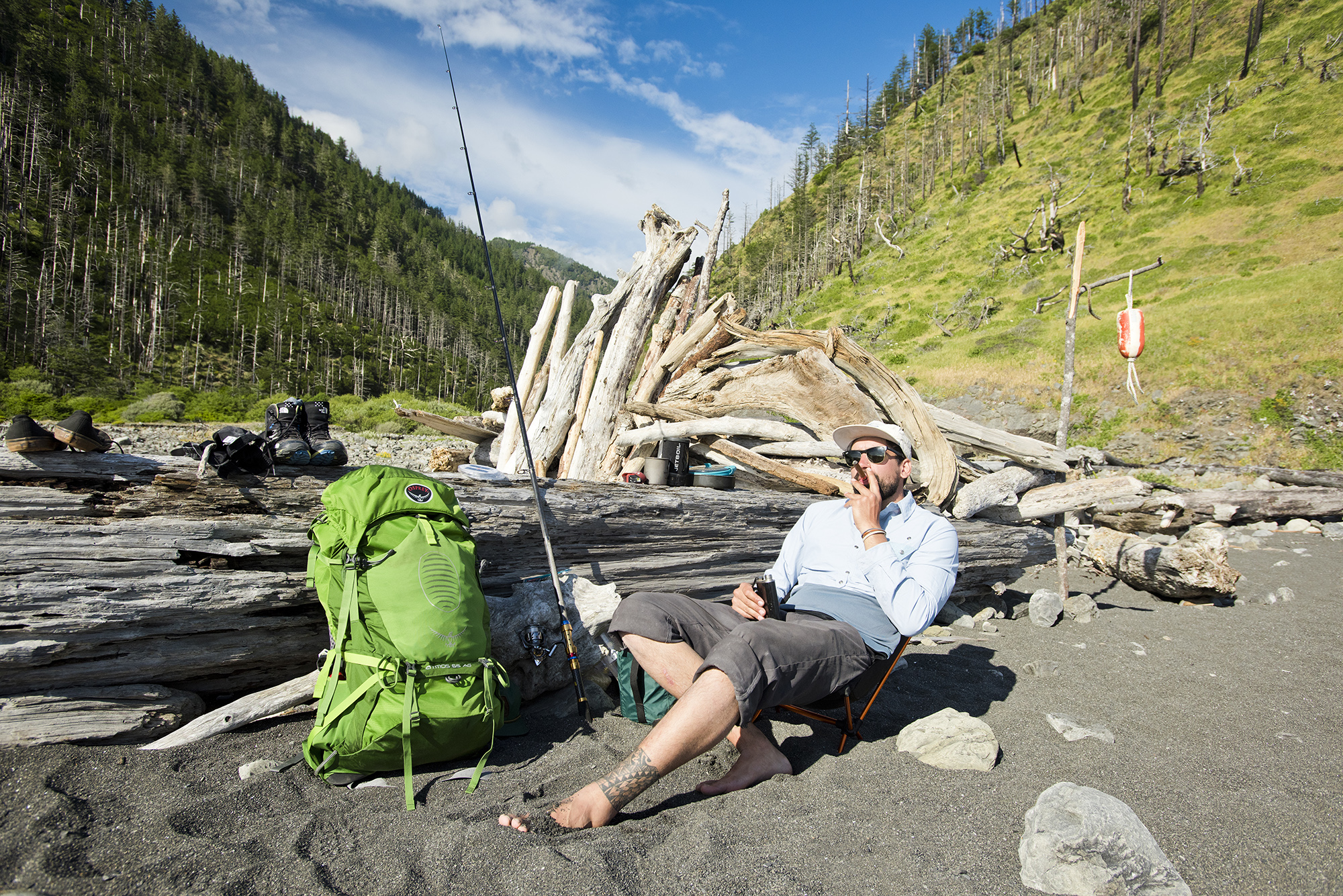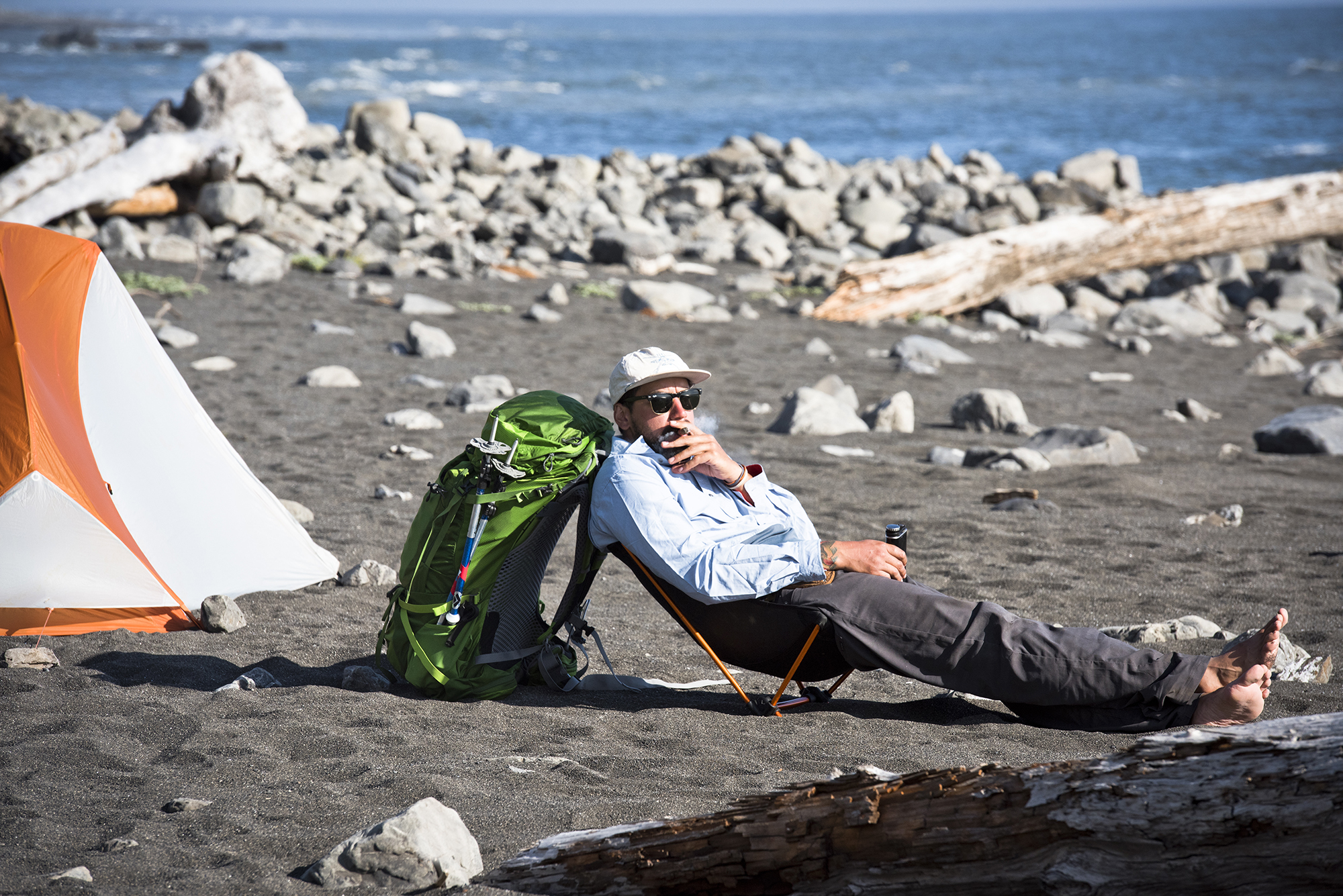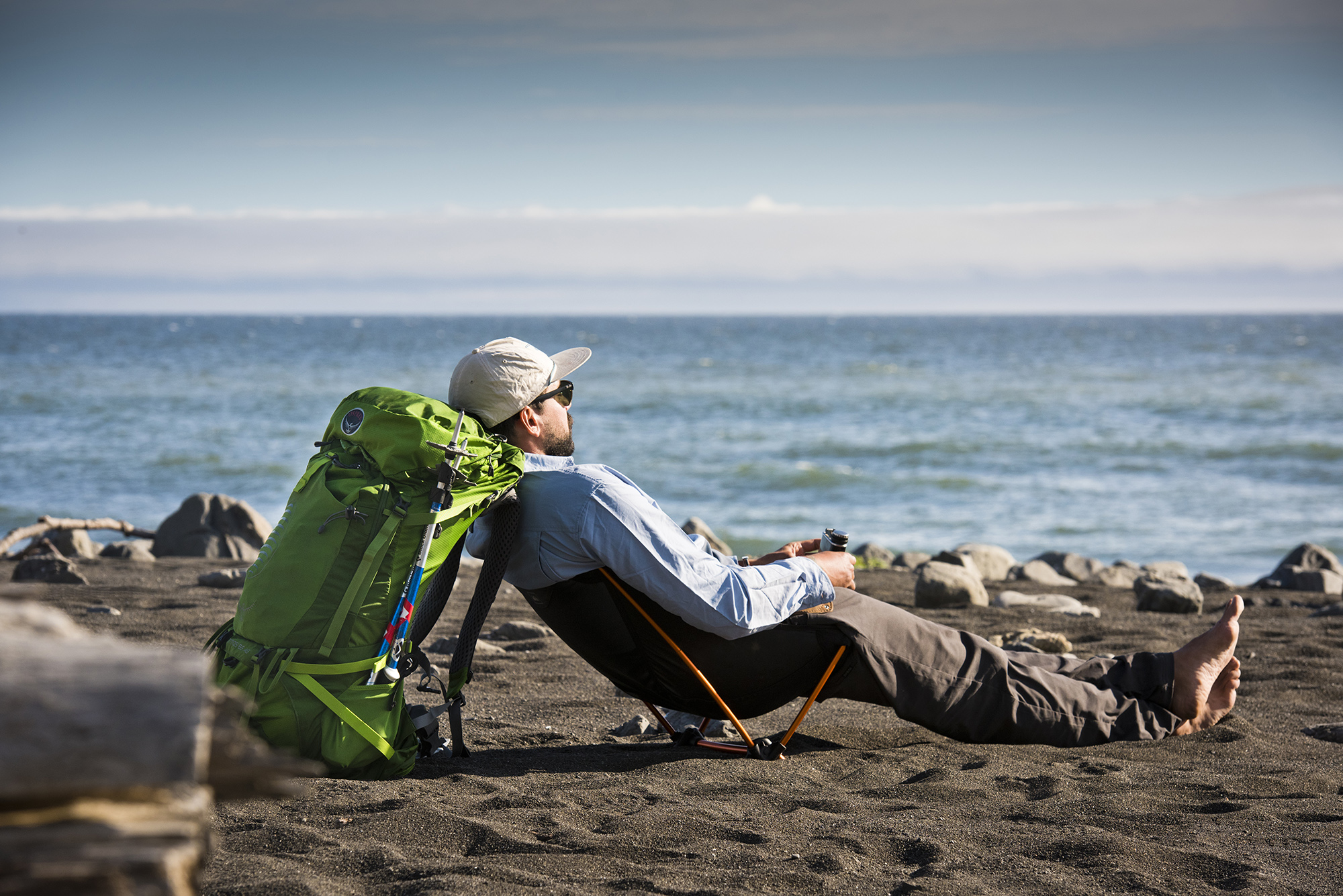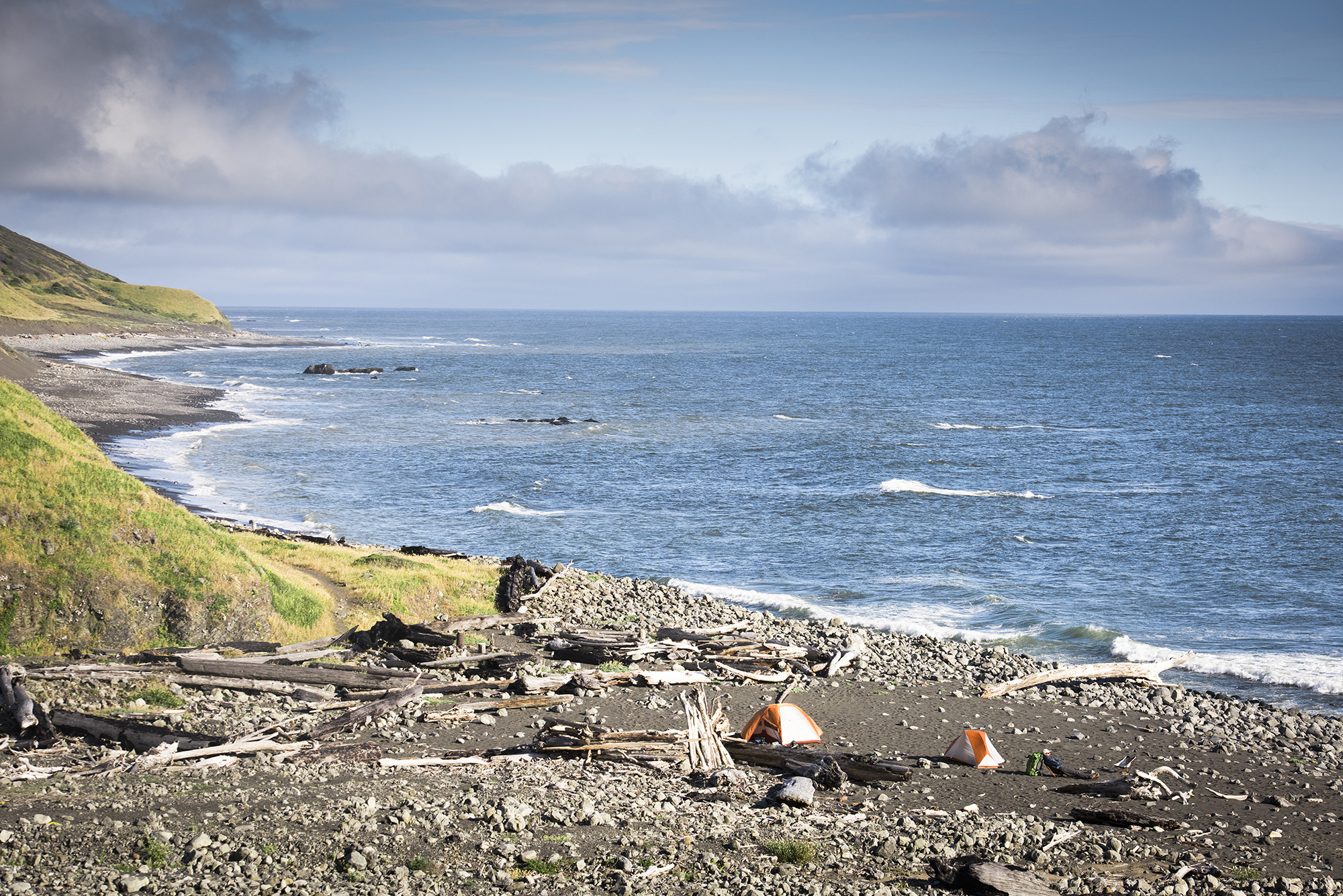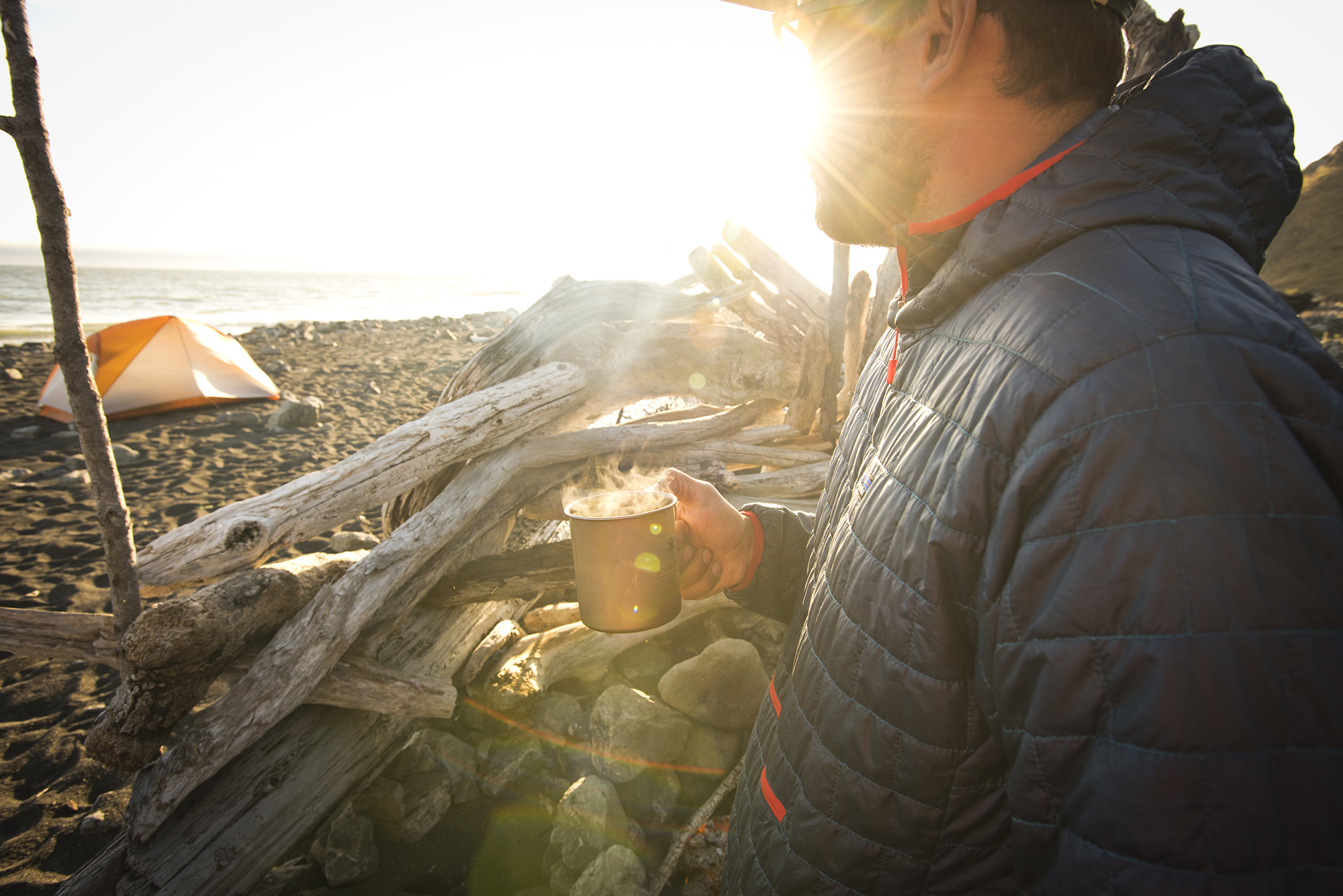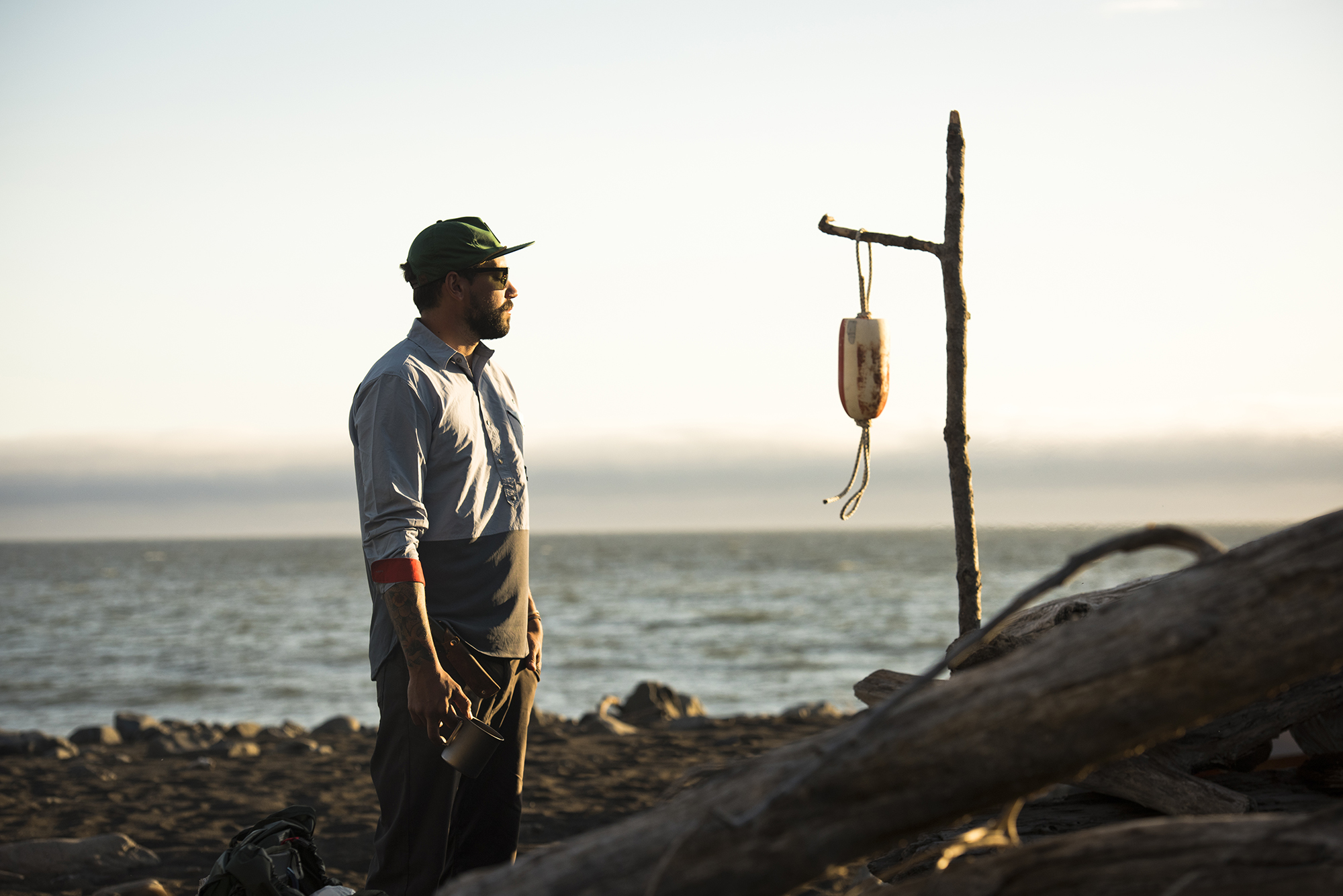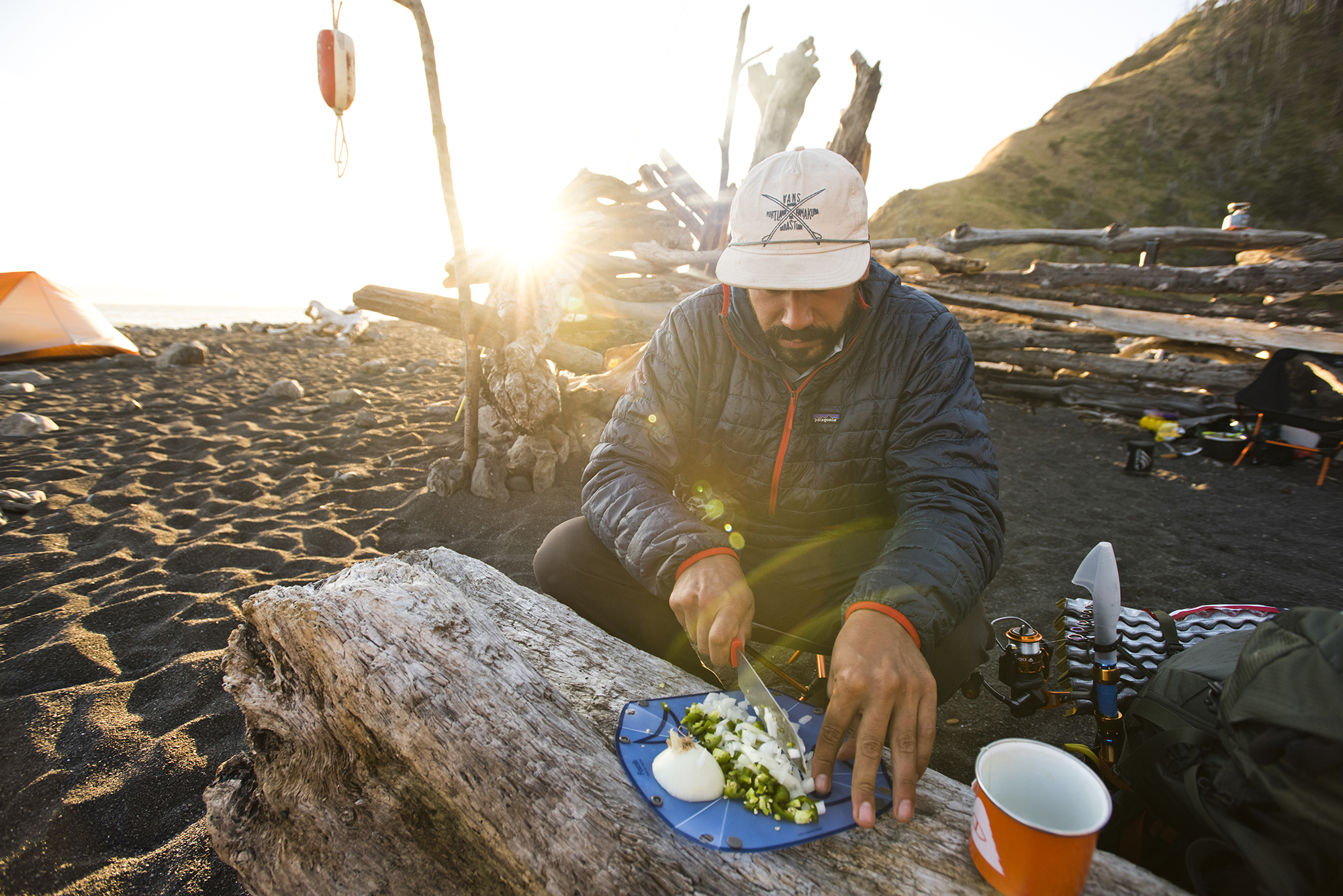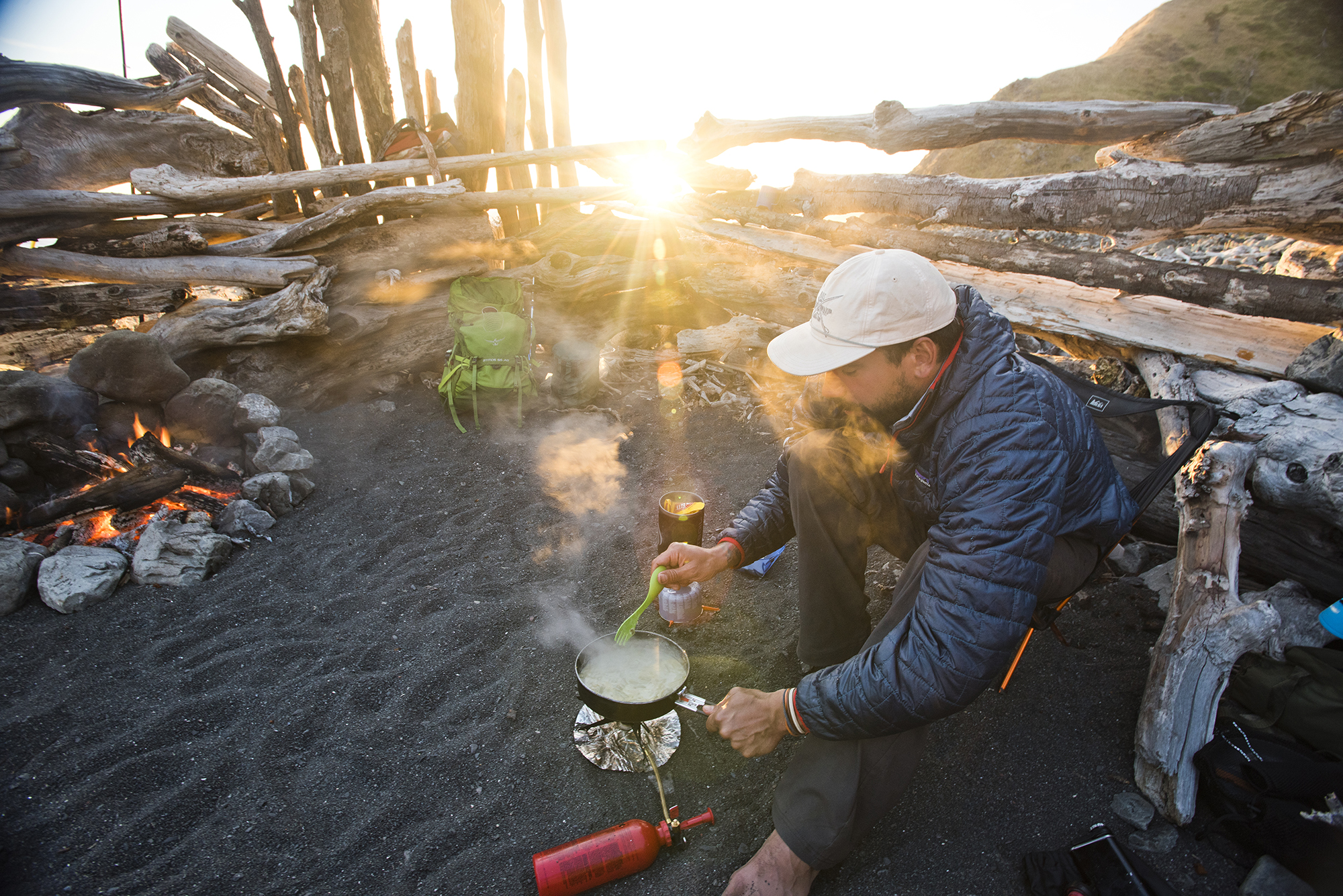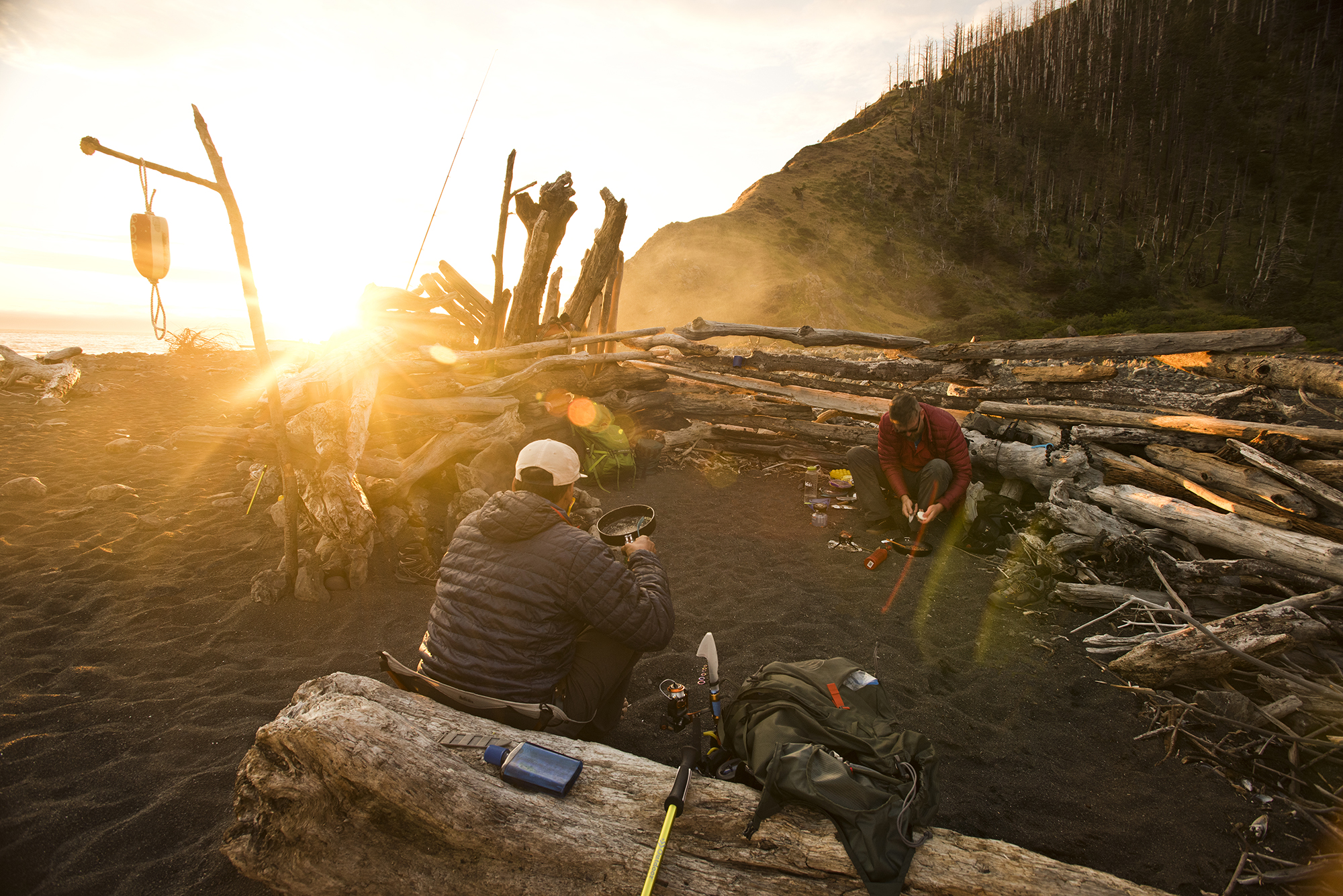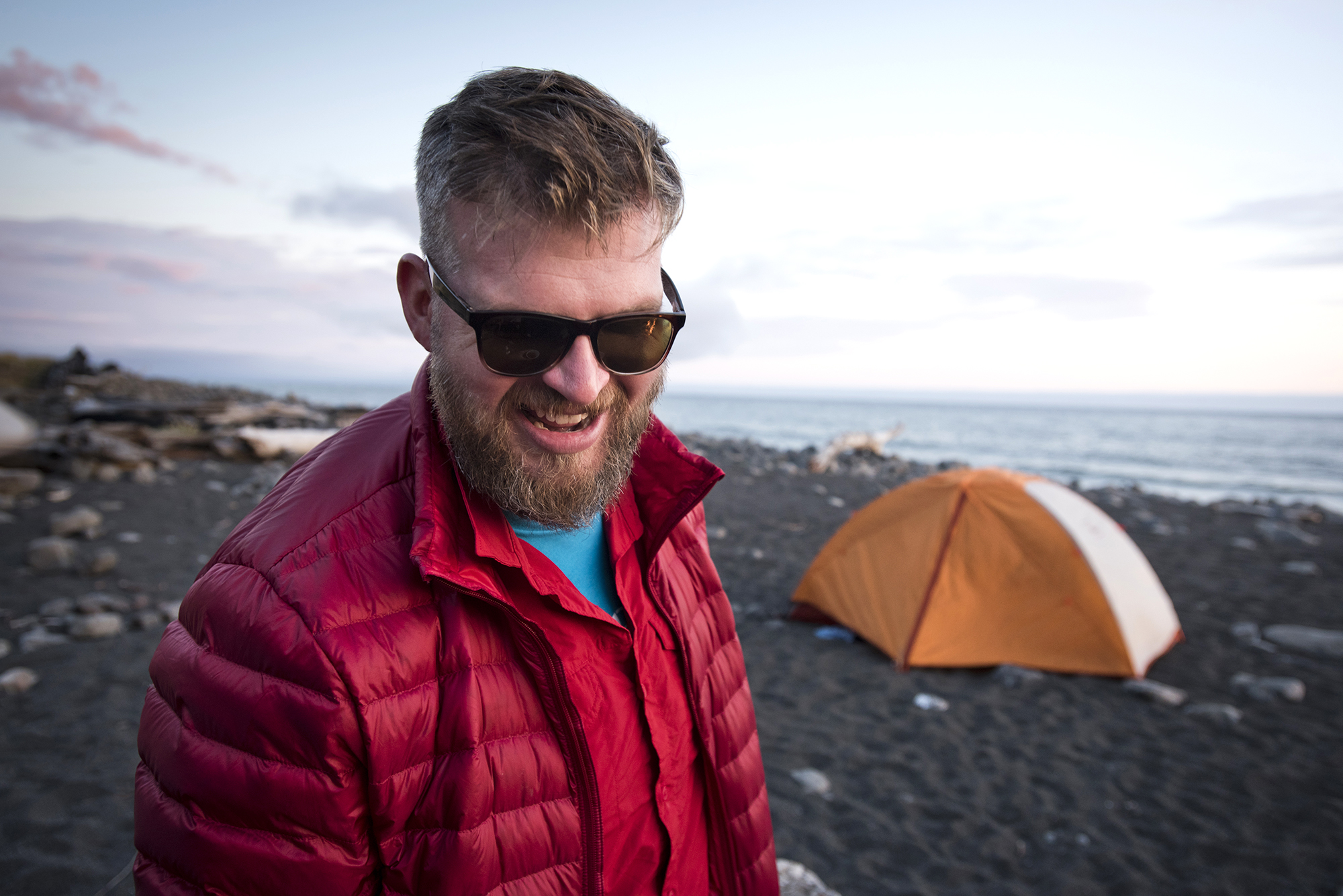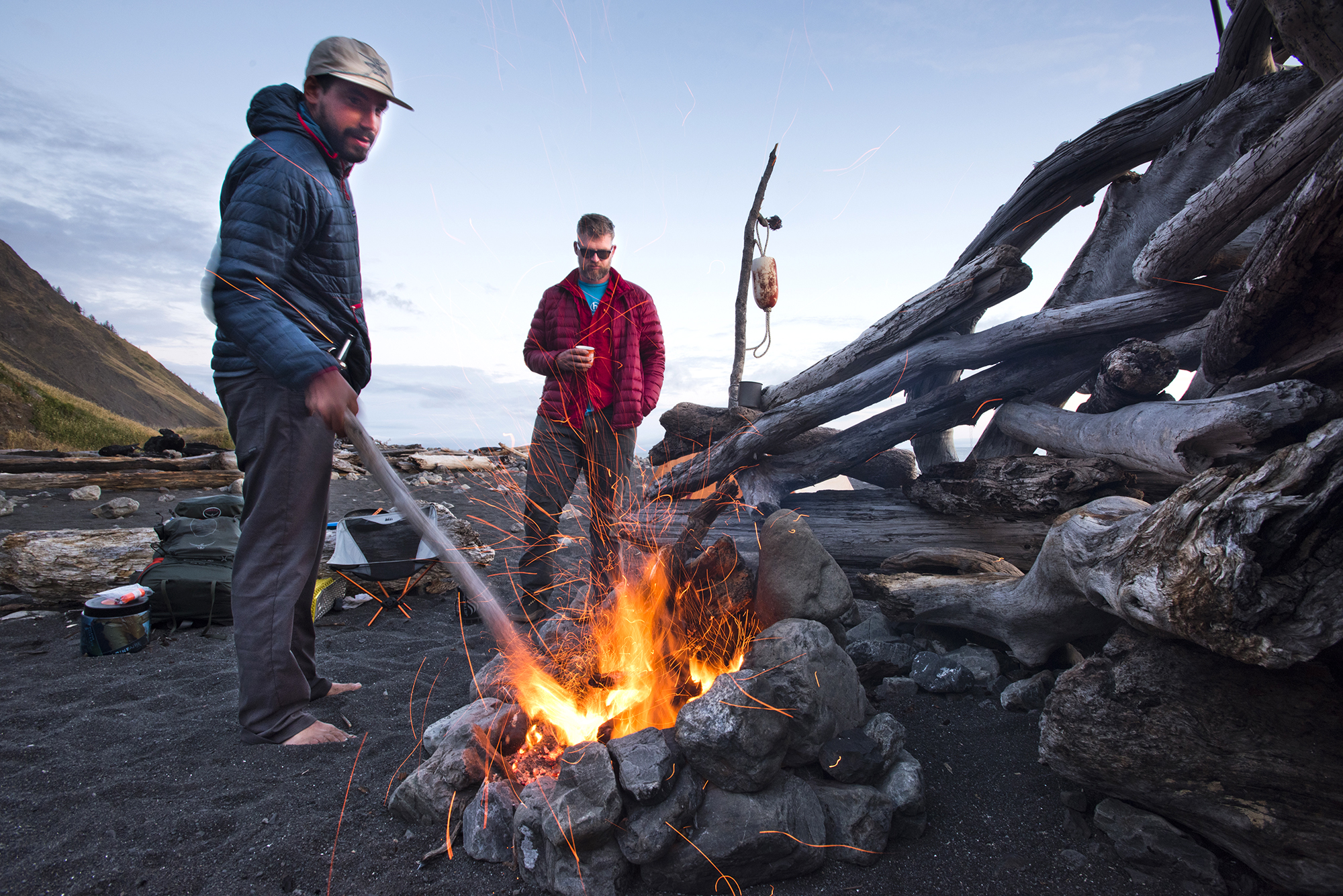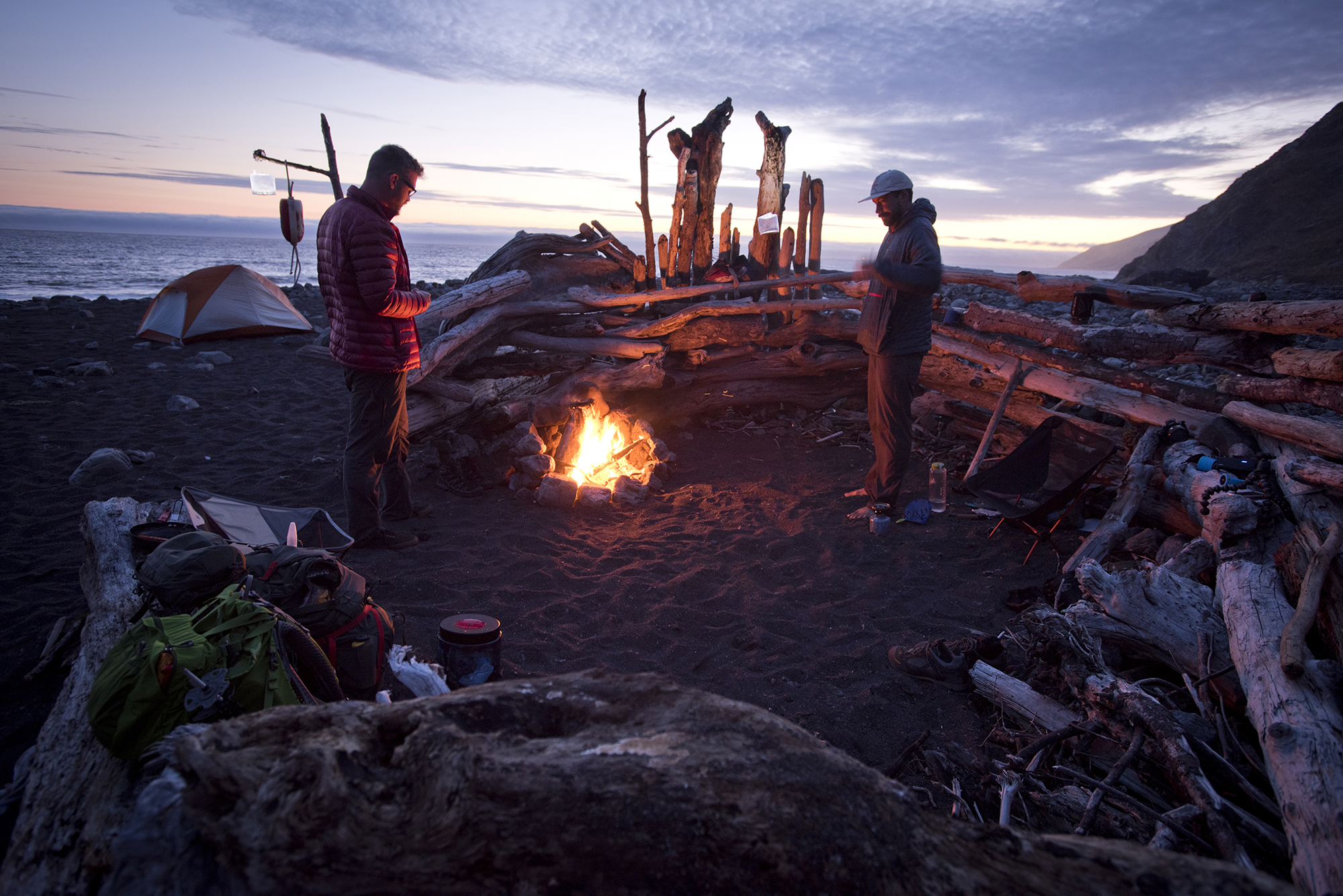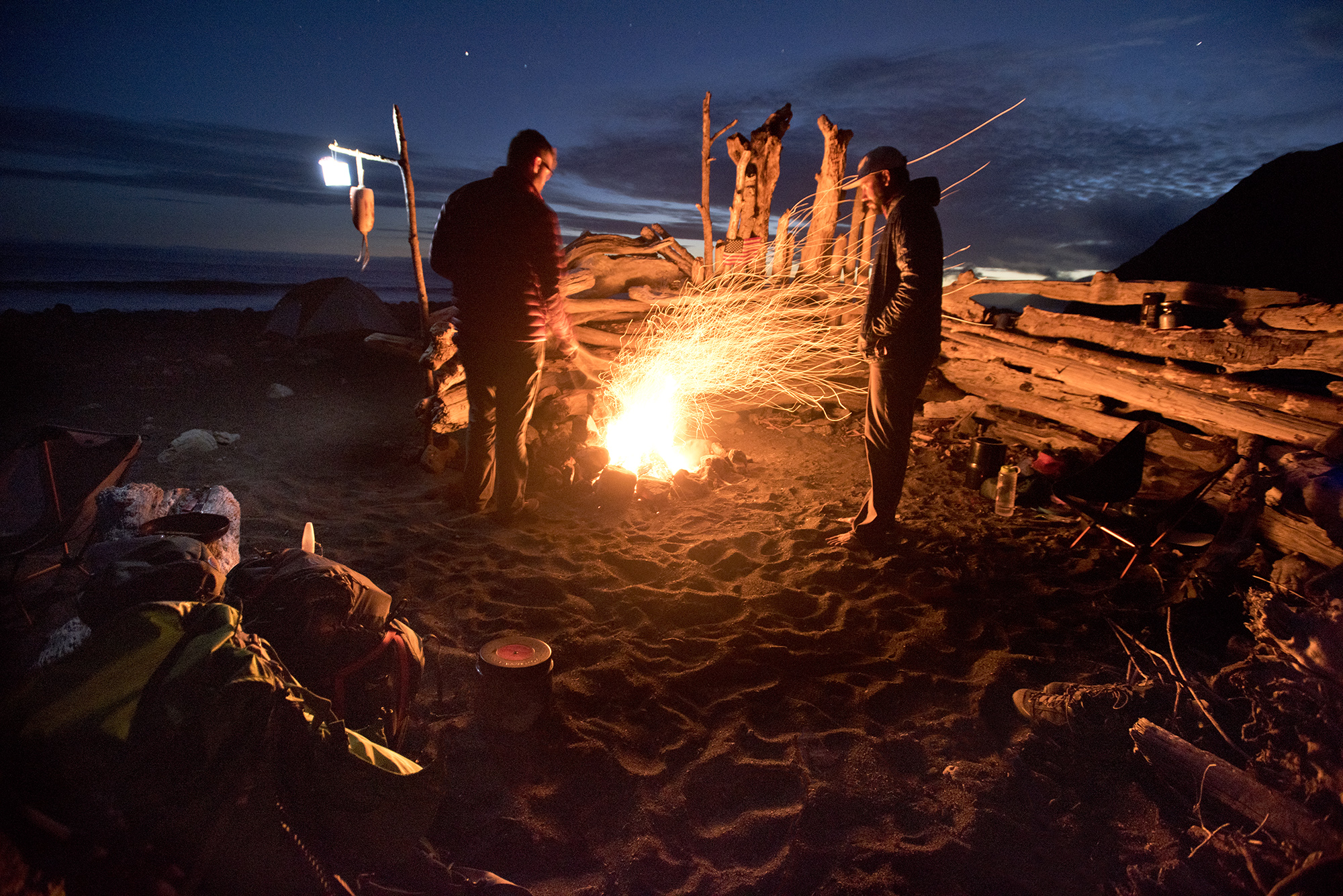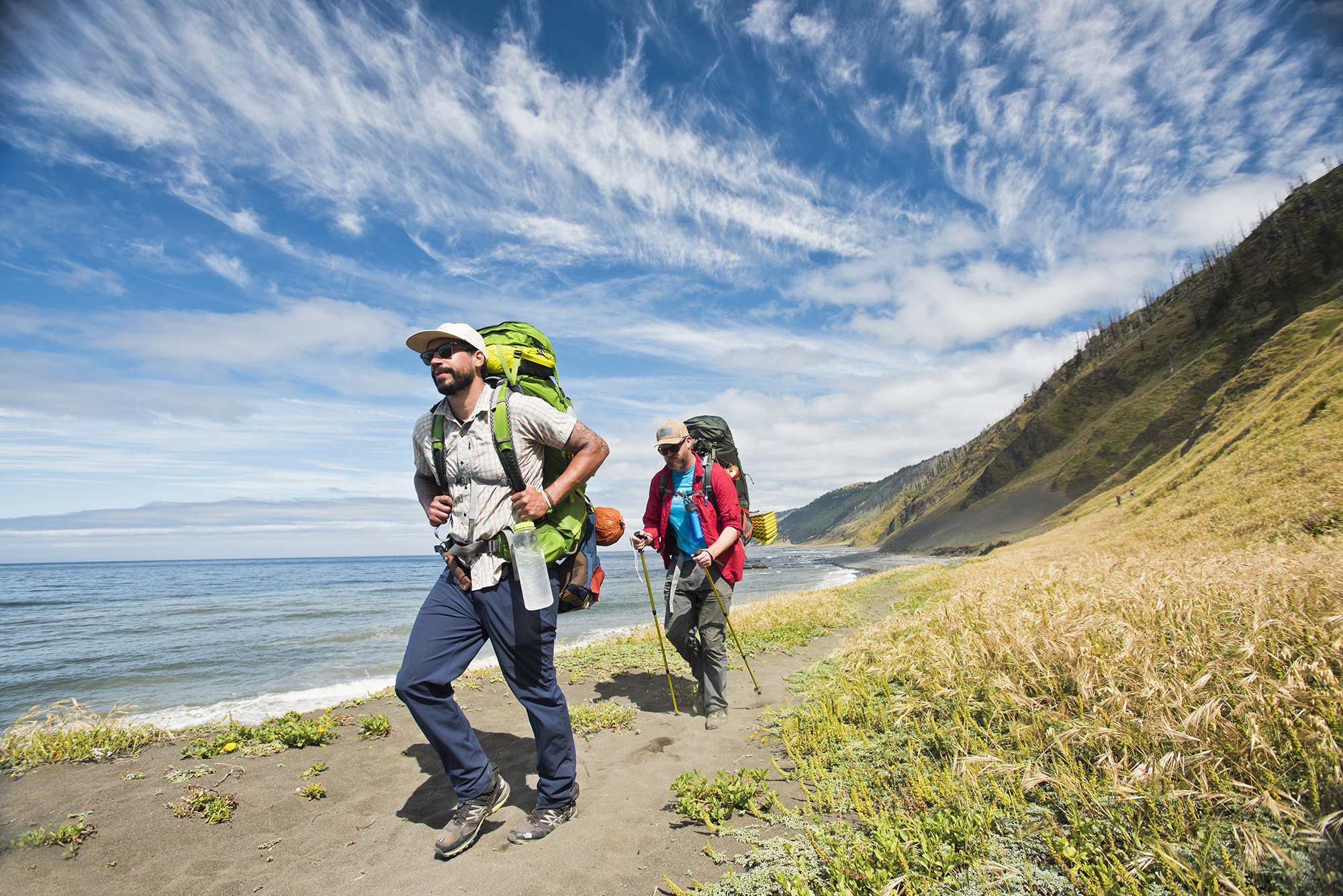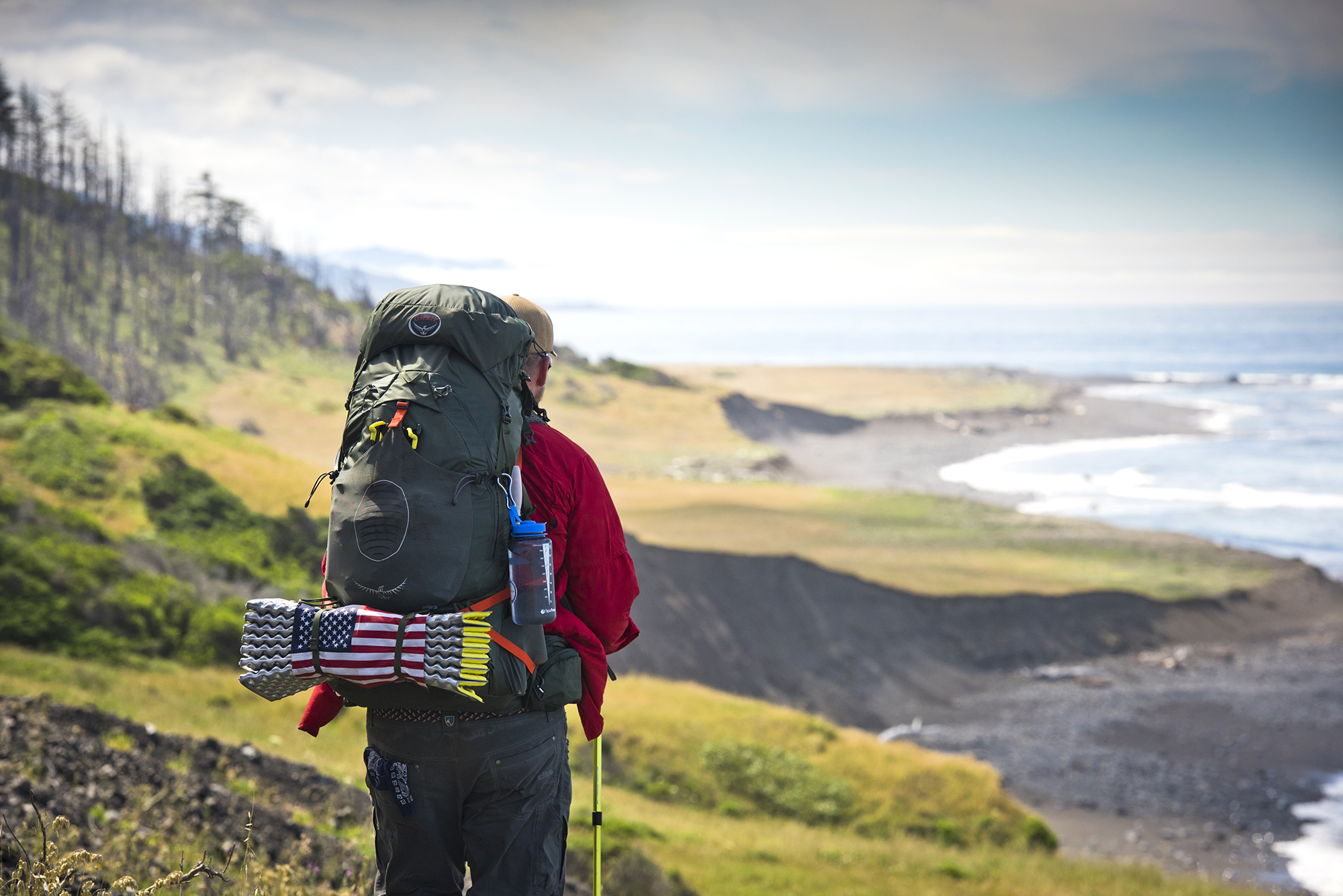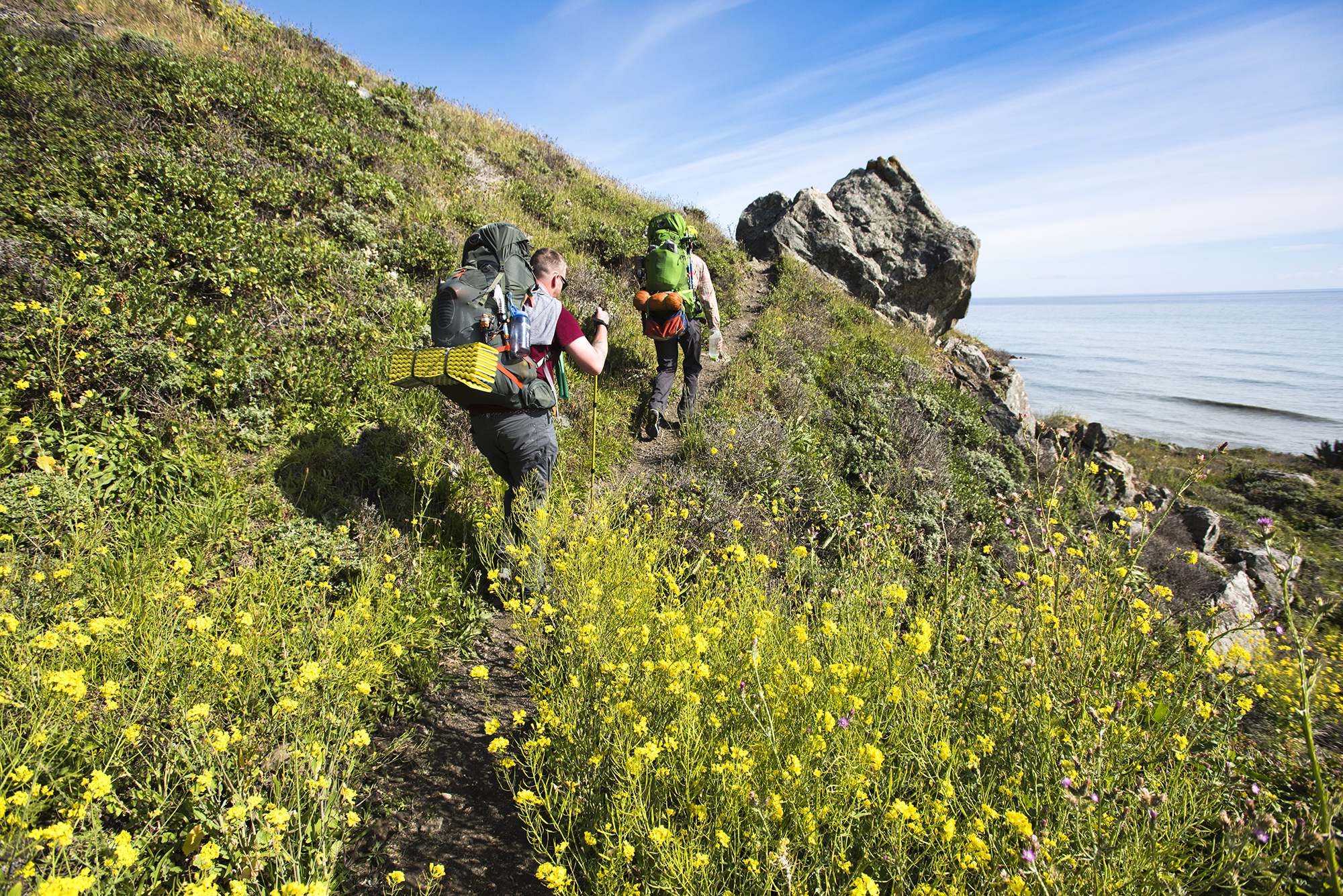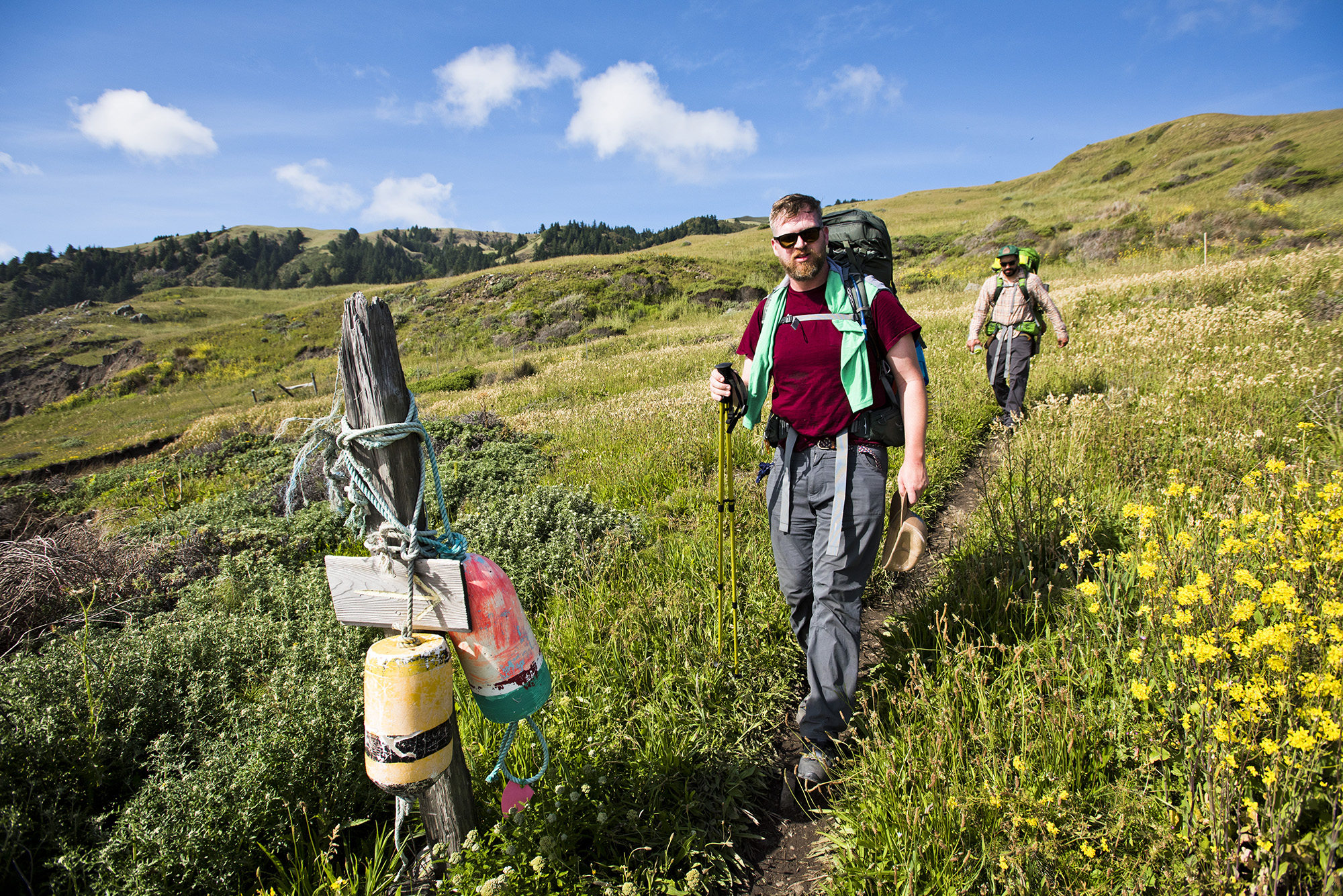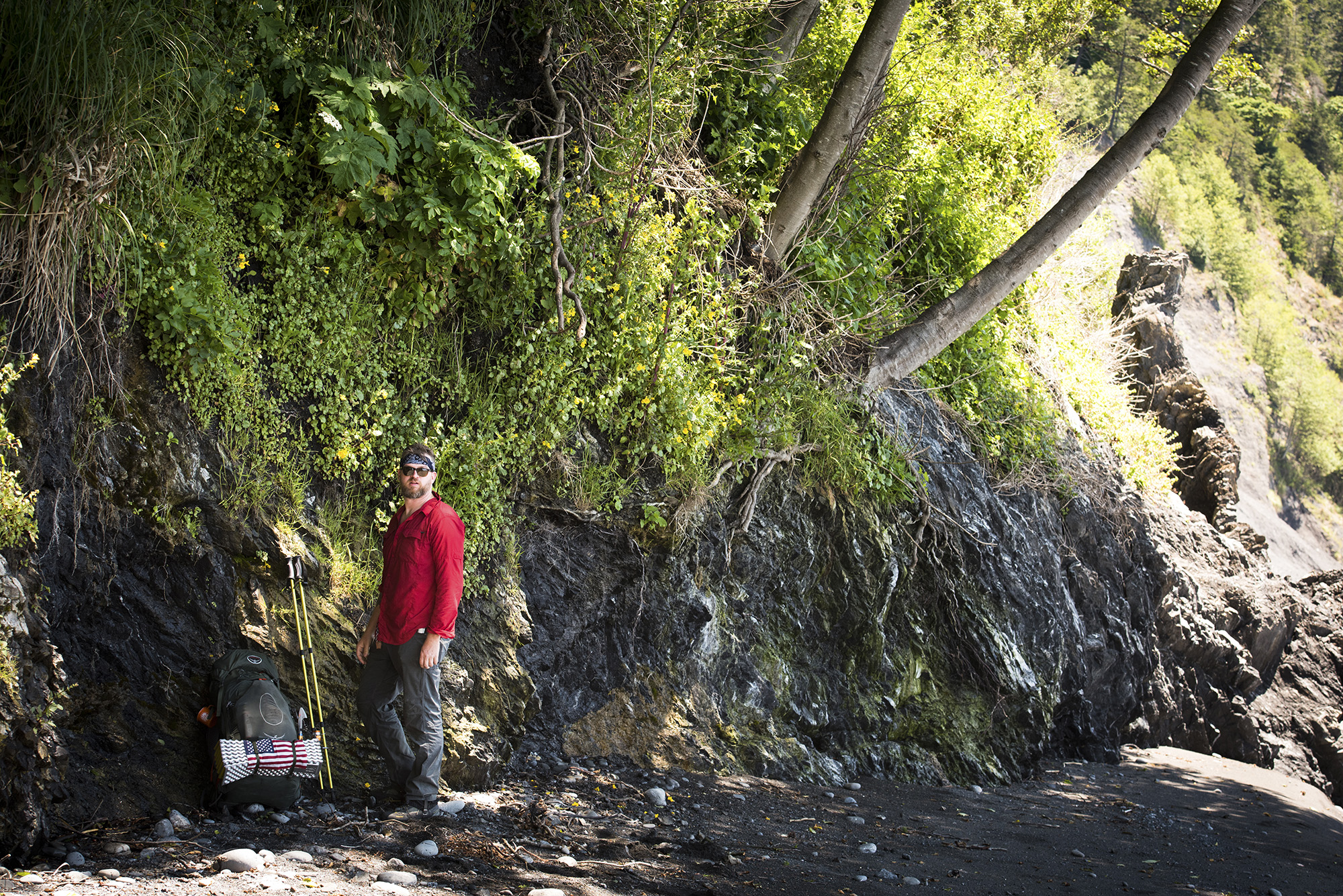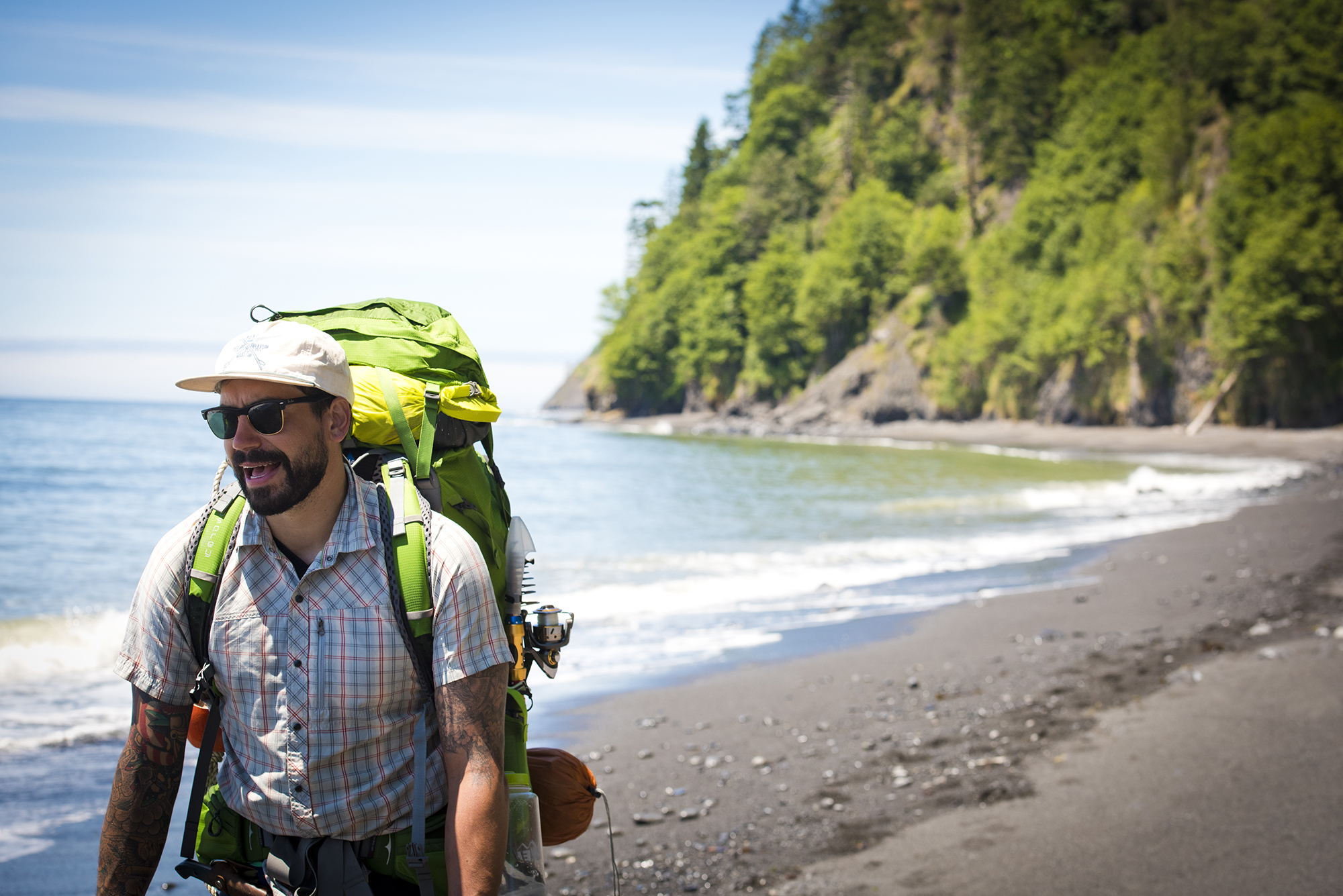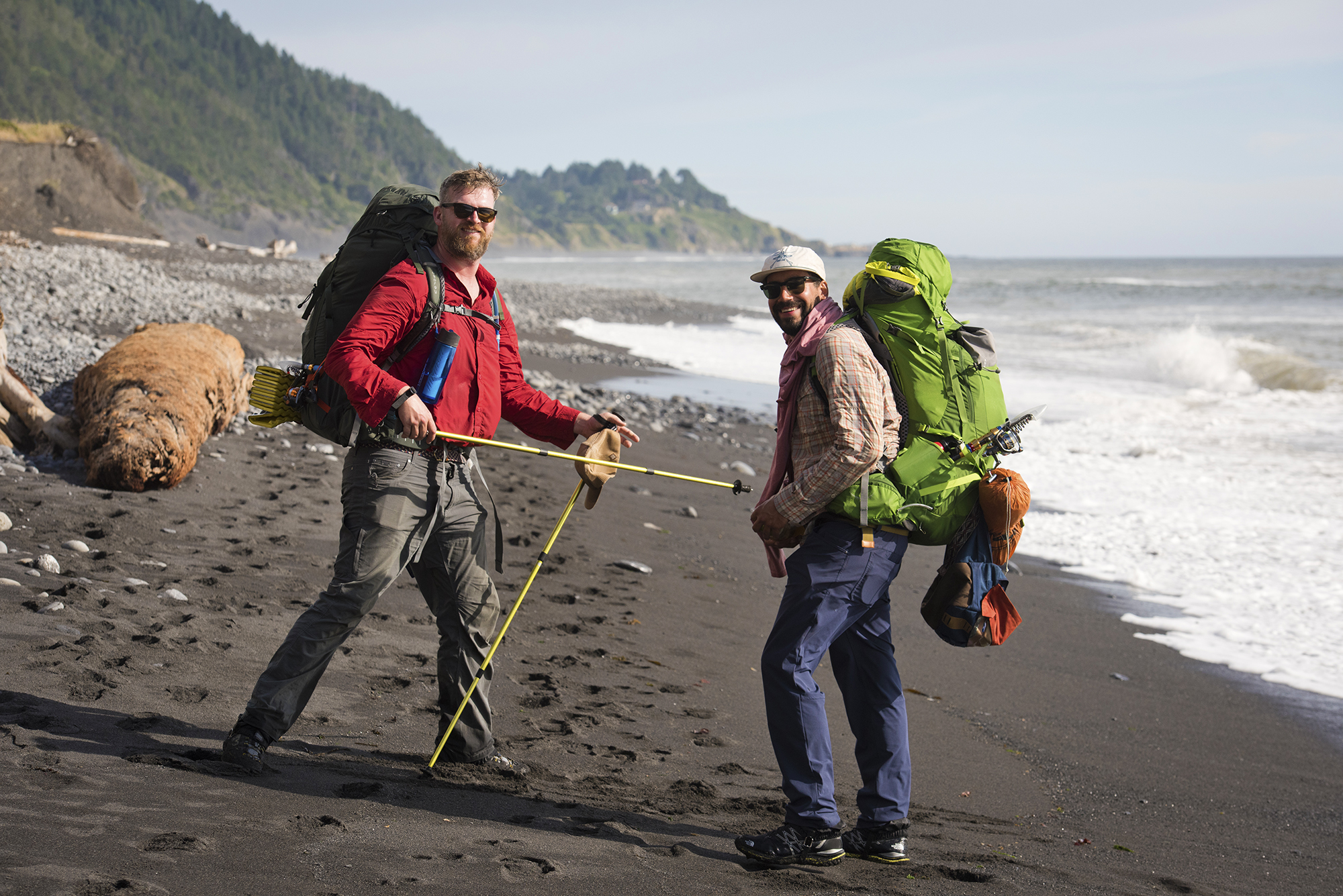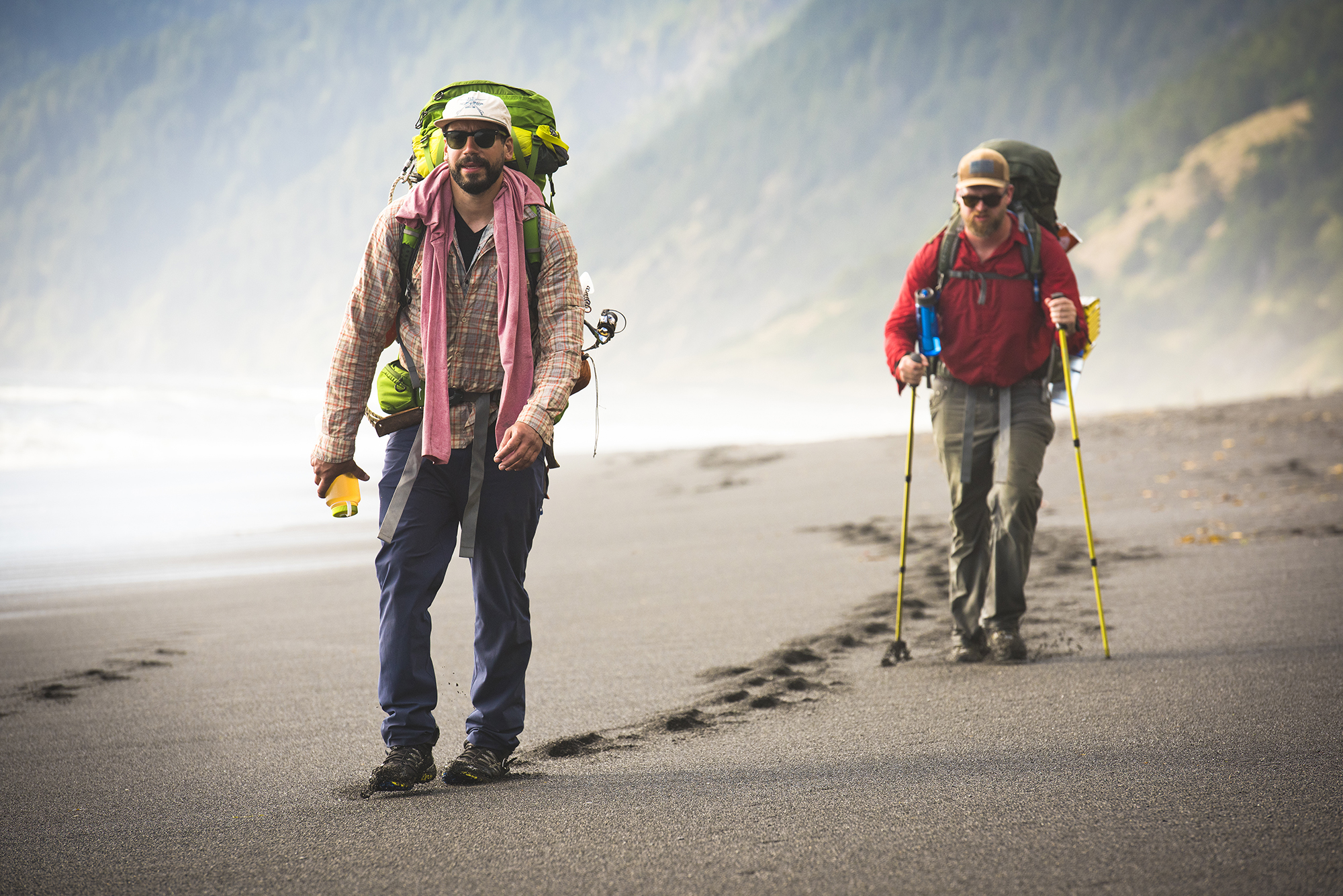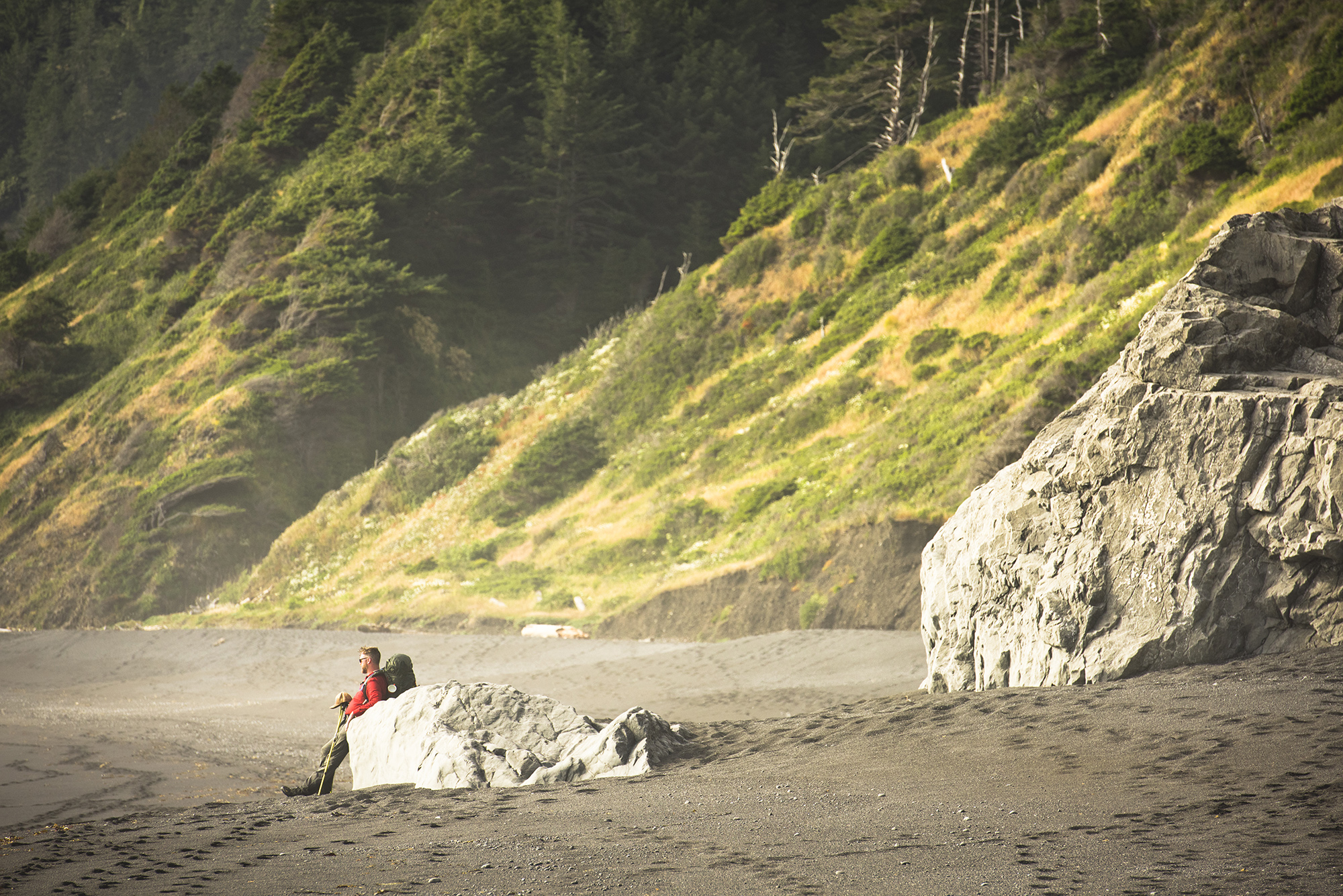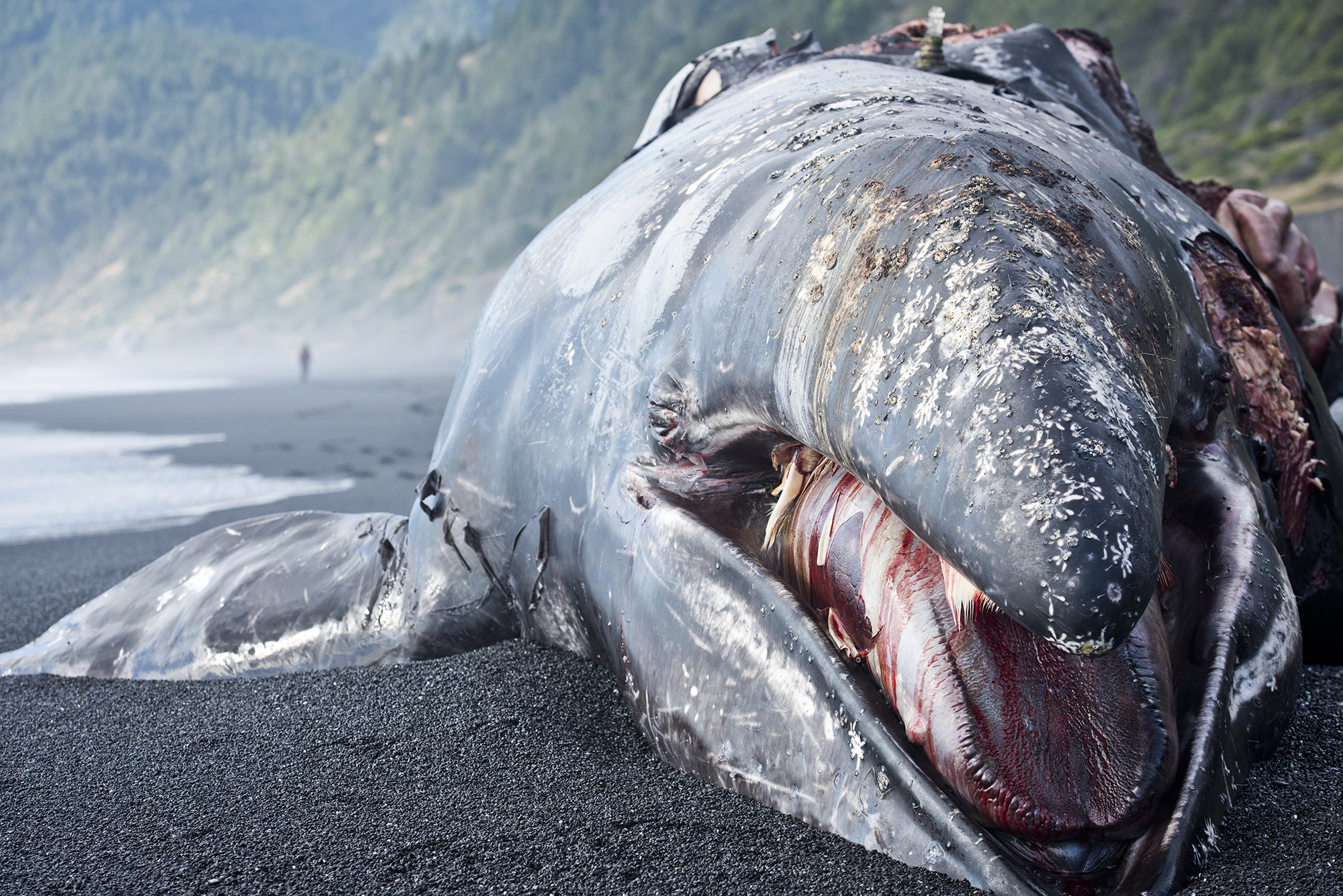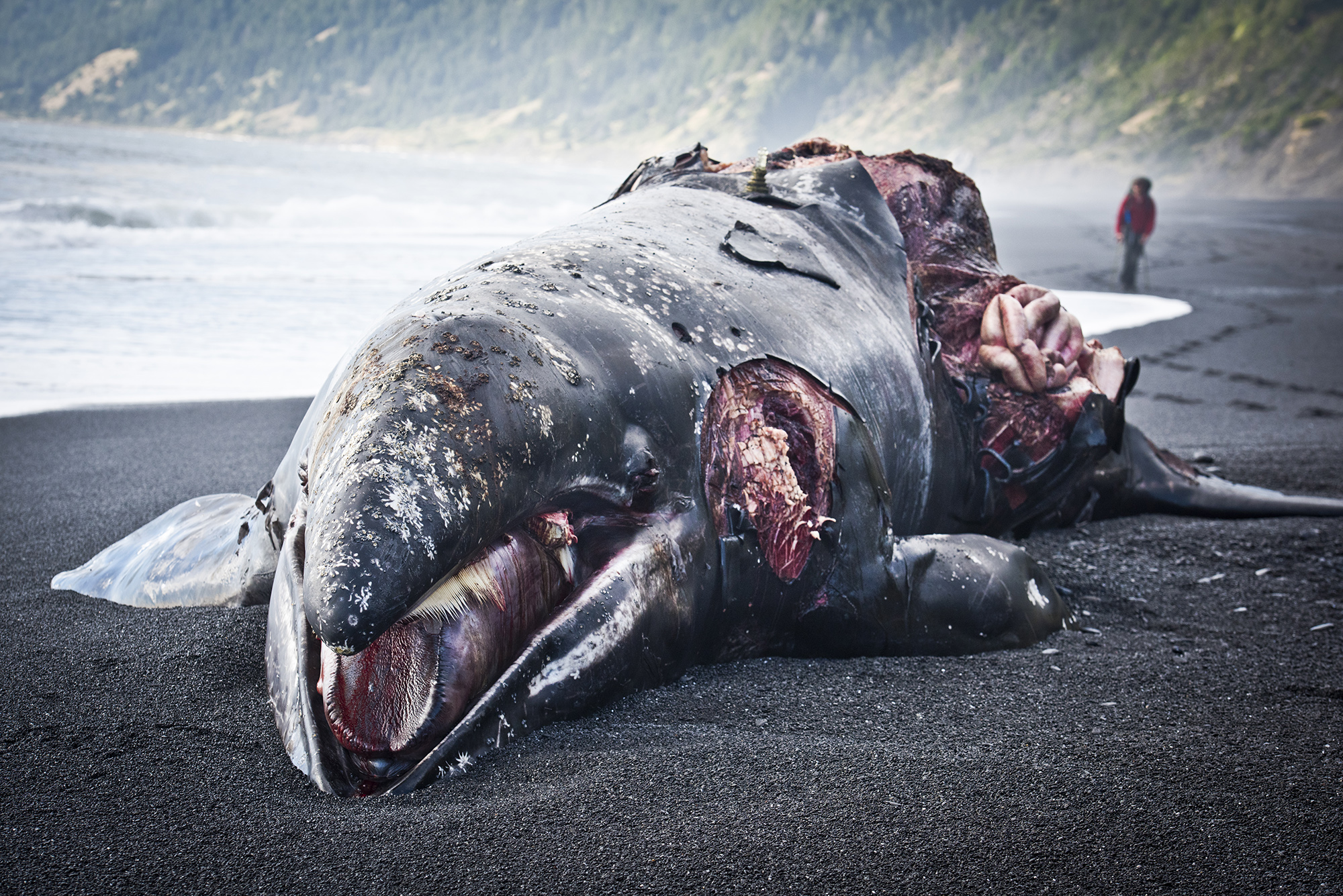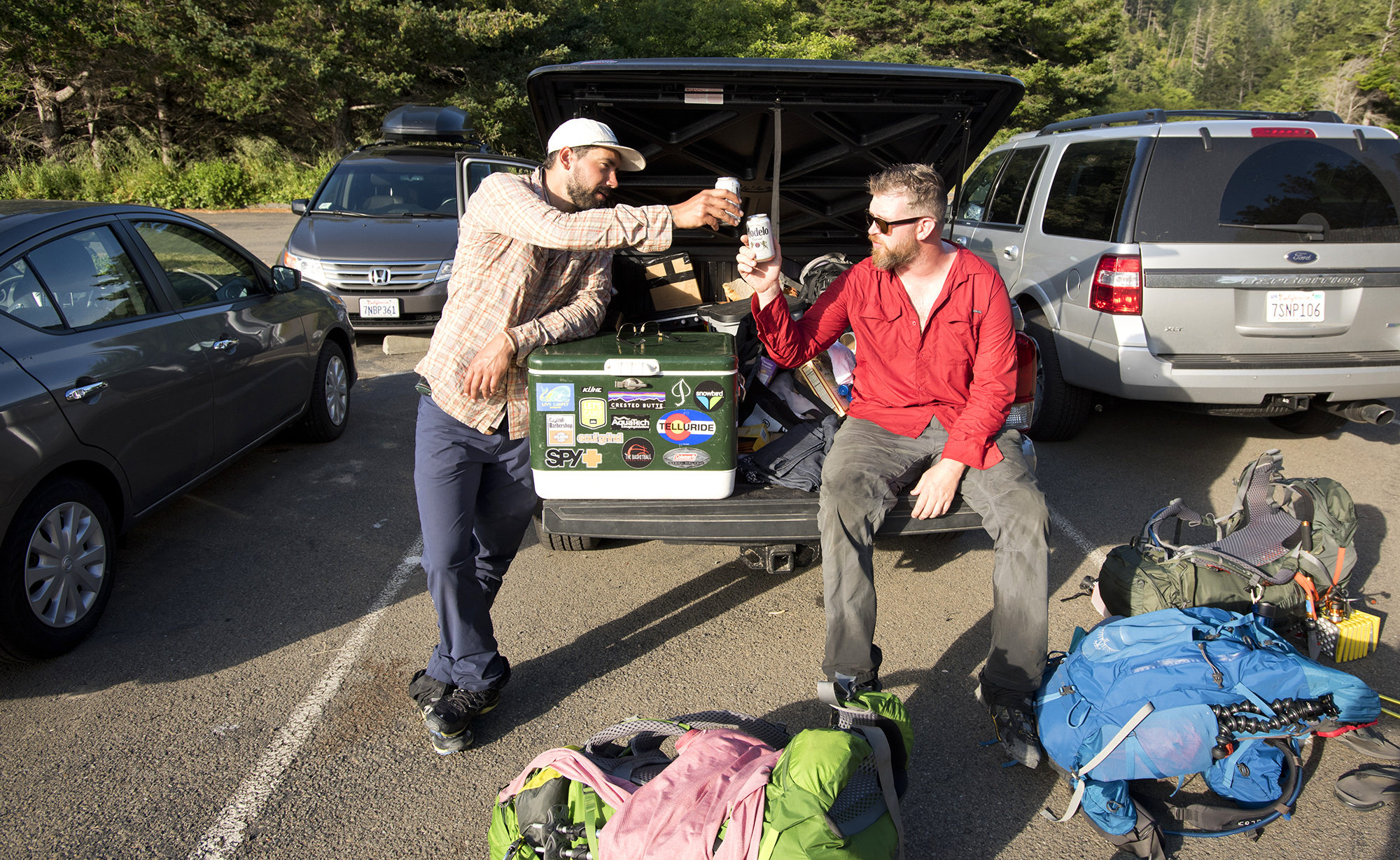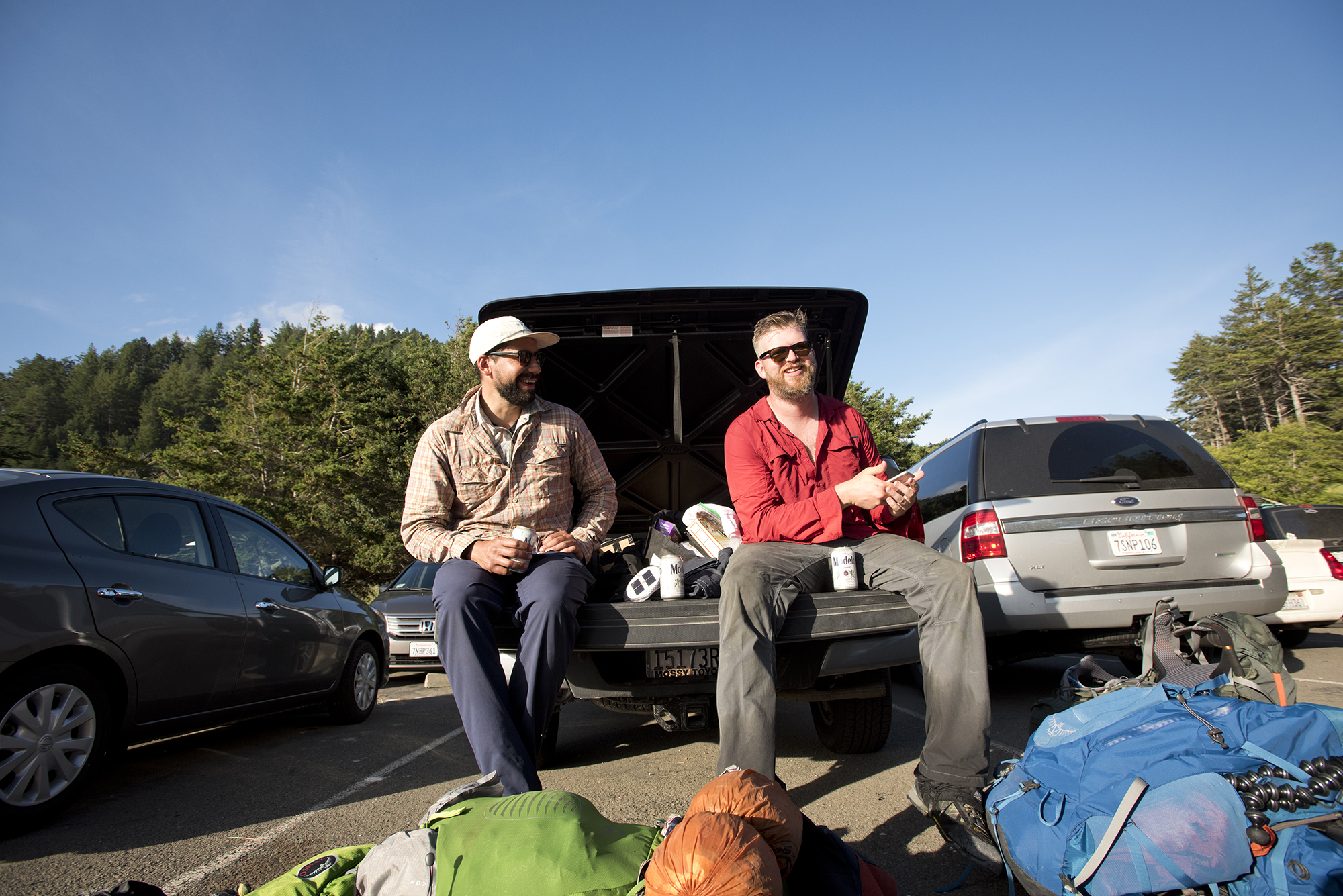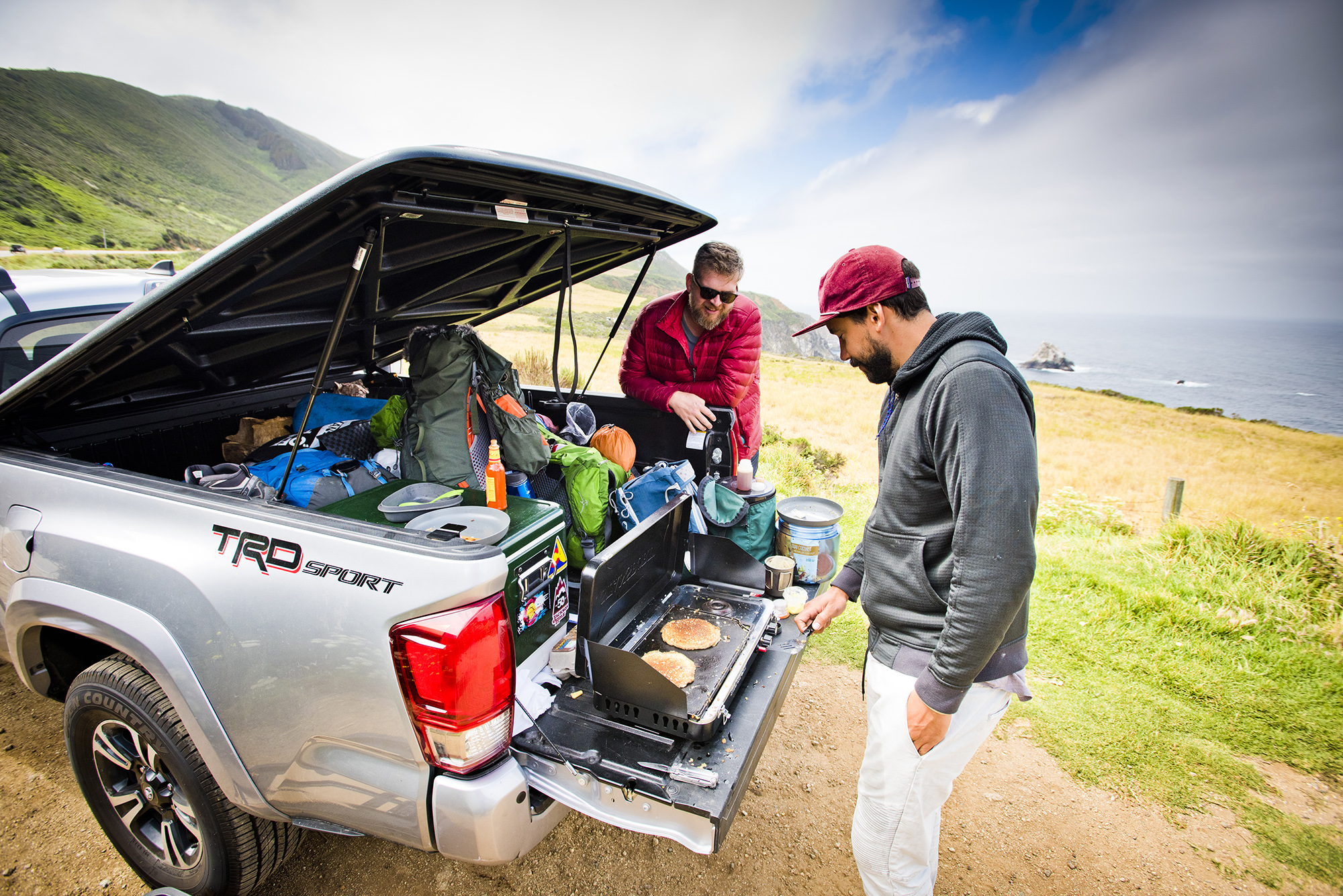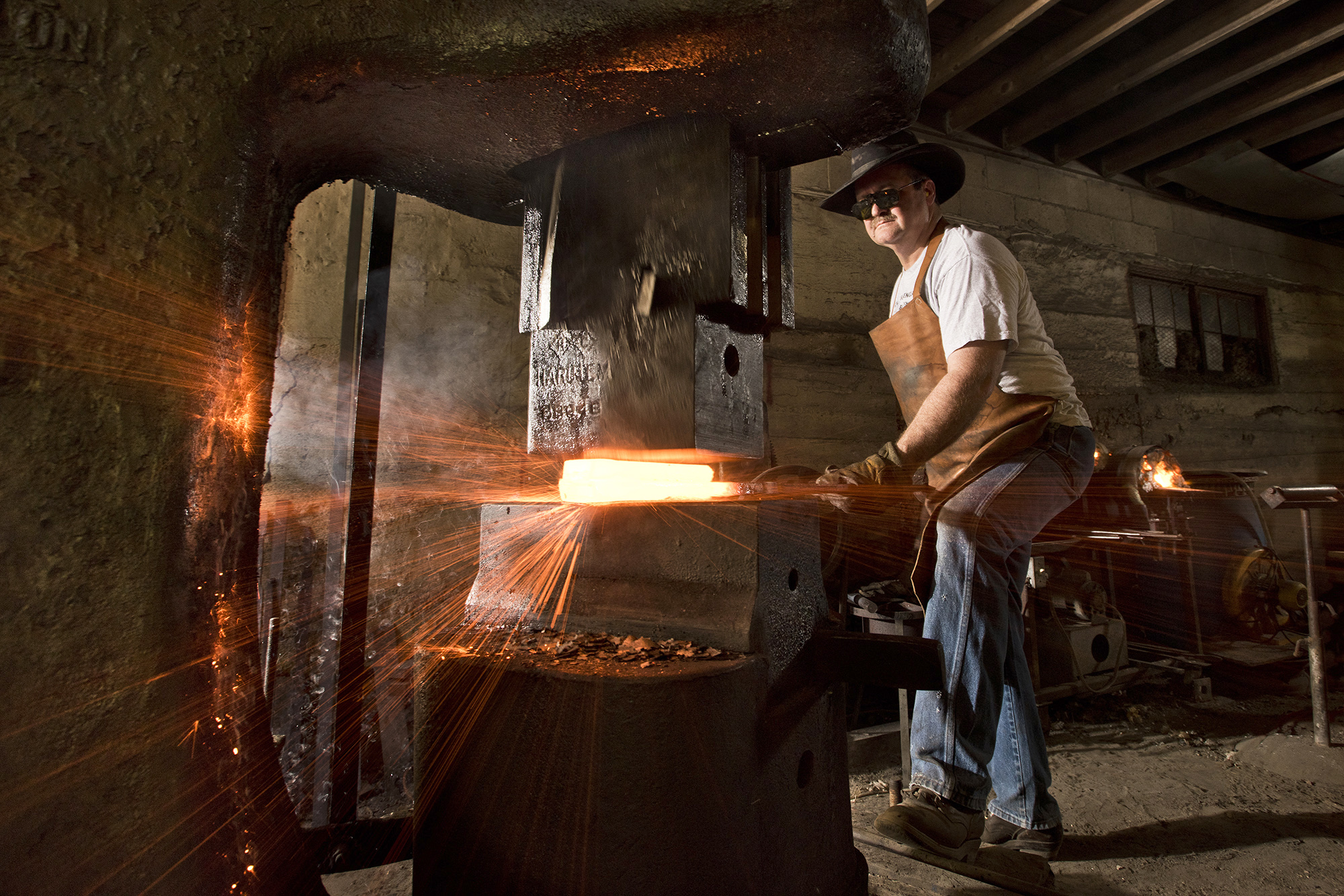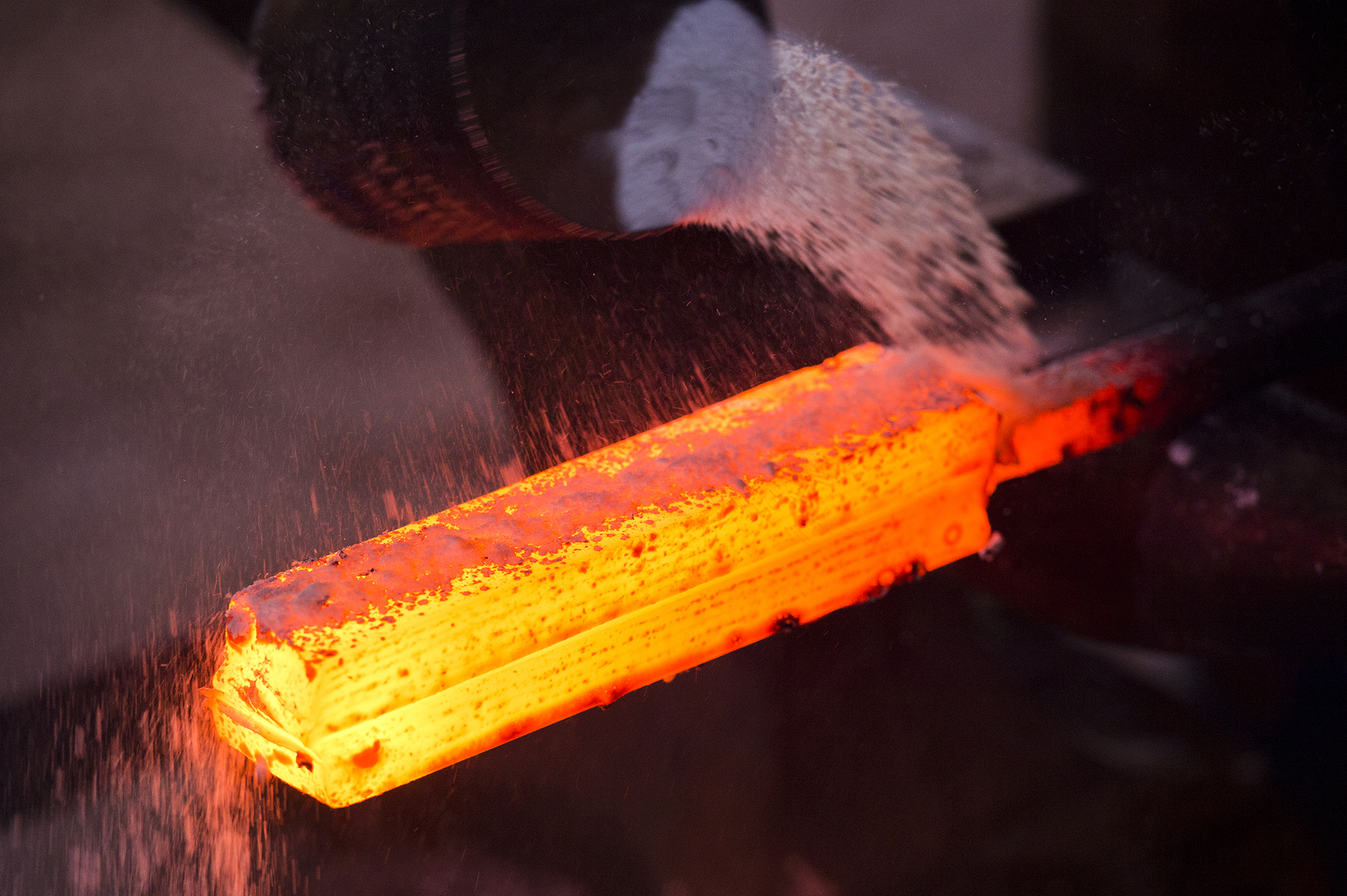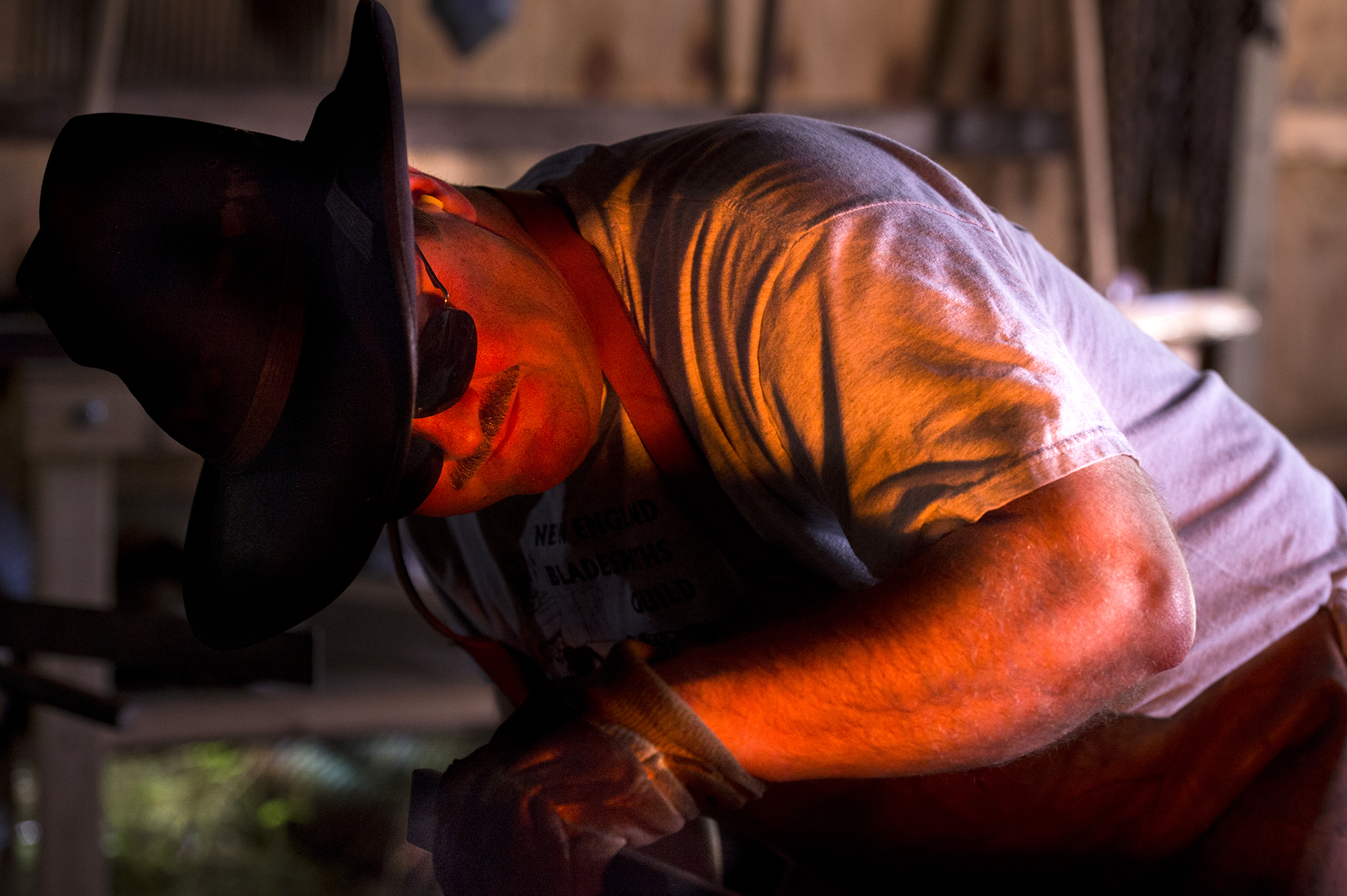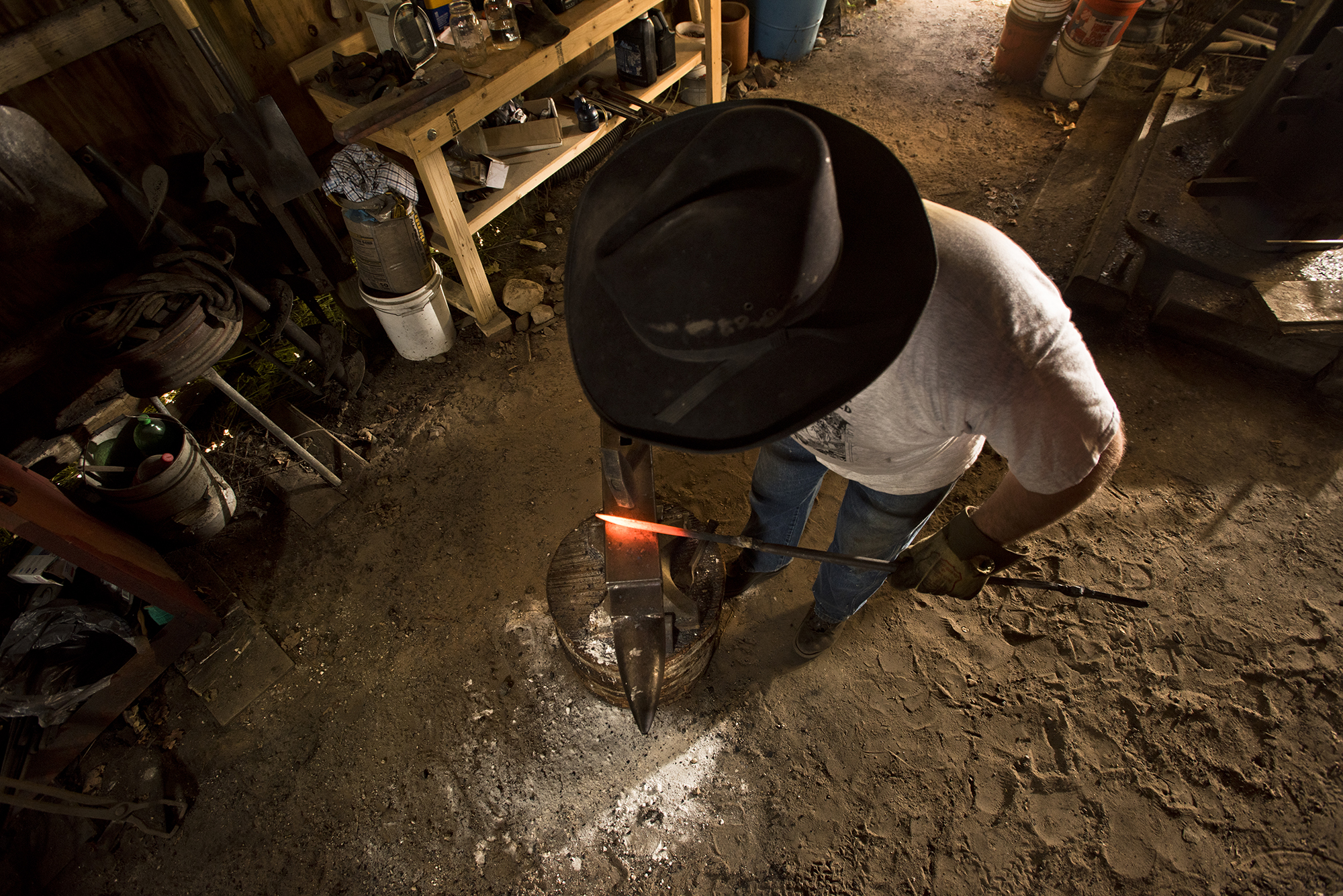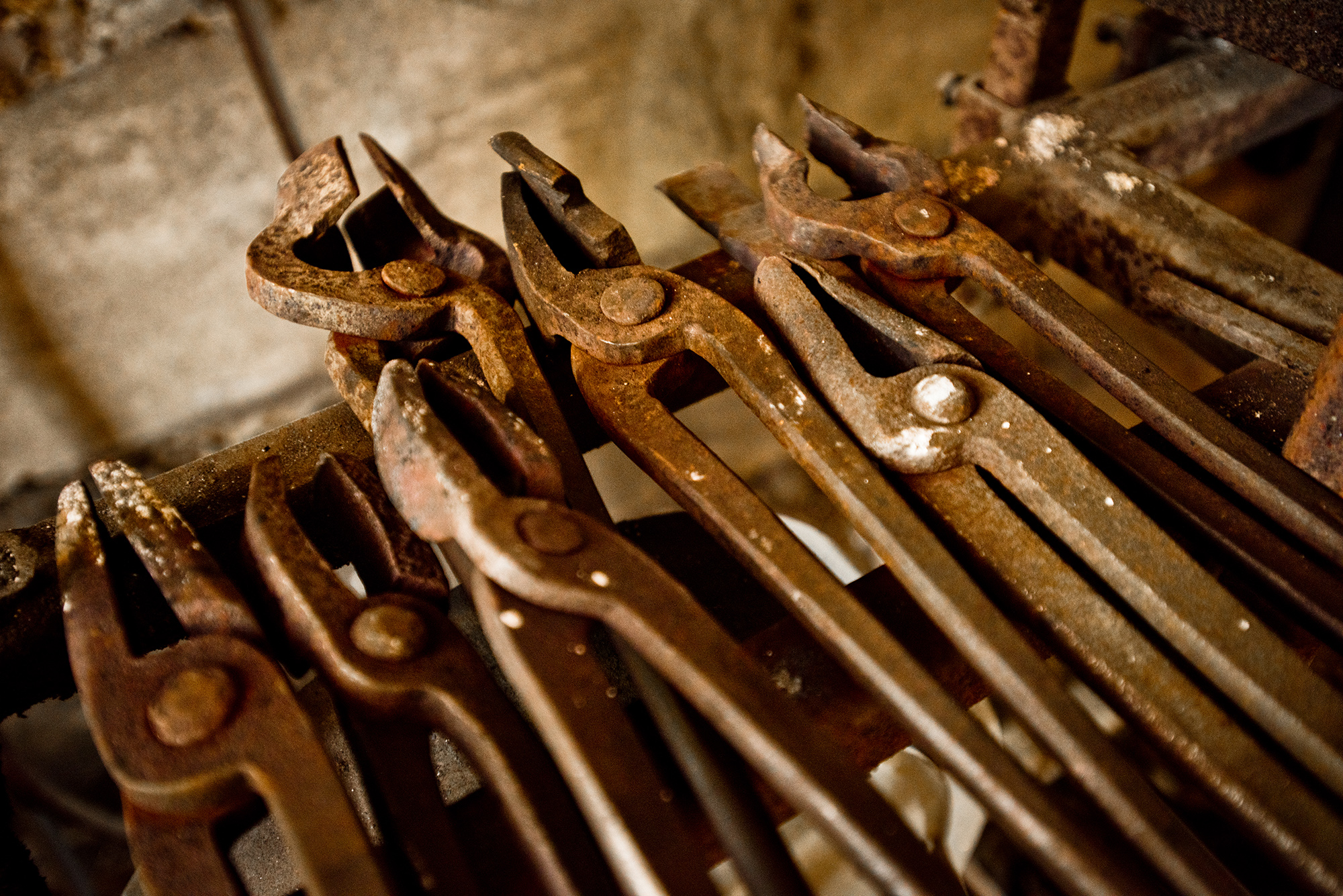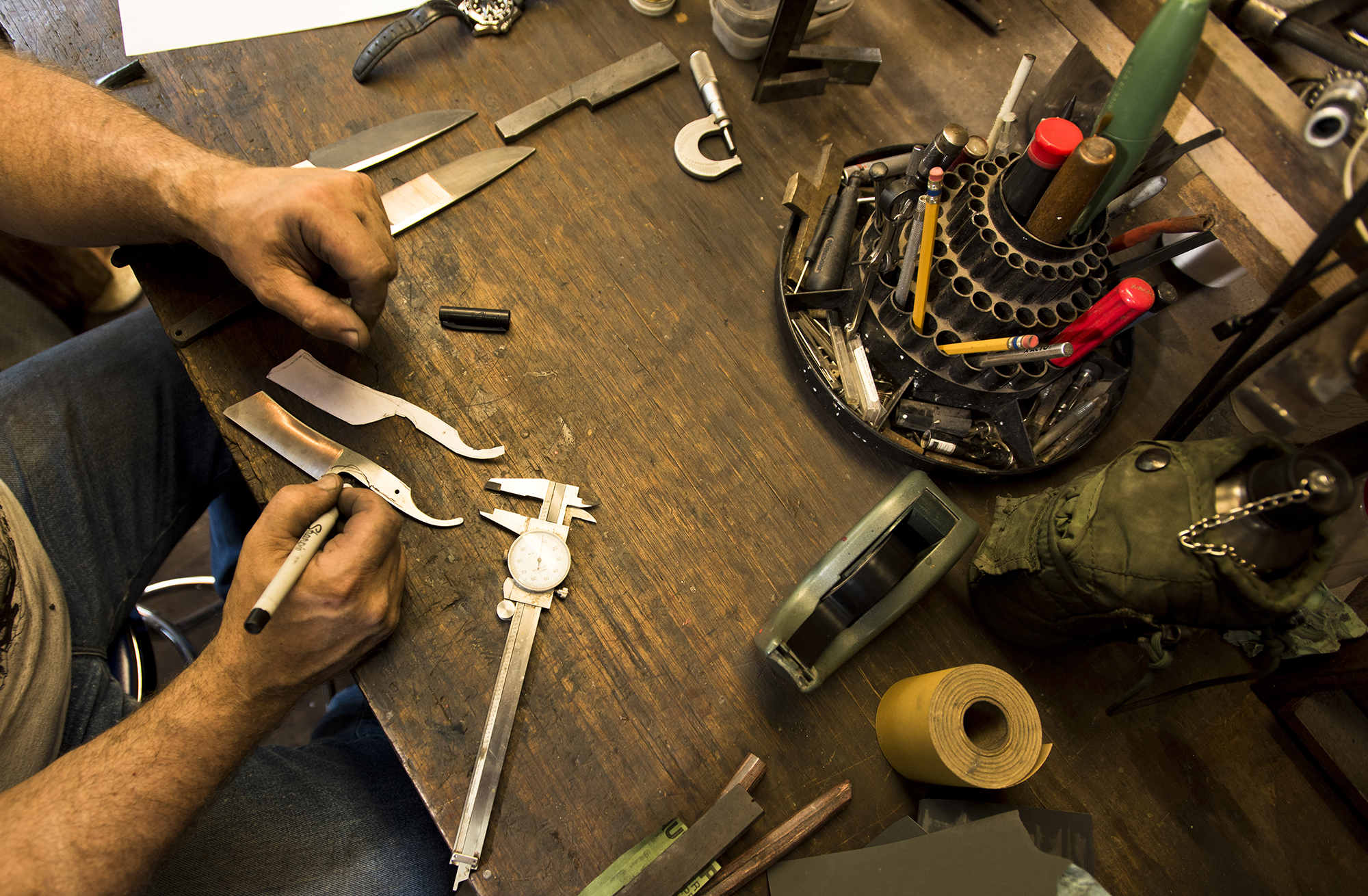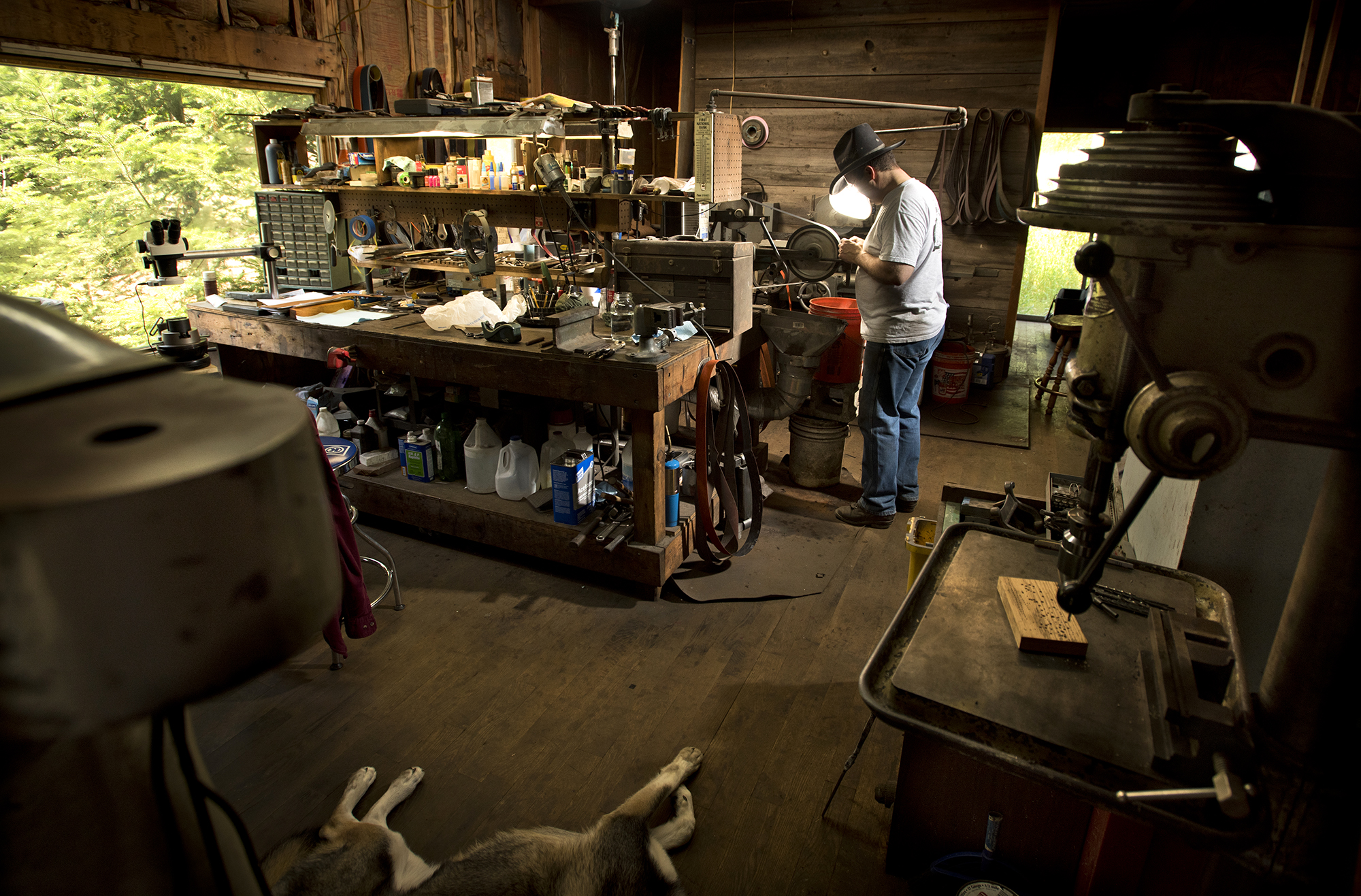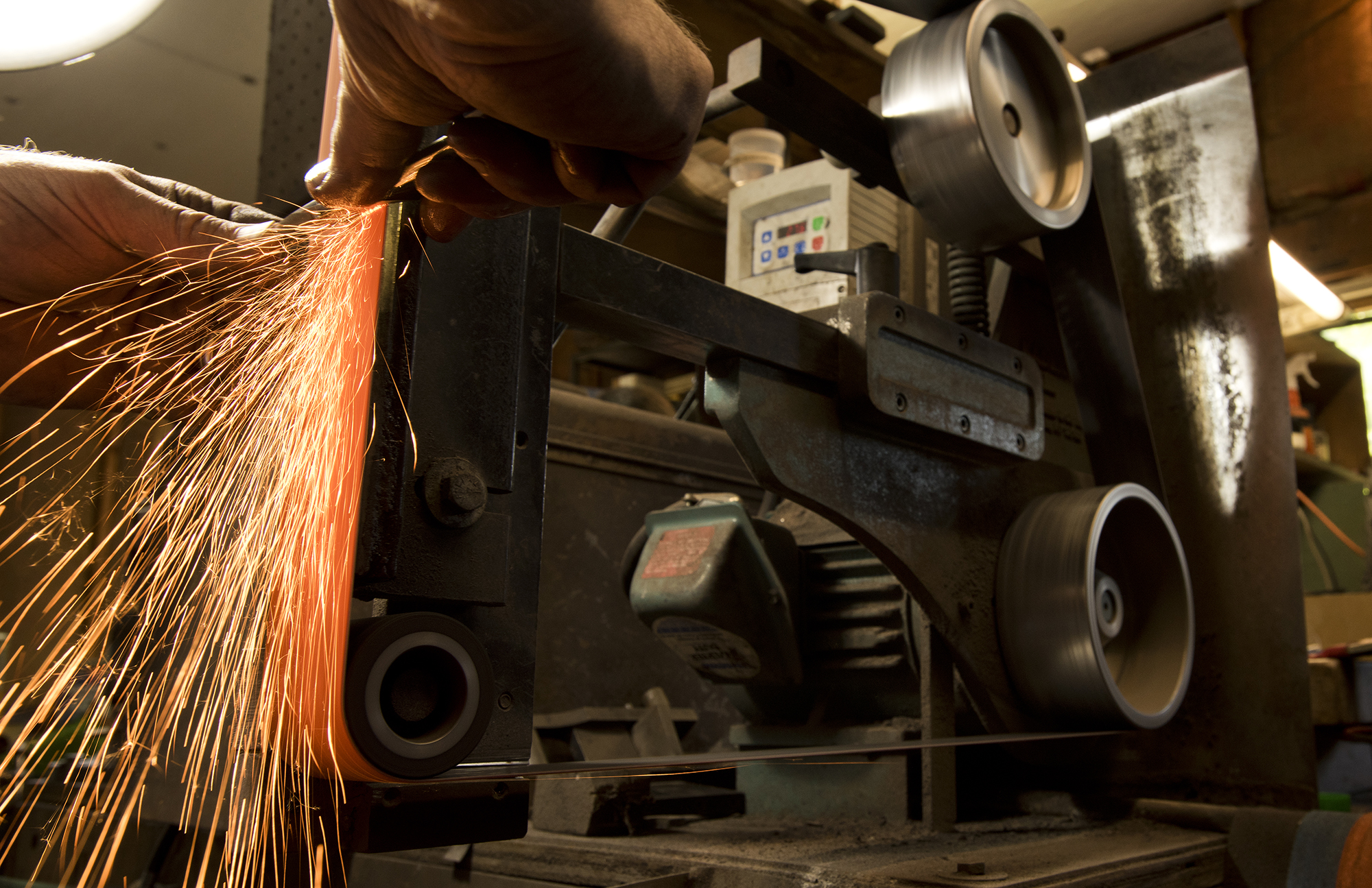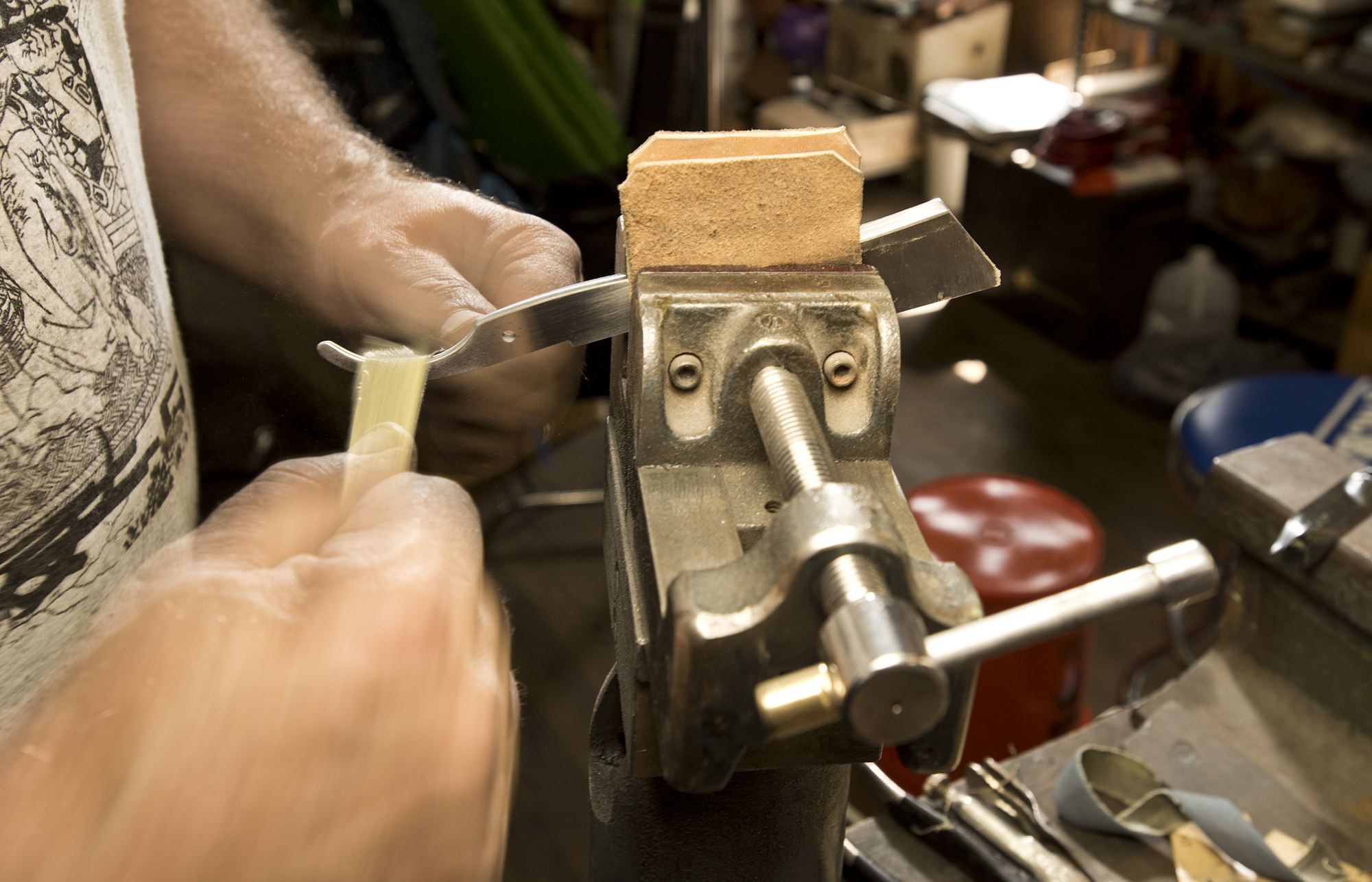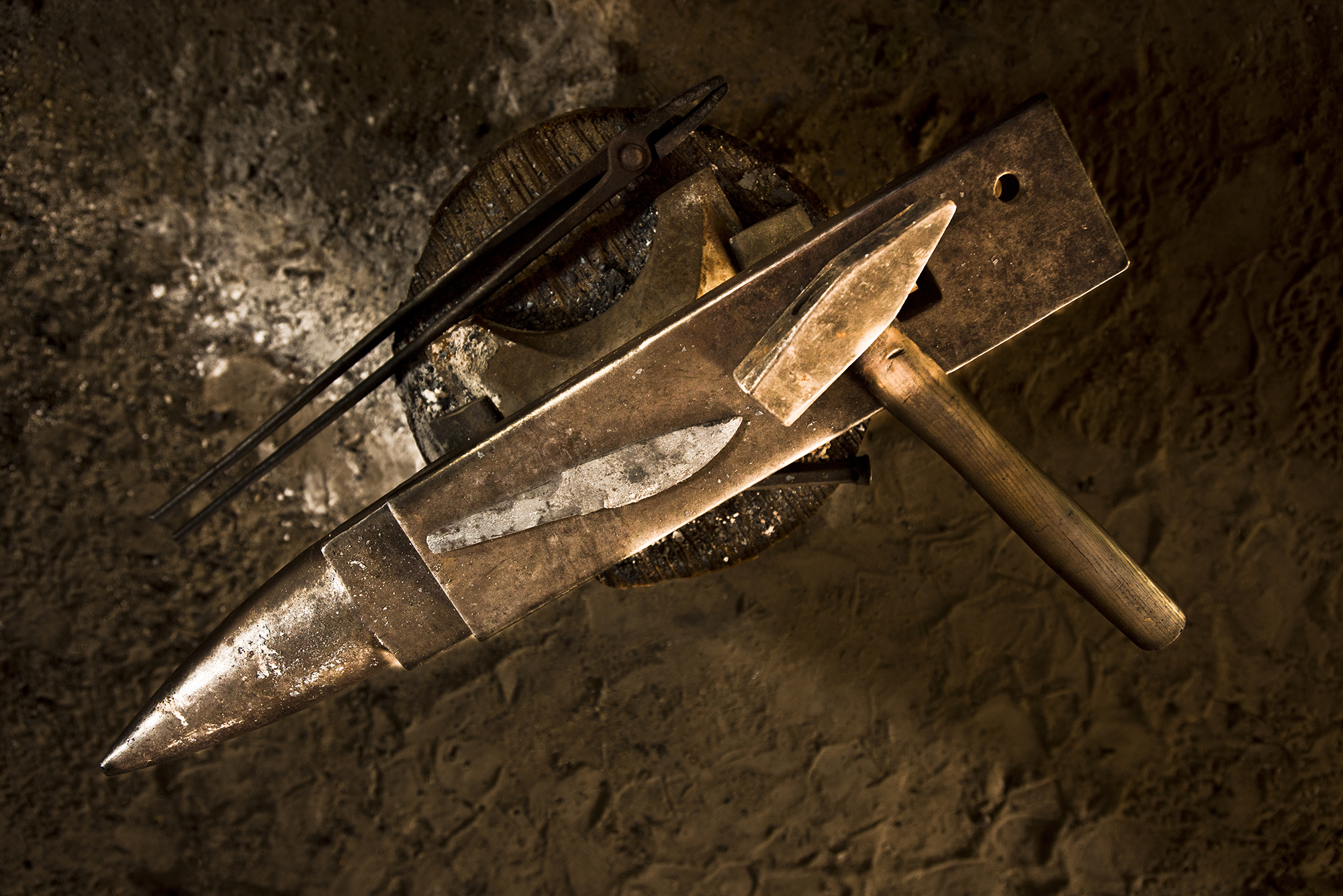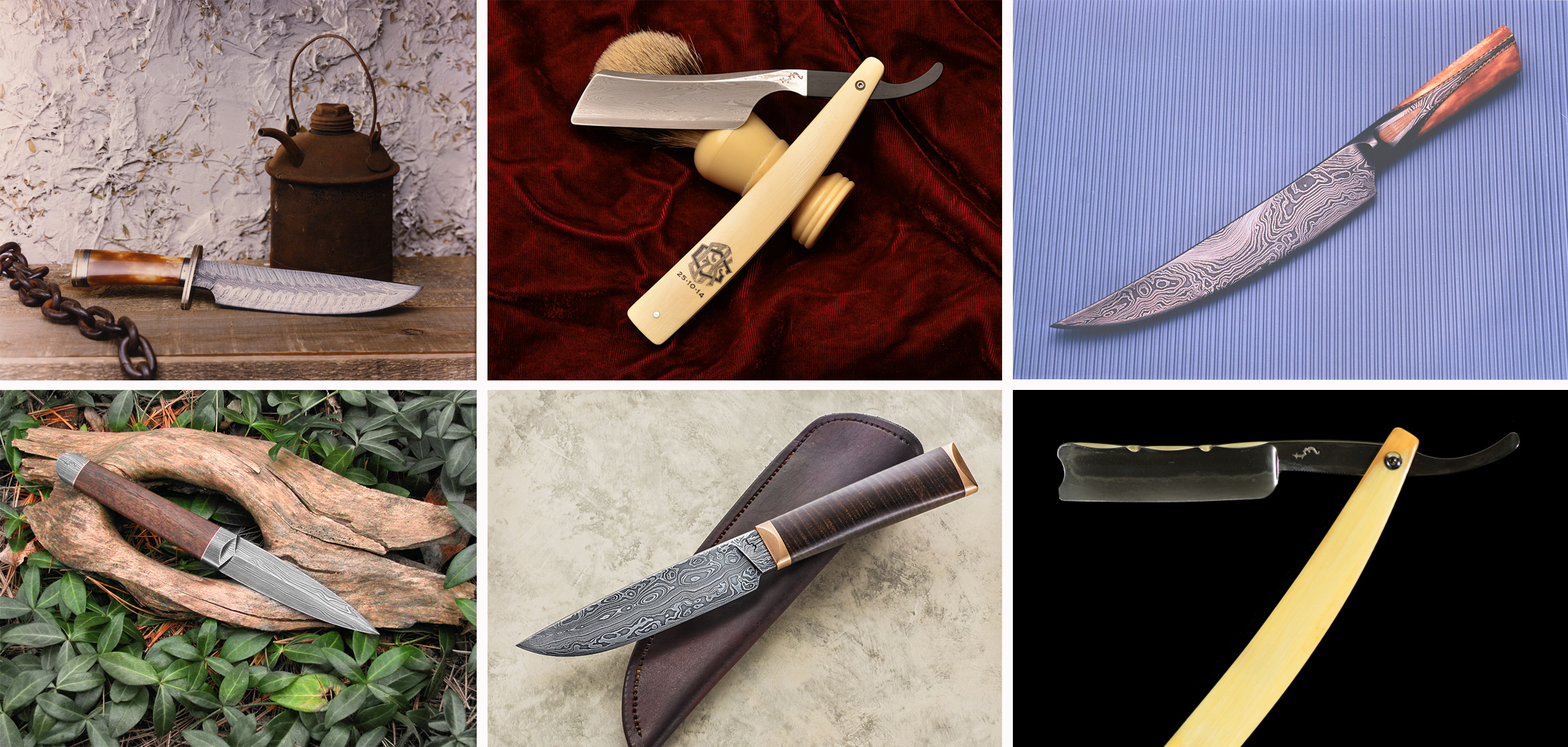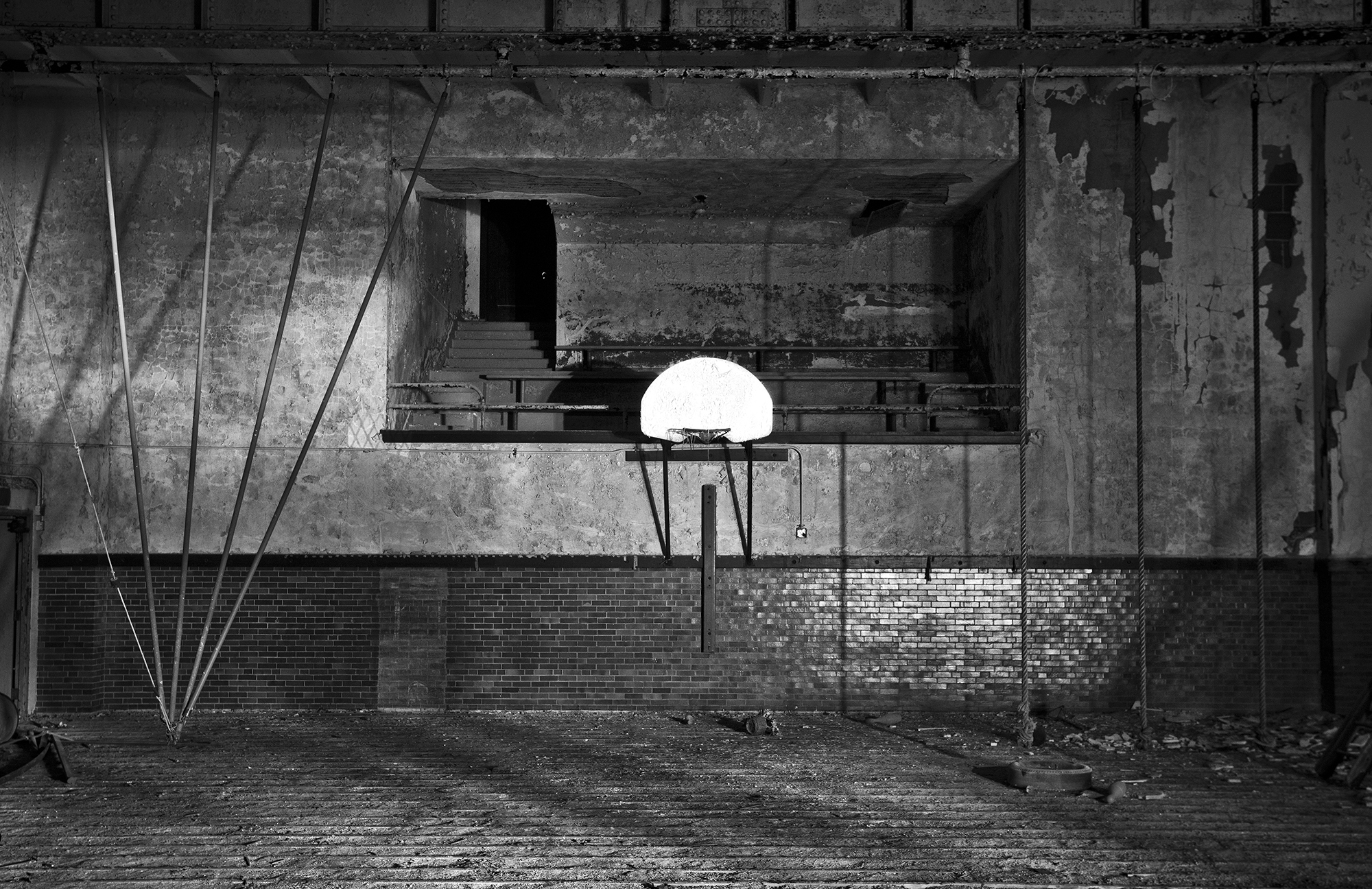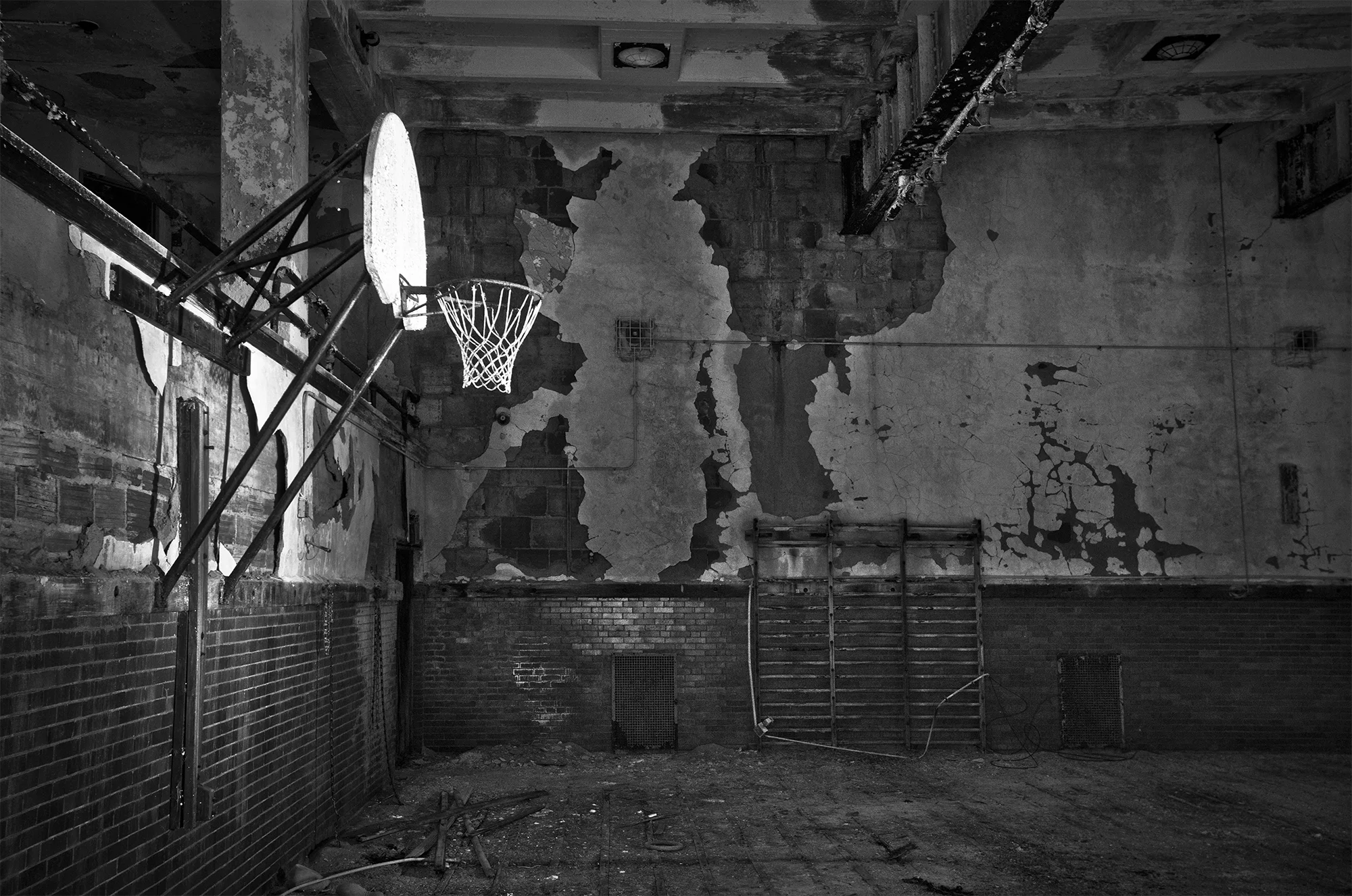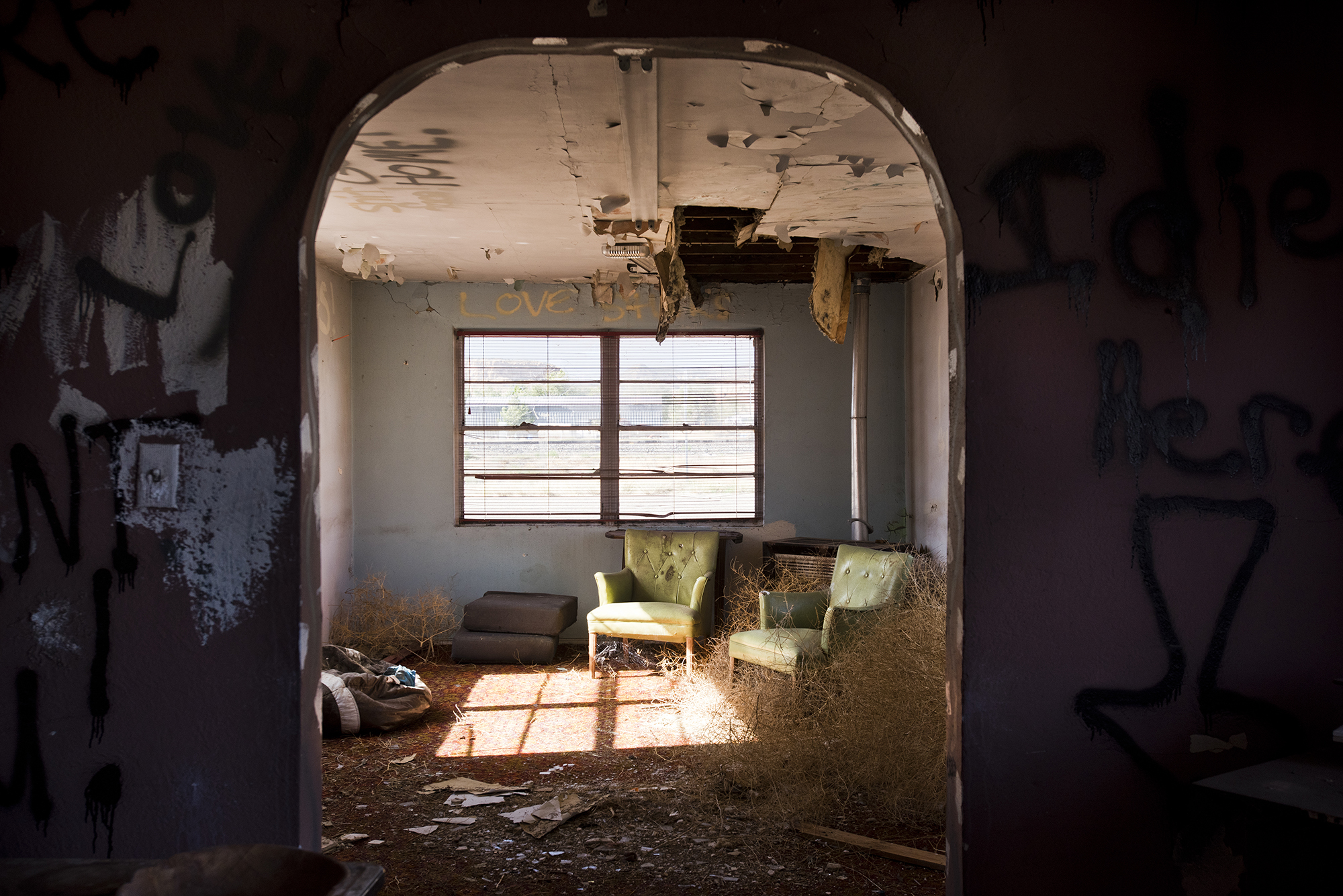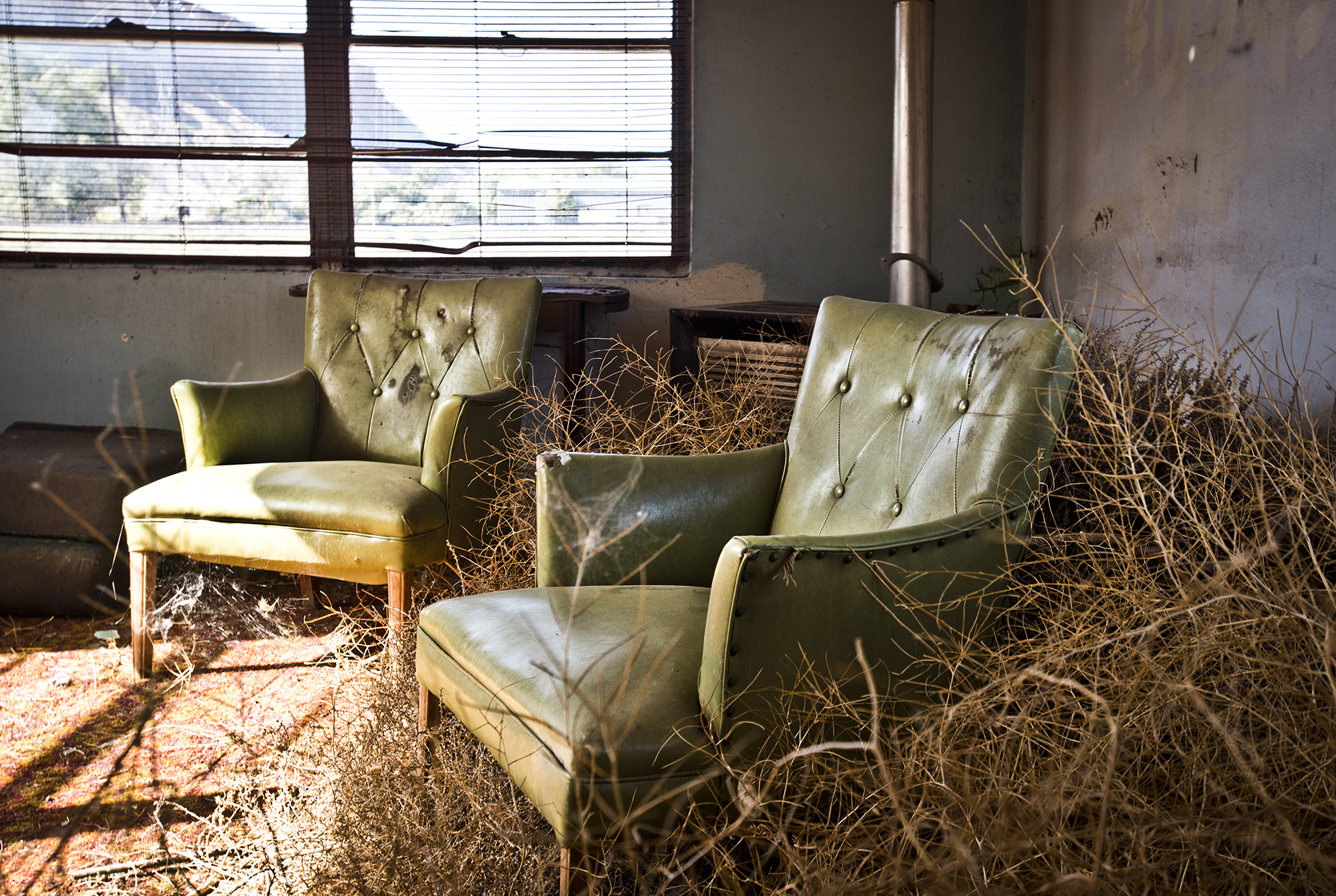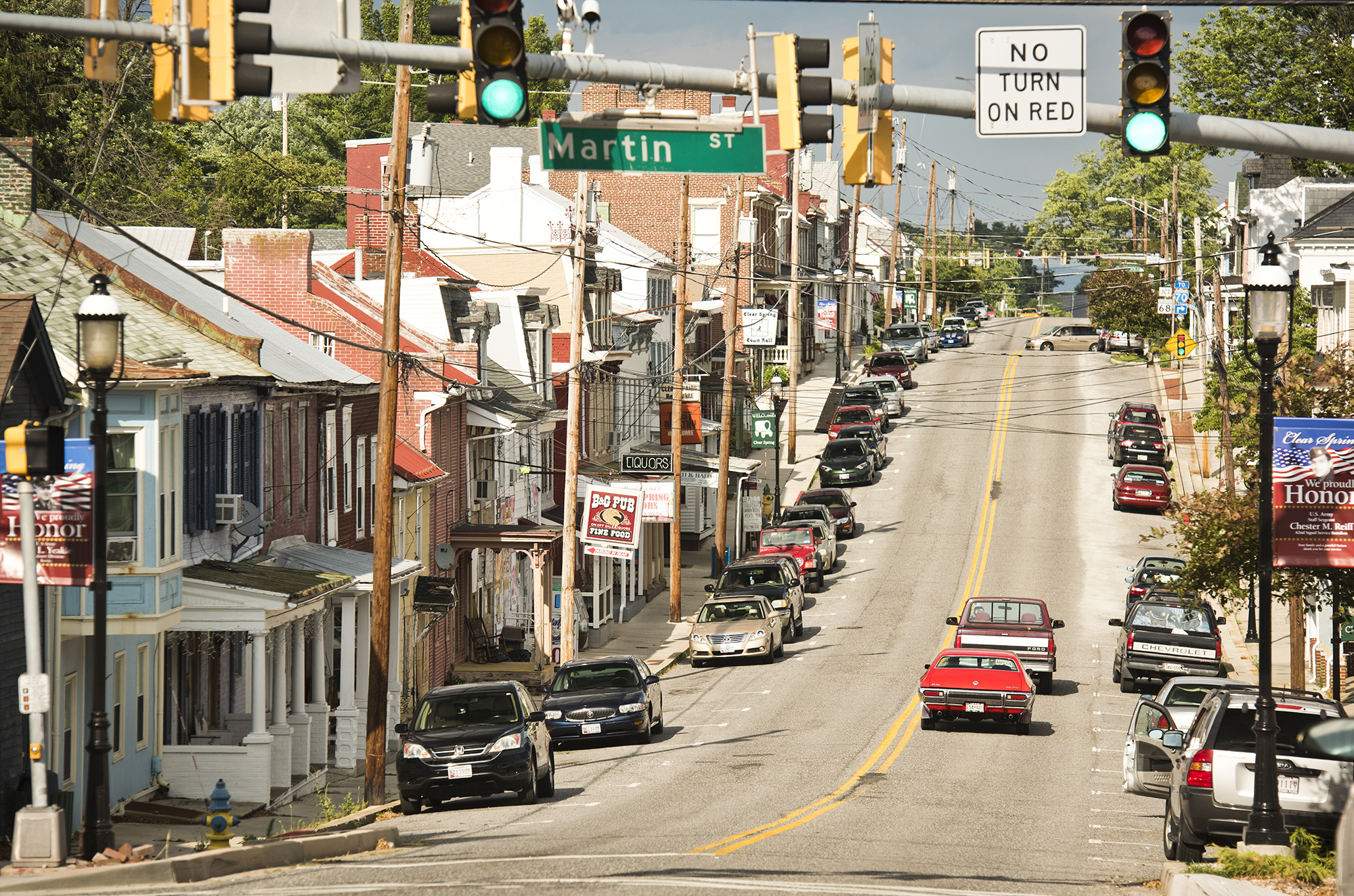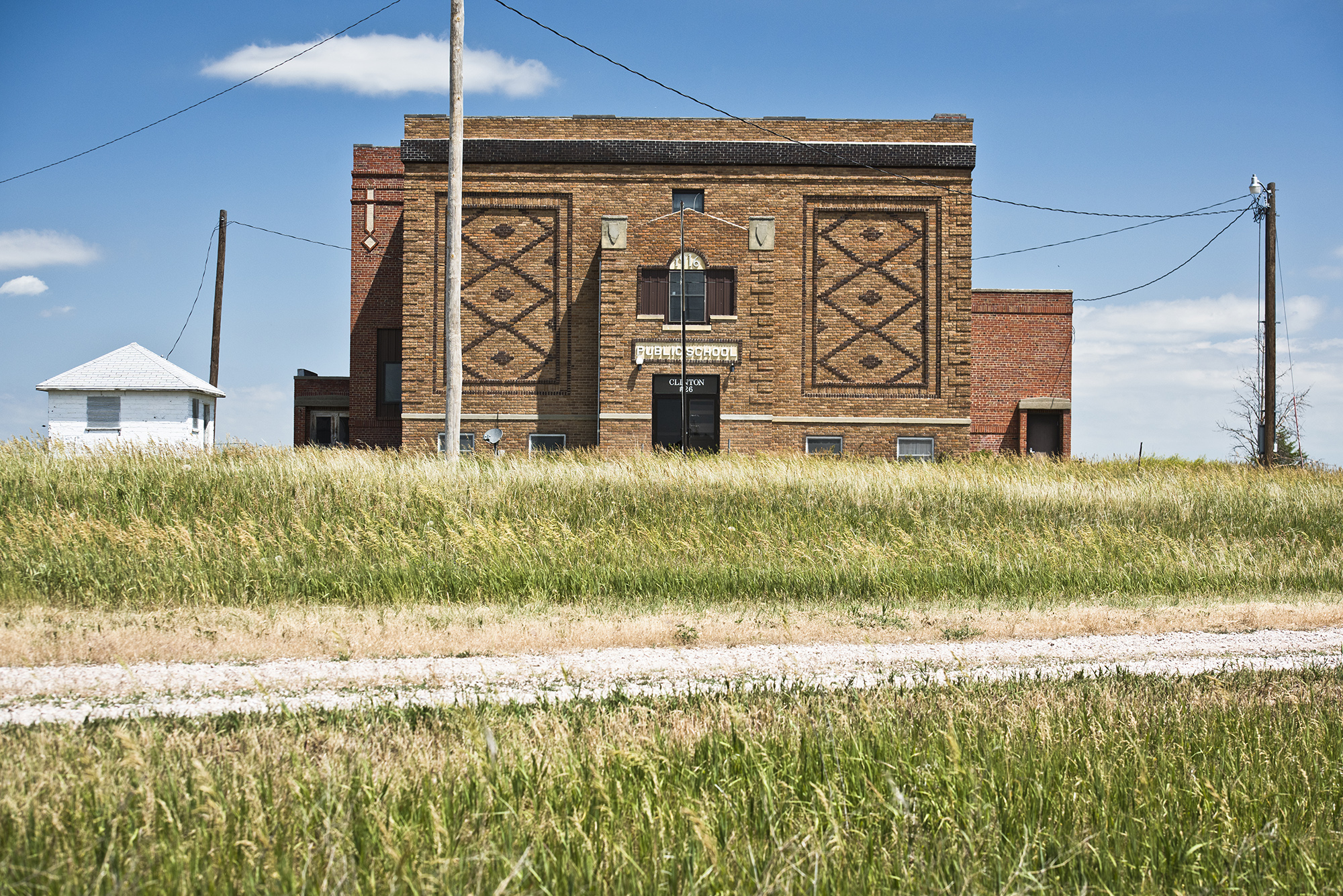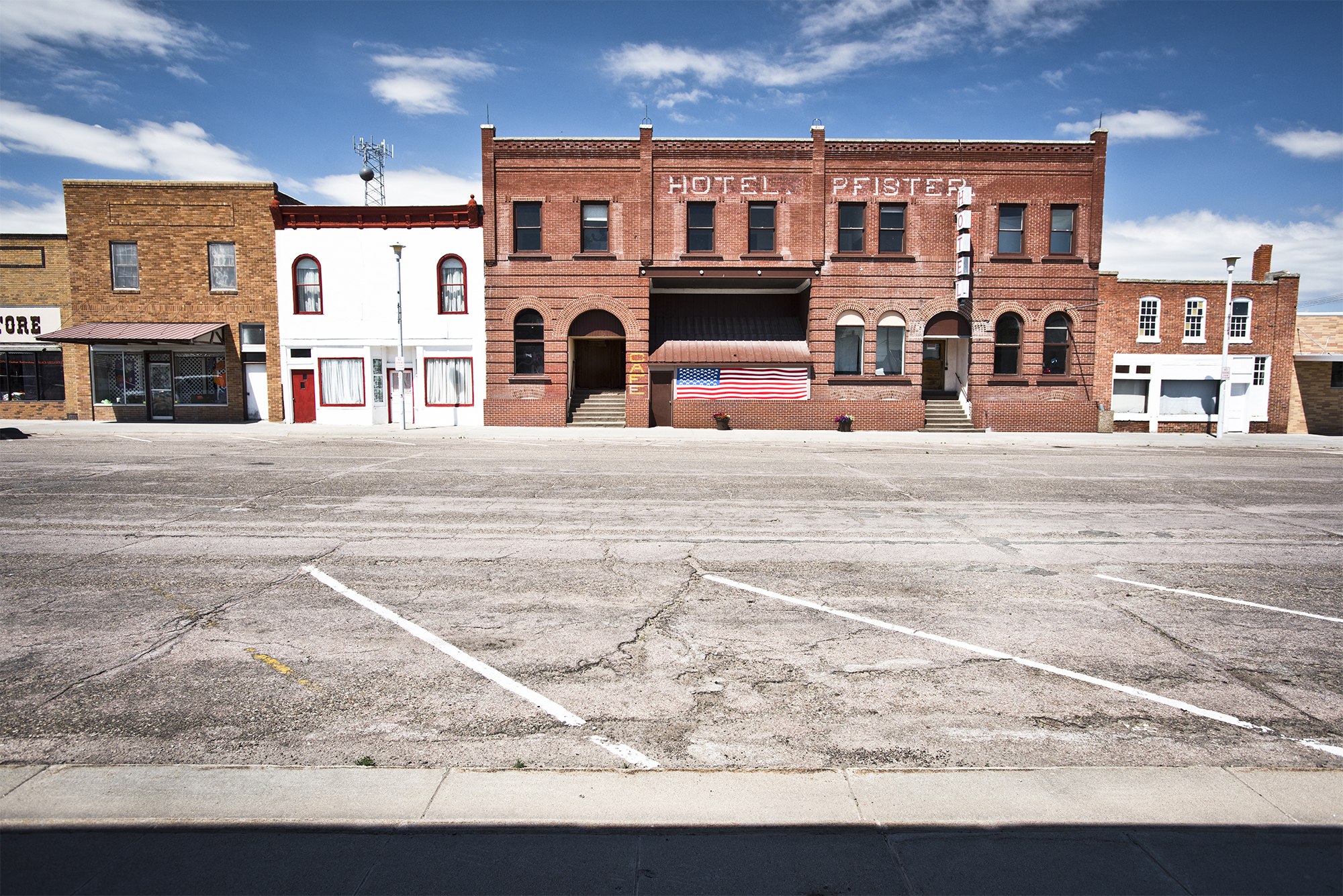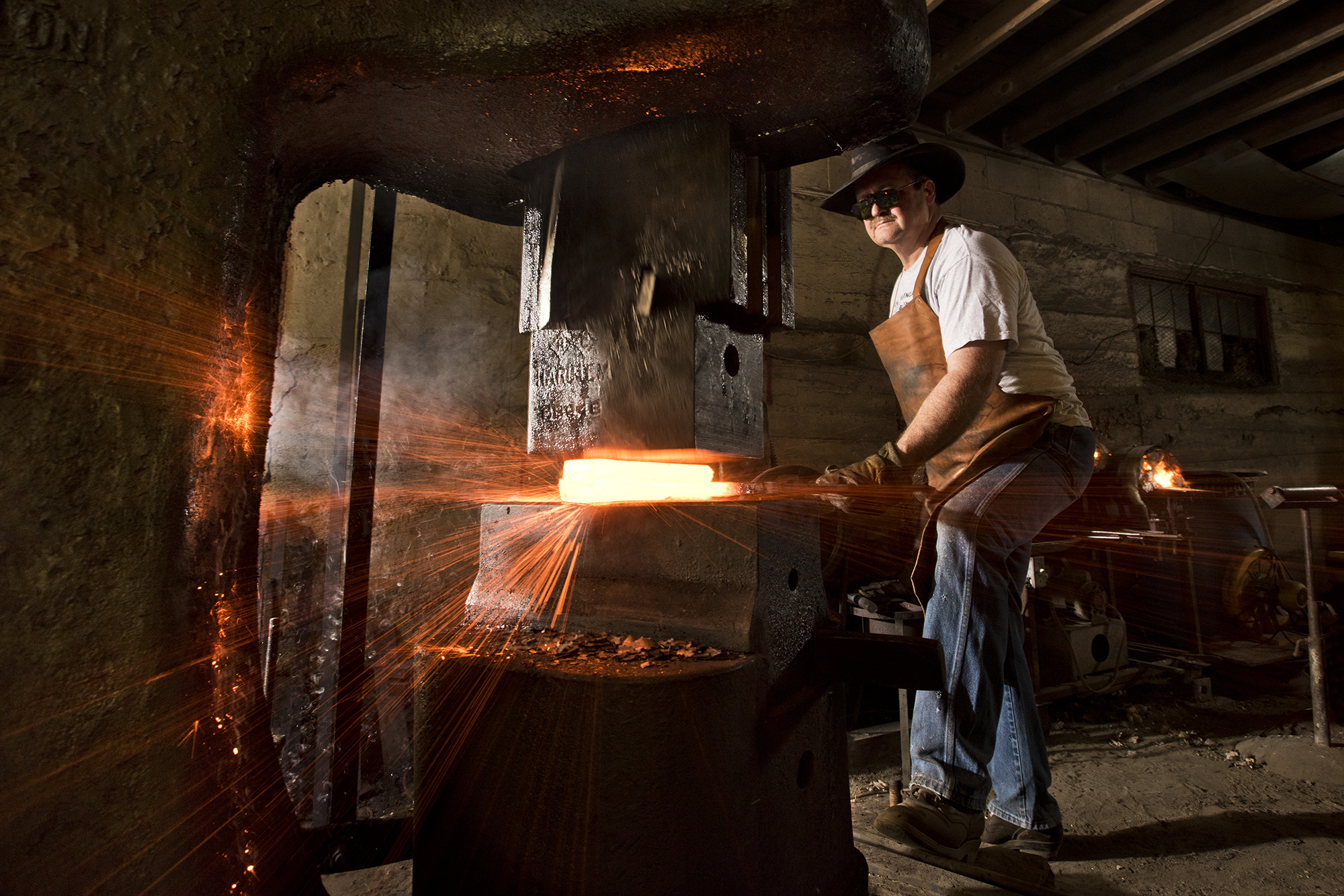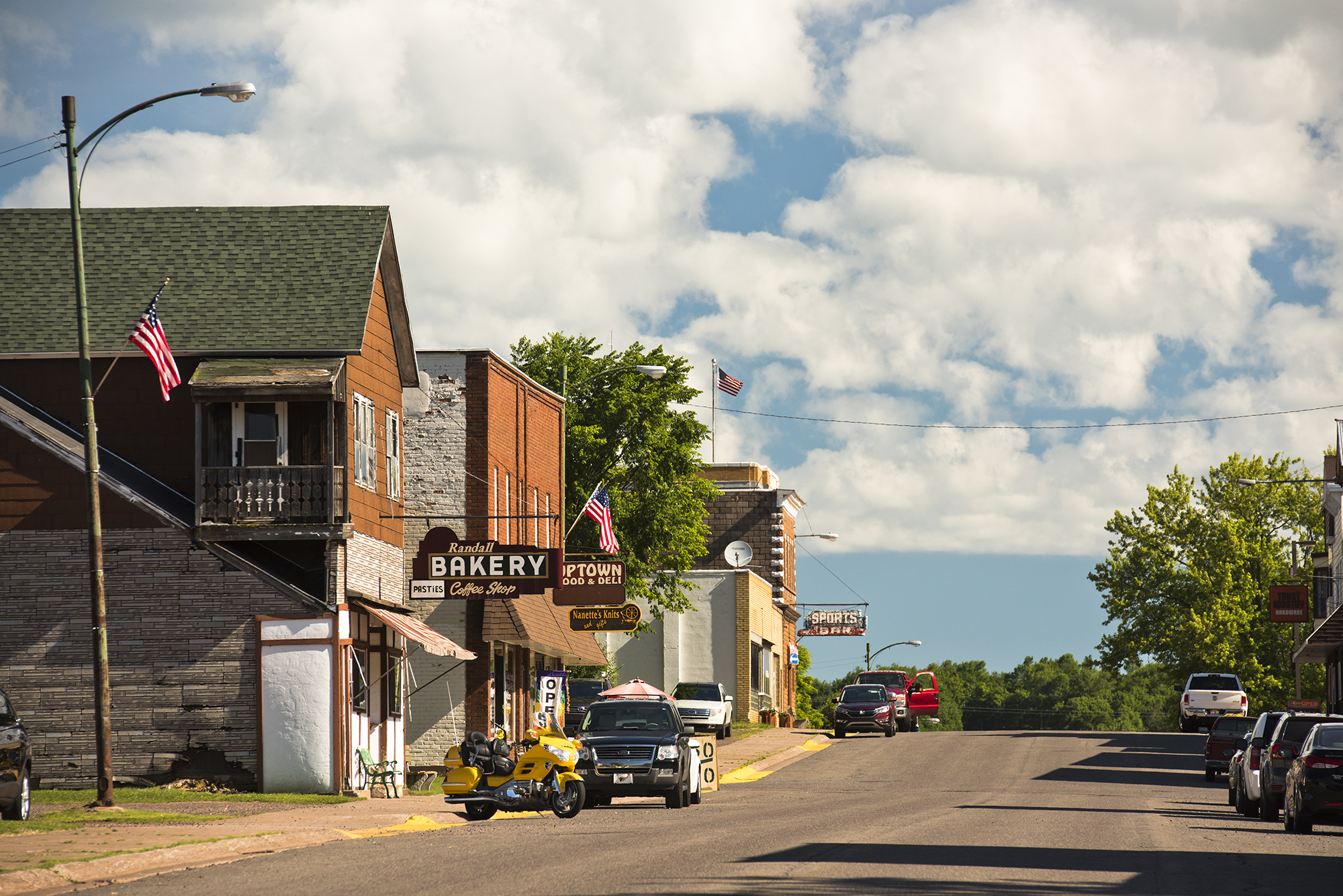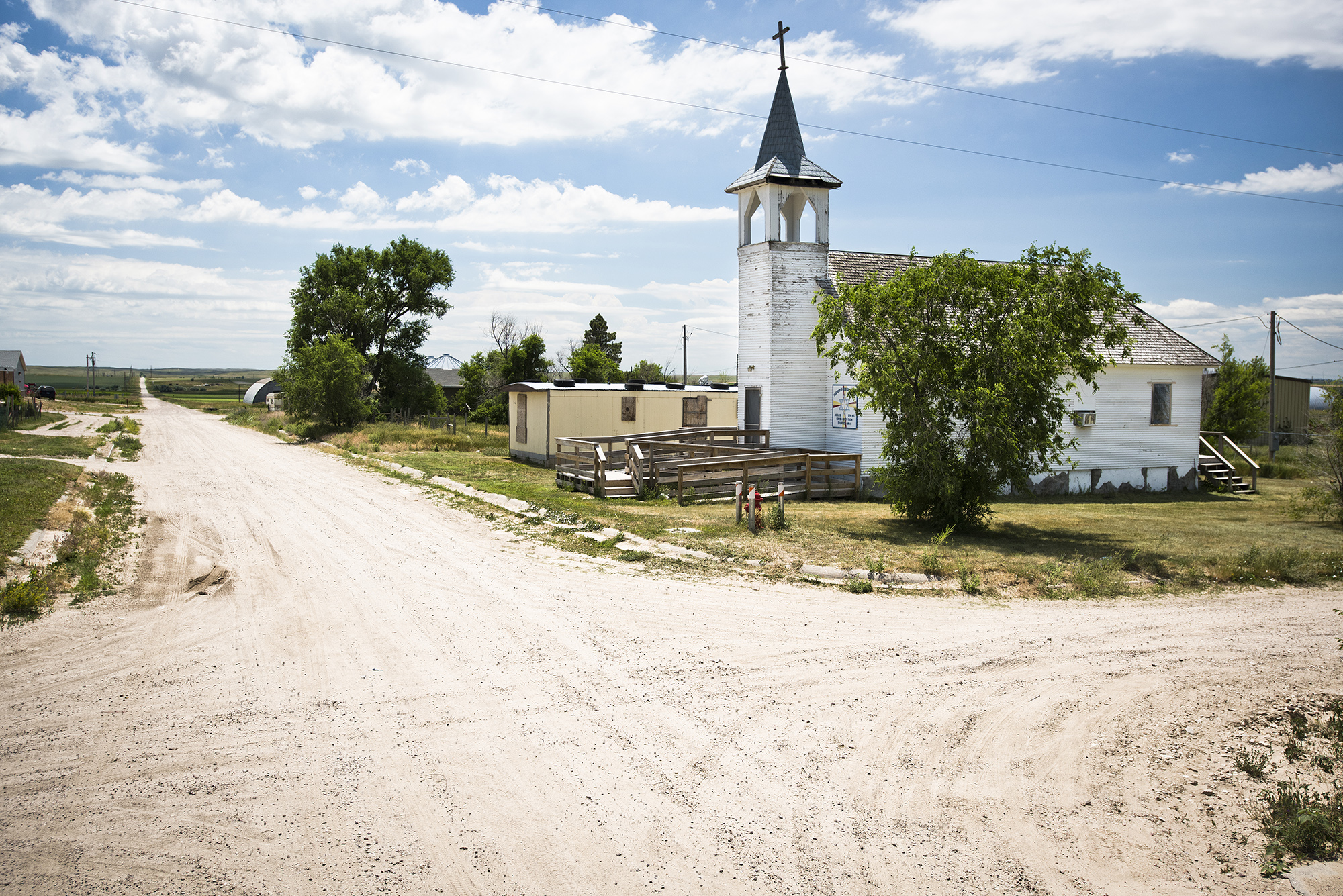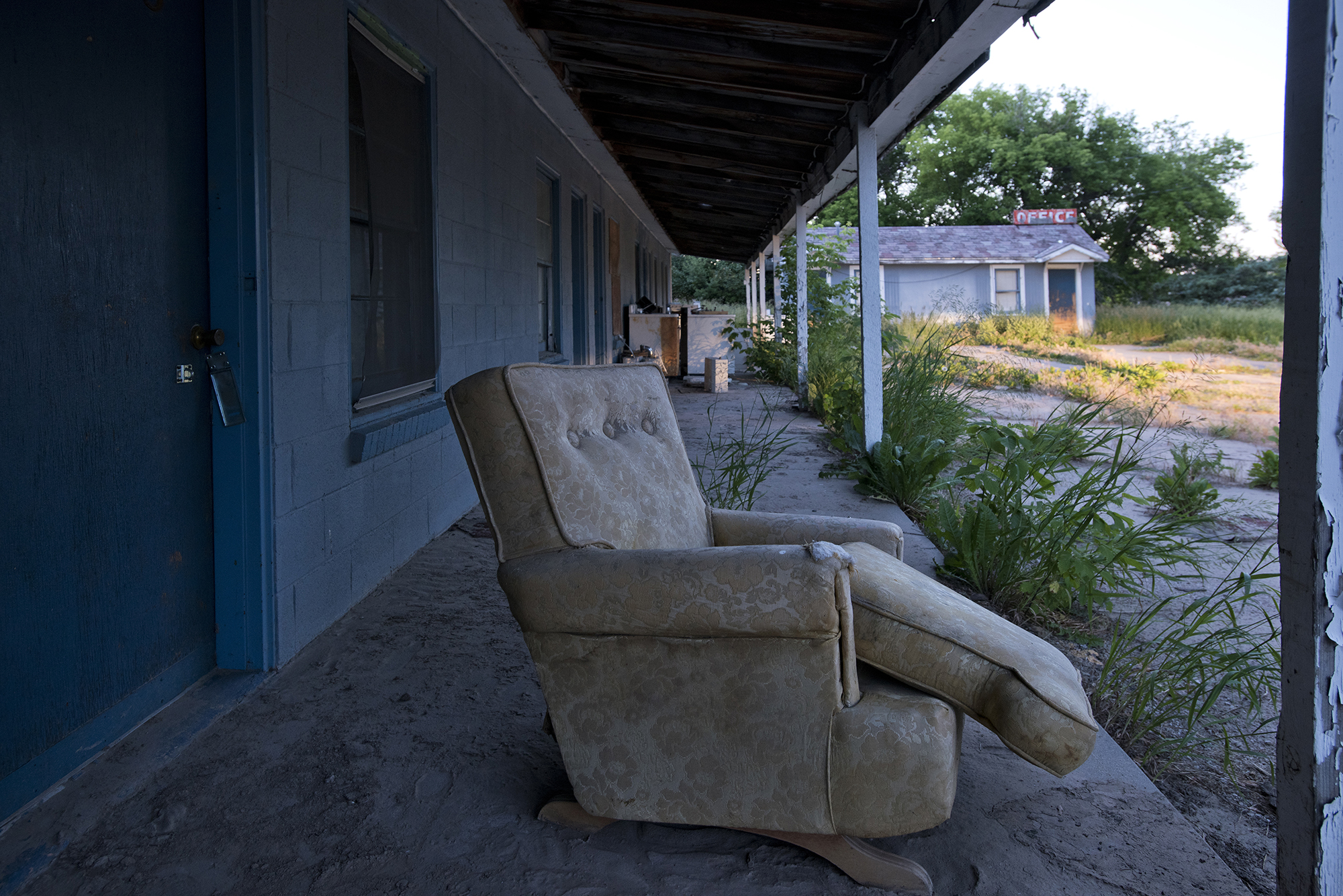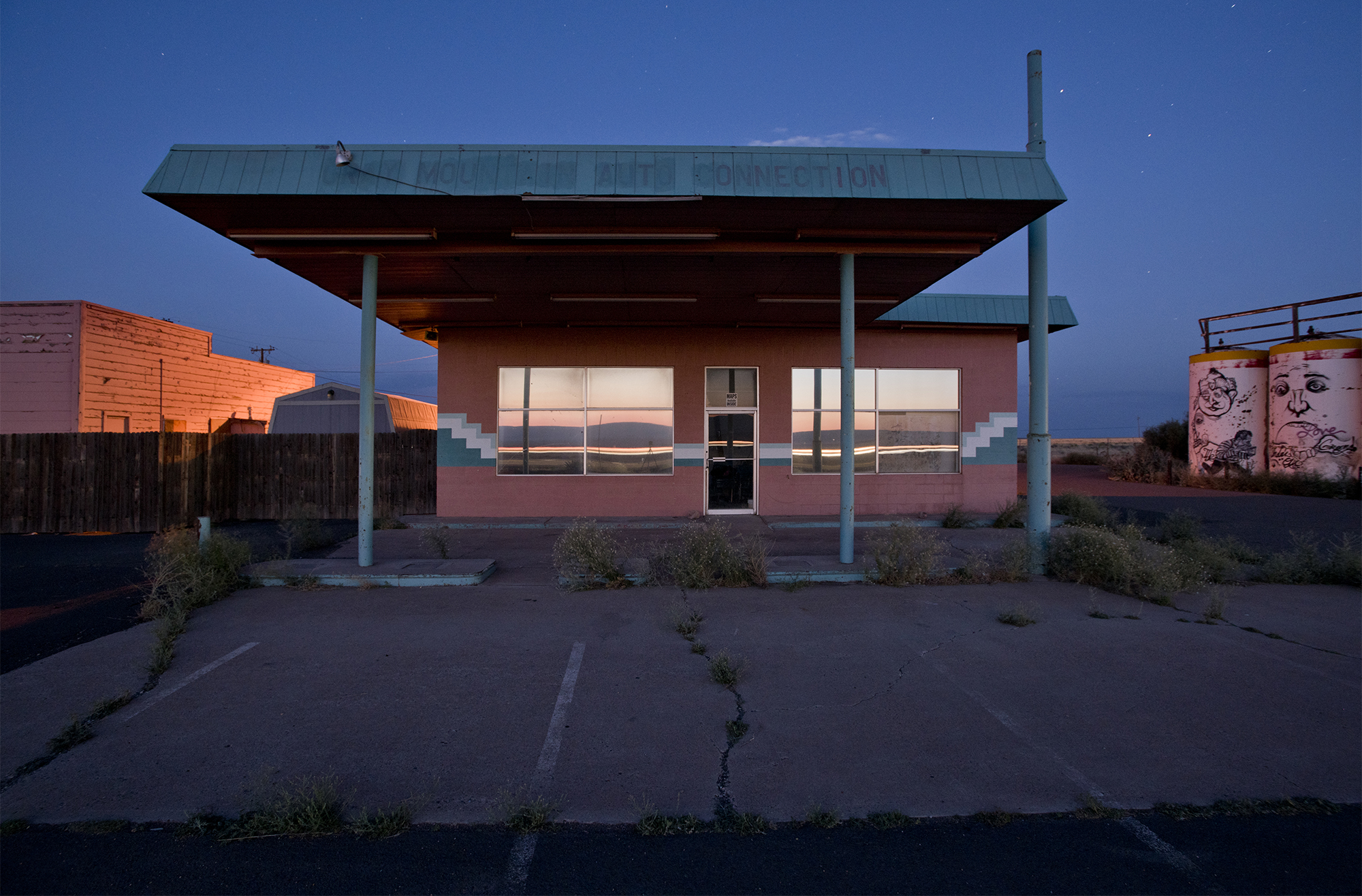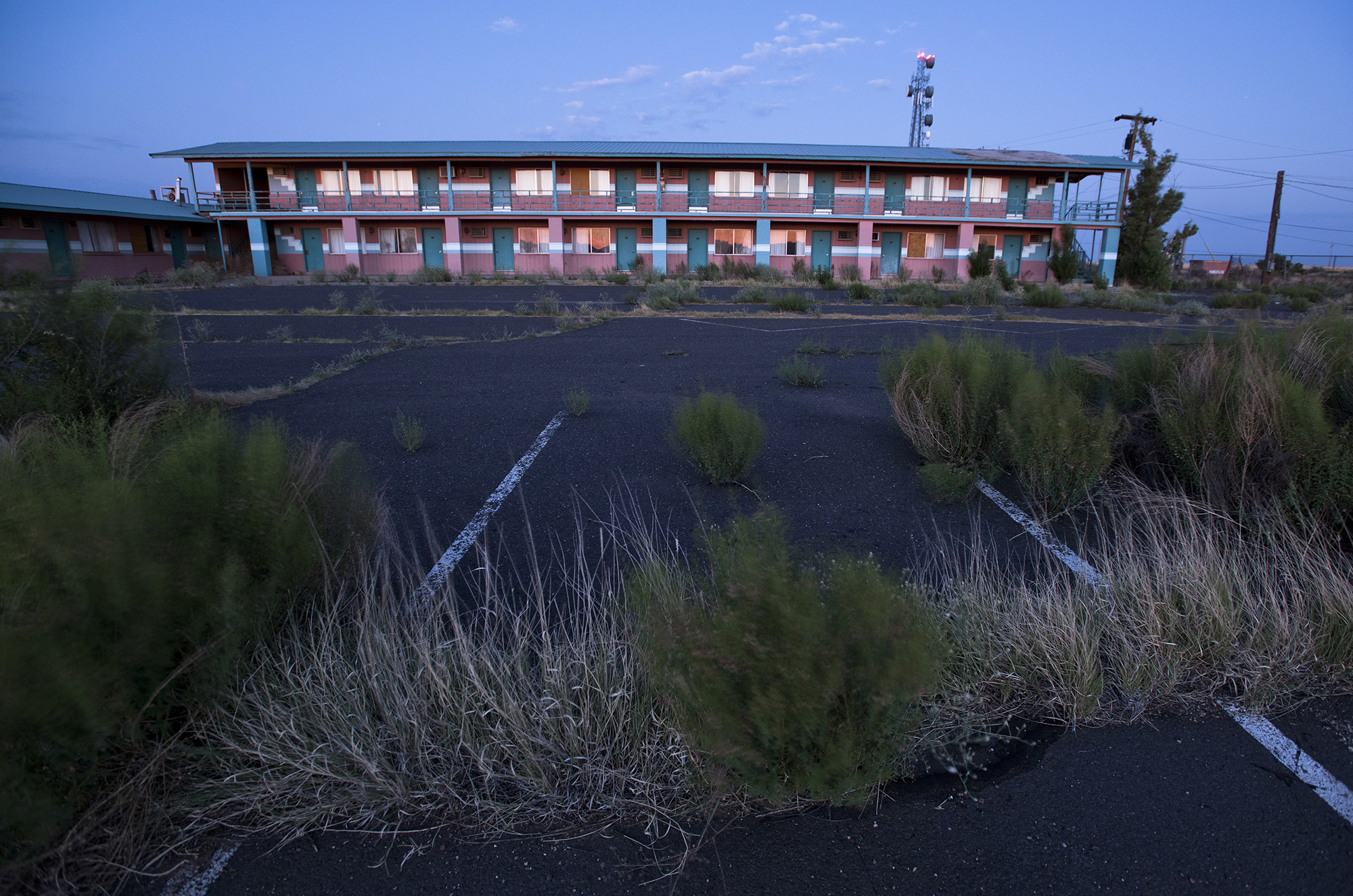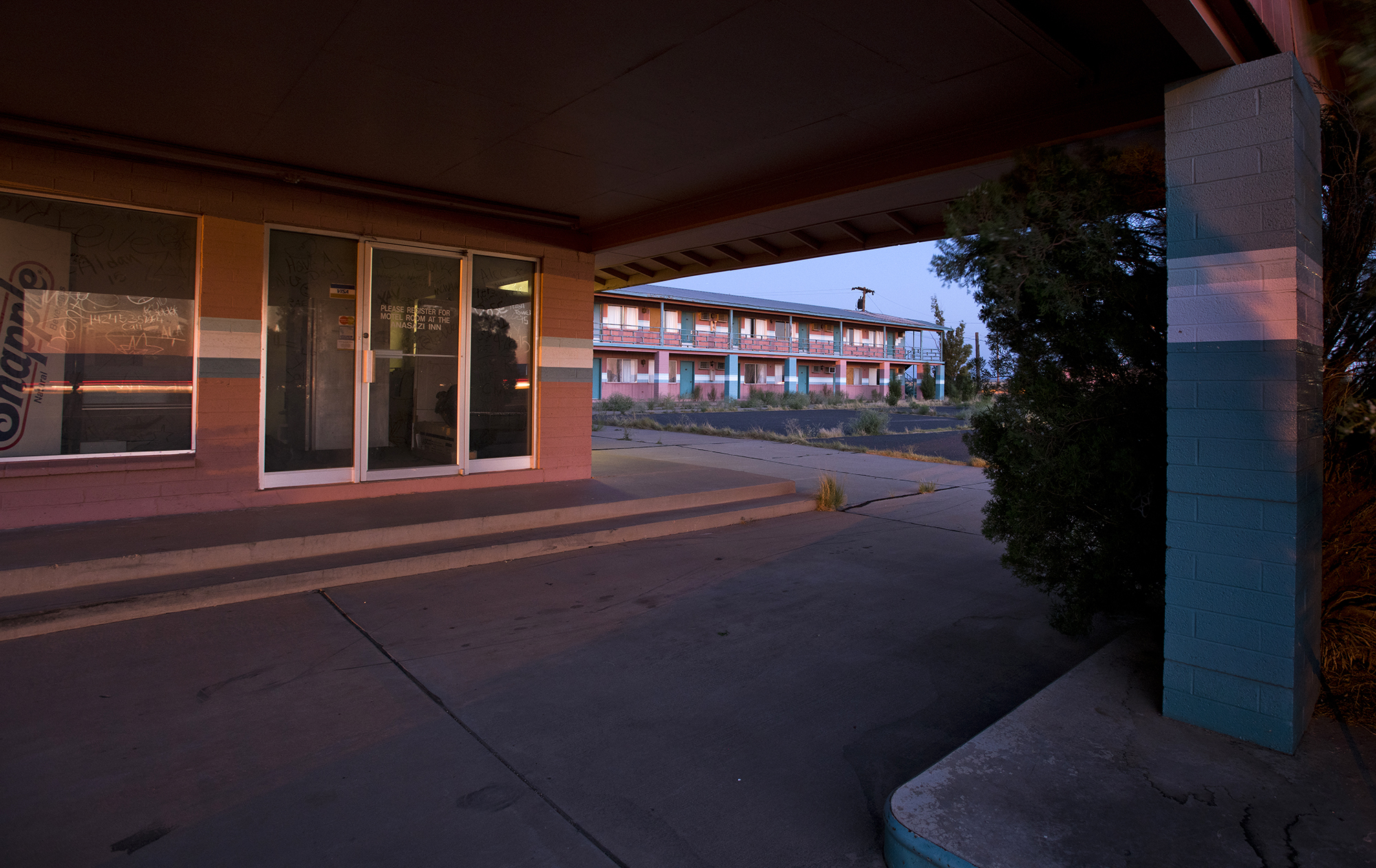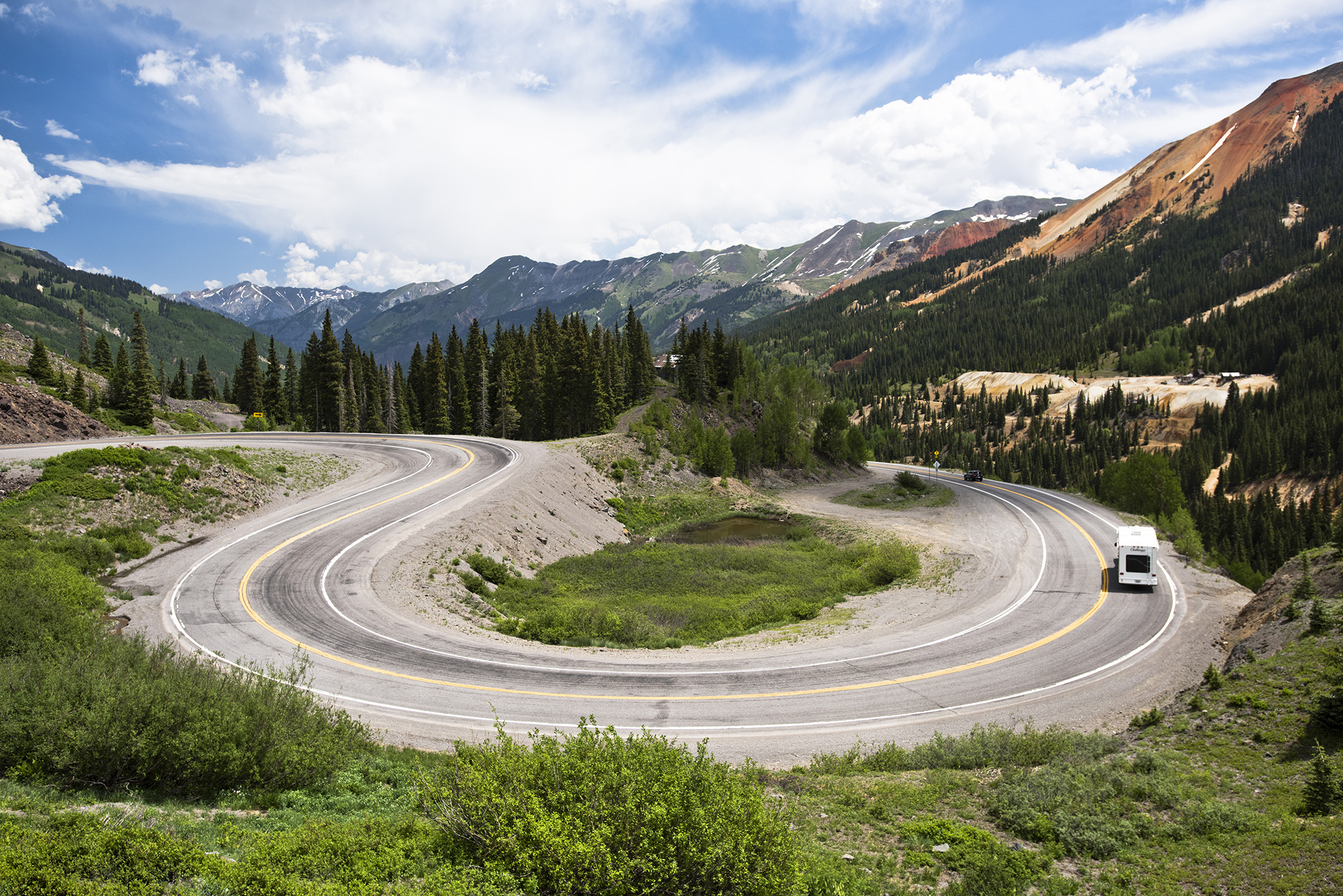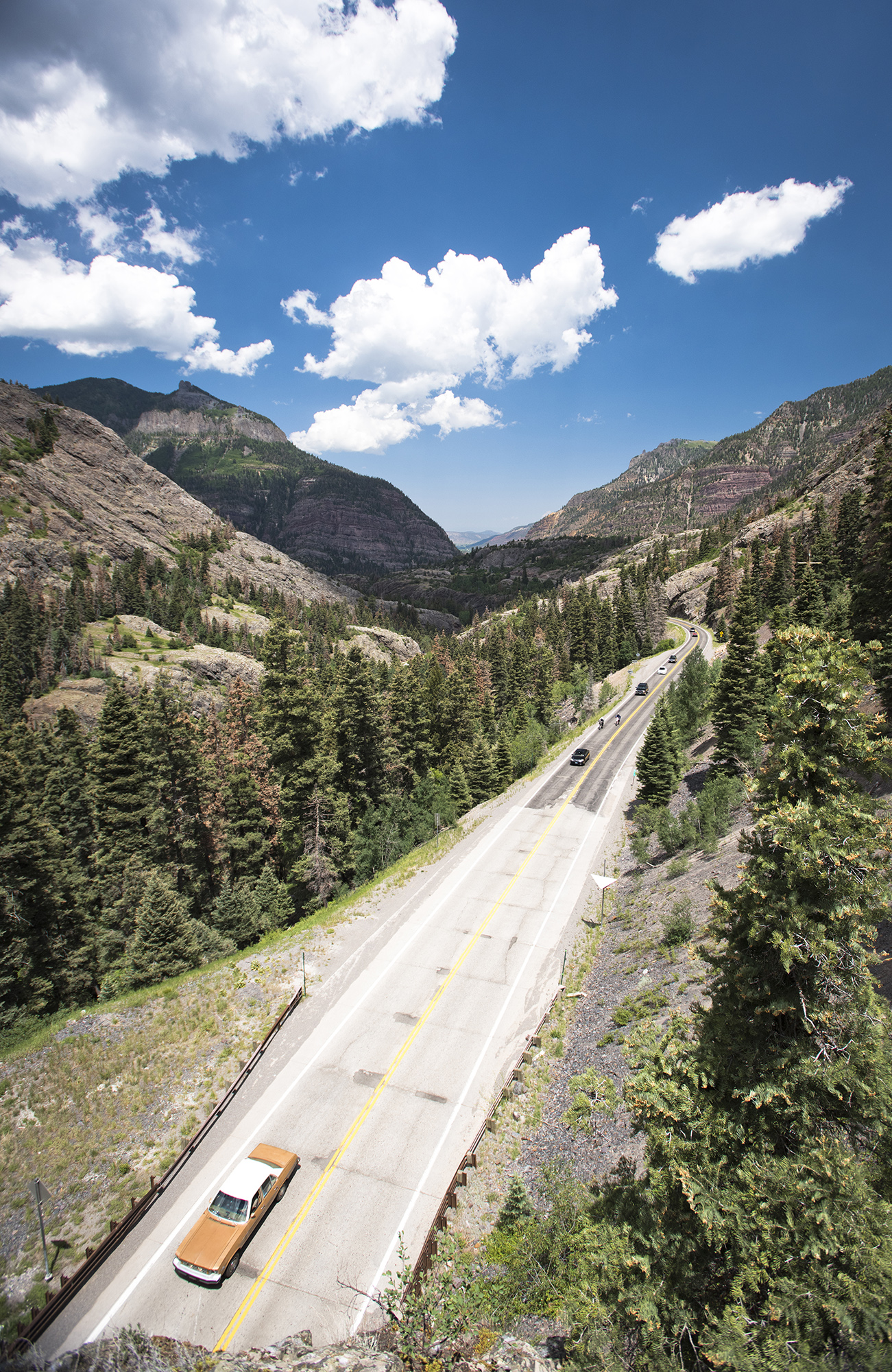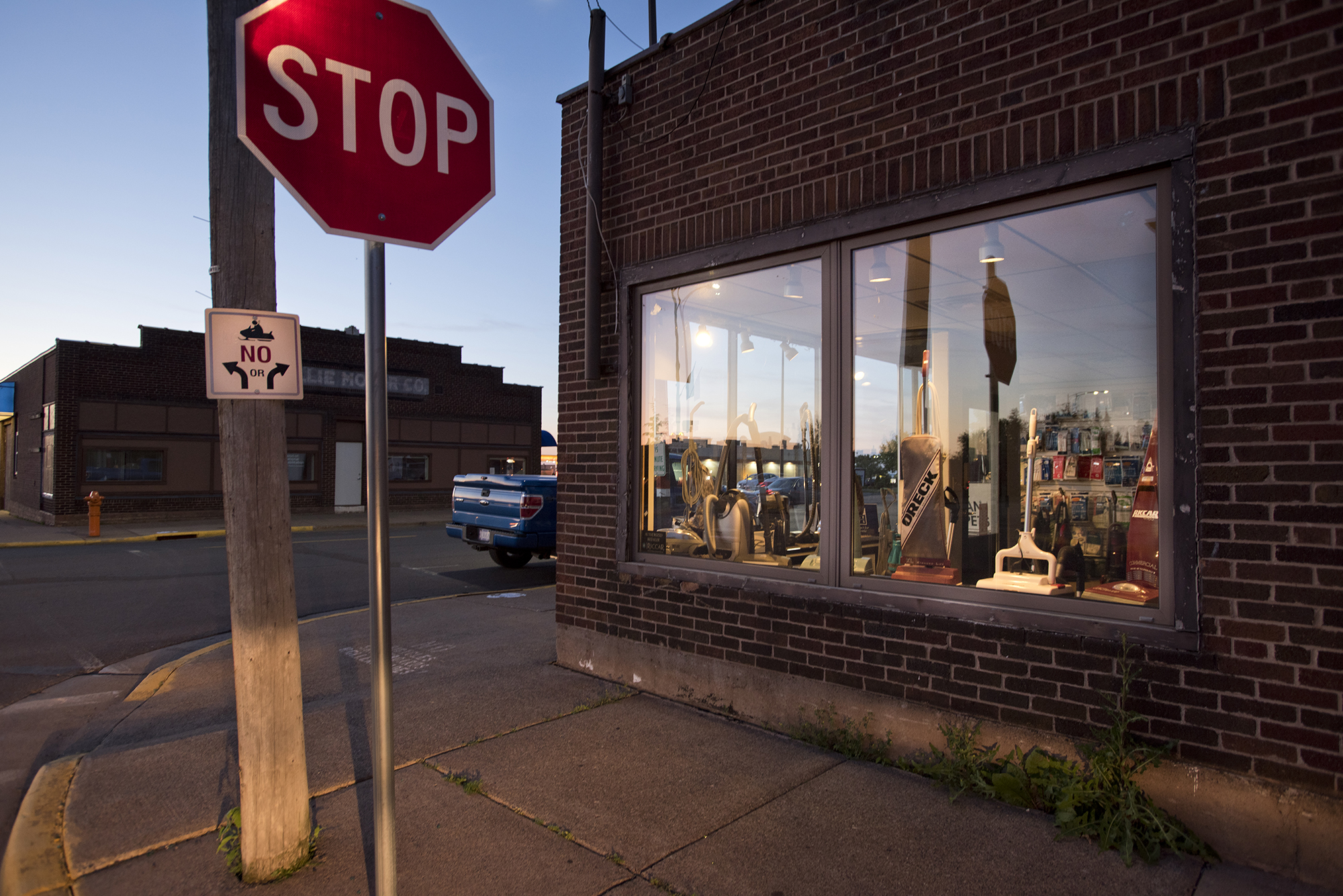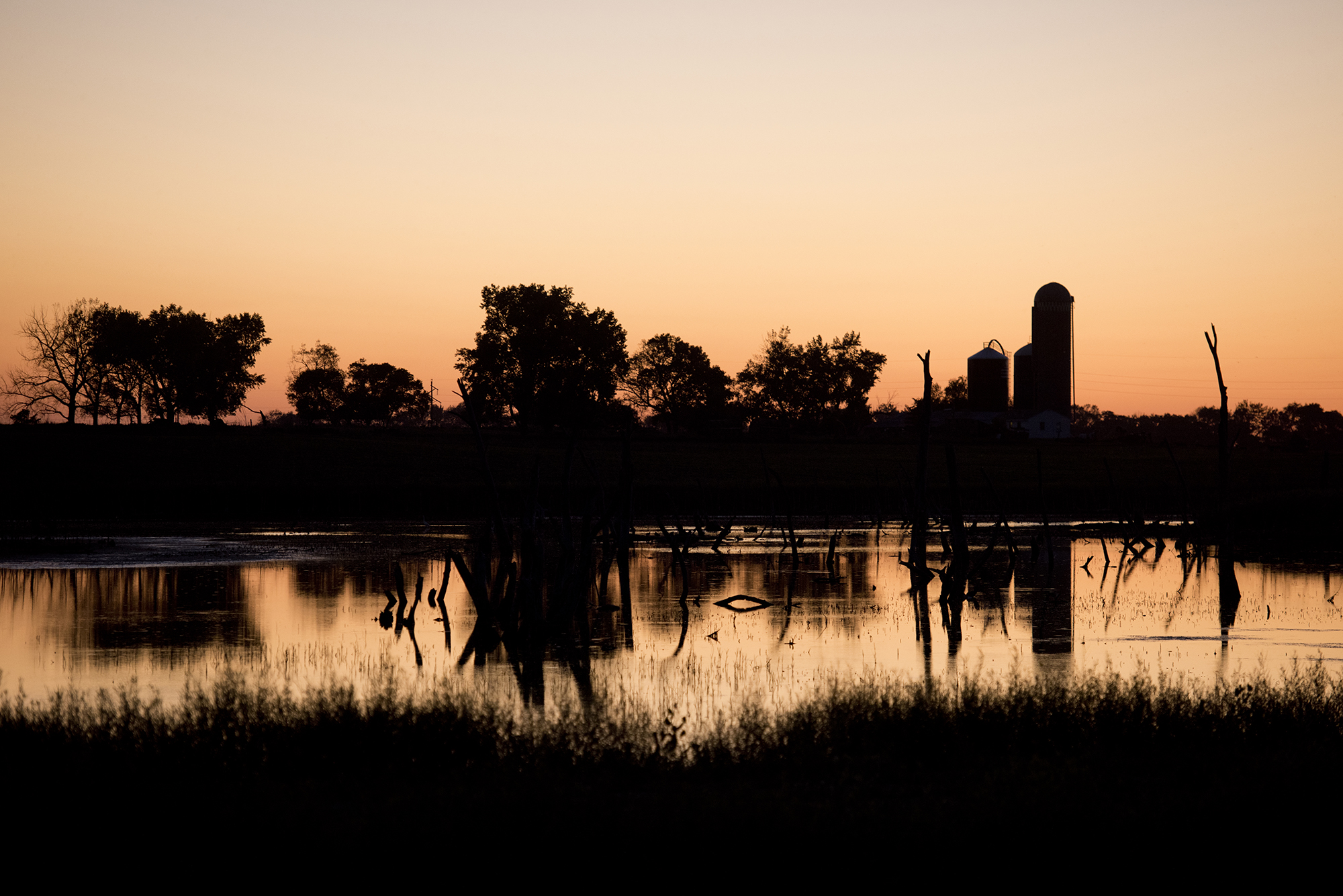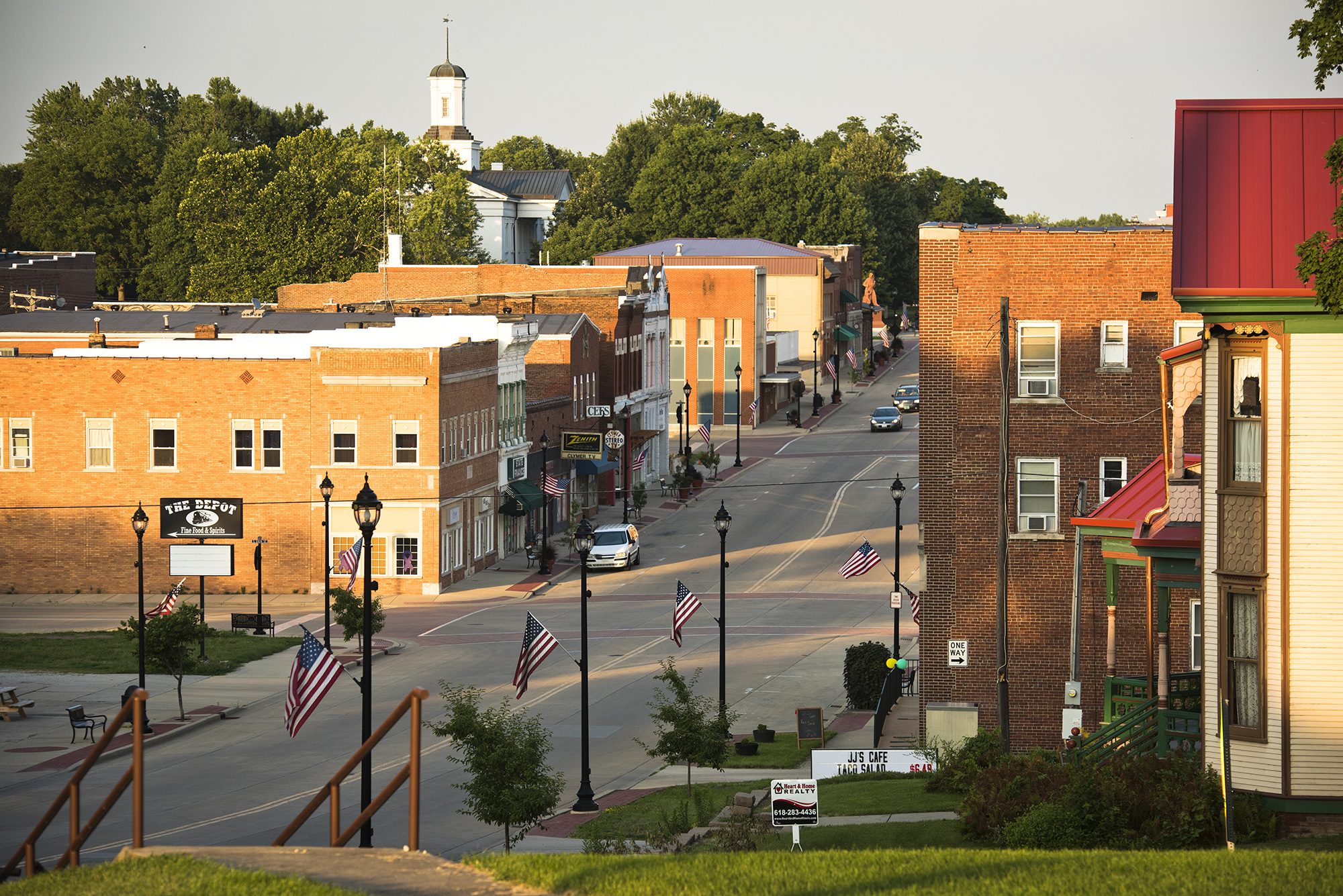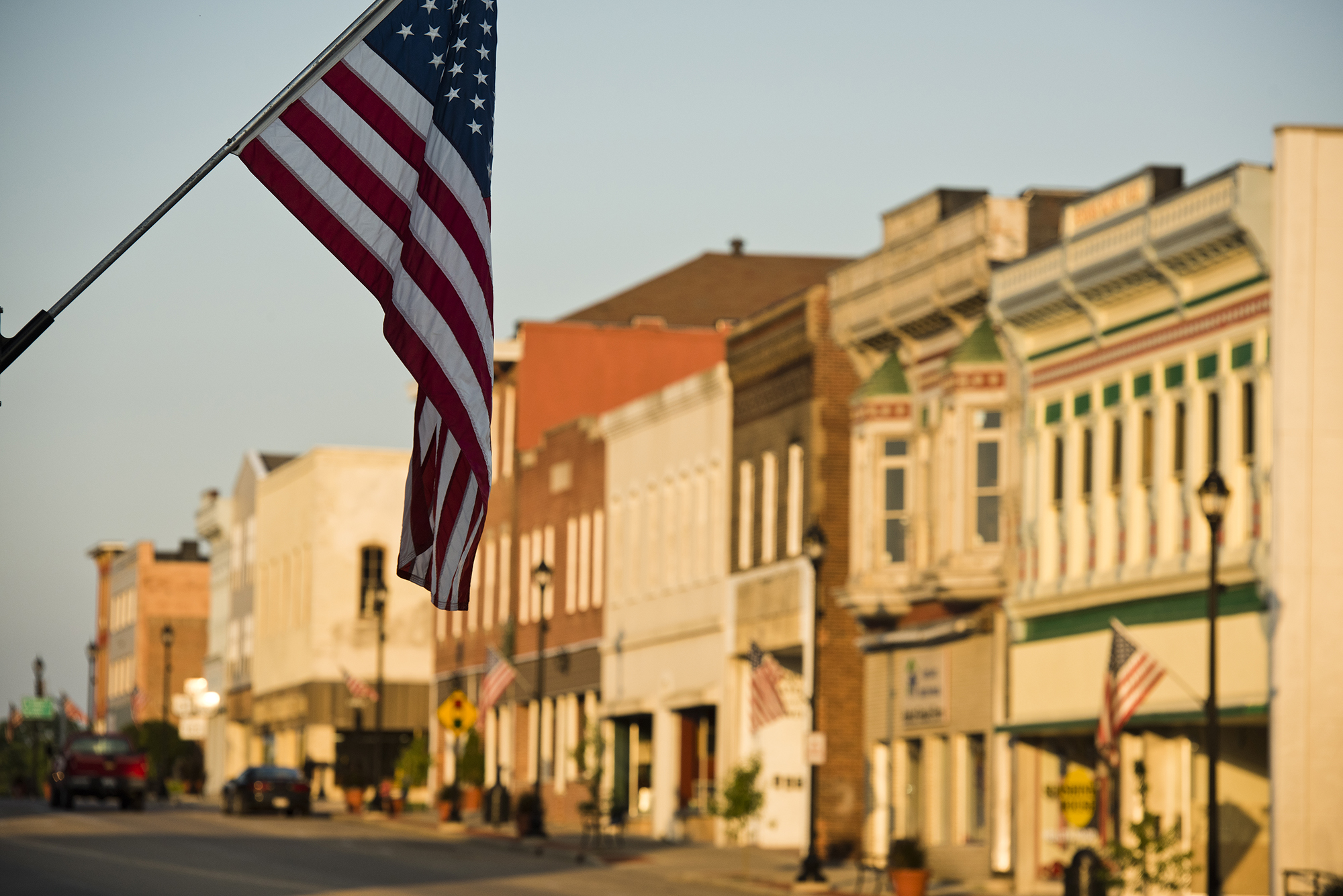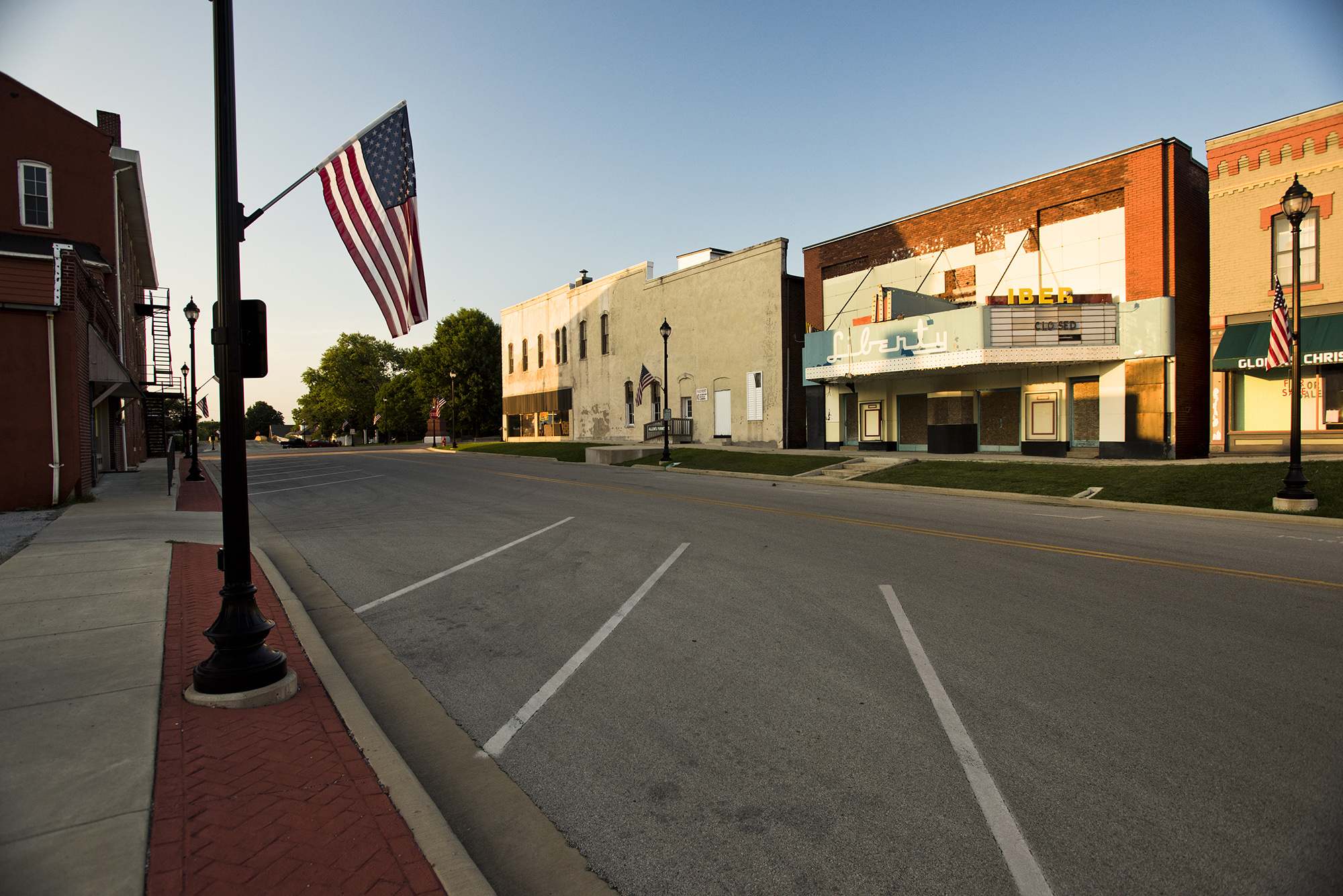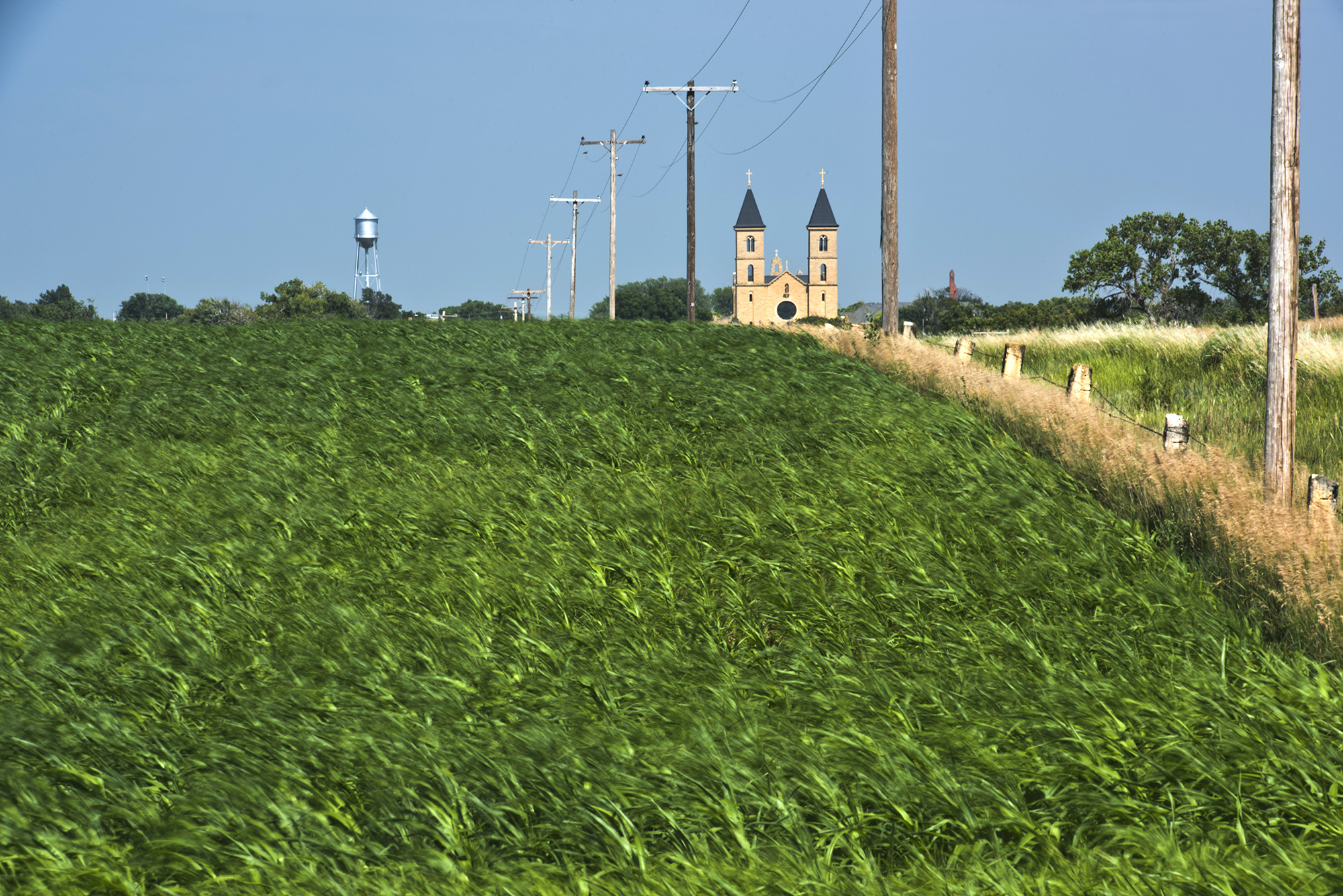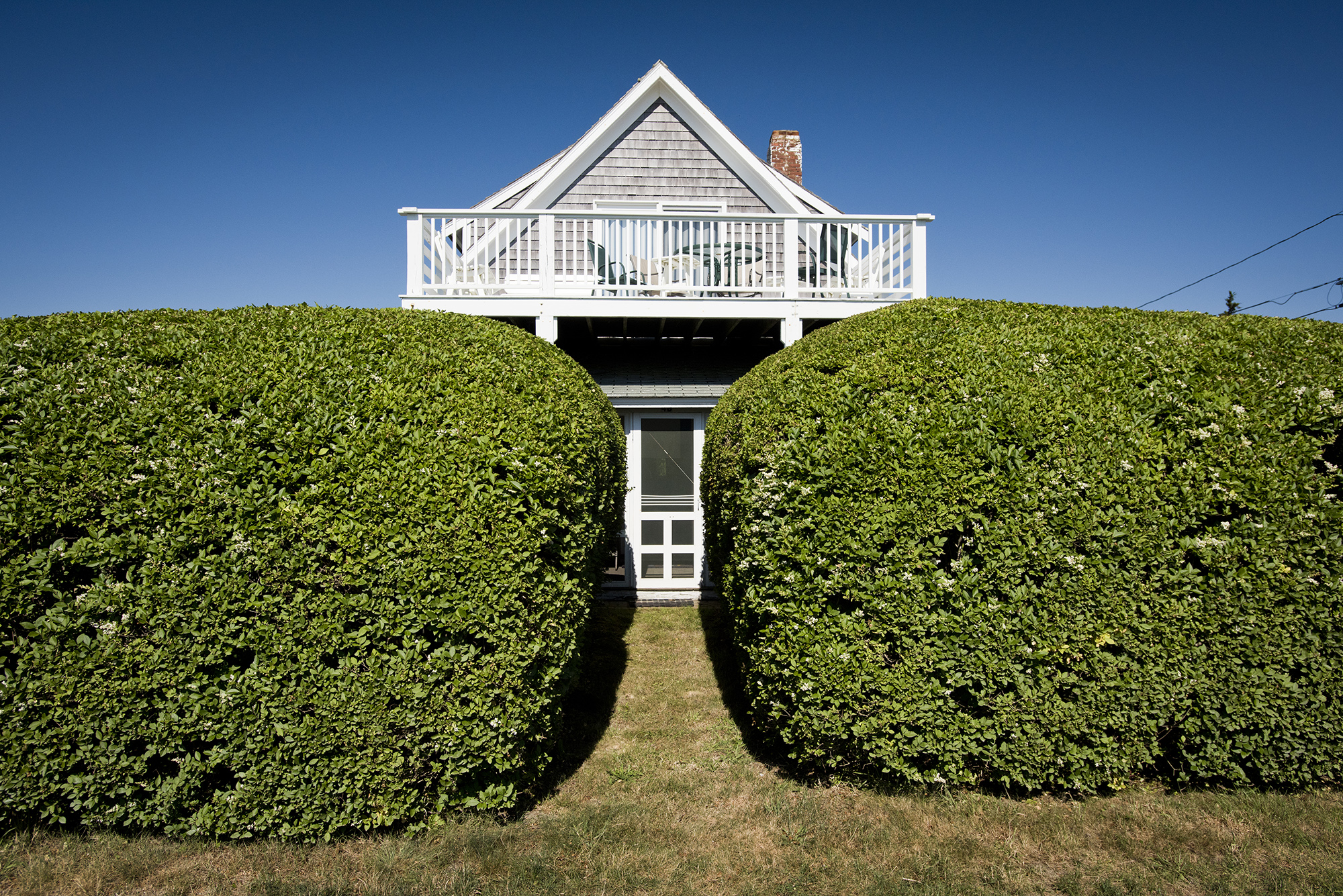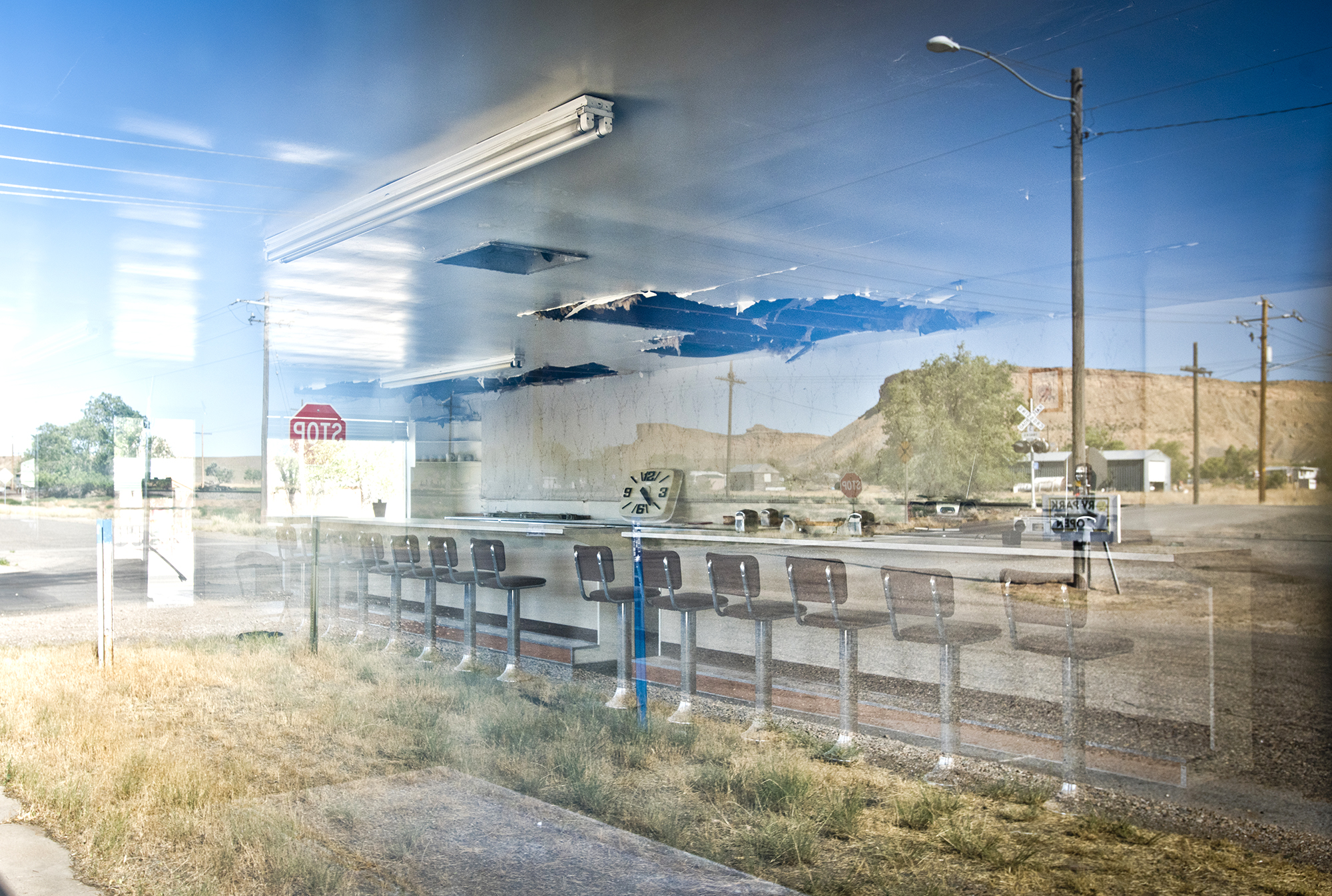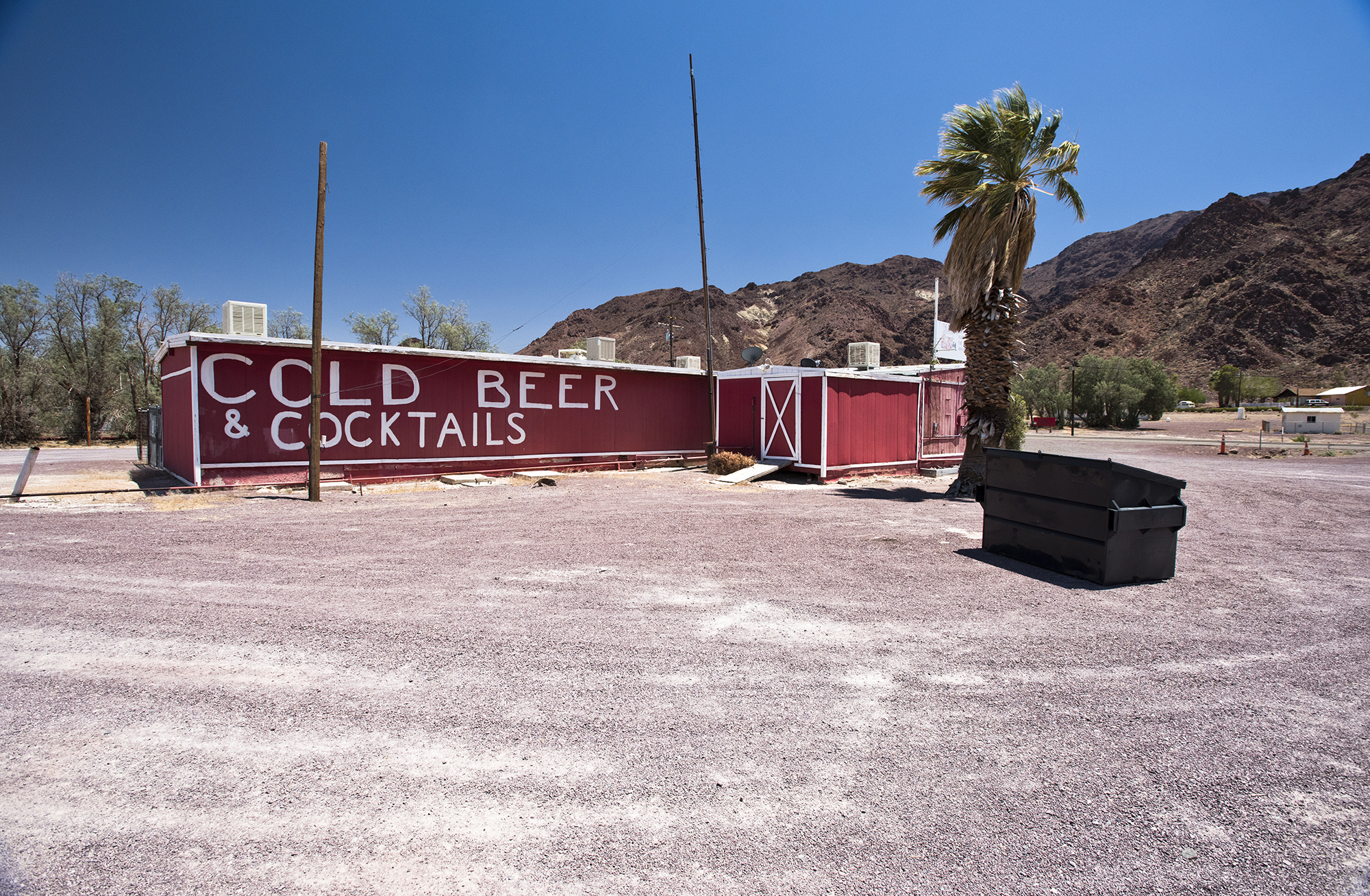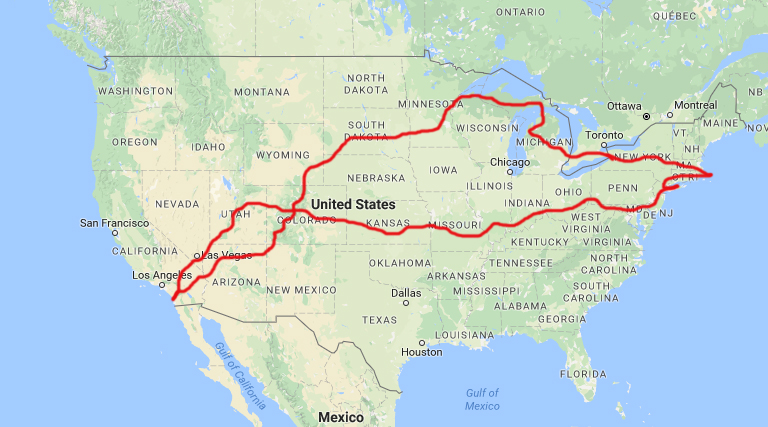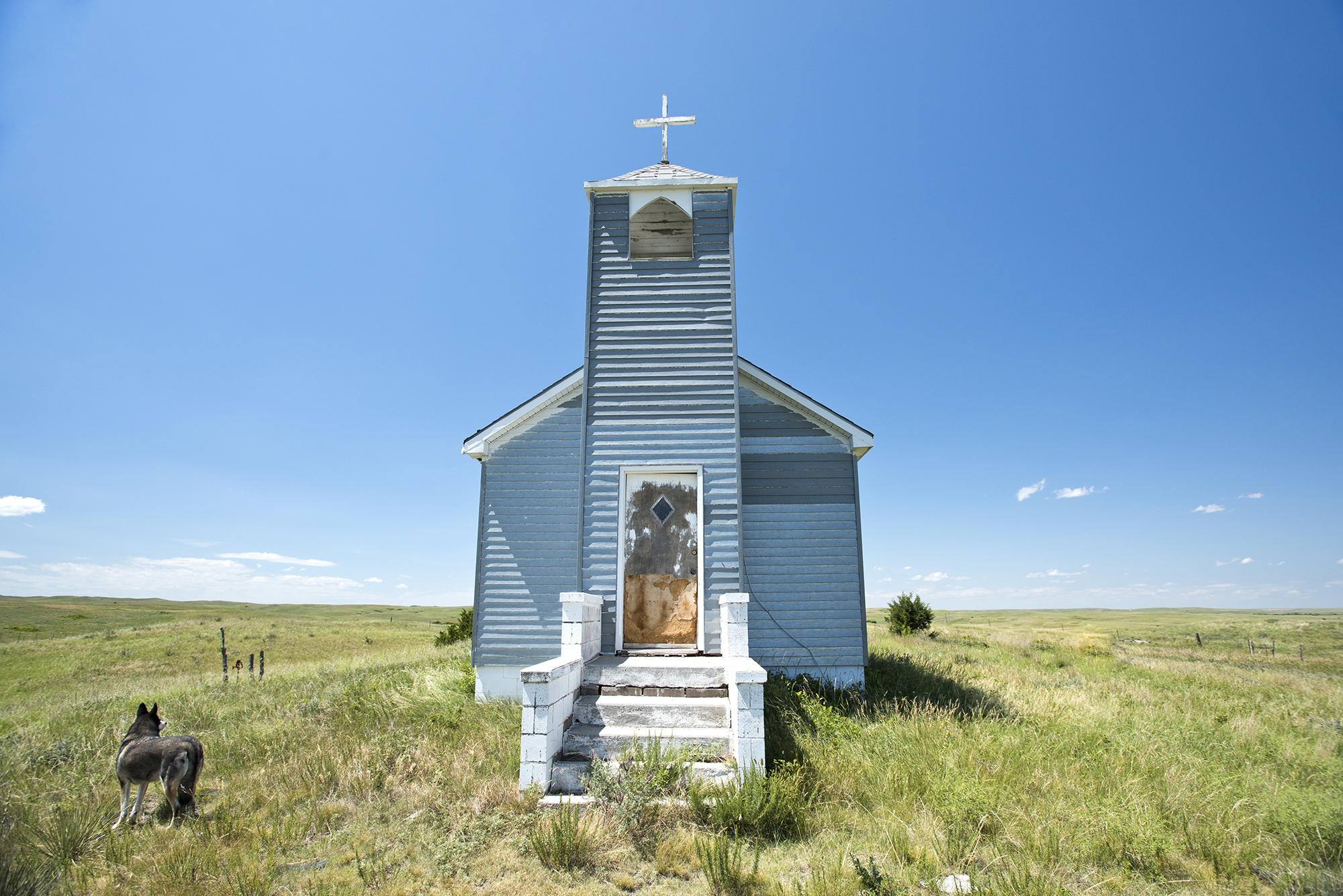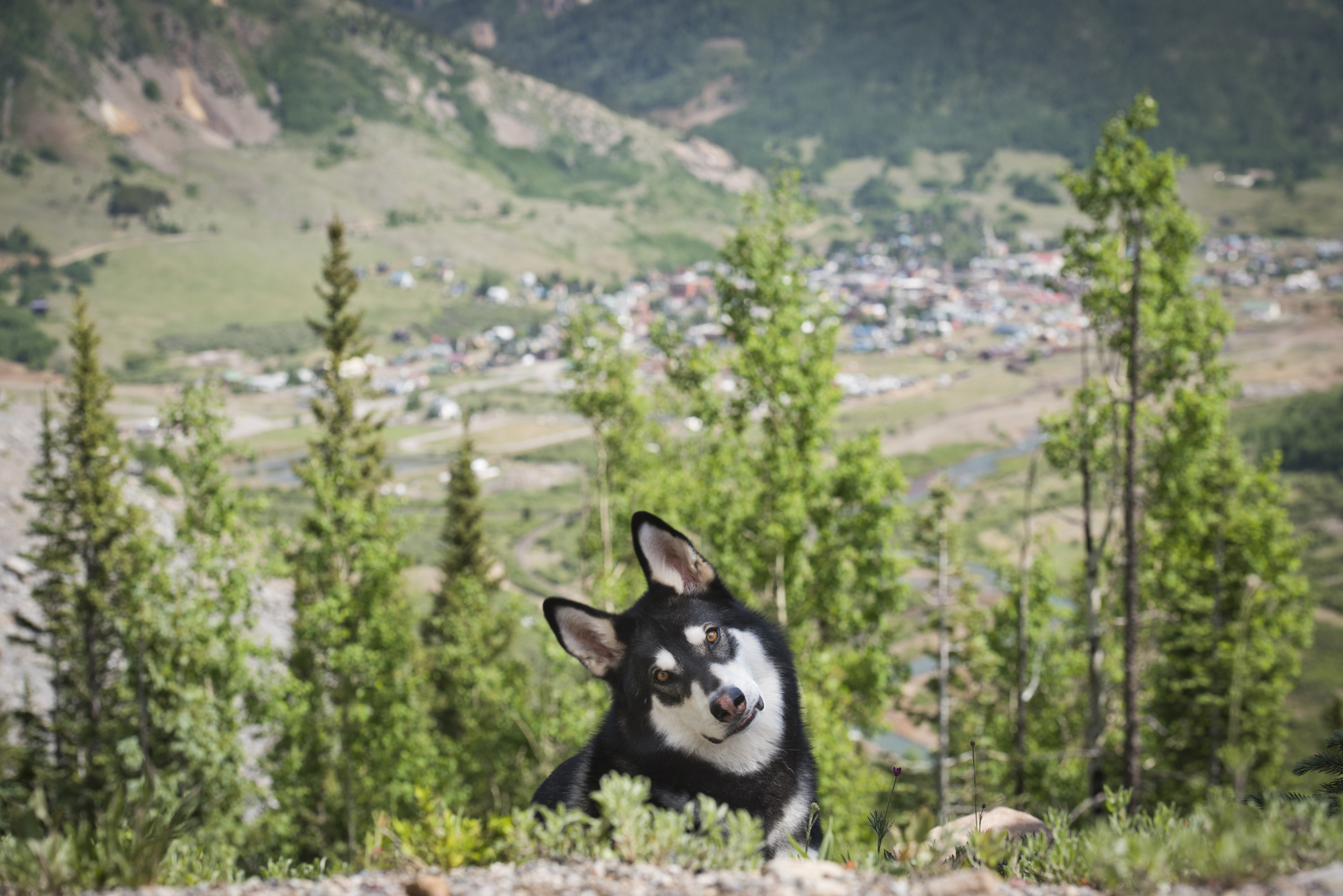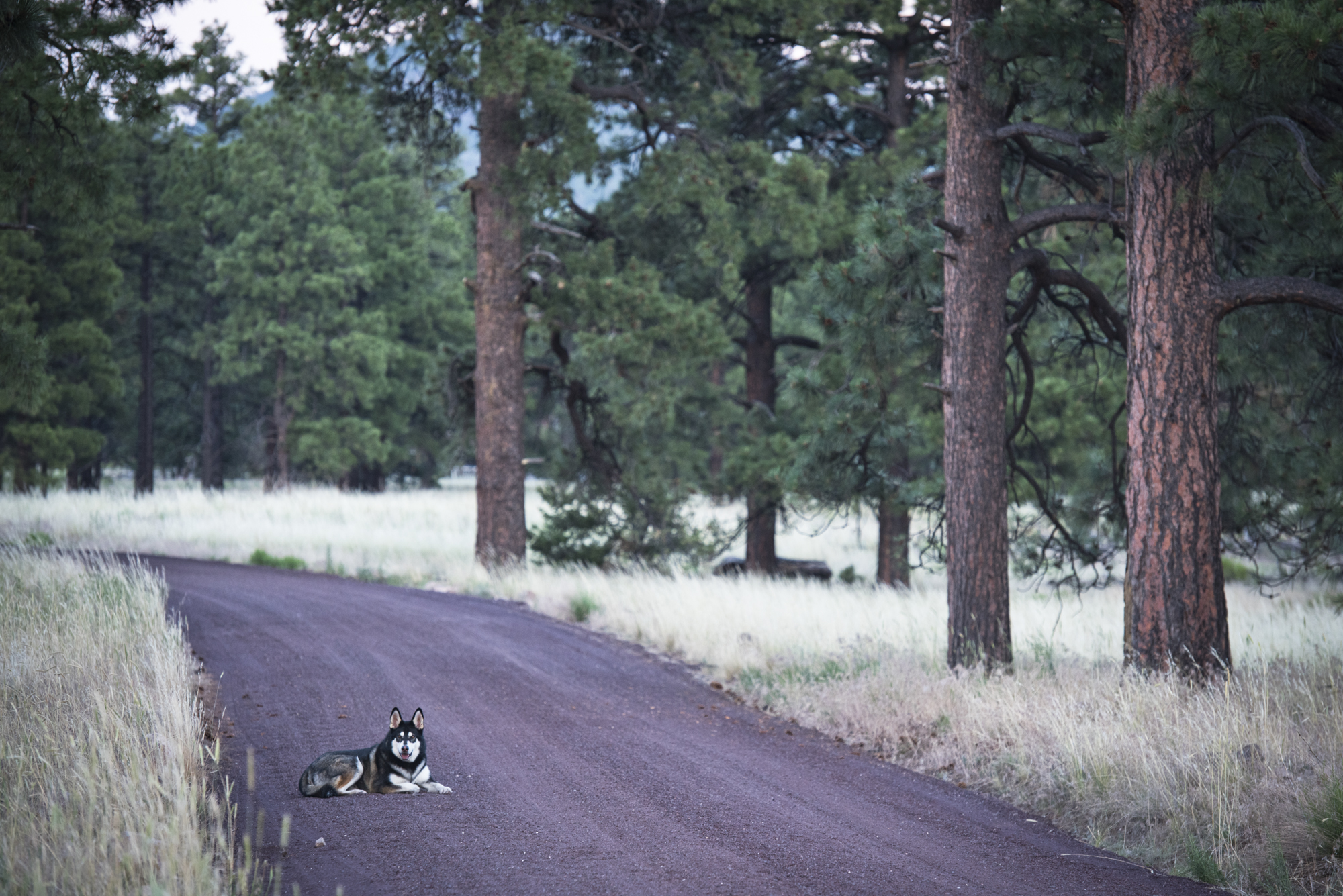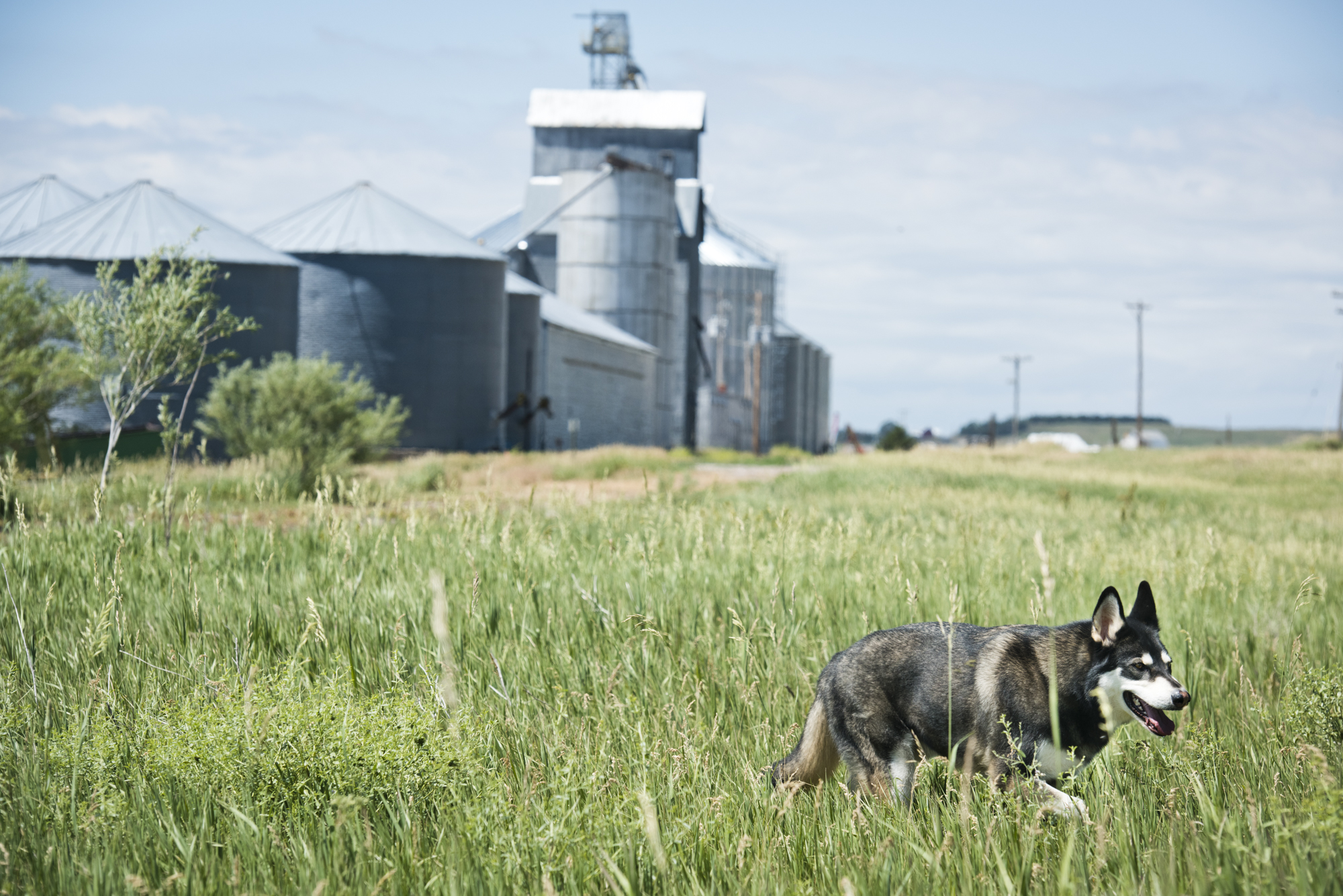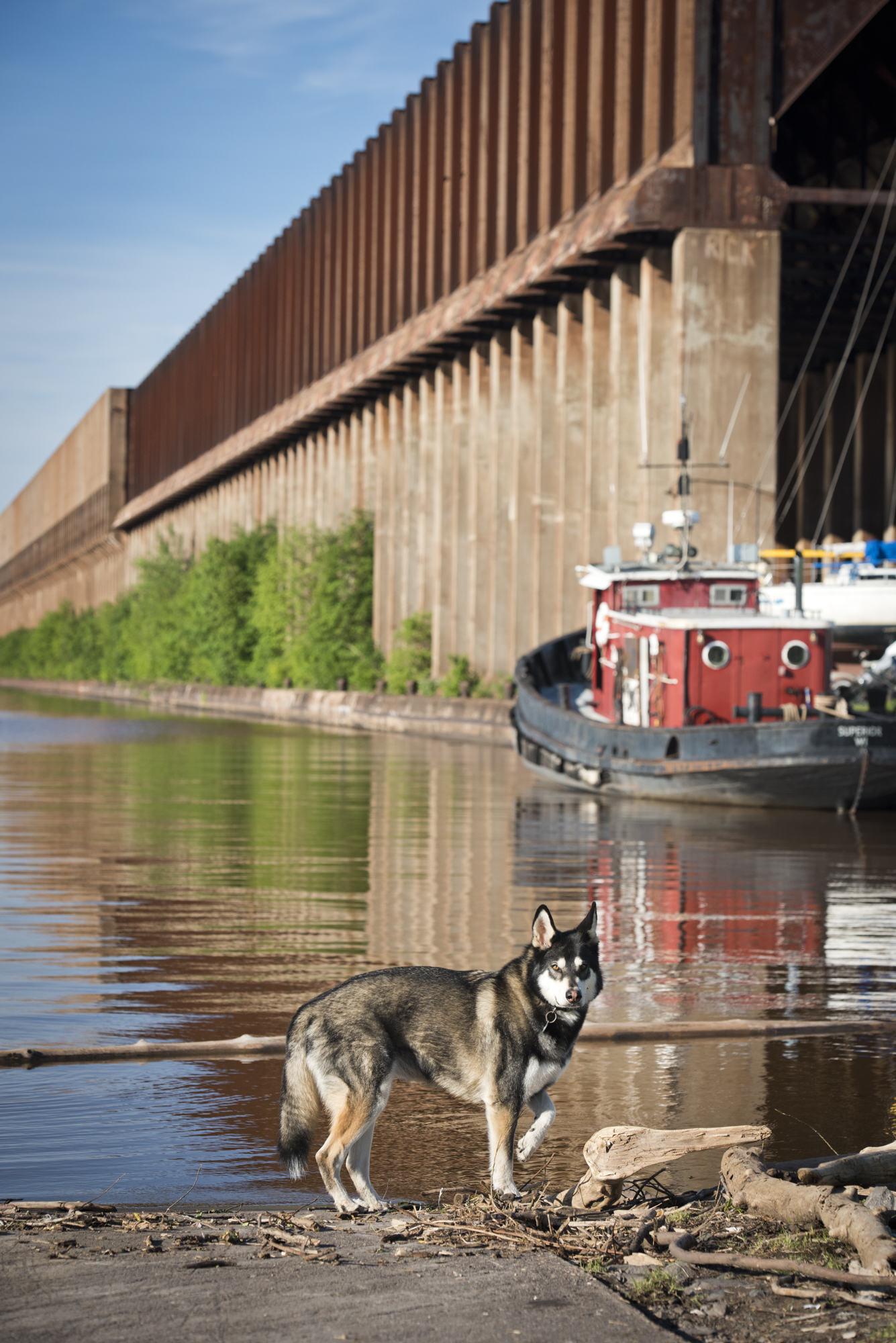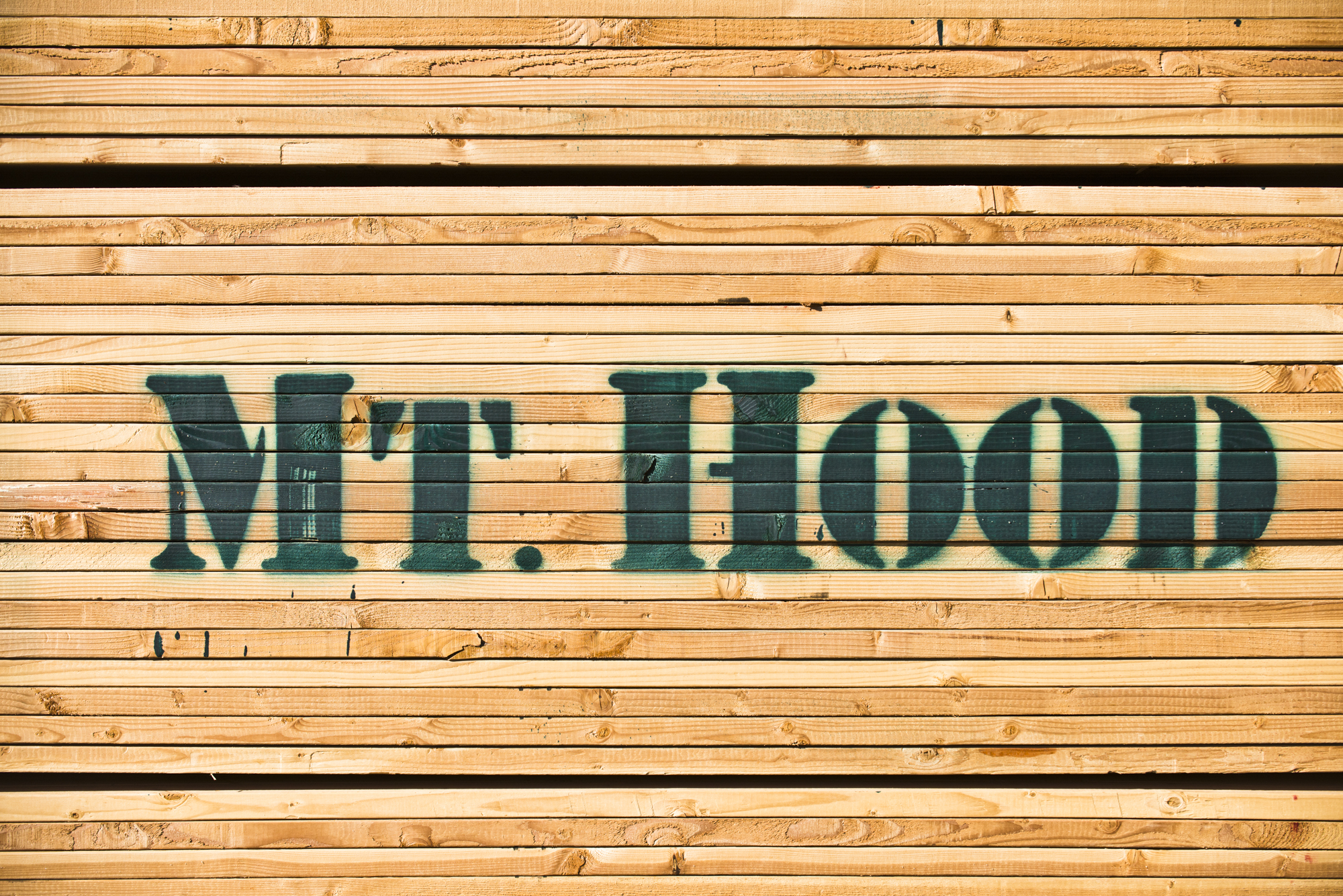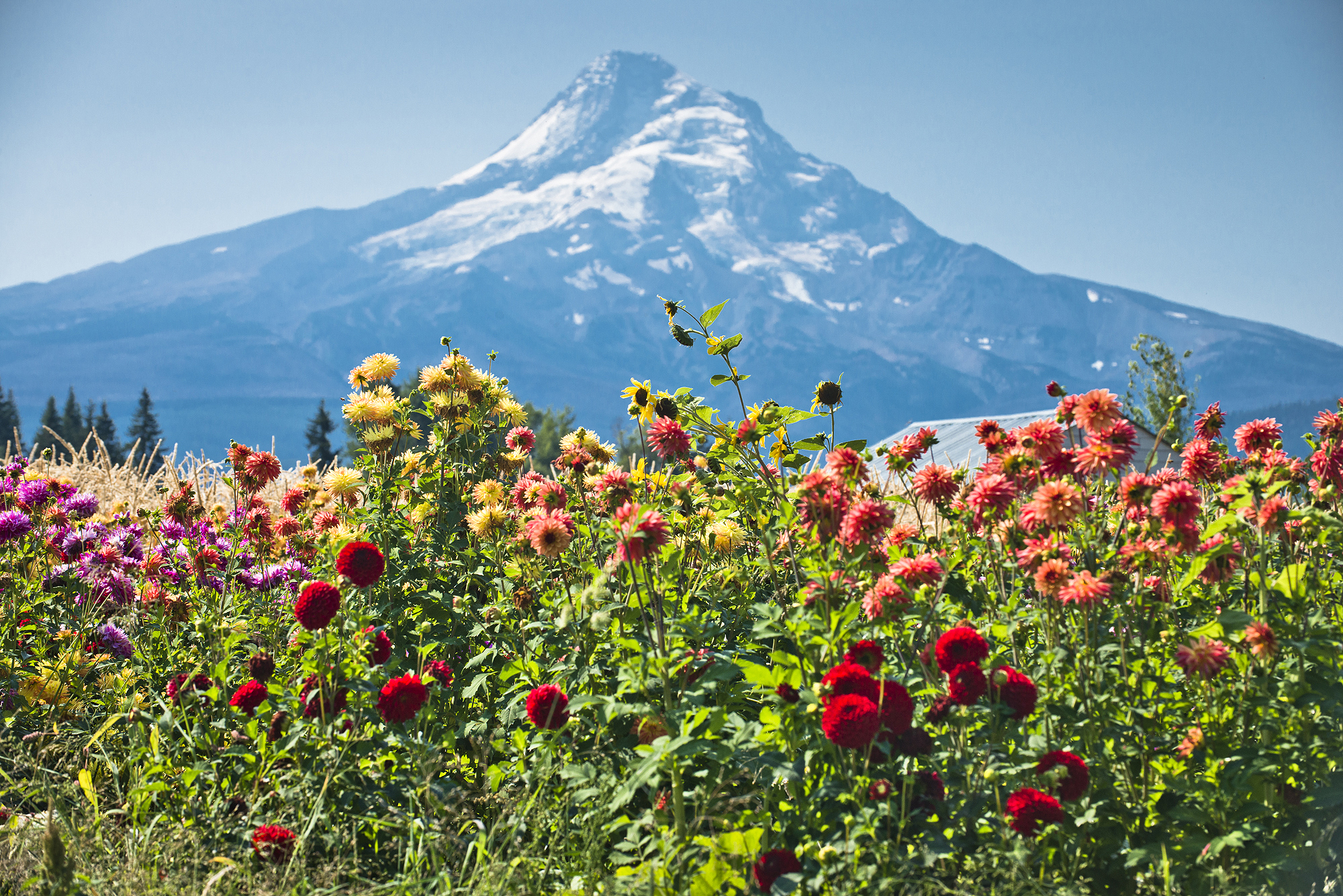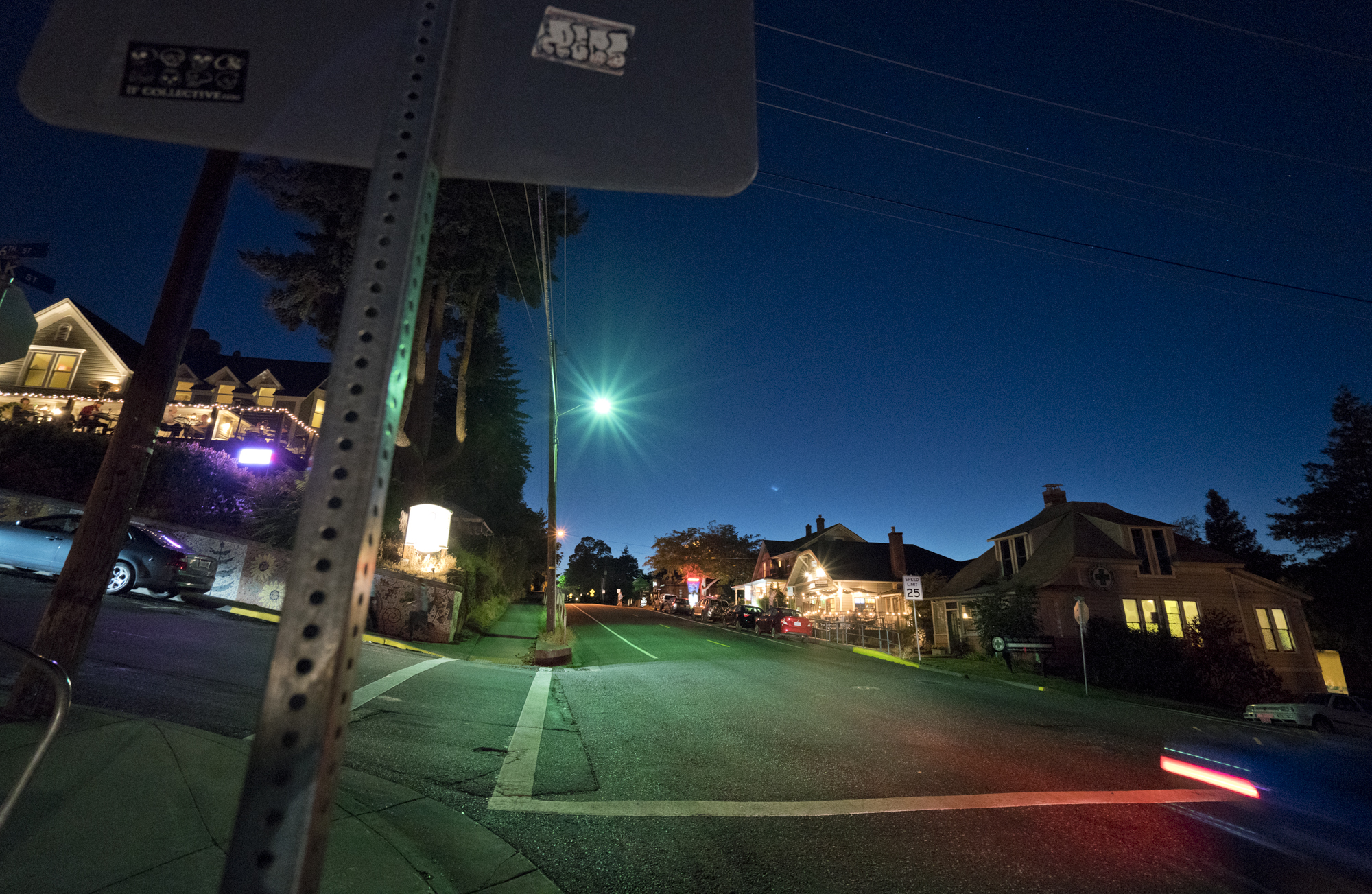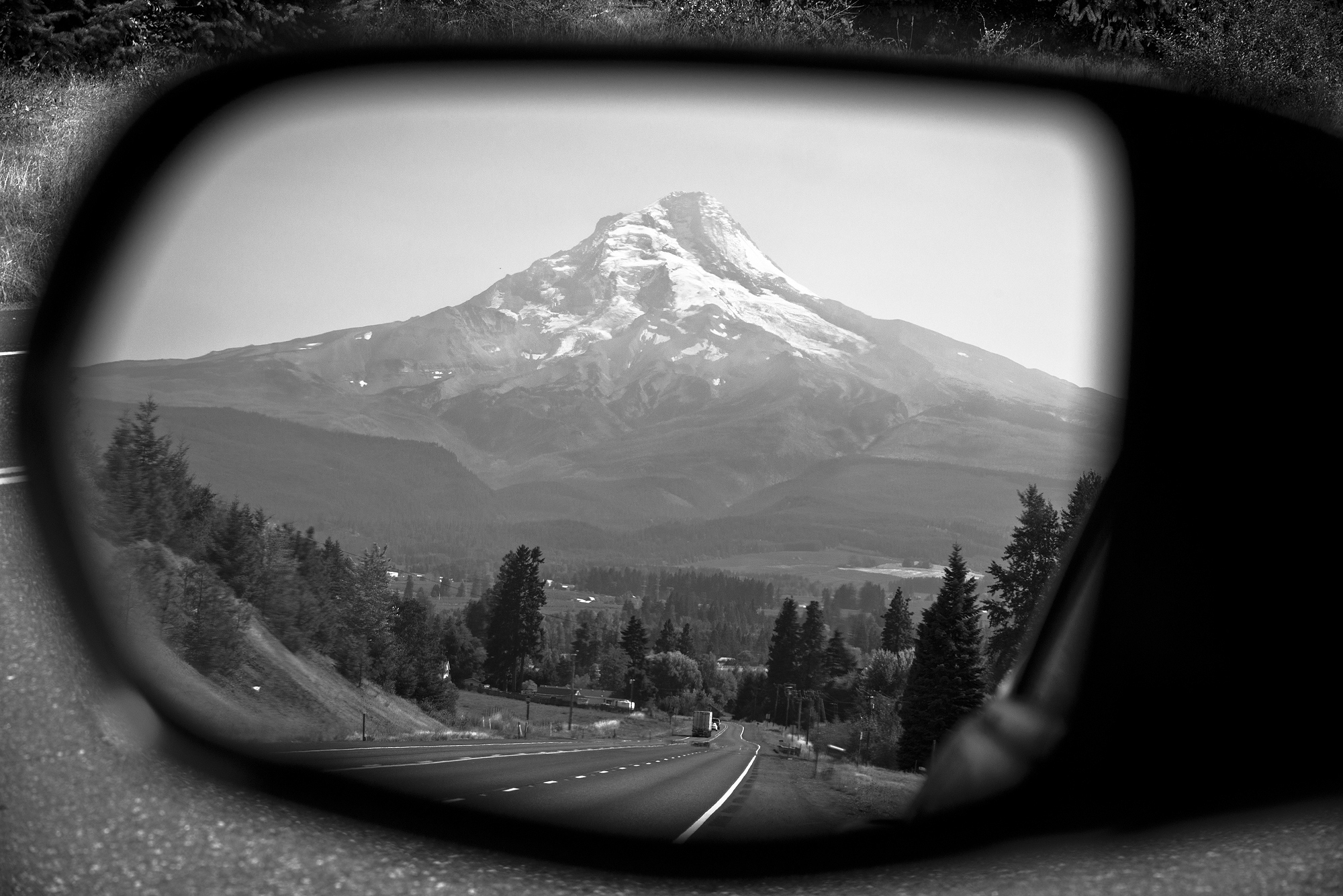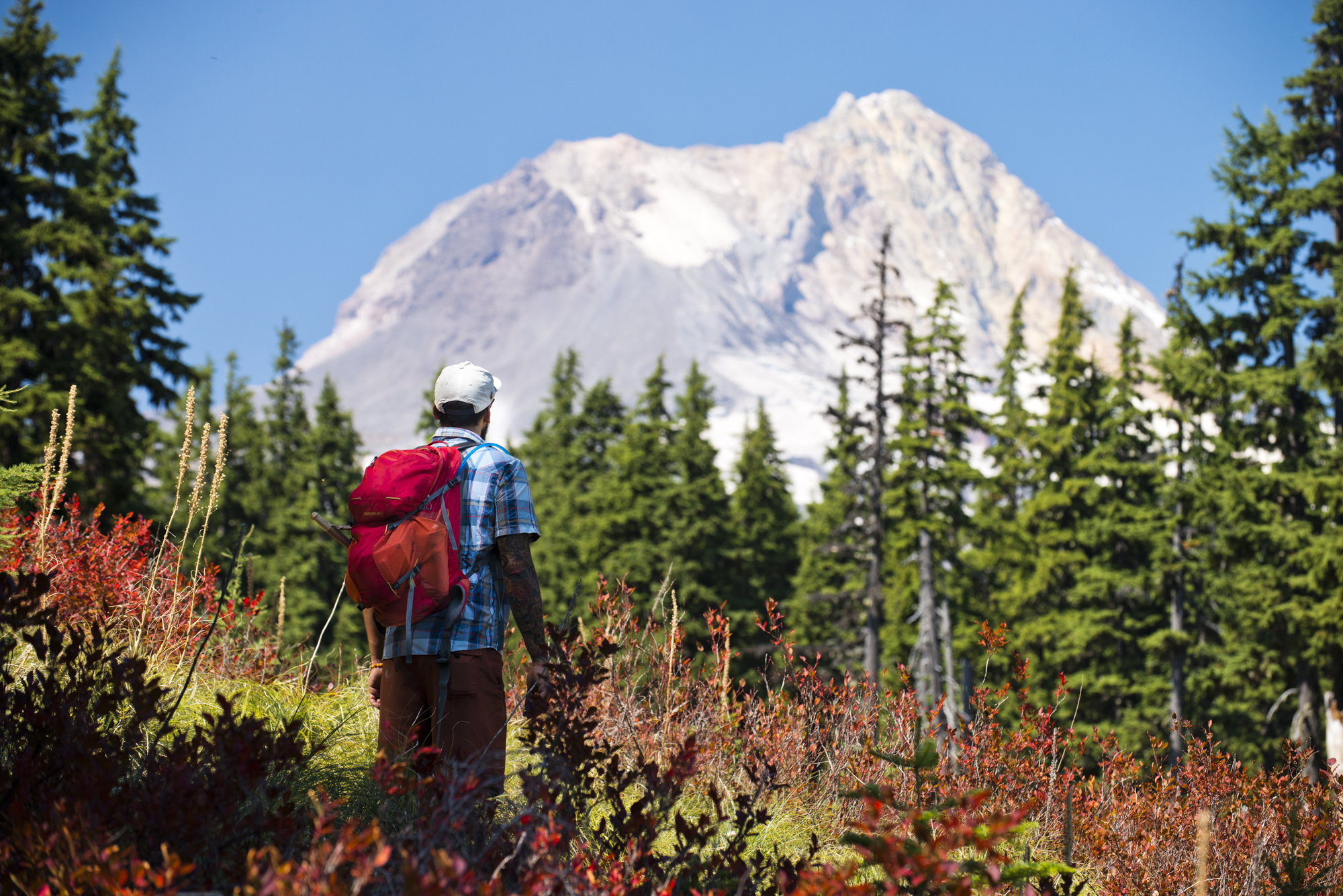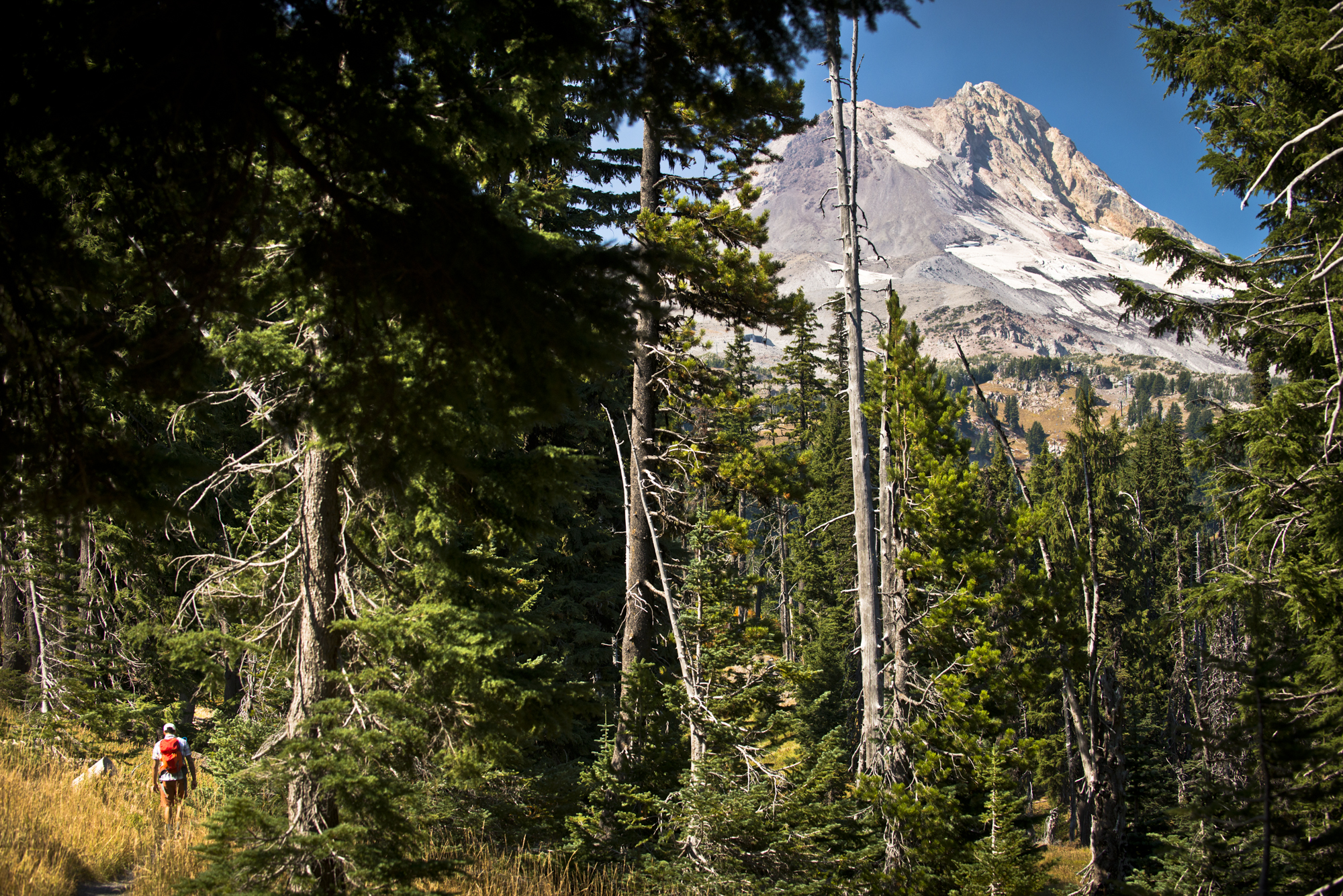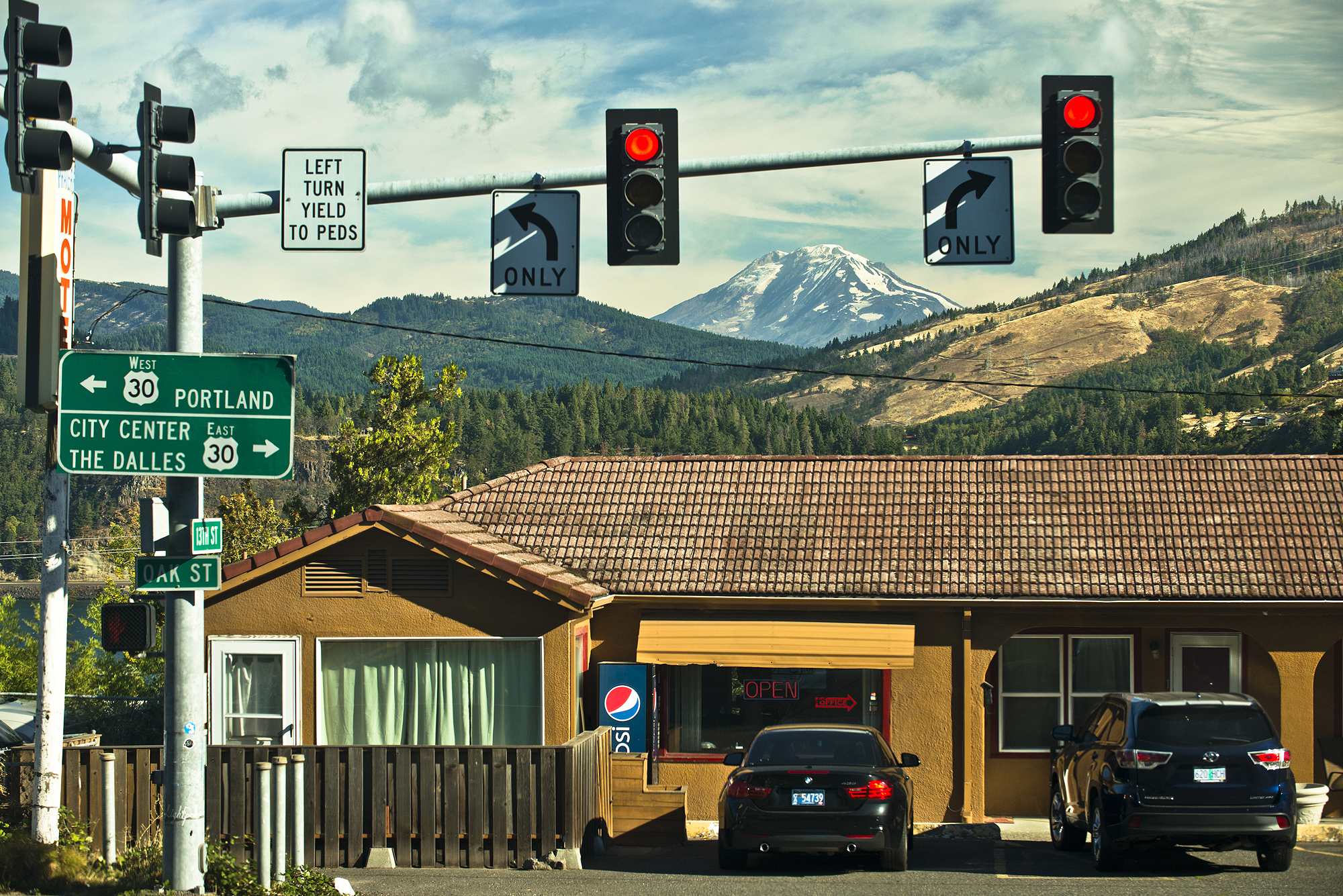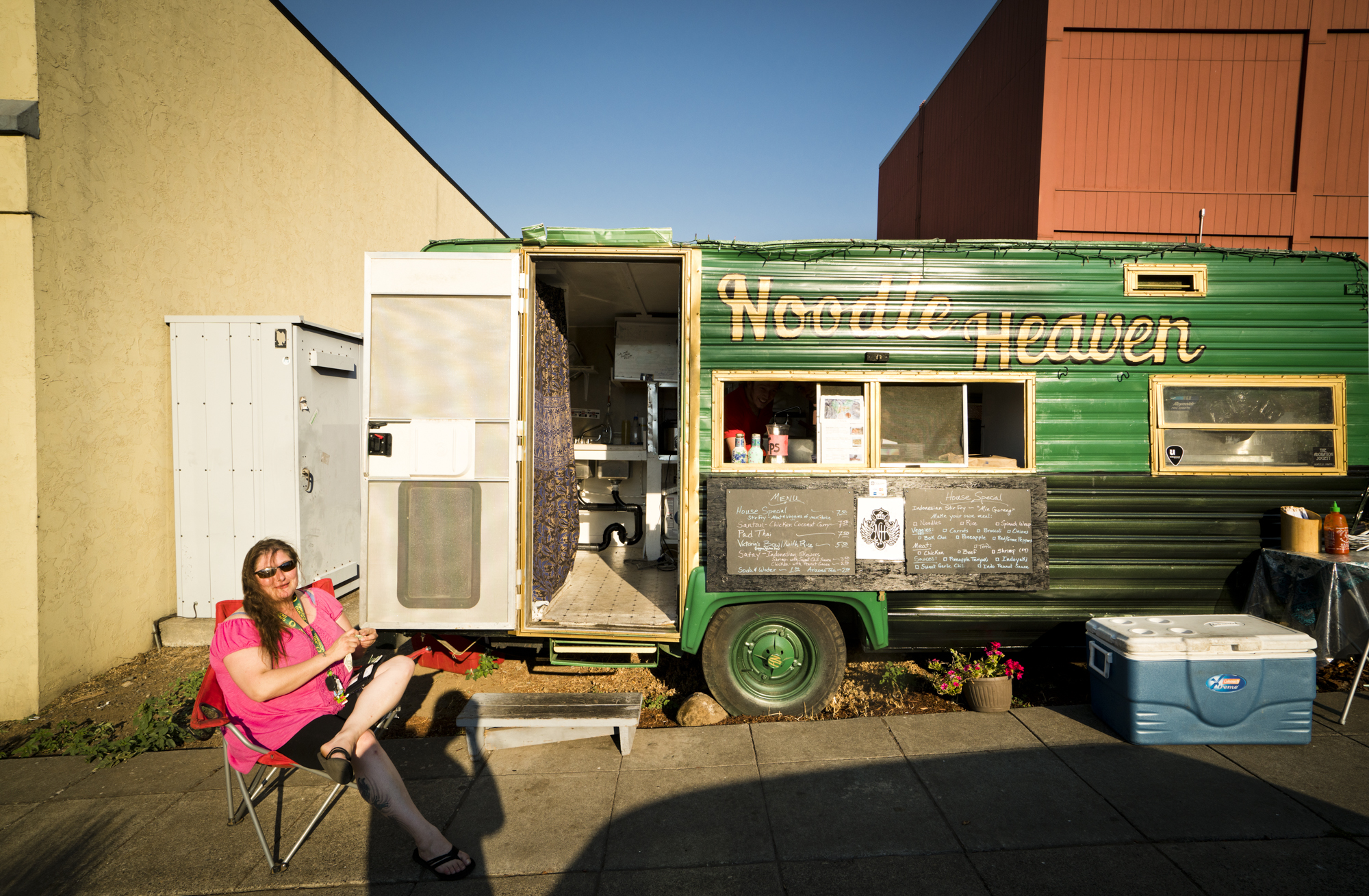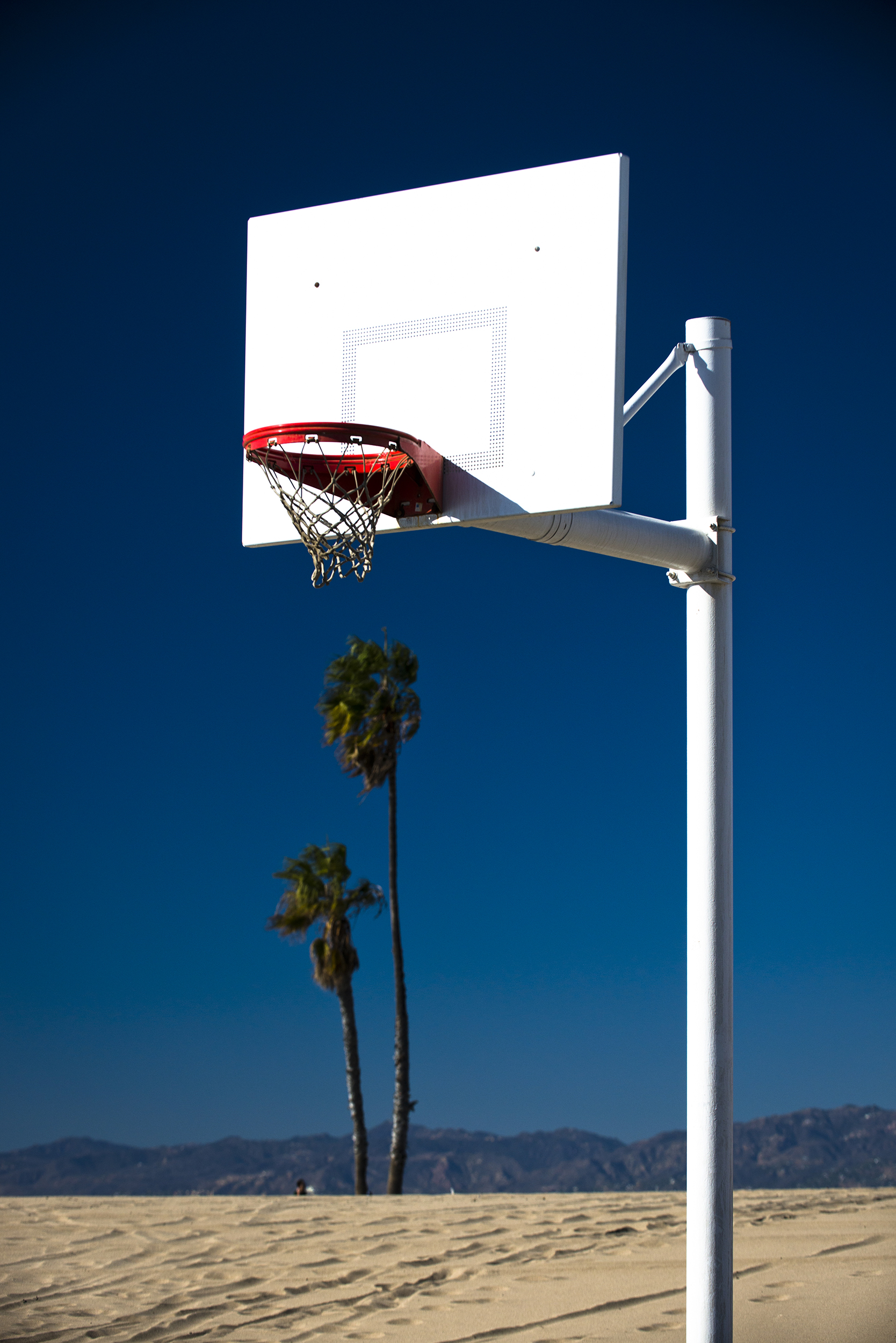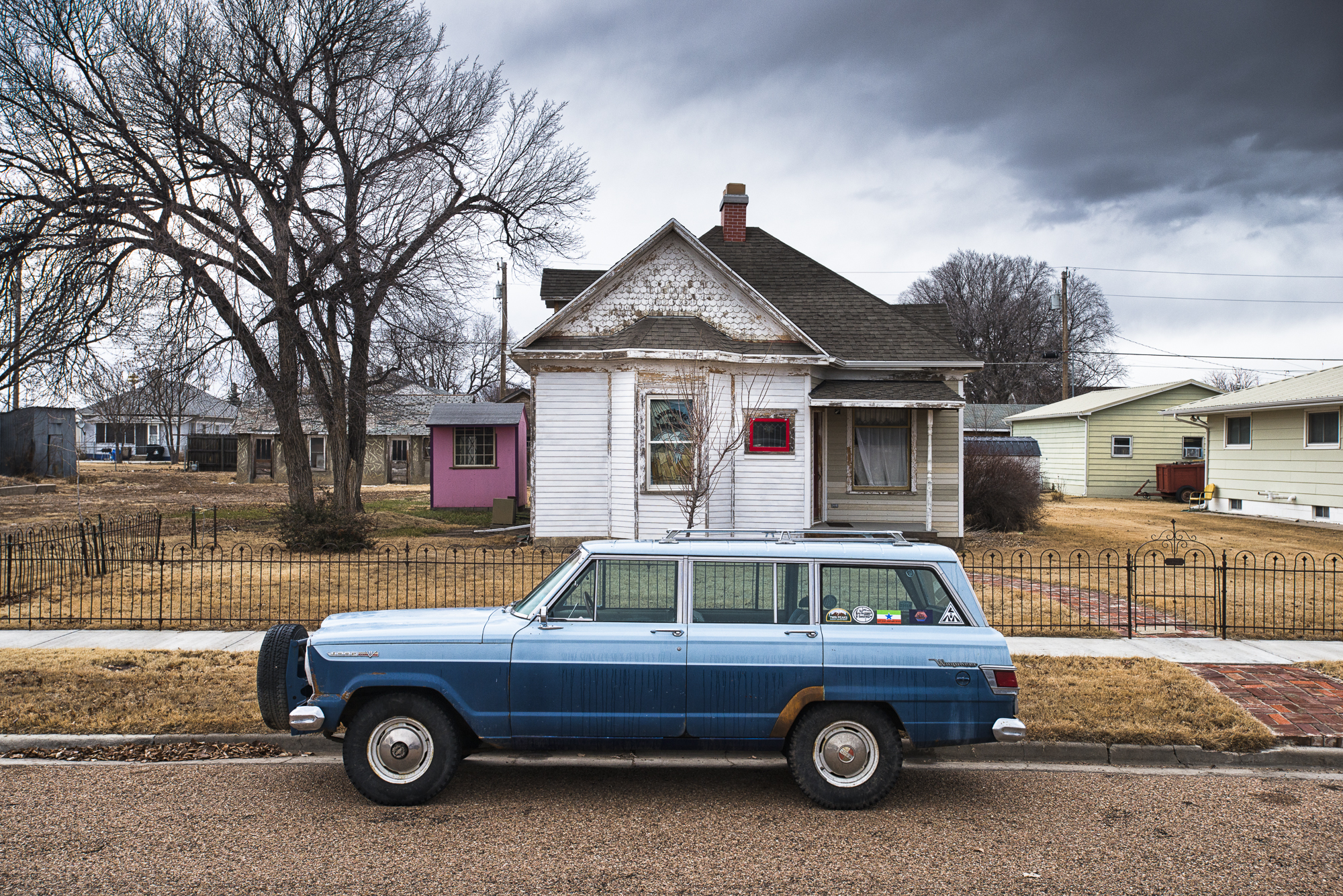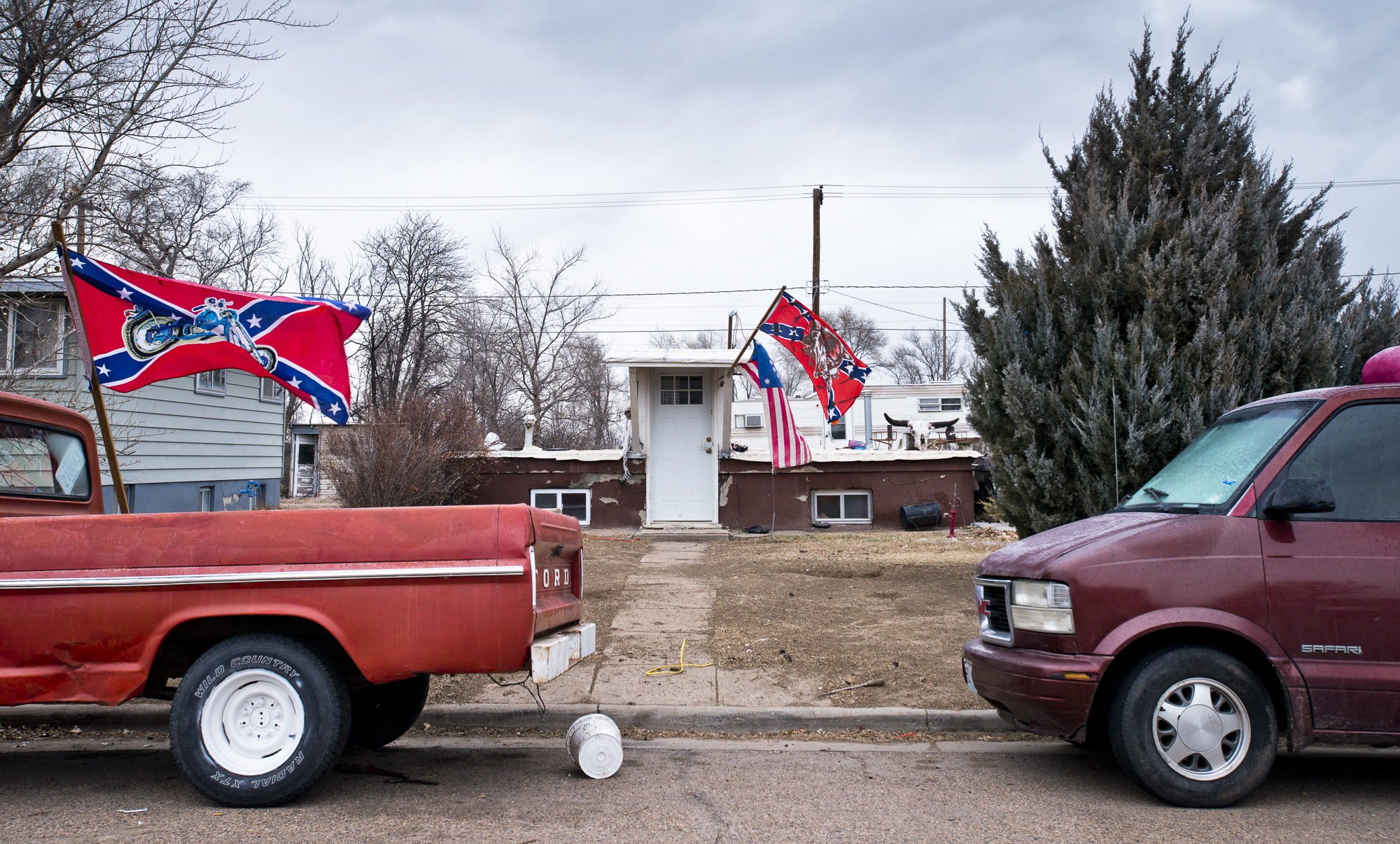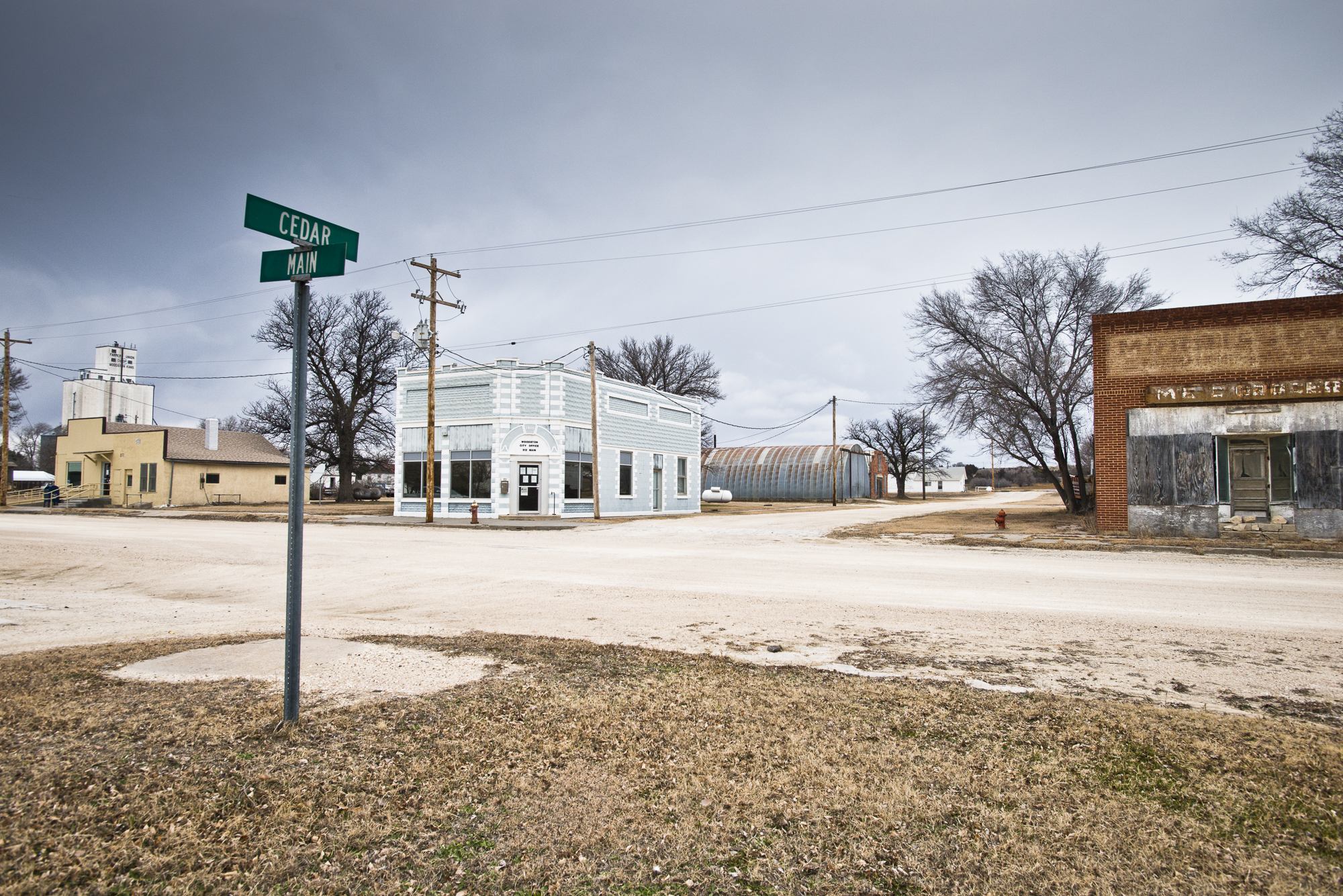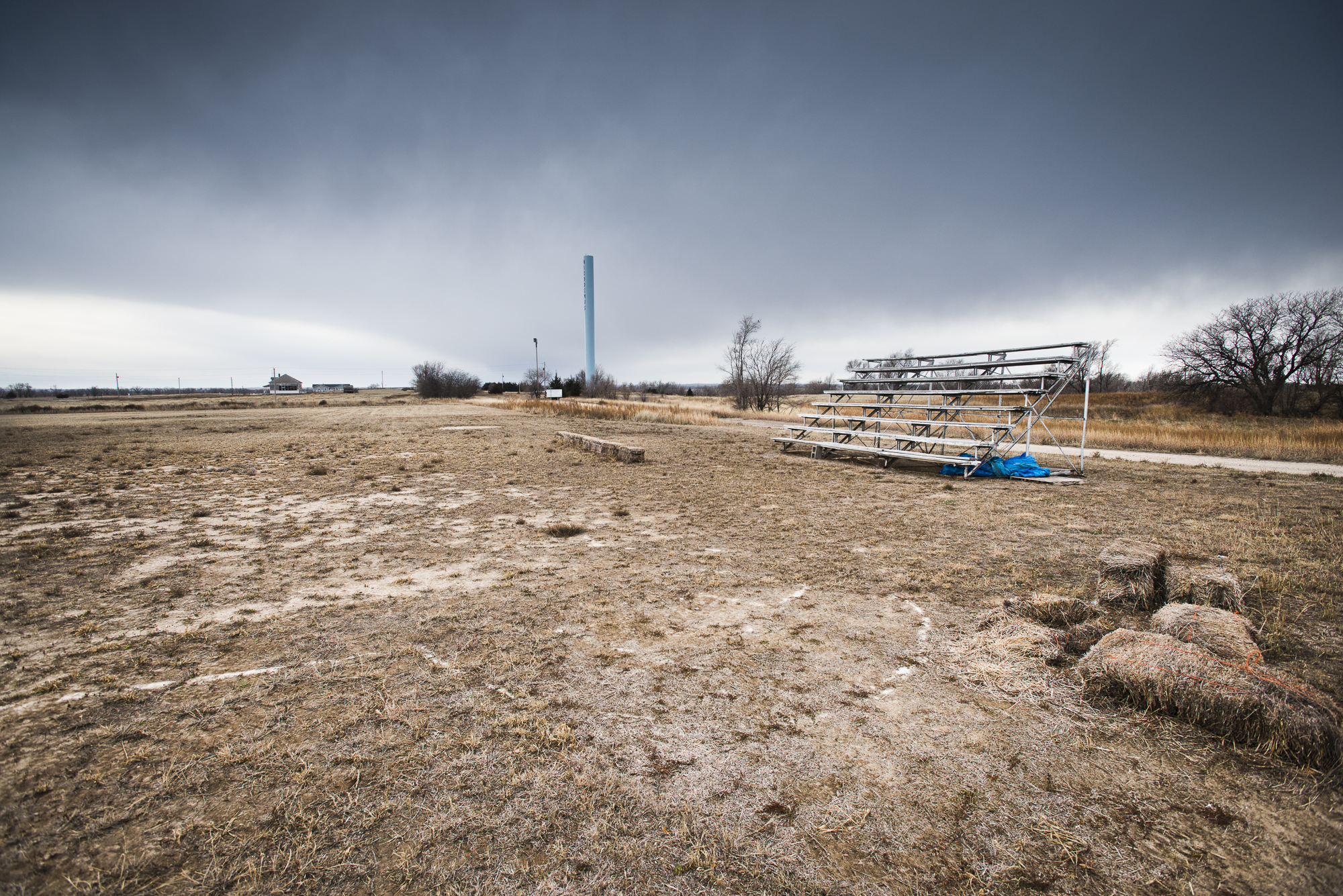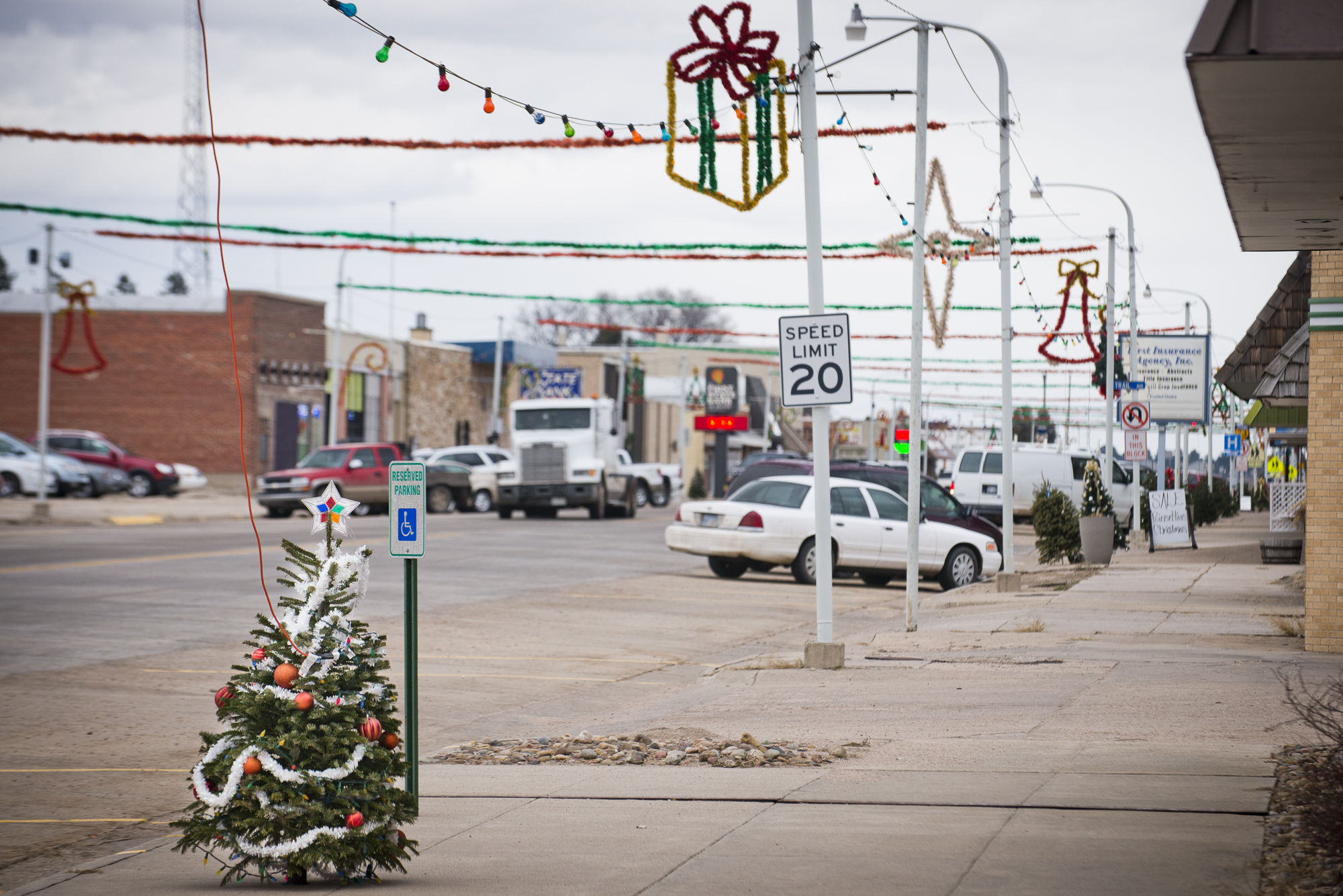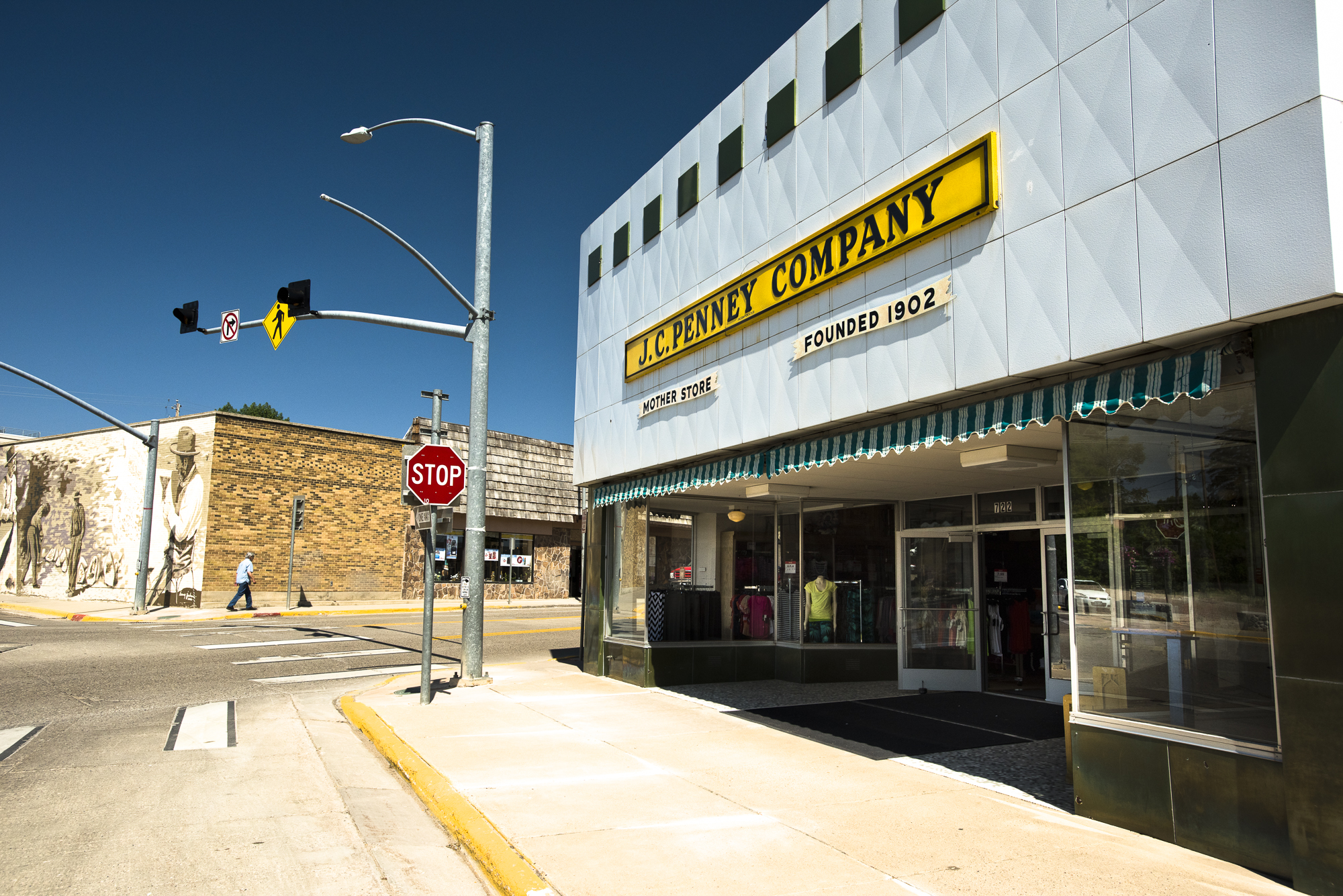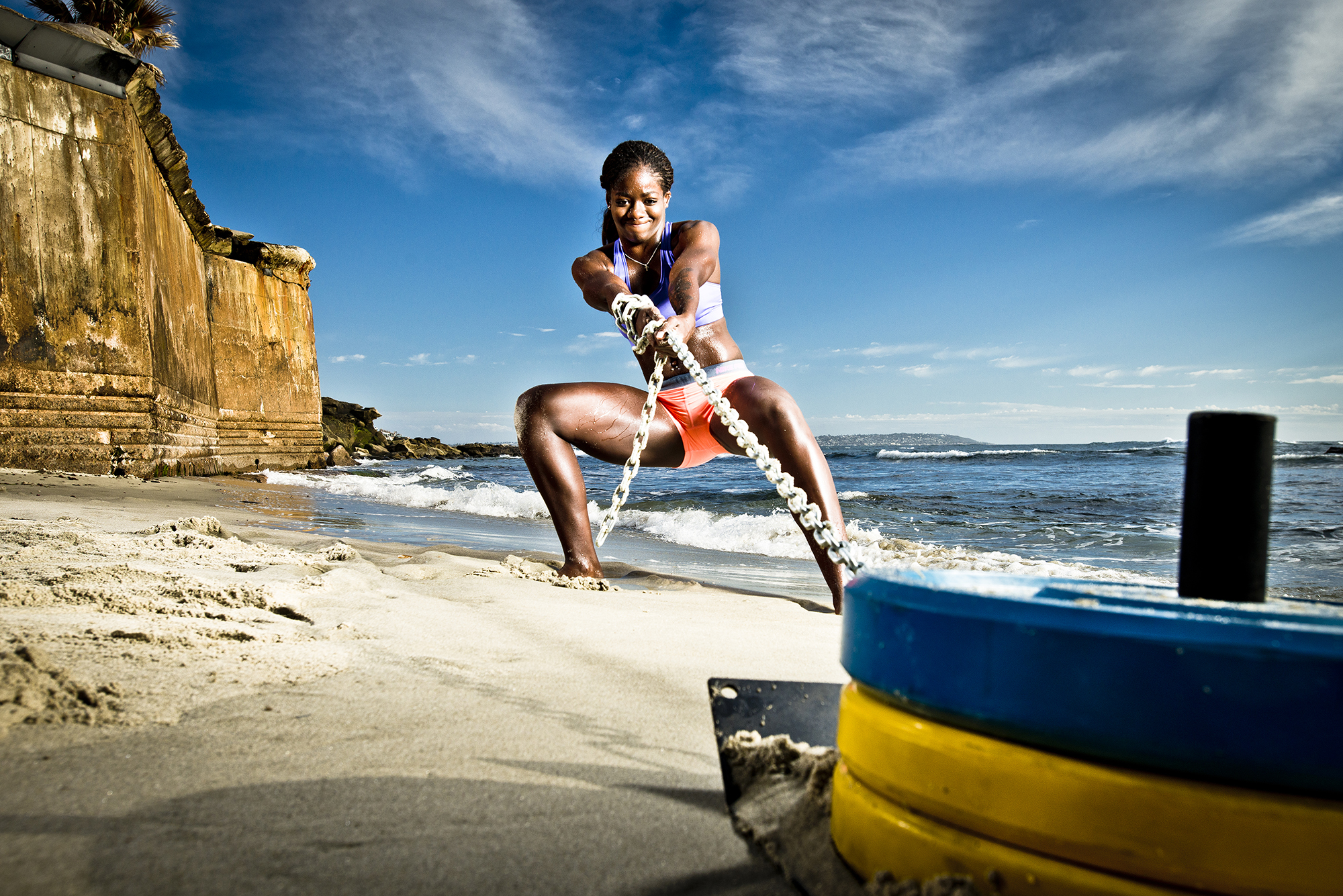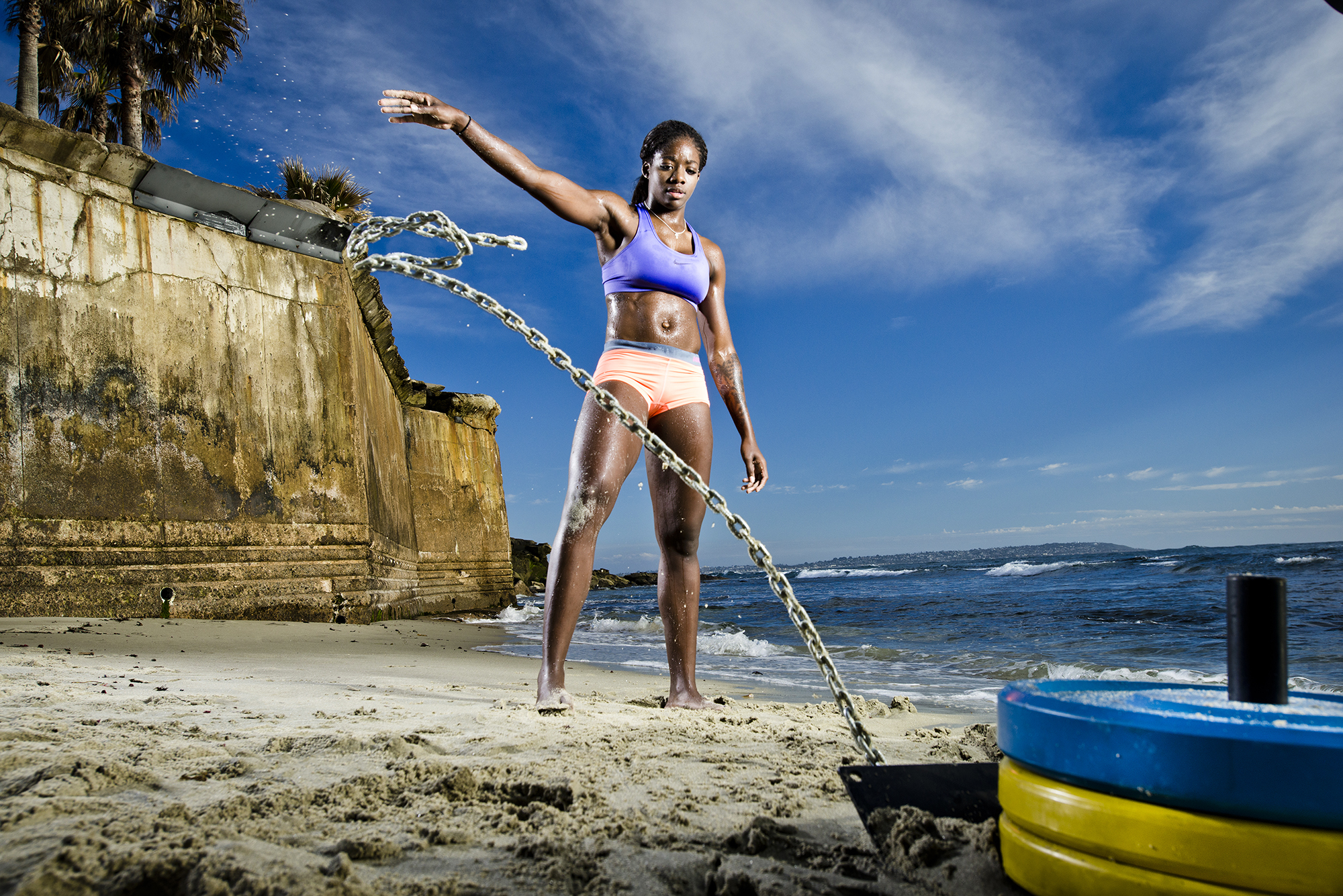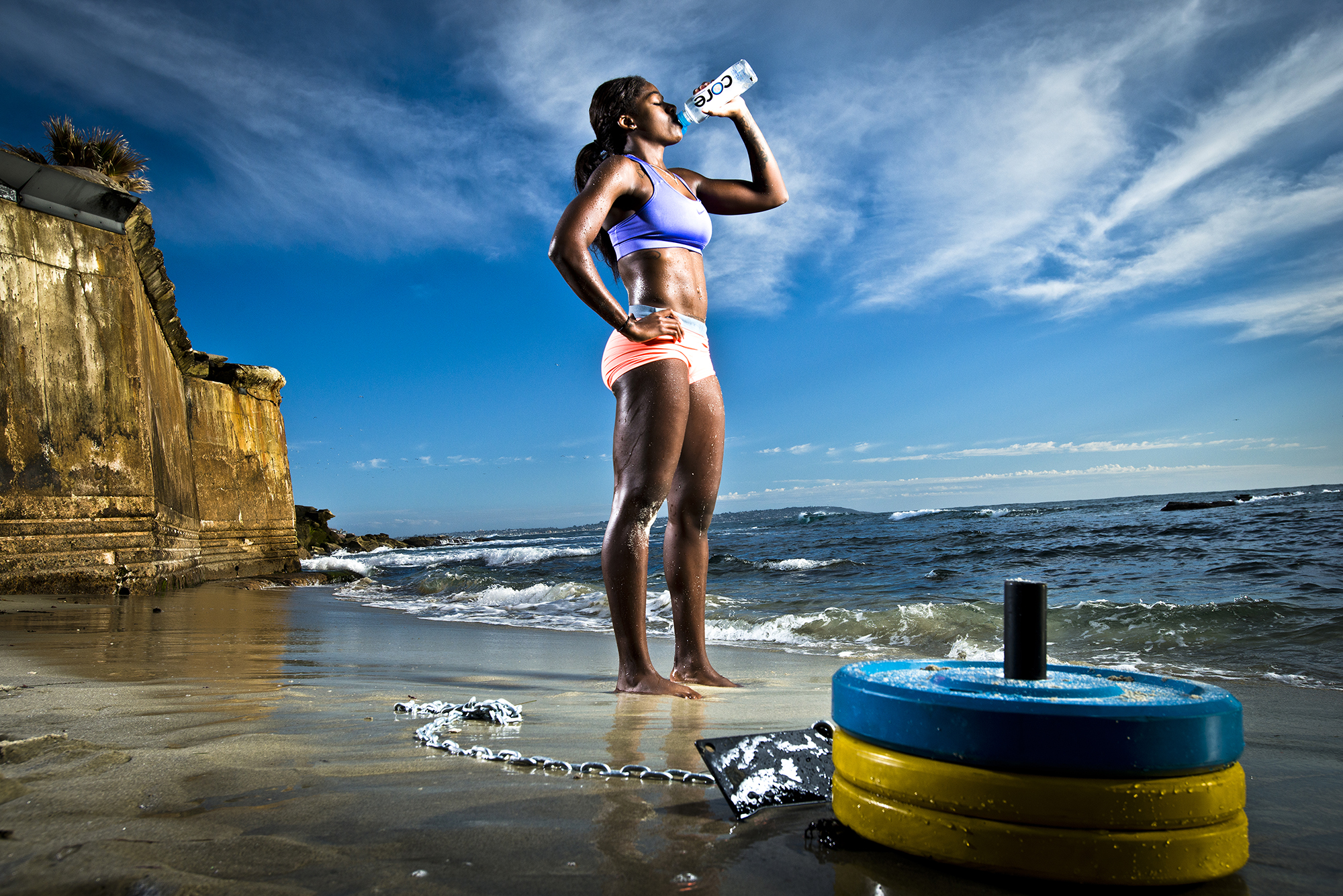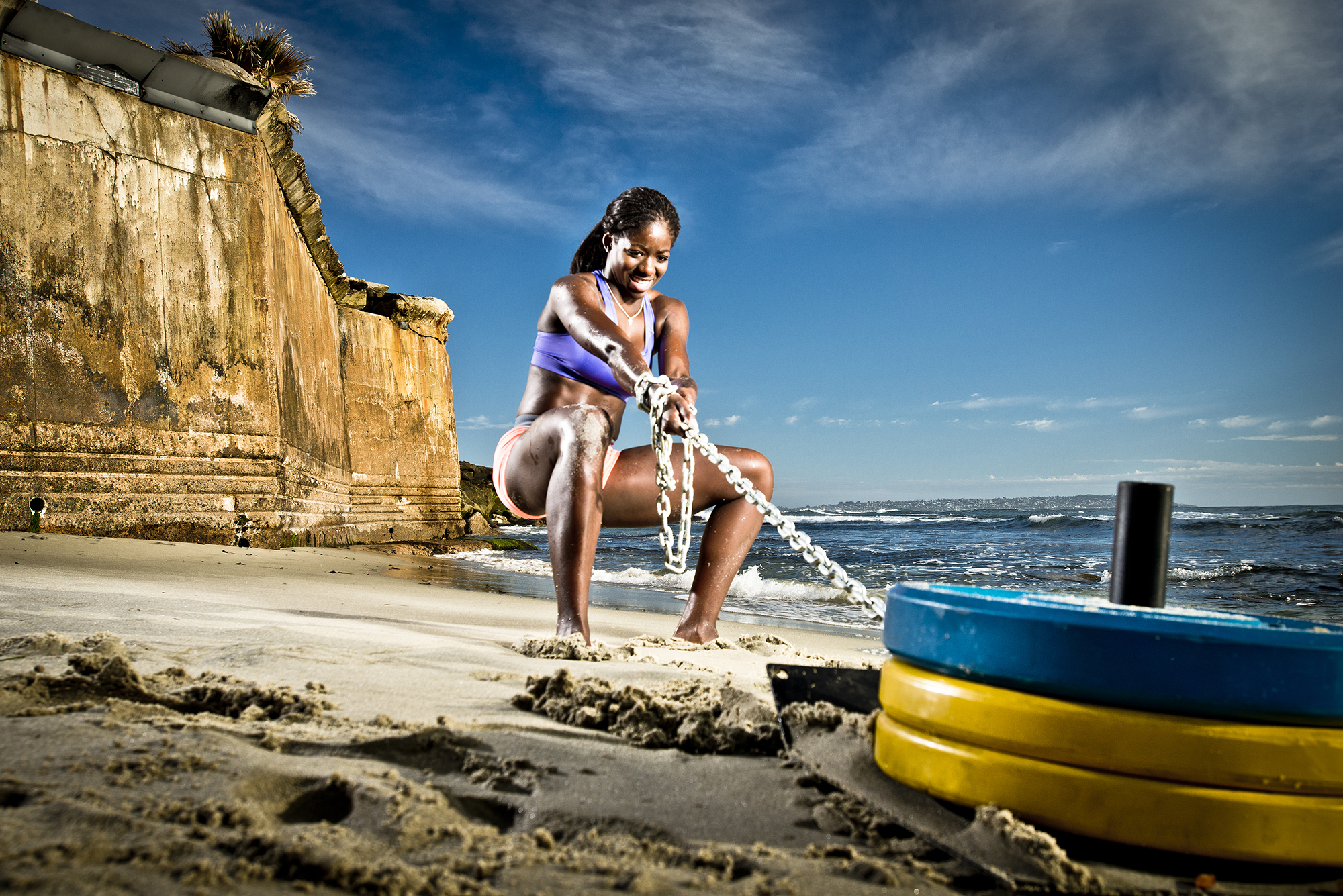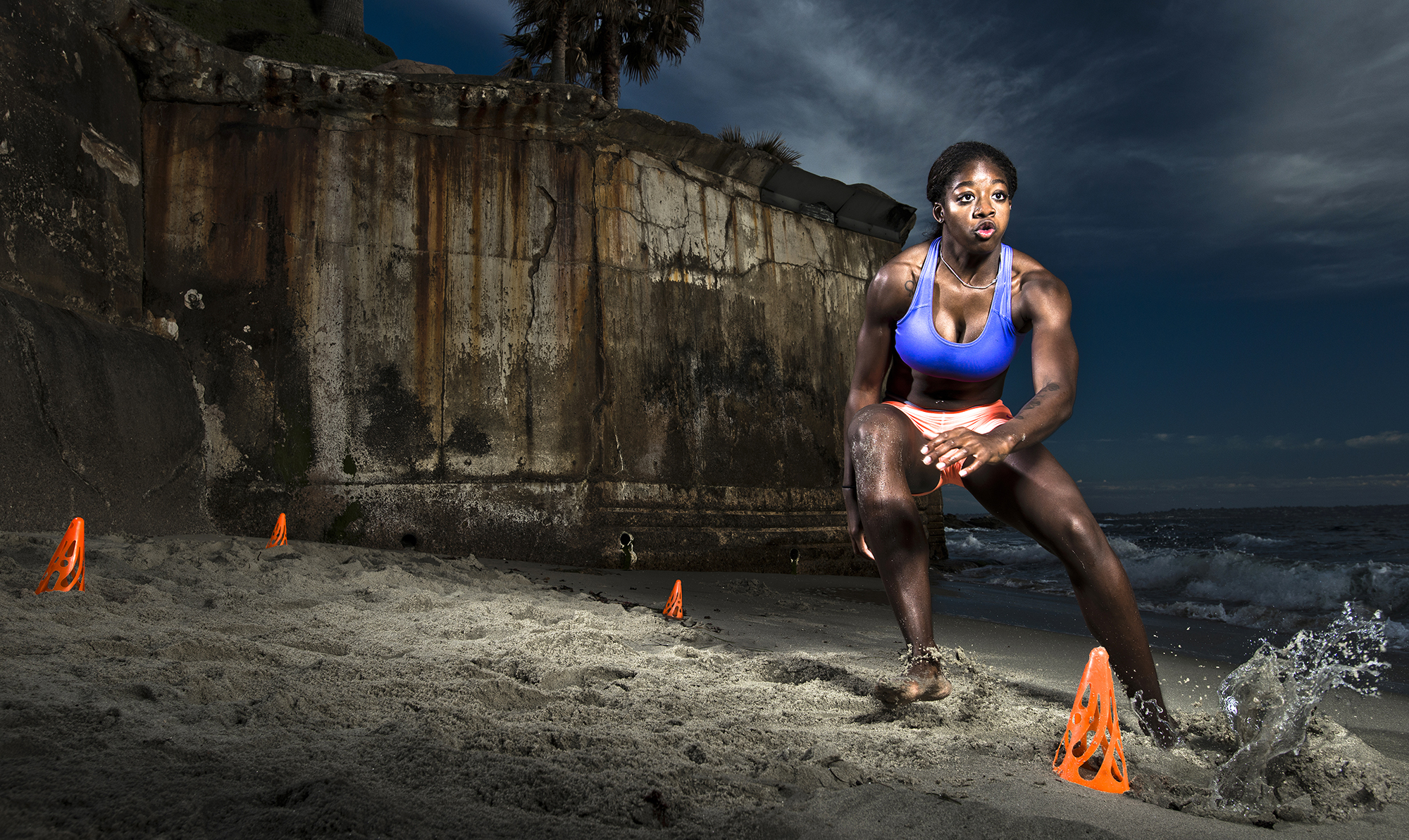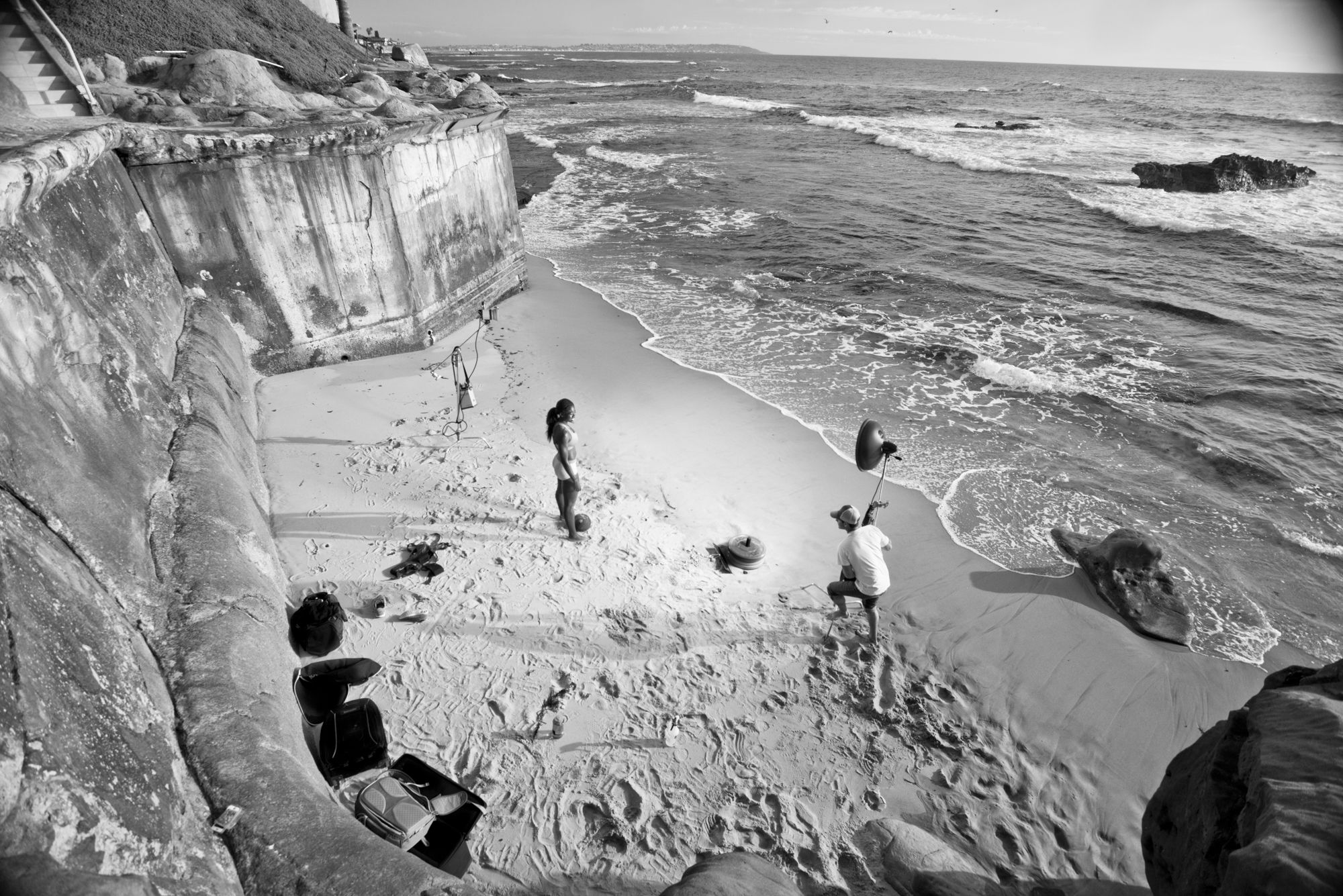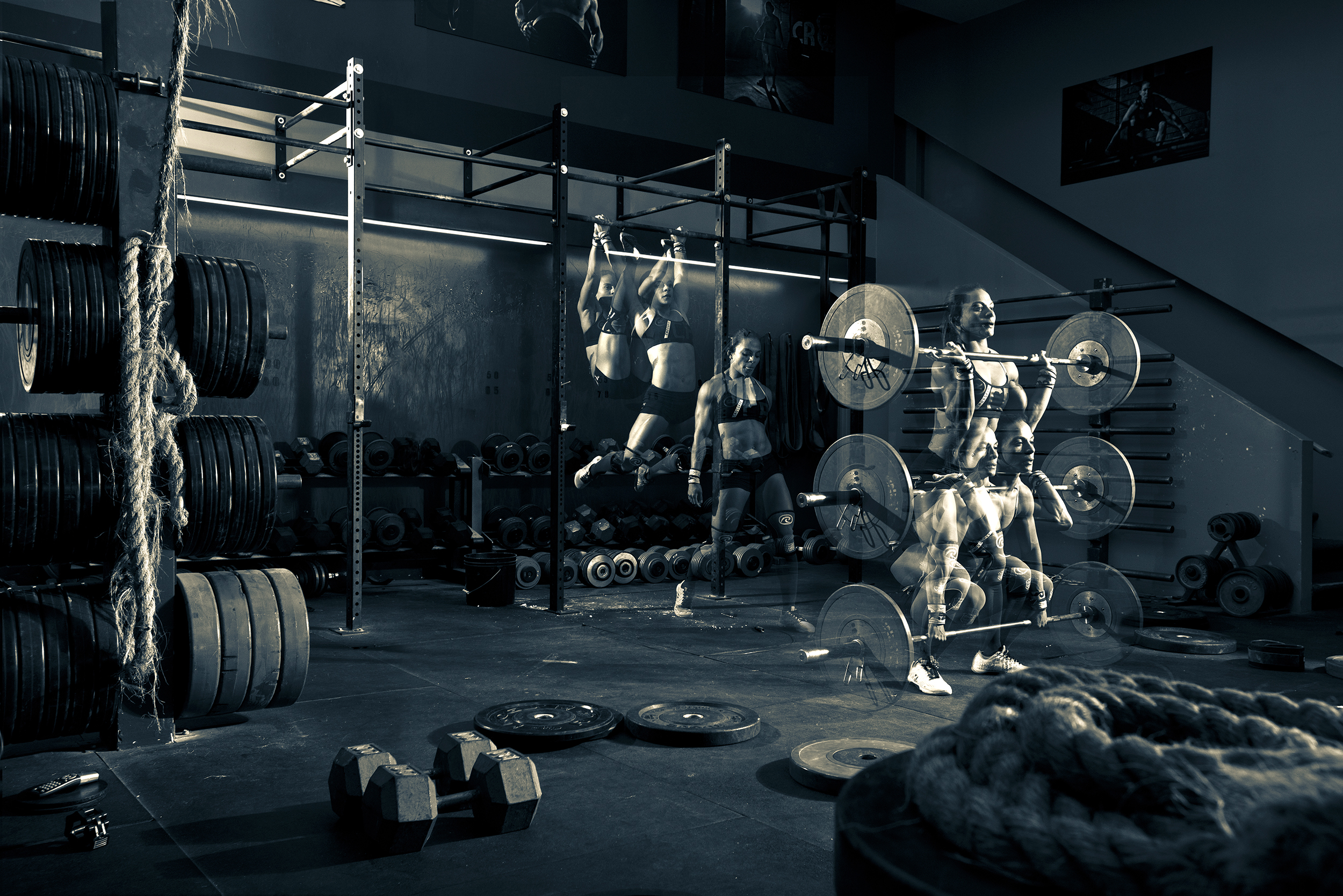It never stops feeling good to see your personal projects advancing. Today my Hoops Project was featured on ESPN, which included a video narrated by Jalen Rose. Awesome. Go check it out at ESPN.COM.
Roadtrip
The miles are really starting to rack up this year already. Only took about 8 months to hit 25k on my new truck. Good times. Should be sharing images soon.
Barbershops of America
Been almost two years since I stepped foot in a barbershop with my cameras, but a lot has happened since then. Seeing the barbers out on the street in India completely rejuvinated my passion for the this project. Not just with the old school barbers that I originally photographed years ago, but for the new class of barbers that have come up. Since I put out the first book, barbering has exploded. And while I think most of the new shops are a dime a dozen, there are a large handful of guys who take a lot of pride in what they do. And that shows in their shops. Over the past couple months I've had the pleasure of visiting a lot of these shops, and have been very impressed with what I've seen. Not that I'm the judge or jury, but I've visited enough shops over the past 5 years (1000+/-) to know whats real and what's shit. So I've begun the hunt for more of the hidden old school shops across America, which will be included in the 2nd edition of BOA. And I've also begun shooting a completely new project on these new school cats who are doing things the right way. A few days ago I completed the first portion of shooting, which involved 8 days on the road from southern California, up the coast to San Francisco and Sacramento. Was really happy with what I found, and can't wait for the next trip (It's not far away. I'm ready to roll). Stay tuned for more on the next book.
Go to the STORE if want a book or a print.
American Photography
The result of 7,038 American miles this past month. Love this country.
Travel
Recently completed what I would have to consider my largest collective journey to date. It started last month with a road trip from San Diego to New York. From NYC I traveled to India and did a lot of exploring in Delhi, Agra, and Jaipur. After returning, I then did another cross country road trip from New York back to San Diego. Not even sure what the total mileage is on all that, but each leg was a great time, and I did a lot of shooting for a number of different reasons.. As always, more to come on that.....
American Basketball Culture Photography
Fine Art Basketball Photography
Basketball Culture - Sport - Photo Book
For those of you who follow what I do, you know what a huge advocate I am for personal projects. So seeing this one start coming alive is immensely gratifying. I'm so excited to announce that my Hoops Project will be premiering at the Boyd Satellite Gallery in New Orleans this coming February to coincide with NBA All-Star Weekend. There is still a long way to go until it goes down, and has already been a long road. About 8 months ago, I had a show set up in Charlotte, back when All-Star was supposed to hosted there. After lots of controversy , the NBA pulled out of Charlotte due to North Carolina's bathroom law. Not gonna get into that, but needless to say, it was a huge hit. I went back and forth about what to do, given that there wasn't much time to start over with trying to find a venue in New Orleans, the new host city. For a while, my enthusiasm about a show fell way off. Then the project got picked up on Sports illustrated and another popular site overseas. Which gave me the necessary kick in the ass to not let this thing die. The next day, I booked a flight to New Orleans to start knocking on doors. Immediately after getting to my hotel, I walked outside, and was hit with a heavy feeling of "where the hell do I start". One by one, I walked into every art gallery in New Orleans with an iPad to share the project. Surprisingly, most people were very open to the idea, but nothing real concrete was put in place. Then a few days went by, and offers from different galleries started coming in. Given the lead time and scheduling that most galleries keep, this was amazing. Was hoping for just one half assed "yes", so having three solid offers was unreal. After a lot of debate, I decided on the gallery that I had the best feeling about, and thought I had developed the best relationship with. Now here I am trying to throw this thing together. Having all the printing/framing down, but more importantly, trying to get people into the gallery. I'm incredibly lucky to have support from SLAM Magazine. I've been a fan of theirs for a long time, so having them be fans enough of the project to support it, is a huge gift. Will be sharing more info on this in the future, but put February 17, 2017 on your calendar if you're in New Orleans for All-Star.
Click here to see more of my basketball hoop photography
Contact me directly about basketball hoop wall art for your home, office, or commercial space - rob@robhammerphotography.com
PRESS RELEASE
“The Basketball Hoops Project” Premieres at Boyd Satellite Gallery in New Orleans during 2017 NBA All-Star Weekend
The photography series captures basketball hoops from strange and remote areas of America.
Rob Hammer and SLAM Magazine have announced a partnership to exhibit the artist’s photography series “The Basketball Hoops Project” at the Boyd Satellite Gallery in New Orleans, Louisiana, February 4 – March 1, 2017. There will be a special All-Star Weekend Party on Friday, February 17 from 5-9 p.m.
The inspiration for the project came from the Larry Bird biography, “Drive,” which Hammer read as a kid. Inside was a photograph of Bird’s childhood hoop—nothing more than a wood backboard and rim hanging on a dilapidated old barn. That image made him think, “How could the greatest shooter of all time come from such humble beginnings?” As time went on, and Hammer crisscrossed the country on assignments, he noticed hundreds of other hoops just like Bird’s, and wondered, “What stories do those hoops have to tell?”
Over the course of three years, Hammer traveled over 60,000 miles by car, accompanied by his husky, Mojo, to the most remote parts of America in search of abandoned basketball hoops. He soon realized that basketball is everywhere. In every urban city, every rural town of every state in the USA, basketball lives, in some form or another. While some courts have been deserted, one can’t help but wonder how many hoop dreams began with shooting, practicing, playing and staring up at every one of those rims. This dedication to the game can be felt in Hammer’s images.
This February, SLAM Magazine will bring this gallery exhibition to the basketball event of the year: All-Star Weekend. “Rob Hammer’s photos are about passion—his passion for the road, his passion for basketball and the parts of the game that are hidden from the bright lights of the NBA,” says Adam Figman, Editor-in-Chief of SLAM. “We’re incredibly excited to be a part of this gallery opening.”
About Rob Hammer Photography
Rob Hammer is a commercial photographer based in San Diego, California known for his dynamic images of professional athletes, fitness, and adventure. His client list includes Nike, Adidas, Under Armour, Foot Locker, and Fox Sports. To view Rob’s work, go to www.robhammerphotography.com.
About SLAM Magazine
SLAM was founded in 1994 as the "in-your-face basketball magazine," covering all things hoop-related, from NBA, college ball and high school hoops to old-school stories, kicks, streetball and the fashion of the game.
Over 20 years later, SLAM is the No. 1 brand for all things that matter in the world of basketball. From Kobe and LeBron to Iverson and Durant, SLAM brings the reader face-to-face with their favorite players, and slamonline.com brings breaking news and rumors in real time. SLAM was launched as "the basketball bible," and is still the only place for the true basketball fan.
Boyd Satellite Gallery: 440 Julia St, New Orleans, LA 70130
Anders Varner
About 5+/- years ago, I was walking around my neighborhood and heard the unmistakeable sounds of barbells dropping, people yelling, and hip-hop. It was a new Crossfit gym that now occupied the space behind my local coffee shop. I had never seen inside that space, and was now extremely intrigued with the space itself, and what is was the maniacs inside of it were doing. After walking by the gym a few more times, it was obvious to me that everything going on in there was right in my wheel house photographically. So I went in at an off time and spoke with the "bosses". One of which was Anders Varner. Since that day, I've spent a great amount of time in his gym shooting. Time I have enjoyed very much. It's been cool getting to know him, as well as the other people who make it a point to regularly throw heavy weights around in there. Every time I walked in and said "what's up" to Anders, his answer would inevitably be "just hangin' out". And it was always said with one of those grins that make you think he's up to something. That's just him though. He's just a happy dude who really enjoys what he does. A lot has changed since we met, and he now has a completely new focus. Which I thought would be a good fit for a new project I'm working on. Anders is an interesting person. Always happy and always extremely positive. Always trying to achieve personal growth, while also helping other people grow. He's got two different sides, which I also think are interesting. On the one hand, he's just a happy laid back person. Then he starts working out, and goes 110% until he can't go anymore. He's extremely passionate about fitness, but it seems like he could care less about ever being the guy with a 6 Pack. I have a lot of appreciation for that. Either way, I think his story can be extremely valuable to a lot of people. Specifically if you have the desire to start on an entirely different career path. So I asked him a few questions, to which he came back with some very honest answers. Hope you enjoy them and are able to learn from them.
“I got sick of pimping out other people’s shit”
1) In order for people to understand why you're qualified to do what it is you do now, explain what you did before (school, working out, owning the gym, etc).
I started working out to play sports when I was 13. I am 5’8” so I learned very quickly if I wanted to matter in anything athletic I needed to get strong. So that is what I did. I have been in the gym for over 20 years now. I was a gym rat in high school, college, and then in 2005 I found CrossFit. CrossFit hit like the most intoxicating drug I had ever experienced. It combined the gym, athletics, competition, and friendship. There was something about the correlation of hard work and success in CrossFit that defined a lot about me as a person.
I opened CrossFit PB in June of 2010 and it was my dream. Since that day I have coached thousands of athletes, watched movement for tens of thousands of hours, flown in private jets on weightlifting vacations with John Cena, competed in the CrossFit SoCal Regional four times, and worked with a handful of professional athletes. I truly believe my purpose is to help others live a stronger, healthier life.
I have an MBA and a lot of certifications but the barbell has been the tool I have used to connect with and change the lives of thousands of people.
2) A few months ago we had coffee, and we talked about your recent change in focus/lifestyle. During that conversation, you said "I got sick of pimping out other people's shit". Explain that....
When I started CrossFit in 2005, me and two of my friends were the only people we knew following the program. I was living in Virginia at the time and there was one gym in Northern VA, 30 minutes away. We were weird, unique, and training harder than everyone. We had our own little tribe and it made us special. CrossFit was special. We were in our own fight club, had our own language, and it was really hardcore back in those days. You didn’t want to train with us because we were out for blood every day.
But that was the culture of CrossFit. It wasn’t for the masses. Glassman (the founder of Crossfit) was posting videos of legit badasses with his middle fingers raised to the fitness community. “Here I am, come get some,” was how he talked, how we trained, and I was at the front of that mob.
When we opened Crossfit Pacific Beach, we were the seventh gym in San Diego and San Diego was considered the hotbed. Seven CrossFit gyms in a county was considered a ton. We were special. We planted a flag that said, “If you’re aggressive and want to lift weights with the biggest and strongest, I have a place where you can see if you fit in.”
There are now over 150 CrossFit gyms in San Diego. What was something very special, very unique, and a clearly defined culture is now mainstream and corporate. It is great for the growth of CrossFit but the culture is bland and nobody even knows what it means anymore.
I have spent my entire life in gyms seeking out the best way to do things. In 2010, if someone walked in, lost 100 pounds, and changed their life, saying CrossFit meant that person could go online and find me.
Now, I can give someone hundreds of hours of my time, years of education, help them lose a 100 pounds, and them uttering the word CrossFit does nothing to boost my business when there are three CrossFit gyms within two miles.
I don’t want to fit in with the masses. I don’t like the masses. I want to be weird, on the fringe, and pushing the boundaries of people’s belief systems. I don’t want the name of my gym to share the same name as everyone else’s just because they paid an affiliate fee.
It really comes down to understanding what you want to accomplish in life. You can make a choice to own a gym that is a CrossFit affiliate or you can try to change the world and create your own “CrossFit.” There is nothing wrong with either one but you should know who you are and what you want.
I do not want to be just another affiliate. I do not want to sell CrossFit anymore. I want to carve out my own path and lead my own tribe. I watched Greg Glassman do it for 11 years. I think I can do it. Most importantly, I am on my own and I have the freedom to try.
3) As an outsider looking in, I witnessed an awesome community develop at the gym. Can you talk about what went into that?
I think the culture of the gym was just an extension of my personality. I never really had to think much about it. It was loud, aggressive, and when you walked in, you knew you were going to work hard. It was beautiful.
Culture is nothing more than finding the people that speak the same language as you and giving them a home to be themselves.
If you like loud rap music, lifting weights, and working your ass off, I know a group of people that you will probably like hanging out with.
One piece about culture that resonated so much back then was the pressure of hard work. Every day mattered and I have no time for people that do not work hard. It is hard to give your best every day. Some people can do it for days, months, and maybe even years. But the pressure of showing up every single day, forever, is something that is too much for most people. A lot of the people in those early days of the gym and CrossFit shared that belief in hard work.
4) As time went on, I also witnessed that community change. Can you talk about how that change effected your decision to leave?
Part 1: The culture changed as CrossFit grew, our gym grew, and we started attracting people that did not have the strength training background as our initial clientele.
So we built a gym, called it CrossFit PB, and because CrossFit was seen as so hardcore, the hardcore people showed up. You can carry that attitude, culture and training philosophy until the masses show up.
The masses do not have extensive athletic and strength training backgrounds so the programs and culture have to change to meet your clients’ needs. With that, things have to be slowed down and a culture loses its edge.
Part 2: As CrossFit grew, I felt more and more handcuffed by a brand I had no control over. It was becoming less and less special to me and I was pulling away from the CrossFit side of things.
I desperately wanted out of the CrossFit rat race so much that I rebranded the name of the gym. We had companies stealing our branding, neighboring gyms we were friends with directly poaching members, and I just wanted out. CrossFit grew so fast that I had lost control of the message.
What CrossFit was to me is not what CrossFit is today. It stopped being something I wanted to talk about because I did not feel any connection to the people that were doing it.
I stopped wearing the shirts, I stopped connecting with the brand, and the more you retreat the more a community is affected.
The year leading up to me selling the gym I just did not want to talk about CrossFit anymore. I wanted to talk about the zillion other things that I find interesting about fitness and training but I was out on CrossFit. I had lost control of the message and was coaching something I did not want to coach.
I loved the people, but I really wanted to teach them new things and show them how much more there was to fitness than just CrossFit.
5) You were running a very successful gym. Not something most people would decide to give up, and it certainly couldn't have been an easy decision. Talk about your thought process from when you first thought about leaving, to when it actually happened.
I was checked out. I found a new business partner and had started working on new projects that I was really passionate about.
As for a specific moment, I am not sure there is just one. I spend a lot of time reflecting on who I am, what I want, and how I affect others.
About a year and a half ago I was really unhappy. I did not really know why and I hired a mindfulness coach, she is now my business partner. She sent me down to the beach and asked me to count my breathing cycles. I could not get to 10 without my brain going nuts.
I started meditating daily and it is a practice I have maintained since that day.
When I started to slow down, I disconnected from the CrossFit brand. It was not me and by trying to force it, I was not being my authentic self.
When I allowed myself to detach from CrossFit, it became so obvious that I needed to leave. I was trying to force a belief system on people that did not want the same things I did.
It is the equivalent of telling all of the aggressive meatheads in year one that they had to do yoga. It just would not work.
It took a long time for me to realize that letting go is OK. CrossFit was the most amazing time in my life but I am different now. I connect with people on a very different level. I am growing a new tribe and because the message comes from me and not a giant corporation, it is pure and authentic.
This is not to say CrossFit is bad. It just is not me. CrossFit has an amazing tribe and coaches and it is changing people’s lives. It is just not me anymore.
6) You were the co-owner of that gym with your best friend. Explain how that effected business (positively and negatively) and your decision to leave.
The highest of highs and the lowest of lows.
I take owning a business very seriously. There are a lot of ways to make money. Choosing to own a business puts you on the hook for constantly growing, evolving, and the daily struggle to get better. There are no days off.
When you sign a lease, you are responsible for paying that bill. You take on overhead and it is important to make money to pay that bill.
There is also overhead in your life. I am married, own a house, have a future family, and I am responsible for the wellbeing of those things.
I have to make decisions that will provide a life that is best for my family.
By owning a business with your best friend, you rely on and share these responsibilities with someone else. I am half responsible for the financial future of his family as he is mine.
When two people do not have the same vision of where they want the business to go, it adds stress and you begin to start to looking for people that share your vision.
When things are good, they are great. When two people do not share the same vision, things can get really bad.
Much of my decision to leave was rooted in our different visions. To say coming to this conclusion was difficult would be an understatement.
It is also incredibly important to understand that there is no such thing as right and wrong. I have a belief system that I think will provide the most value to me and my family. My business partner has the same thing. We just do not share the same belief system and we stopped providing value to each other.
My business partner is great for CrossFit. He loves it, enjoys coaching it, and that is where he needs to be.
The easy route out is to blame but that isn’t the truth.
I do not think I can put any label on the experience. You learn so much that calling it bad would not do the good times justice. It also is not great because I do not think I achieved the things we should have achieved from the platform we created.
When I reflect on the six years, the word acceptance comes to mind. I have to believe that we were doing our best and our visions stopped aligning. You cannot blame someone for not wanting what you want, but when you realize it, you have to go and seek that thing that drives you. I just had to go.
We go through a lot of relationships before we get married. Along the way we learn about our strengths, weaknesses, and get to analyze how we would do things differently. Owning a business with your best friend is no different. I did my best, I was not perfect, and I learned a lot. Now I get to implement all of those lessons into my new business and life.
Constant growth.
7) After devoting X years of your life to the gym, your focus and lifestyle are drastically different now. What are the biggest changes you need to make for that?
There is something about being poor that creates freedom in life. When I think back to six years ago starting CrossFit PB, I was dirt poor. Every penny I owned was spent on equipment, I drained my 401K, and I was at zero. I did not have a girlfriend, my mattress was on the floor, and I owned 50 pounds of clothes. I know it was 50 because I could not pay the overage fees flying it out here. There is freedom in zero, because you have nothing to lose.
When I got married, my wife bought into the gym life. She bought the terrible hours, training schedule, and gym community. There were a lot of times where she played second fiddle to what was going on at the gym. The gym always took priority.
My biggest priority now is designing a life that really works for both of us. That means creating space for her, not leaving the house at 5 and getting home at 7 every day, and being a husband – not a gym owner that is married.
There is also something about money that creates freedom in life. I do not have a lot of it, but selling the gym allowed me the time to focus on exactly what I want in life. I want to be a good husband, I want to work, and I want to surround myself with people that are really positive people. In order to do these things, I block out time for each of them and make a point to be as present as possible.
That was always a huge problem of mine with the gym. No matter where I was, I was always at the gym.
Everything in life right now is refreshing. I get to start back over and there is a freedom that is hard to describe. I no longer have to talk about CrossFit. I do not have to go to the gym or worry about classes, coaches, and all of the storylines of the last six years.
My whole life I feel like I have had to fight so hard to be heard. This is the first time I have ever sat back and tried to let the world come to me. I am still fighting, but when you let the world come to you, opportunities present themselves and the universe opens up. I have met more industry leaders and been invited to more talks in the last three months than I was in six years. People reach out for business advice, I am connecting people that share the same vision, and building networks. These are the things I want to be doing, that inspire me to think bigger, and push me to keep going.
8) What is the biggest reason you're doing what you're doing now?
I believe that through movement and developing physical capacity we can empower people to live an inspired life.
Humans are animals. We have been told how advanced we are and how big our brains are yet millions of Americans sit in their cubicle cage all day watching the clock tick by. They sit in traffic, sit on the couch, watch TV, and they suffer because they lack the ability to experience life. They spend so much of their day killing time that they are killing themselves.
Through movement we can heal people suffering from pain, depression, addiction, and disease. I have watched it firsthand. Most of these things happen because that person feels like they have lost control and they turn to damaging resources to fill that hole in their lives. Through movement and mindfulness, we can help people find themselves, and I want to be that catalyst for change.
9) Tell me more about what you are working on. (this is a larger question than just the online platform)
At the most basic level I am a strength coach. I teach people how to move well, get stronger, and become more capable. I have been doing this for a very long time so I spend the majority of my day creating content and programs comprised of the best info and systems I have found over the last 20 years of training and coaching.
I coach a lot of adaptive athletes including a wheelchair basketball team through the VA. Many of these athletes compete in the Paralympics and are extremely motivated. It is very inspiring work.
I am a presenter for a seminar on training adaptive and injured athlete. The world tour starts in November.
With, Dr. Theresa Larson, my business partner, we developed The Low Back Fix and The Shoulder Fix. These are online platforms that combine physical therapy and strength training to help people dealing with shoulder and back pain. These programs are being implemented by individuals as well as large corporations supporting their wellness initiatives.
We also developed, The Referee Athlete, an online training platform for referees around the world. On top of the online platform, we have hosted seminars and camps for these referees and we are adding years and dollars to their careers.
I contribute training and lifestyle articles to my own personal website as well as a handful of external websites and podcasts.
And finally, I write training plans for people through my website for individuals that are looking for more creative approaches to strength and conditioning. Most of these people have been in the training world for a long time and find themselves looking for something new.
In general, I am a strength coach, and I use that skill to connect with as many groups of people as possible.
10) What are your goals for it in the next year, 5 years, 10 years?
1 Years (end of 2017) – I want to go on tour, run very successful seminars, meet, and connect with as many people as possible. These seminars will develop trust and people will be able to follow online programs.
5 Years – Masterminds, retreats, and running a business school for strength coaches and medical professionals.
10 years – I hope to bridge the gap between the medical and strength and conditioning worlds. Right now there is such a disconnect. Theresa and I can educate and change the way doctors and coaches treat clients on a massive scale.
http://www.andersvarner.com/a-sky-full-of-lighters/
11) Among the many reasons I believe you're good at what you do, is your positivity and ability to connect with people. What made you like that?
I left home when I was 14 years old. Although this is insanely scary, there are some really strange benefits that you develop when you are on your own at such a young age.
1. You get really good at reading people’s motives. Not everyone is a good person and when your brain tells you something is off with someone, run. I do not keep negative people in my life.
2. I am a chameleon of culture. From 14-18 years old I lived in dorm rooms with people from all over the world. At the time, I just thought it was cool talking to interesting people. Looking back, I realize my brain was learning how to find the common bond that ties humans together. We all just want to be happy. Teach people something of value, be friendly, and listen.
3. I know everything is going to be OK. I can distinctly remember being on the phone with my parents, hyperventilating, 14 years old, and so homesick that my parents hopped in the car and drove nine hours to see me.
I suffered from a lot of separation anxiety when I was a kid. Leaving home was the last thing anyone would have ever expected me to do. But I wanted to play hockey and if I was ever going to see how good I could be, I knew I needed to leave.
The summer before I left, my dad wrote a check for tuition and told me I needed to drop it in the mail. He would not do it for me. I went to my room for three days and didn’t leave. Somewhere in those three days I set the tone for the rest of my life.
I cannot tell that story without getting really emotional. It was the first time in my life I really assessed where I was in life, what I wanted, and gambled on myself. You do not realize at 14 that these are the same decisions you will face throughout your life. I know everything is going to be OK because throwing myself into the unknown and figuring thin is out is the thing I am the best at.
I will forever be grateful to my Dad for not putting that check in the mail for me.
12) You are also someone who is constantly trying to learn/grow. Talk about that....
I enjoy the fundamental principles of how things work. When I do not understand something, I have to learn about it. When I was a sophomore in high school the religion teacher almost failed me and told my parents I was a terrible student. I just couldn’t understand how people could believe the stories in the bible. It just did not make sense to me so I was constantly asking questions and poking holes in the stories. My antics were not appreciated. Since then, I have read countless books on evolution and how humans developed as a species.
Here is my general outlook on life:
As human animals, we are all born pretty much the same; a blank slate of bones, cells, and tissues that will adapt in a way that best suits survival. Then we unknowingly start mimicking the things around us. Athletes are not born more athletic; they grow up in athletic households and mimic the way their parents move. If your parents read a lot and talk politics, you will probably be a great reader and love politics.
Then we grow up and we get to pick our teachers. This is where most people stop learning. In school teachers are assigned to you. In the real world, you have to find them.
I love reading about business because I am on the journey. I like finding teachers that have struggled with the same things I struggle with and learn from their experiences. I am also obsessed with understanding psychology and people’s motivations. I do not think the majority of people actually know why they do things. There is some evolutionary drive buried deep inside all of us that push us to do the things we do. I want to understand that subconscious level of thinking in myself and recognize it in others to predict their behaviors and how they experience the world.
13) What would you tell someone who is trying to quit what they are doing now in order to do their own thing?
My suggestion is for that person to lock themselves in a room and spend some time finding out who they really are and who they want to be. If tomorrow you wake up, your significant other is gone, your house is gone, and you have zero dollars.
Who are you?
What is your skill?
What value do you bring to others?
Can you make their life better?
You do not have to have the answers, but you should be very committed to the journey.
14) Other advice on books to read, blogs to follow, daily habits, etc?
Wake up early, make coffee, meditate, and be vulnerable to someone you love.
In the process of owning and selling a business, in my darkest nights, there has been only one person there for me. I am not sure I fully understood love until I went through that process with her by my side.
I recently wrote an article on books everyone should read: http://www.andersvarner.com/a-self-help-guide-to-self-help-books/
15) I've always believed that a lot of people (myself included) can learn the most by learning the hard way. Can you share an example of a huge lesson you learned by screwing something up?
The easy answer is yes.
But the real answer is that every day I am giving my best. And every decision I make is the best decision I can make with the information I have.
Even if a decision leads to poor results, you have learned that you should never do that again, and it is actually a positive.
I gave up on the idea that I actually knew things a while ago. I found that thinking I knew the answer usually did not yield the results I wanted. Now I look at everything as a mini experiment that I can adjust with time.
16) 3 things you would tell your younger self?
1. It is OK to take yourself seriously.
2. Do not let people tell you how to live. “You'll meet them all again on their long journey to the middle.” – Lester Bangs (Almost Famous)
3. Authenticity is hard, but worth it.
Crossfit-San Diego
Crossfit Photography - San Diego
Said it before, and I'll say it again, I love shooting Crossfit. Especially when your client wants to go 110% into a workout instead of just setting up shots. When an athlete is going for it, your images turn out much more authentic. Real effort. Real sweat. Real pain.
Basketball Hoop Photography
Tim Mantoani passed away last week. He has been a huge inspiration of mine for a long time, and I regret not getting to know him better. Aside from being an incredible photographer who worked on huge campaign's with legendary athletes, he was a great person. Any time I ever had a question about photography, Tim was always willing to help. Which is a rare thing in our industry, let alone a small market like San Diego. A lot of photographers out there would (and do) view me as the competition, and in turn, blow me off. Not Tim though. Id approach him with questions about big ad jobs that I was lucky enough to have come my way (and any photographer would love to have come their way). And tim would take the time to tell me as much as he could about what I could do to land that "job". What do you say about someone willing to do that? Another thing Tim and I shared in common was our love for personal projects. He and I have always been big advocates for not just shooting, but promoting them as well. Shooting commercial campaigns are great, and I love it. But nothing is more rewarding than shooting for yourself. In my experience, they are also the thing that leads to more commercial work down the road. So it's an amazing win win. If you follow what I do, you know about the personal projects I've worked on in the past. The most recent, and ongoing, being The Basketball Hoops Project. Been shooting this for about three years now, and it's finally gaining steam. It was published this morning on Sports Illustrated's The Cauldron. Which has resulted in another news outlet approaching me about also publishing the story. You might be thinking that these things don't matter, but this is how it starts. A series of small steps that lead to a much bigger payoff. Ive got big goals for this project and it's commercial usage, so these things are great little pieces of a much bigger puzzle. Not sure where I'm going with this, but most importantly, want to encourage any photographer who reads this, to put more time into their personal projects. Anyone proud enough to call themselves a photographer probably has 20 different projects in their head at any given time. The problem is actually doing something about it. So if you are reading this, get off your ass and start one of your projects. Doesn't have to be huge, but go at it 100%.
Link to the article: HERE.
Link to my Hoops Project: HERE.
Backpacking the Lost Coast
How to Backpack The Lost Coast - Photos
This trip had been a long time in the making. It was just a matter of getting the schedules of three different people in three different cities, to match. Luckily it did, because the Lost Coast in northern California is top notch. I left San Diego and drove north to pick up a friend in LA. From there we continued on up to Morro Bay, where we stayed overnight to take advantage of a breakfast spot I had been previously very impressed with (my first time there they threw down a solid eggs benedict). Only this time, not so much. Oh well. Afterward, we kept driving north with a stop in Gilroy for some garlic ice cream and lots of dried fruit for the hike. Next stop was SFO to pick up the final piece of our trio, who flew in from Denver, and was lucky to get through security. Pressed for time, we booked it up to Shelter Cove, which is a small and very remote town about 5 hours north of San Francisco. Didn't get there till about midnight, and decided to just sleep on the beach to be ready for the 7am shuttle. Which takes you about two hours north or south, depending on which section of the trail you want to hike. And it's a not a smooth two hours, so it won't be a portion of the trip you enjoy, but whatever. That all goes away when you get dropped off at the trail head (beach). Right away, you can tell that you're in for a good time. Some people bang it out in a day. Others take their time, which in my opinion, is the only way to do it. Otherwise you miss out on some incredible camping. We were lucky enough to find some places where there was nobody around for miles. Literally. You'll also miss out on the opportunity to harvest fresh mussels at low tide, which happened to be early in the mornings for us. So we had mussels every morning for breakfast. Yup. There isn't a ton of elevation gain, as most of the "trail" is on the beach. But that doesn't make it any easier. You'll be hiking on anything from fine sand, to large boulders, with only small sections of actual packed trail. A couple things to be careful of, are the tides, and water sources. There are definitely some places to get stuck at high tide. And if that happens, you can get seriously screwed. Just don't be an idiot though. Bring a good map, check the tide charts, and you'll fine. There are plenty of things to do if you need to wait out the tide. Napping included. You'll see plenty of dead things along the way. We sure did. And it's bear country, so be aware. We hiked for a few hundred yards along fresh bear tracks. You can see in the last couple pictures what they did to the beached whale. No good. I know people have done this hike with their dogs. And I really wanted to bring mine, but am glad I didn't. The sand along the coast is brutal. Even walking on it in bare feet isn't fun. If you are going to bring your dog, make sure they wear booties. This won't be the longest hike you overdo, but it's very unique, especially for the U.S. The terrain and scenery is constantly changing, so you never get bored. At one point, my buddy actually found human remains. Full on skull and bones. We later reported it to the Ranger, who told us that the area is an ancient indian burial ground. So there's that.
Master Knife Maker
Tim Zowada - Knife Maker
Custom Knives - American Craftsman
There are a lot of ways for people to earn a living. Most probably wouldn't ever think that making knives would be one of them. Especially in the manner of Tim Zowada, who lives/works in a remote part of northern Michigan. He's not on any kind of payroll. Nor is he paid by a large company to crank out mass quantities of their product. He's self employed, and creates beautiful one of a kind pieces. From scratch. Tim is much more of an artist or craftsman, than he is blade maker. You could make an argument that Tim is also one of kind, which is the reason why his products come out the way they do. A few months ago, I had the honor of shooting with Tim. And was amazed not only at his knowledge, but also his dedication. There is an incredible amount of time and detail that goes into making each one of his pieces. Rather than write out a lot unqualified bullshit about his process, thought I would let Tim explain things for himself. His answers are great for anyone, regardless of profession, is trying to do their own thing.
Side note: These images were all made with a mix of ambient light, shop light, and Broncolor strobes. My goal was to mimic what was already there, but boost it up with strobes a bit without having the strobe light call attention itself.
1) Explain briefly (or at length) how you got started at your craft. Simply put, it was a hobby than ran amok. I have always had a "knack" for building things. Before I made my first knife I had made such things as a banjo, fly fishing rod and a rifle. I made my first knife in high school shop class. (Yes, we could do that then.) During college, I tinkered with knife making as a hobby. My junior year of college, I became disillusioned with my chosen career path. During that time, my father asked, "Do you think you could make a living with the knife making thing?". That question led to a complete change in the direction of my life. Thirty three years later, I'm still avoiding a "real job".2) How did you develop your personal style? A personal style seems to develop with experience. Over the years, certain work would catch my attention. I would take what I thought was the best elements from those knives, guns, jewelery, sculpture, etc. and try to incorporate it in to my own work. As I learn new techniques, my perspective and style continue to evolve. 3) What are some things you do that others in your business don't ?Currently, I specialize in straight razors. It is not that I don't make knives, but the razors have really caught my attention. That being said, as far as I know, I am the only craftsman making razors from steel that I smelt directly from iron ore. It's not that others are not able to do it, I'm just the only one that is doing it.
4) What would you say is the one thing that separates you from everyone else?
This is really a difficult question, as there are a lot of good knife makers out there. I think it would boil down to the style of my work, coupled with my perspective on materials, techniques, and attention to detail. 5) Where does most of your business come from? (location,demographic. etc.)
I have customers from all over the world, in nearly every demographic. It is very difficult to specify what would I would call my standard customer. I have sold knives, and razors, to customers who have had to save for a very long time, and probably couldn't justify the expense. I have also sold my products to "billionaires". Since I sell to such a wide variety of people, It makes marketing quite difficult.6) You live in an isolated part of northern Michigan, and run your business from the same location. Can you talk about the effect it has on your business? With the advent of the Internet, it doesn't really have much effect. The internet has pretty much taken the place of the knife shows of the past. It is still important to get out and be seen once and a while. Since customers quite often become friends, it is good to get together.7) From what I observed, the way you doing things can be classified as the definition of "old school". Explain your desire to keep things simple and authentic. You saw a lot of the "old school" stuff because that's what makes the best photographs! You didn't see the things like: my metallurgical microscopes, micro-hardness tester, digitally controlled salt bath hear treatment kilns, liquid Nitrogen process, etc. The way I think of it is; I like to combine traditional and ancient techniques with new technology, to produce products that are truly unique.
A good example would be my home smelted "Timahagane" steel. The smelting of iron ore to make steel ore goes back many centuries. Not much has changed in the materials or techniques. Yet when it comes time to heat treat my Timahagane, I rely on electric salt bath kilns. They give me the best control available over the temperature and atmosphere of the process.
7a) How has the digital age had an effect on your business?
The internet has revolutionized marketing and communication. Earlier this week, my son was doing a live feed on Facebook. He had a crowd of people watching him, as he ground a razor. It was amazing to watch him communicate with his clients as he worked.
As you know, digital photography has made everything much faster. I can finish a knife, and have a high quality photo up on the internet in less than 20 minutes. Even though I am a luddite, I have to admit, it is very important to keep up with technology in the area of marketing.8) You've been doing this a long time, and are considered one of the top knife makers in the world. How did that come to be?
Well, I don't know about that. I guess it would have to be persistence, and enjoying what I do... :)
9) Are there any areas of your craft that you would like to improve on?
Pretty much everything. The more I learn, the more I realize how much there is to learn. If someone is continually trying to improve, they will never "arrive". The biggest new thing in my bag of tricks is, I am learning basic engraving from David Riccardo.10) The way you run your business can be a great lesson for anyone who is self employed. Do you have any advice for someone who wants to live "off the grid" but still become the best at what they do (and make a living at it)?
Don't quit your "real job" until it is getting in the way of making money at your craft. Too many people dive in to self employment before they are ready. Lots of skilled craftsmen have had to give it up because their business wasn't to the point of supporting their bills. It is very important to remember the business side of the "business". If you look around, it is easy to find excellent craftsmen who are starving, and conversely, people who produce junk who are making a lot of money. Finding a balance between production and running the business is very important.
*Last collage image of knives were made by Tim Zowada, Jim Weyer, and Sharp by Coop.
Basketball Wall Art
Basketball Hoop Photography - Prints
Of the many things I learned while shooting for the barbershop book, is that the longer you shoot one project, the harder it gets. And for only one reason, that the bar continues to rise. Which by all arguments is good. When this project first started, it was fairly easy to find unique hoops. Now I can drive to the east coast and back with only actually shooting 4 or 5 hoops. And as long as they are quality, then it doesn't matter. But I can drive thousands of miles without finding anything that works, and it makes you wonder how much farther you can take the project. Then right around the corner you find a gem, and all the sudden you're back on track. Love that.
Click here to see more of my basketball hoop photography . All images in this series are available as photography prints. Contact me directly to talk about basketball wall art for your home, office or commercial space.
Photographing America
American Road Trip Photography
My truck is just hitting 8 months old, and she's already got 30,000+ miles on it. That's a solid 8 months. This most recent (8,519 mile) road trip was memorable for a lot of reasons, just like all the others. I love looking through the images, and this is the quickest I've ever posted after a trip. But it's not usually until many months down the line, that I realize what was the most enjoyable. And on the flip side, what I fucked up on. There are always a few images that make me wish I had kept shooting at that particular location. Sometimes you can't though because it's unsafe, too dark, or whatever. So learning to except it, is a must. One thing I definitely learned is the necessity of keeping a journal. After driving 8k+ miles, it's real easy to forget locations and other important details about the images you make. Those details will, at some point down the line, become very important. These images aren't supposed to be beautiful in the traditional sense. I don't care at all about that. They are supposed to accurately show the smaller places of our country that most people never see. Some days I think this is my favorite type of shooting. And some days I think the images are dog shit. Either way, I can't wait to get back on the road.
Roadtrip America
Recently finished up another road trip across America with Mojo. Started in San Diego, went all the way to Cape Cod, then back to San Diego. 8,519 miles total. Given that I haven't posted most images from last year, this post might be out of line, but whatever. The trip was a great time, and something that is always a great learning experience. America is a huge place, so it can be difficult to figure out where to focus your time and energy photographically. It would be real easy to shoot everything that interests you, but then you would never get across the country. Seems like every time I get to the opposite coast, my feelings are that I didn't shoot enough, and that what I did get is shit. Then after a certain amount of time digesting the images, I turn out to be real happy with most of them. Which has proven to be a huge part of the process. Thus the reason it takes me half a year to even post anything. Much more to come from this trip. And I promise it won't take 6 months.
Hood River, Oregon Photo Gallery
Photography Print of Hood River, Oregon
Travel Wall Art - Mt. Hood
This is sort of an extension on another post I made a while back about a road trip from last year. Which started in San Diego, then went all the way up the coast, into Canada (Banff), then down through Montana, Wyoming, Colorado, and finally back to San Diego. Hood River, Oregon was definitely a notable stop along the way. It's known as the kite surfing and wind surfing capital of the world. We did neither of those things, but it doesn't matter. Hood River has a lot more to offer. Great camping, hiking, food, and beer. Hard to complain about a place that's bookended by Mt. Hood and Mt. Rainier. The views are top notch. And we were lucky enough to be there on a few days where the visibility was close to perfect.
The Basketball Hoops Project
Have some exciting things going on with the Hoops Project. Nothing in ink yet, but can't wait to share with everyone. Check out the full gallery HERE.
Kansas Photography
Kansas Photo Gallery
Life in rural Kansas works a bit differently then it does in most other places. A fascinating place to explore.
J.C. Penney-Mother Store
Whether you shop there or not, you know J.C. Penney. It's an America staple that can be found anywhere you go, from the biggest of cities to the smallest of towns. One thing you probably never think of though, is where it all began. I certainly never did. And definitely didn't expect to stumble up it's "mother store" while traveling through Kemmerer, Wyoming. Cool think about how far it's come from this little town in 1902.
Fitness Photography-San Diego
Beach Workout - San Diego, California
Fitness Photography - Weight Sled
Really fun fitness shoot on the beach in Lajolla. Timing wasn't perfect, as we were fighting the tide, which just made it that much more fun.
Crossfit-Multiple Exposure
Really been getting into the whole in-camera multiple exposure thing. The rhythm of shooting is completely different from the way I normally shoot. You'll be seeing more of this from now on.

